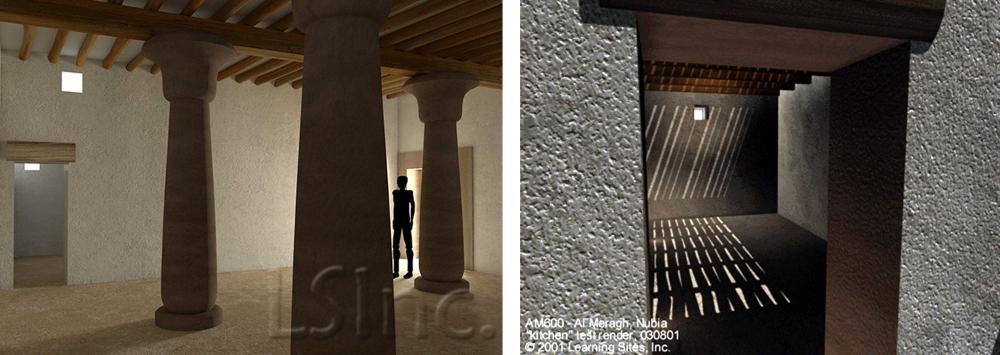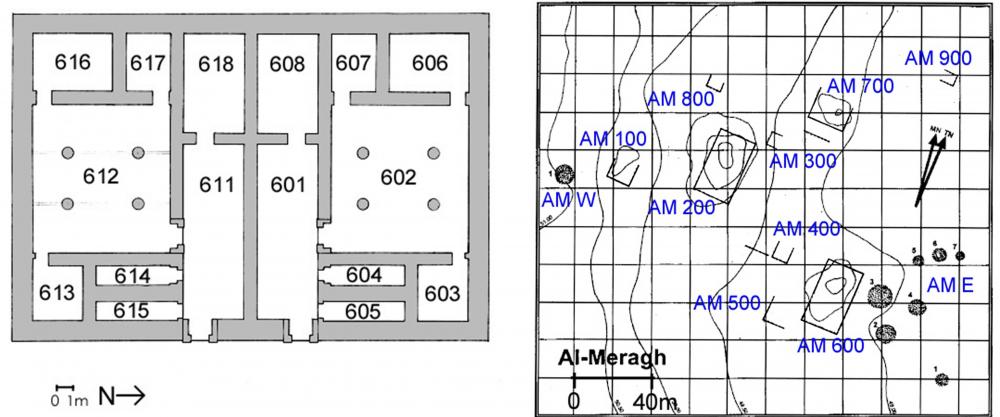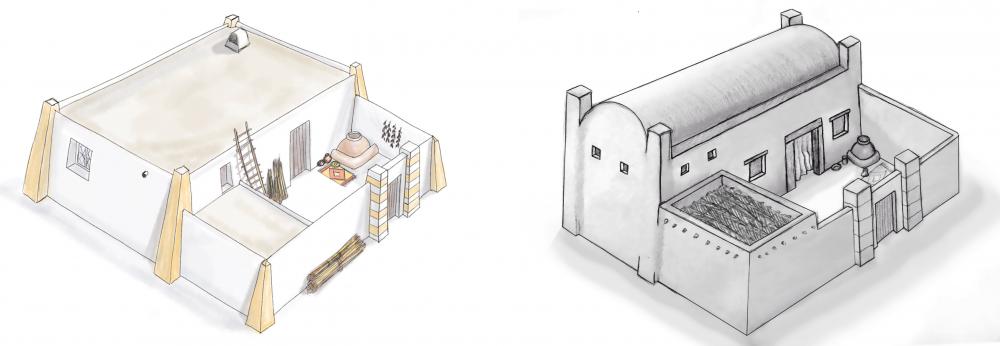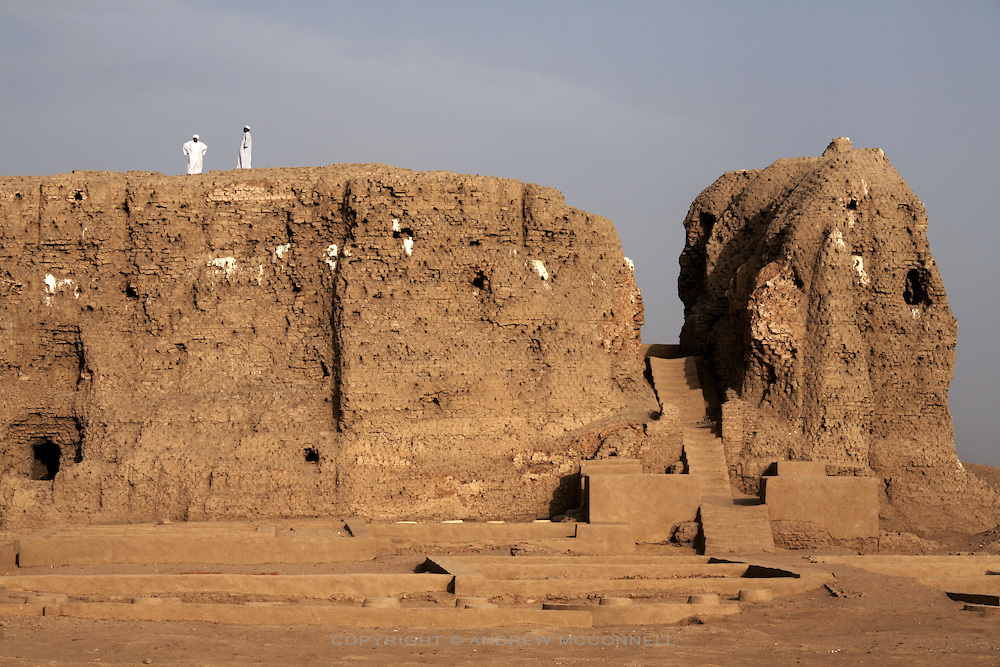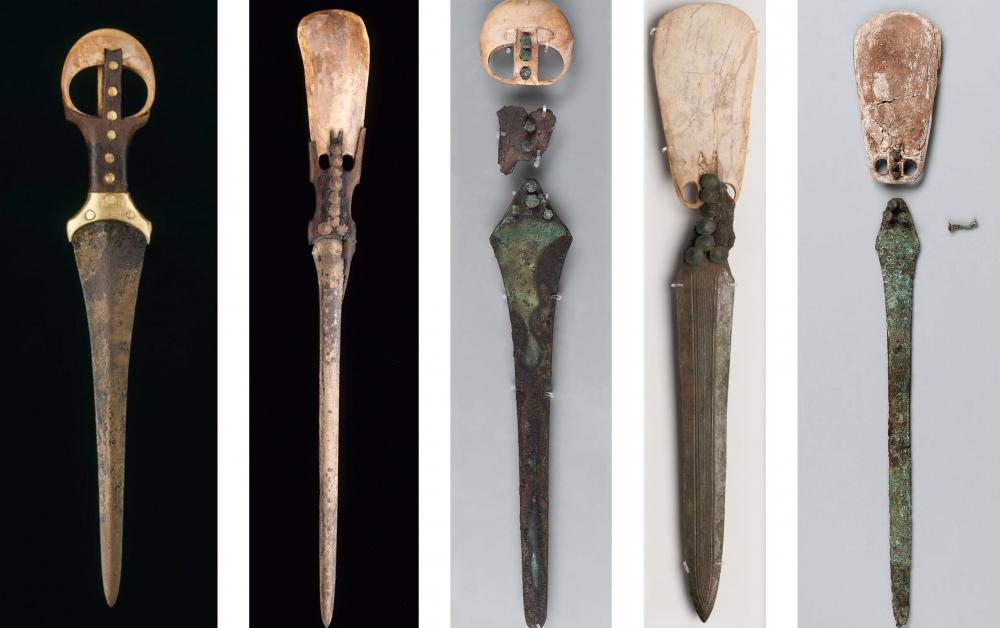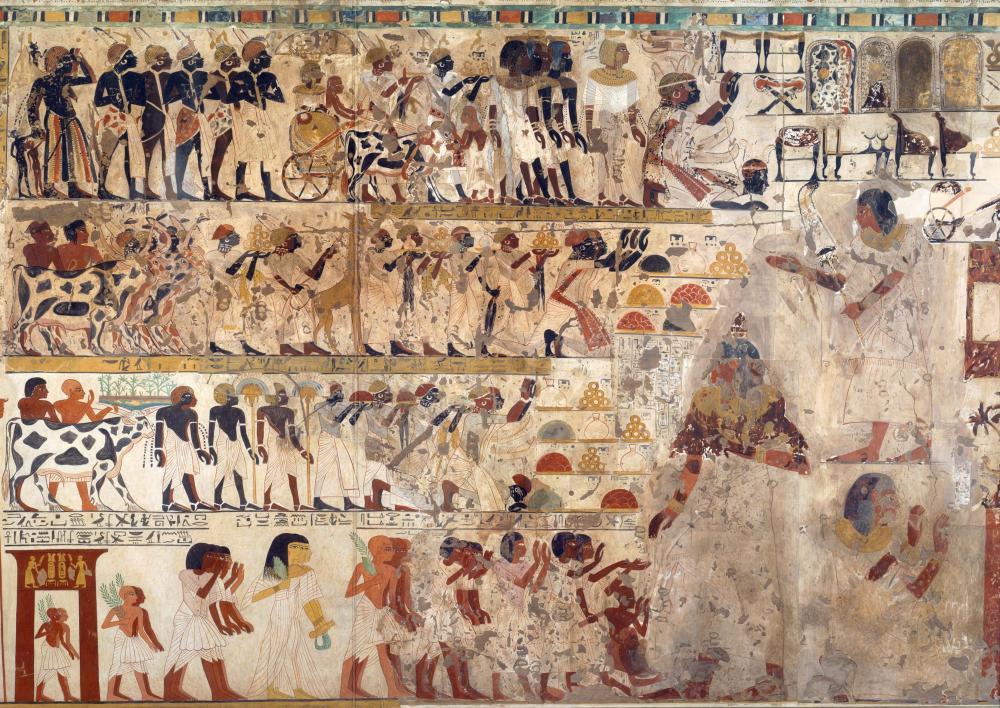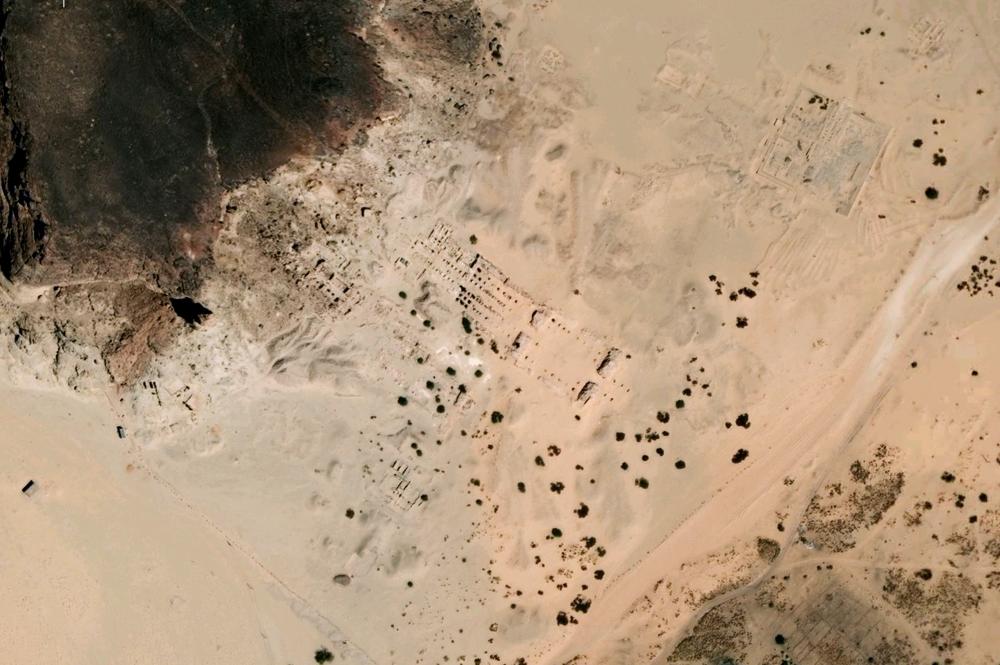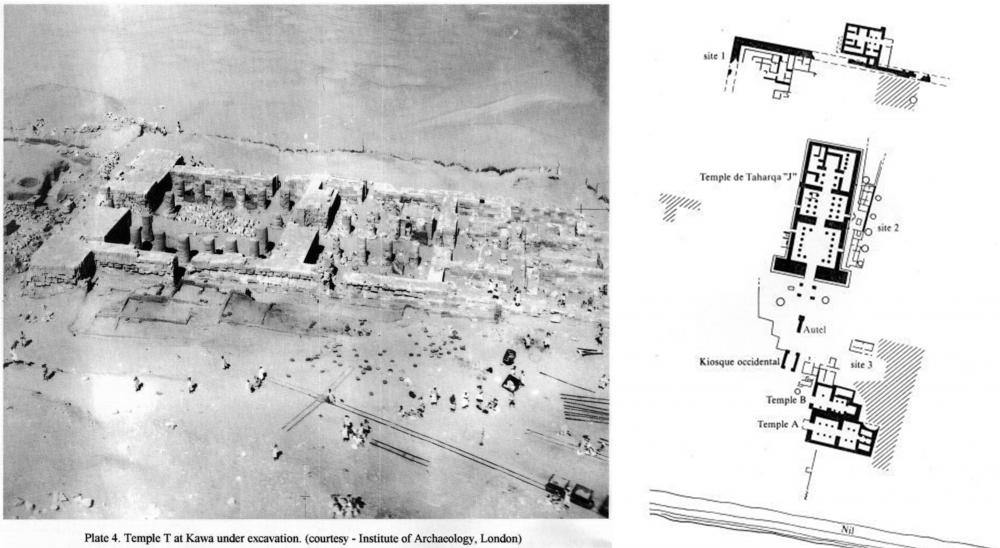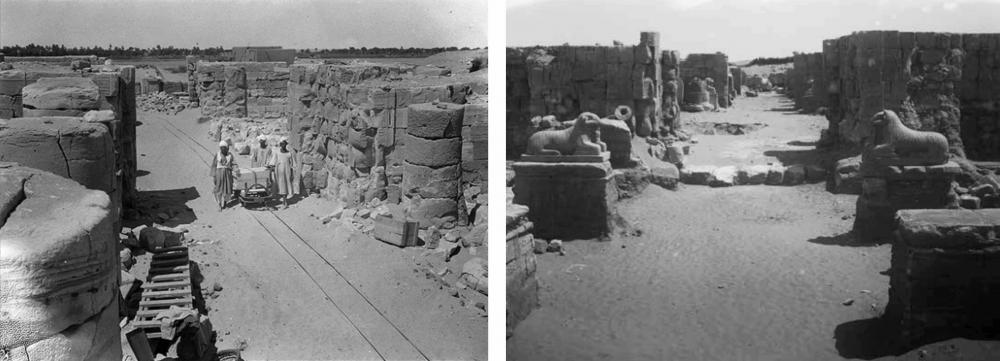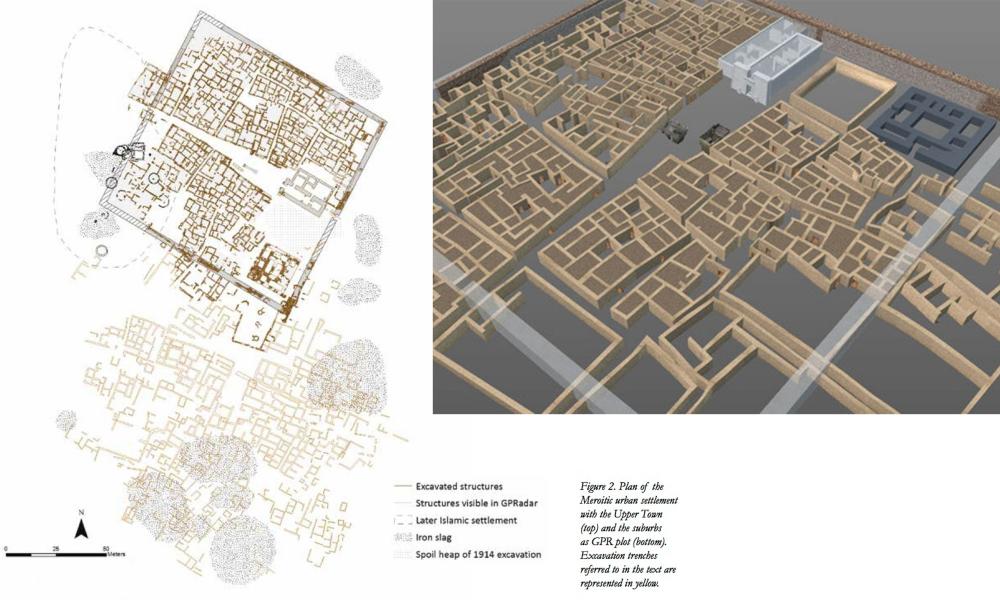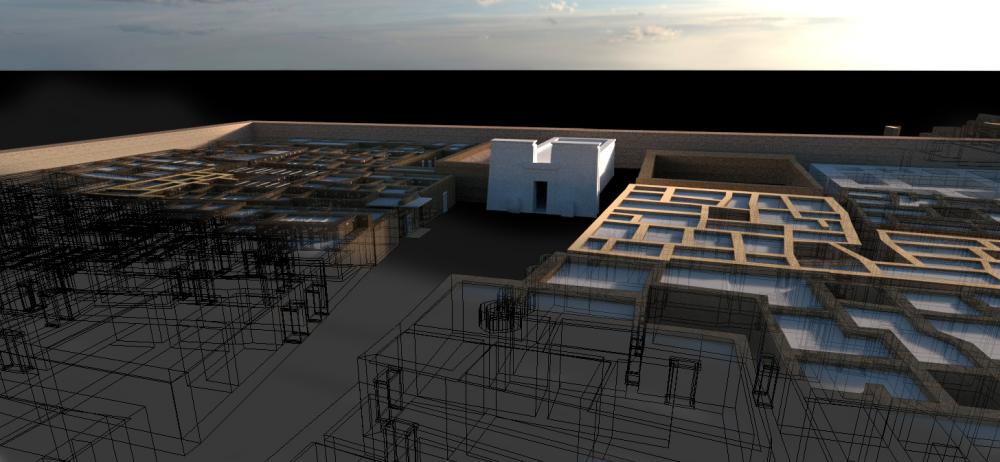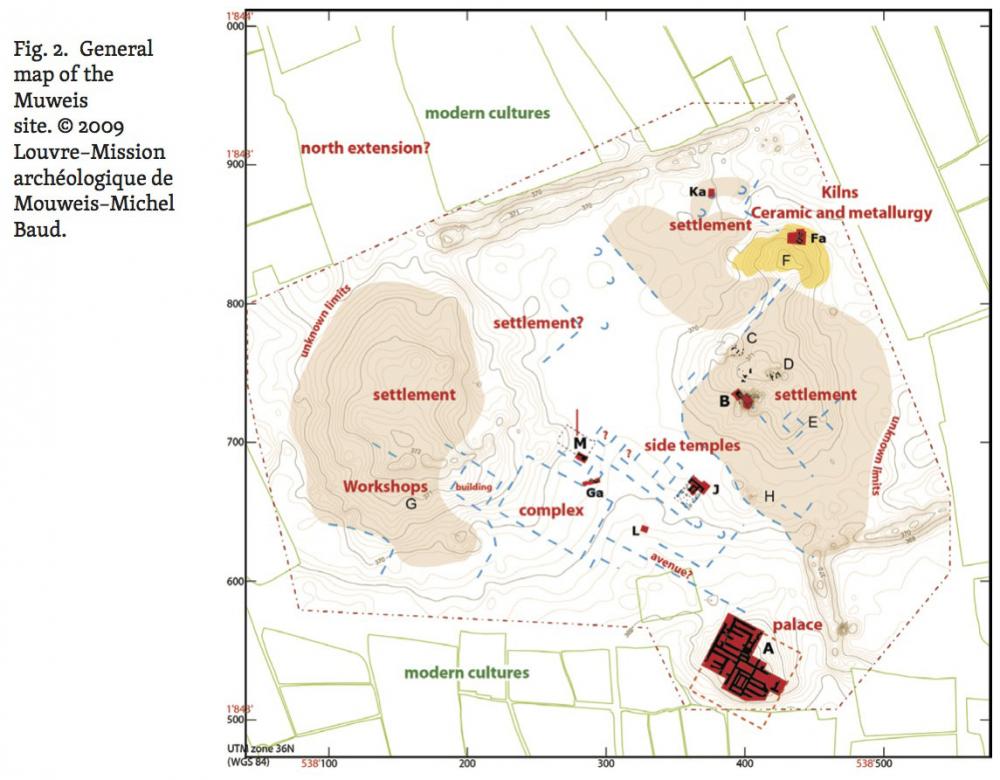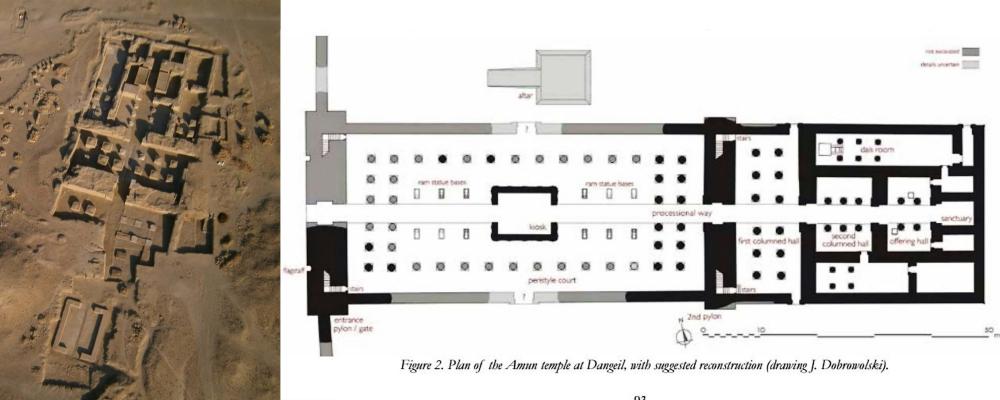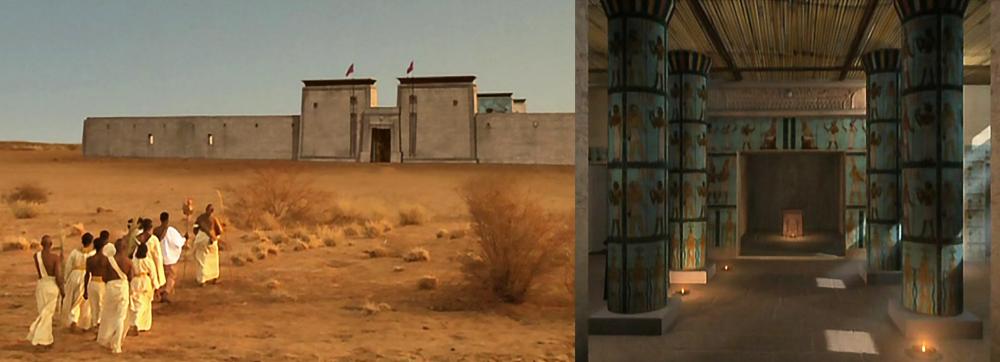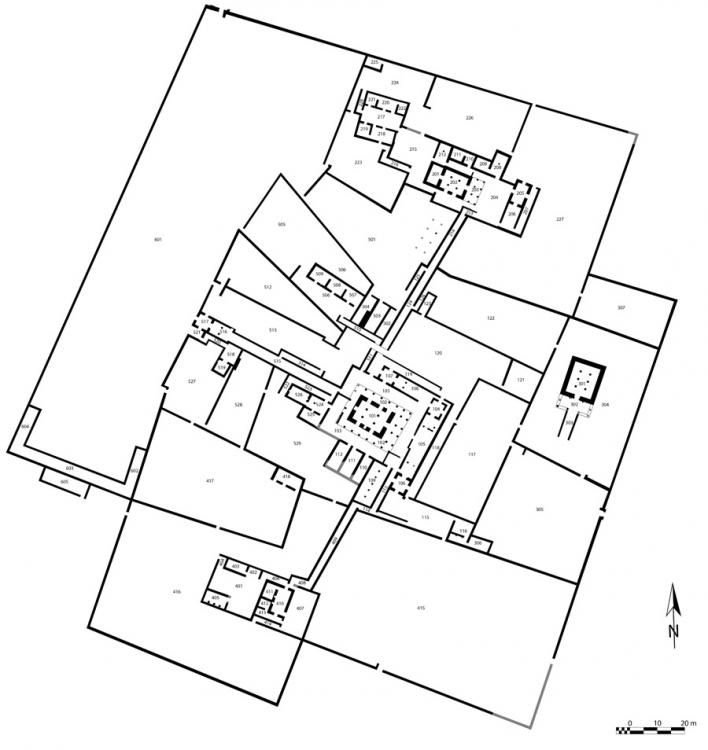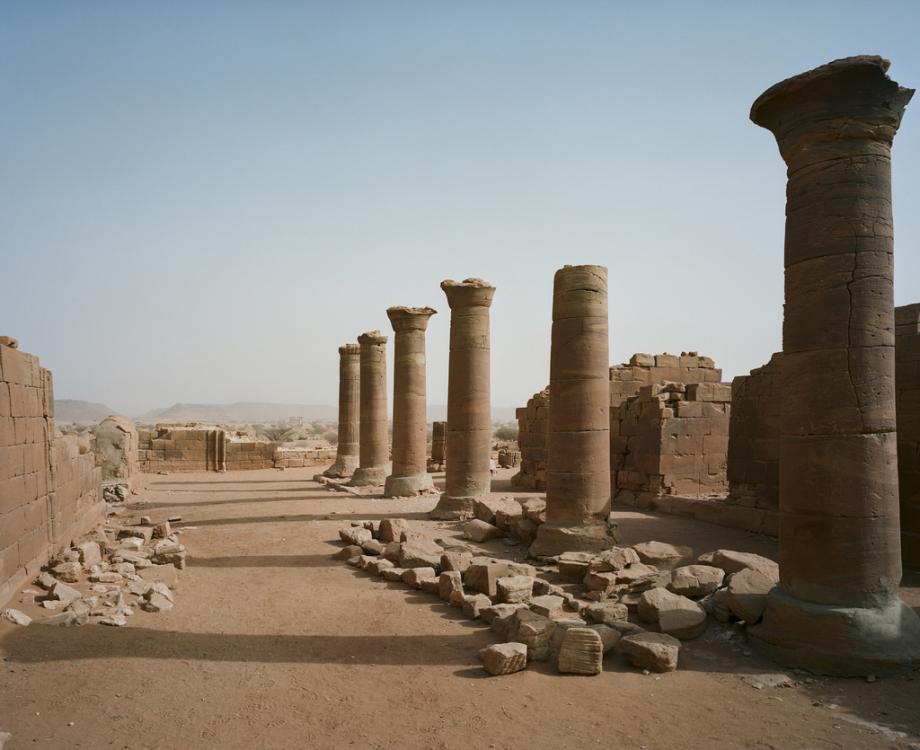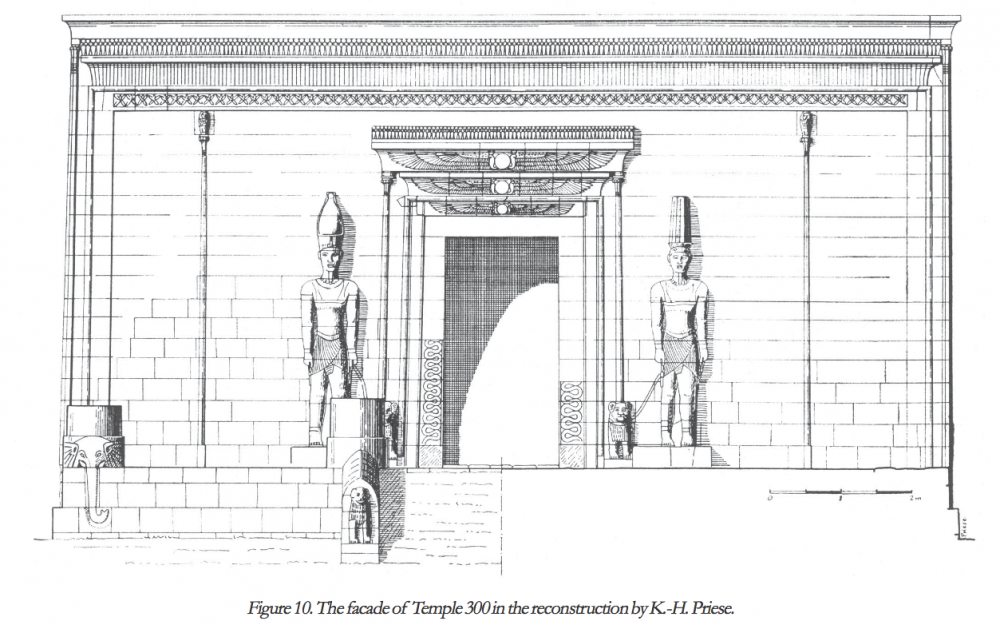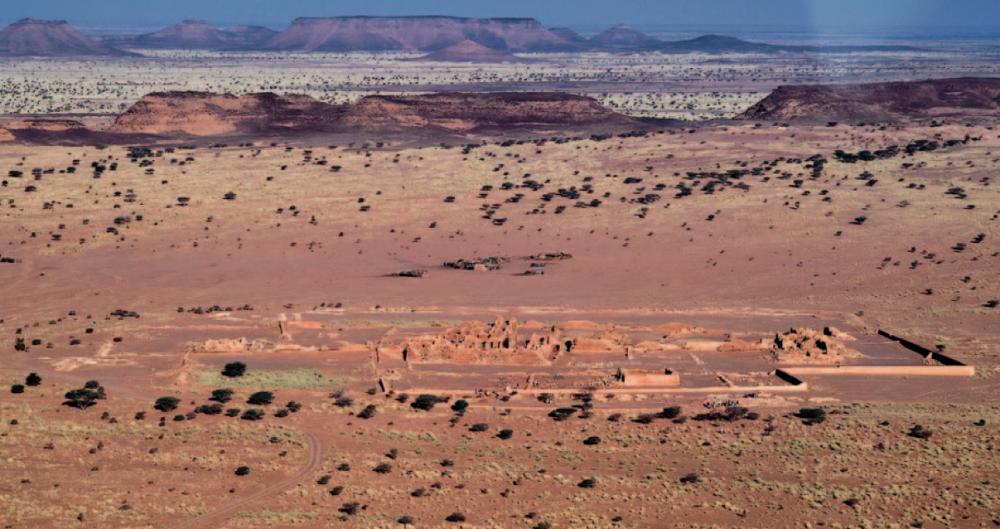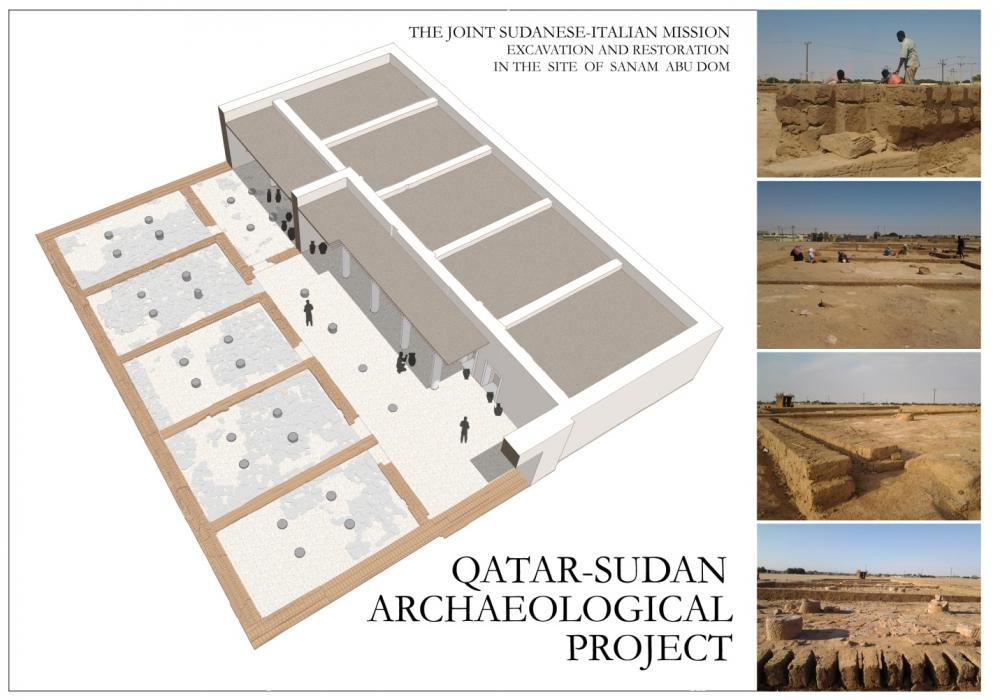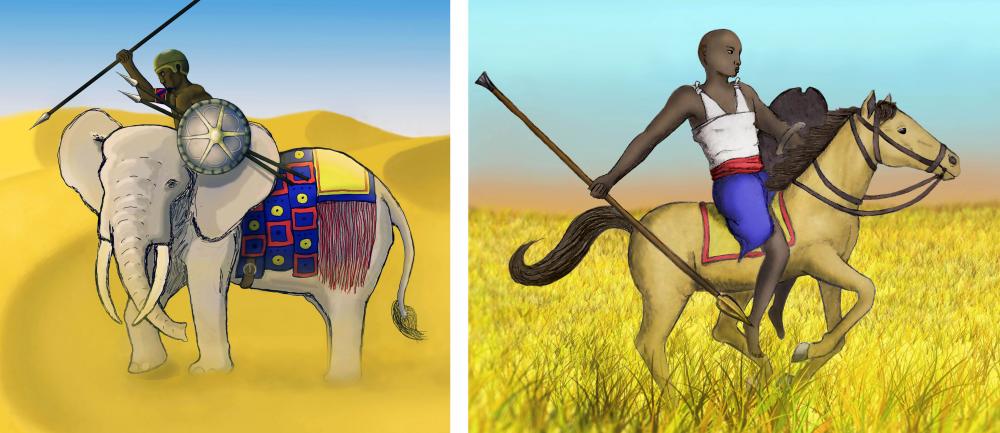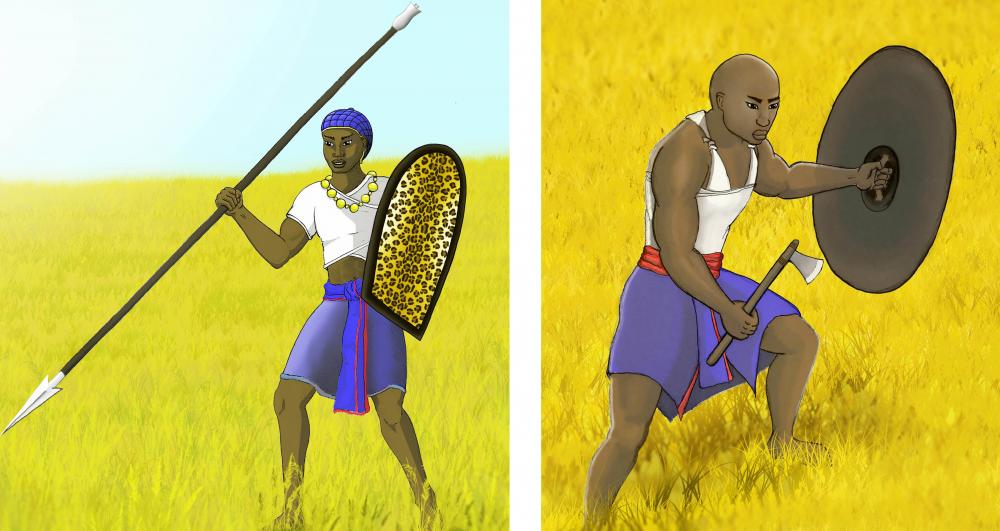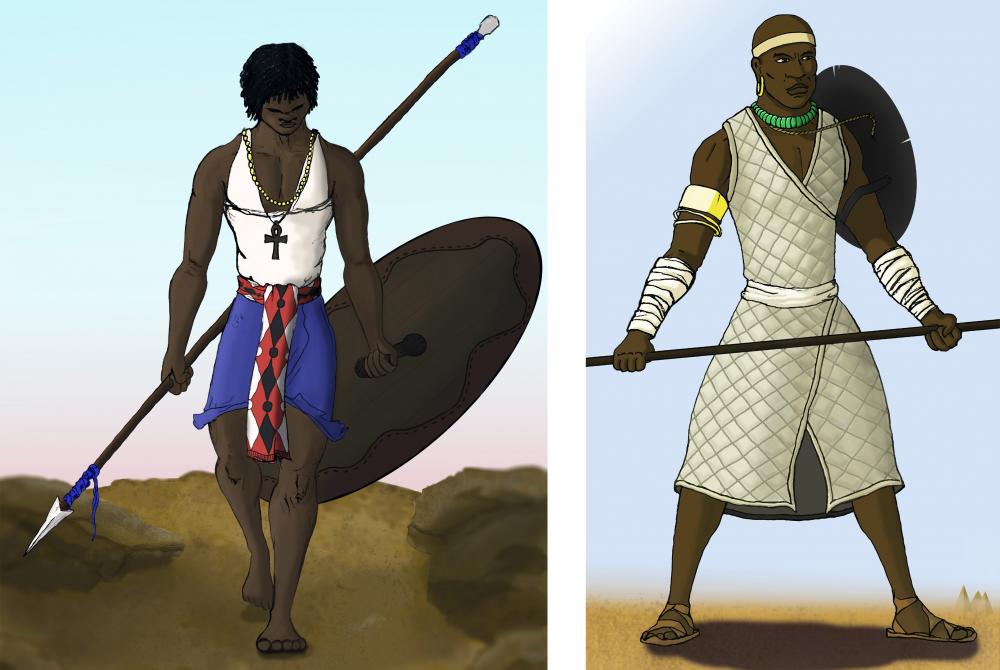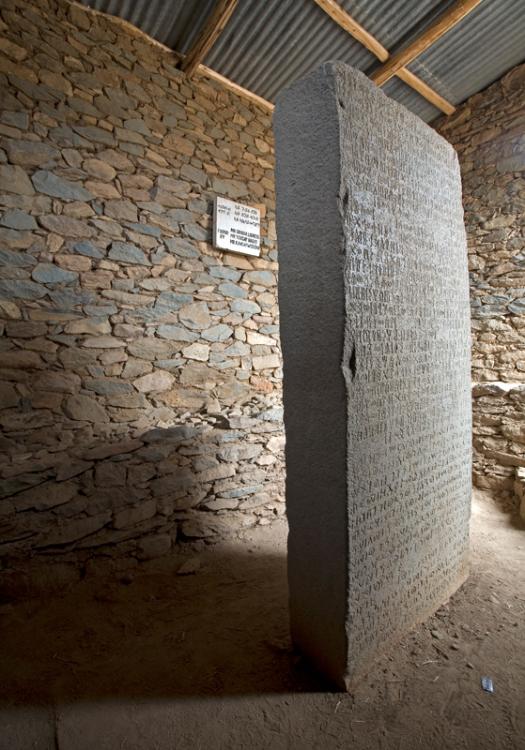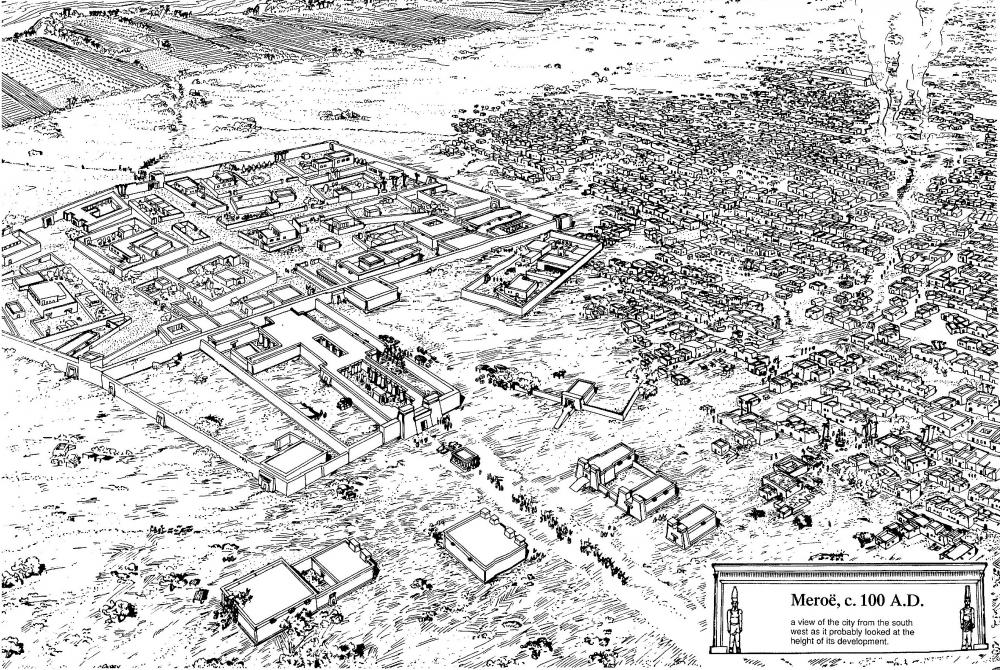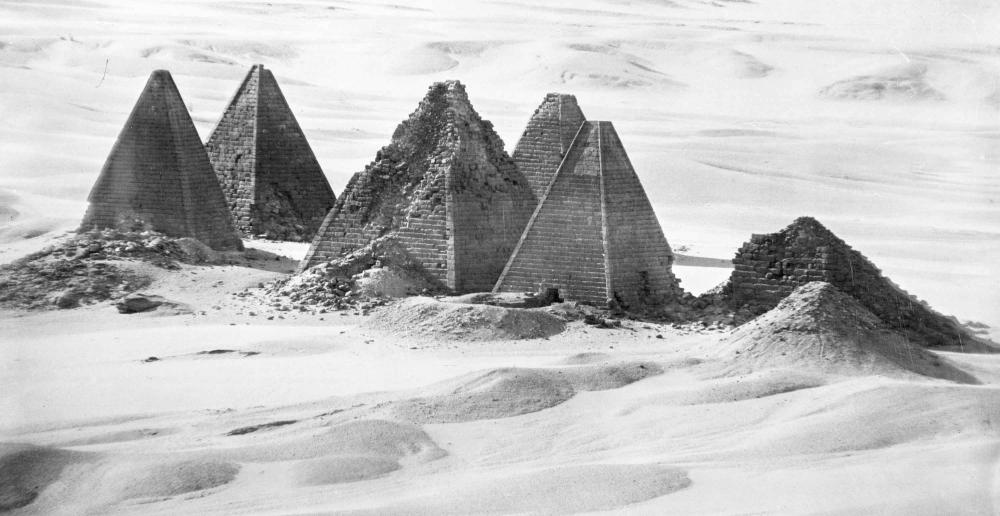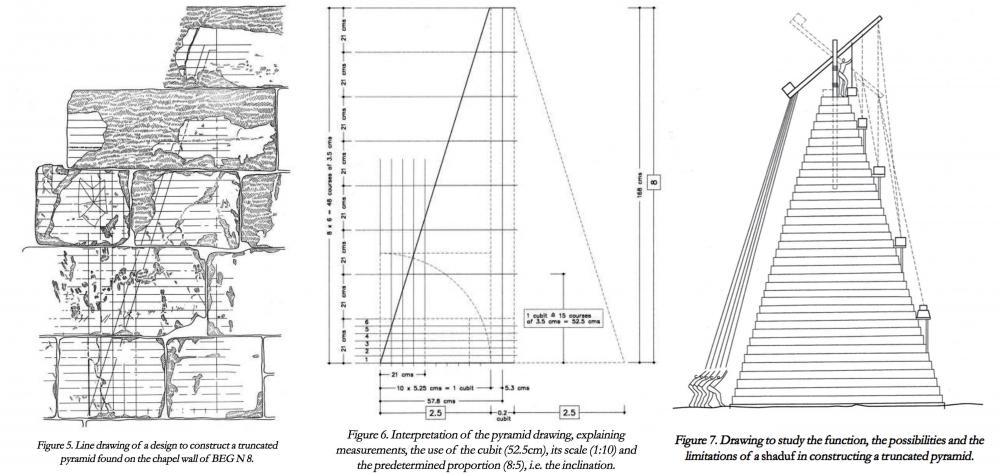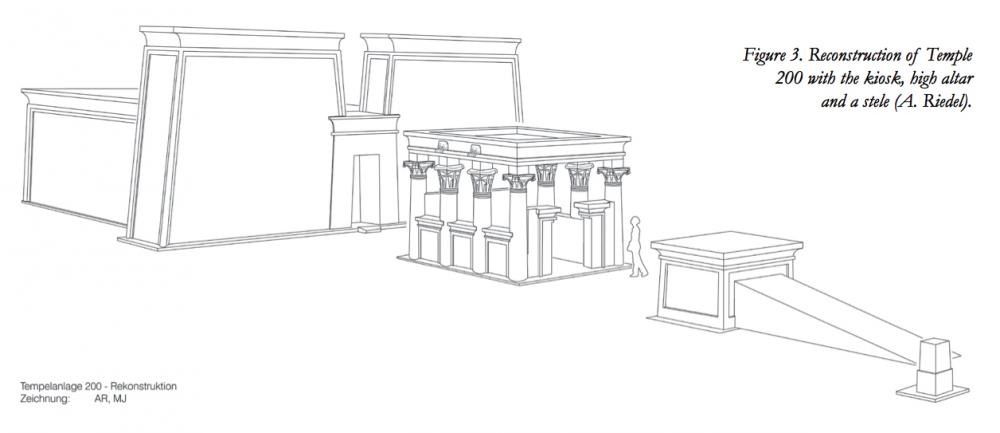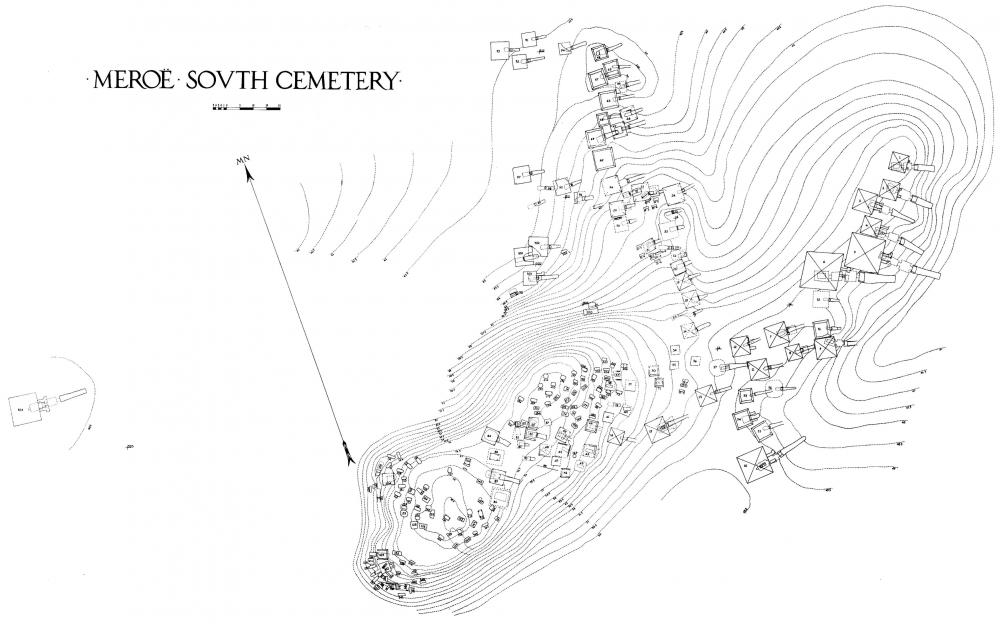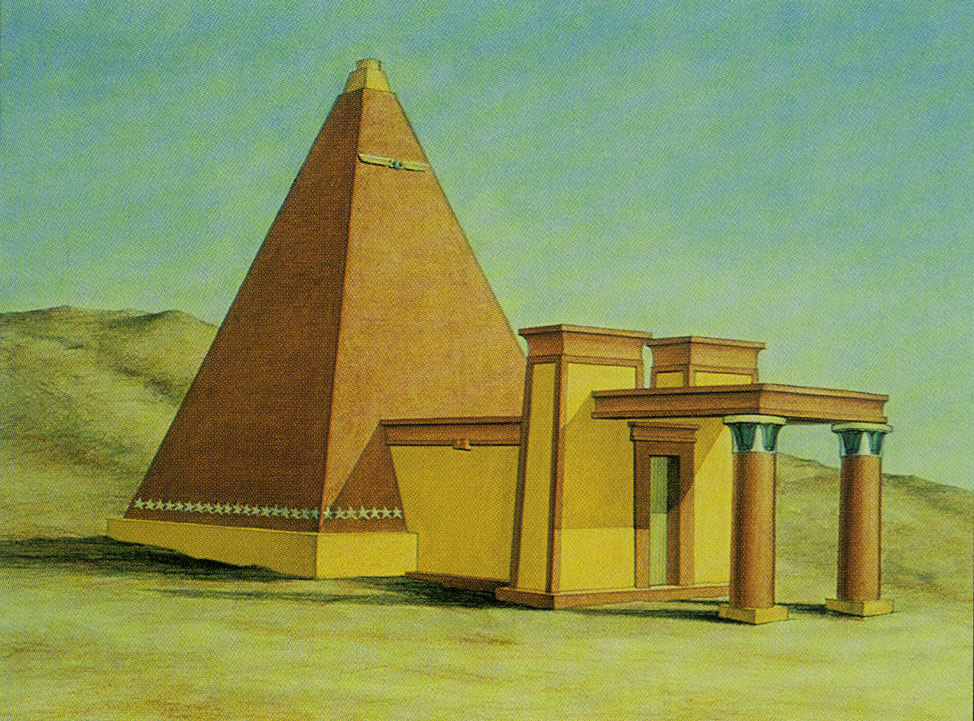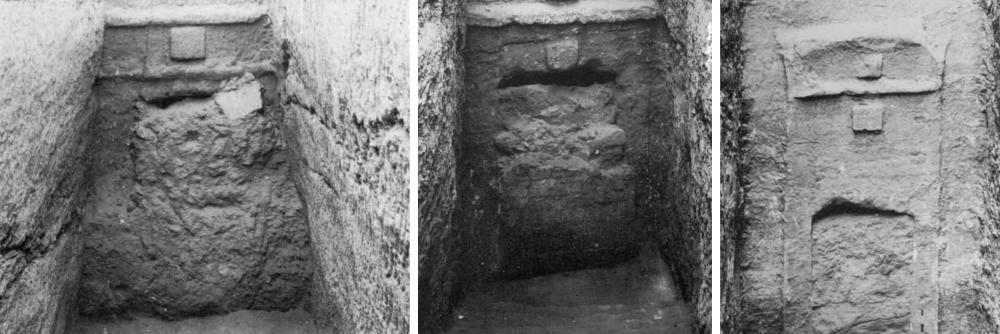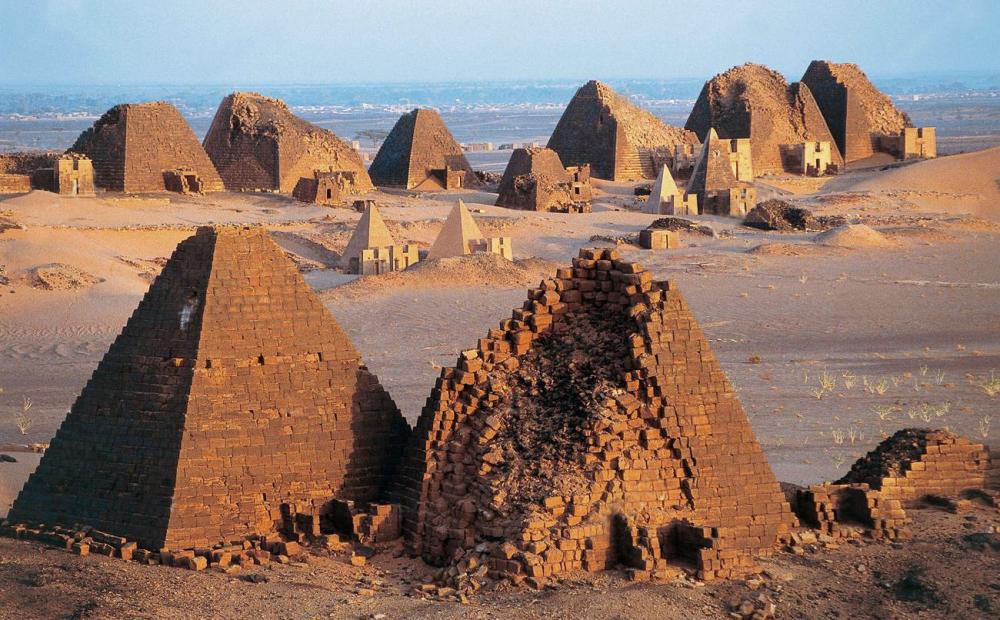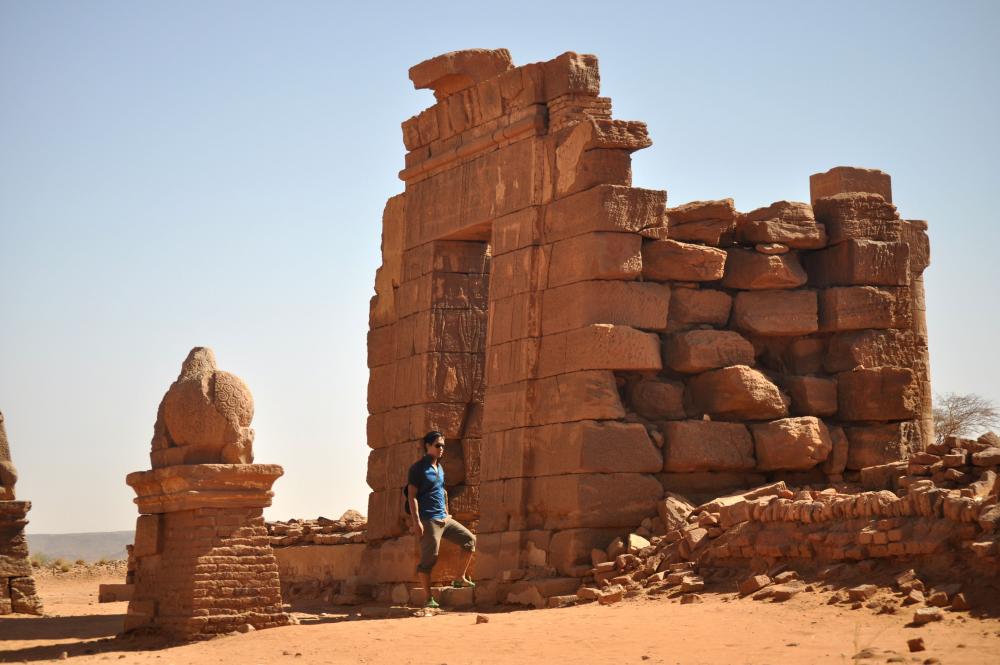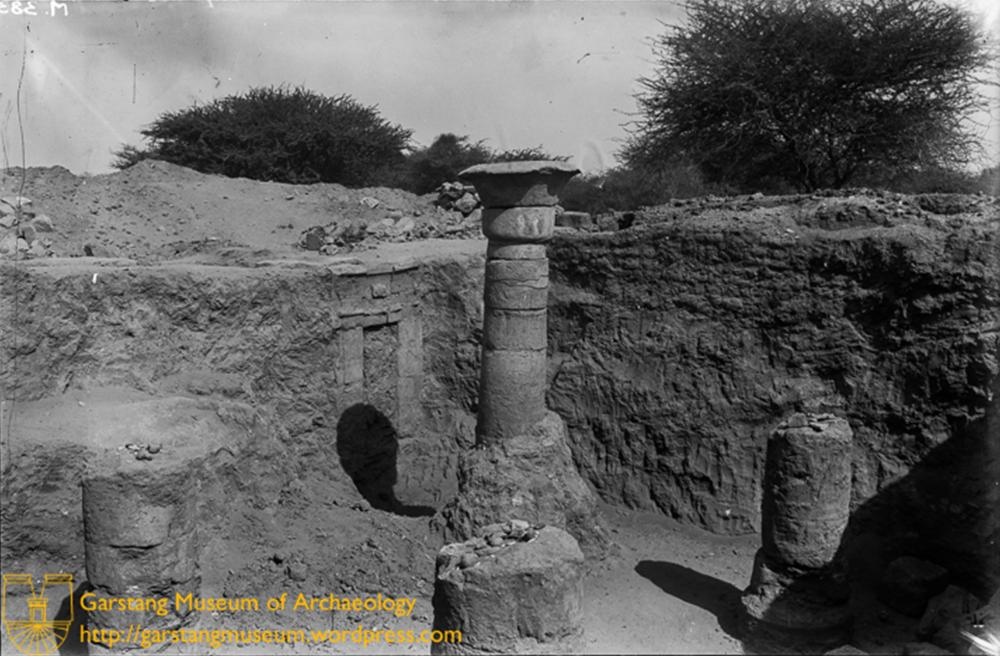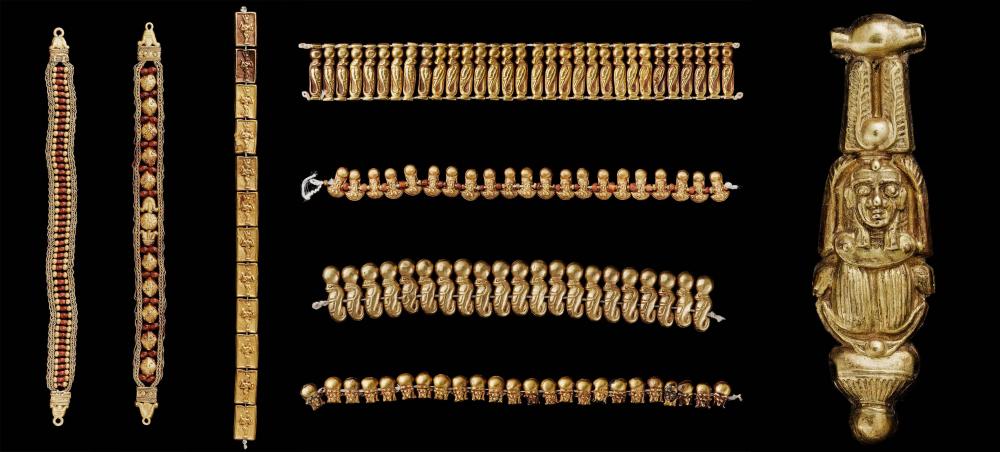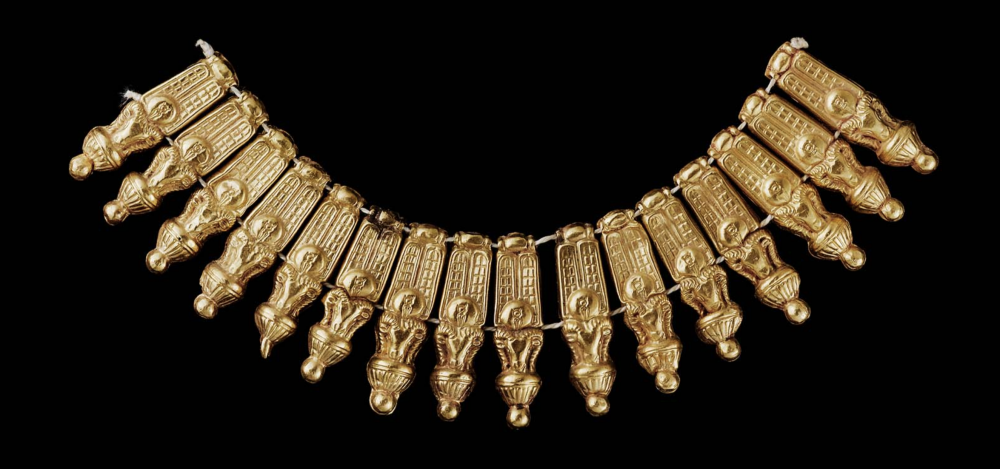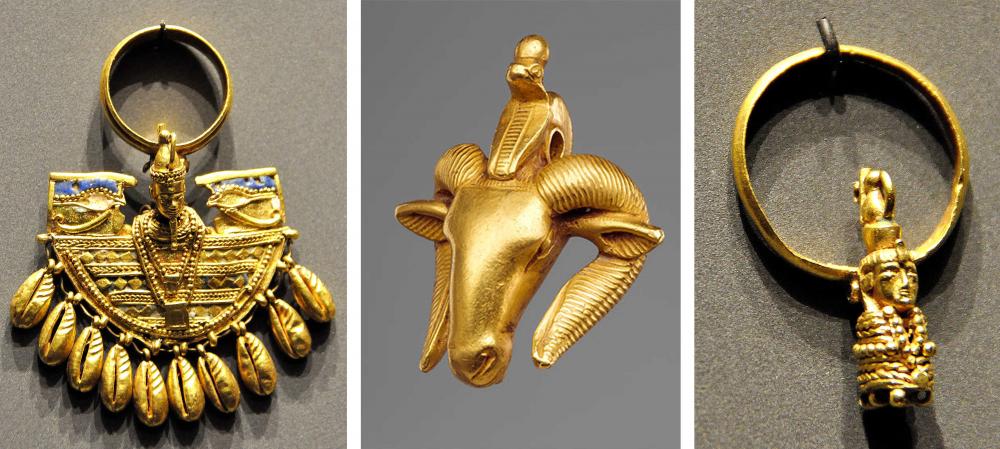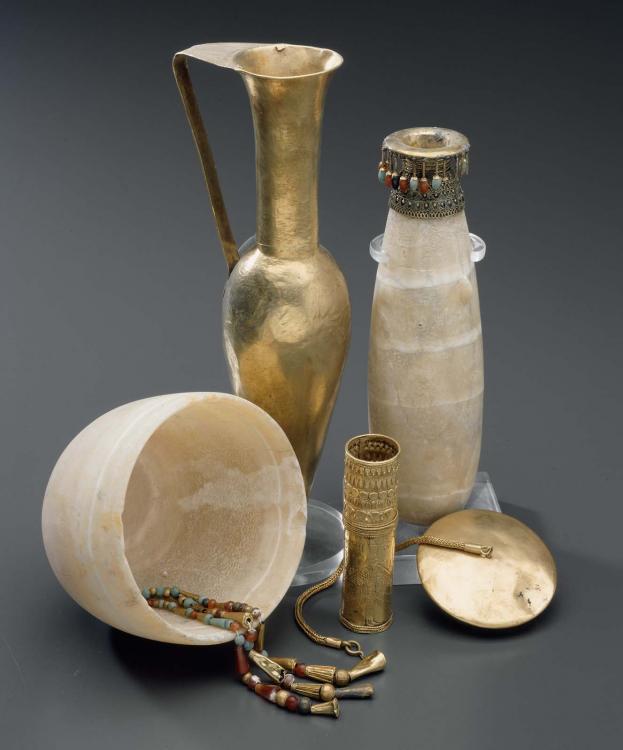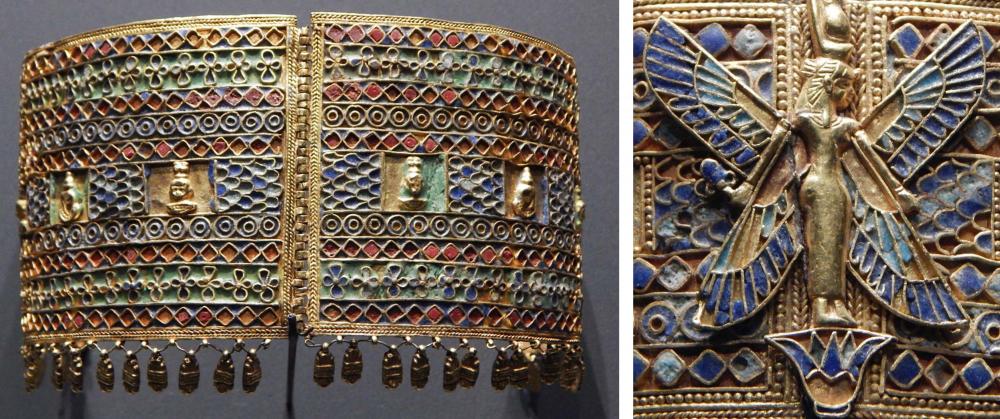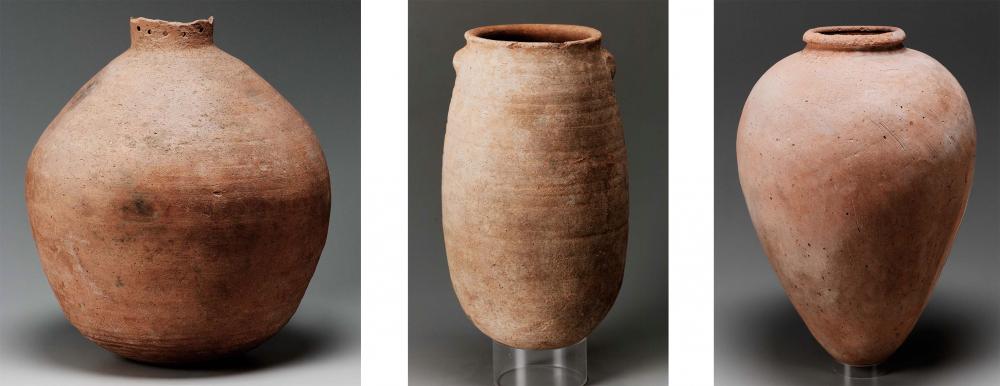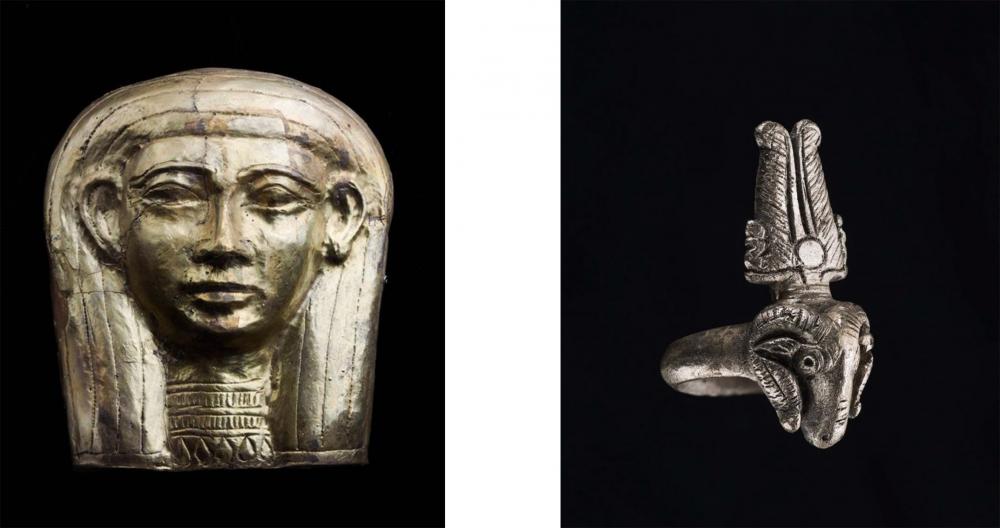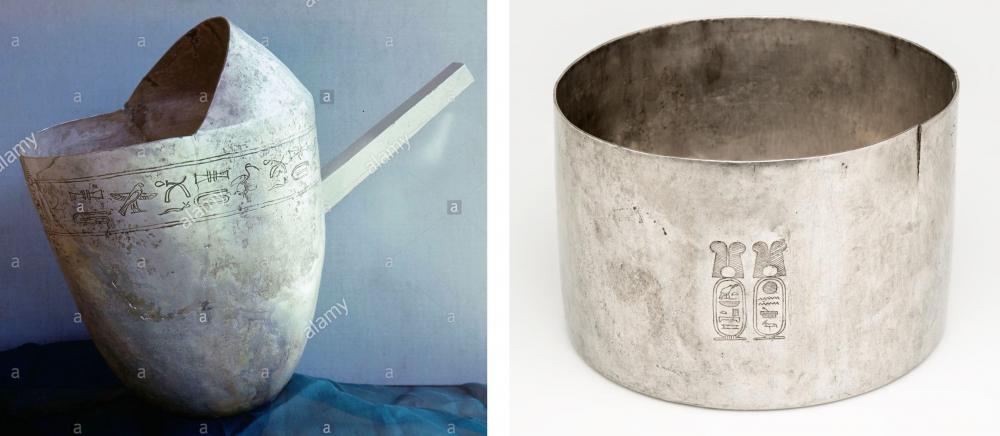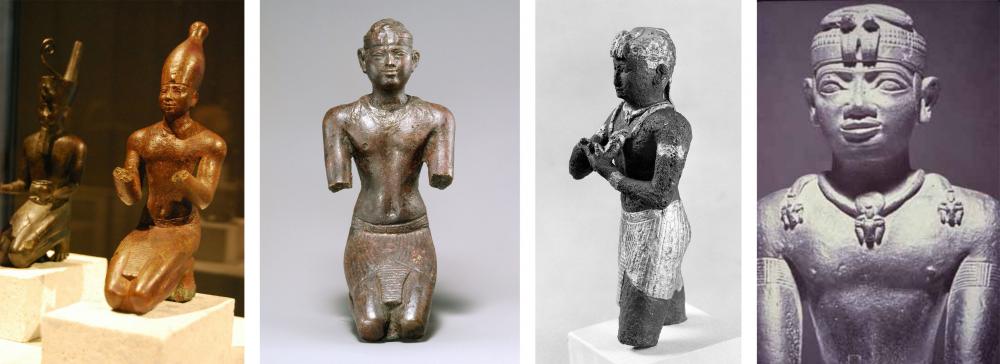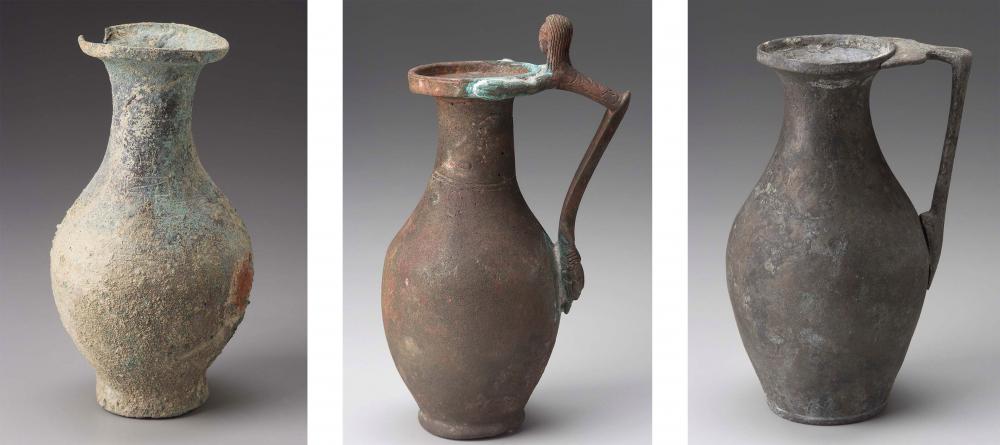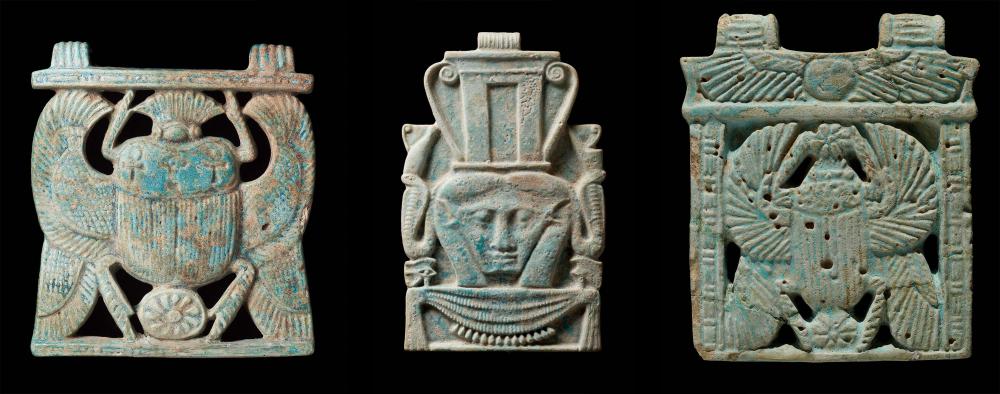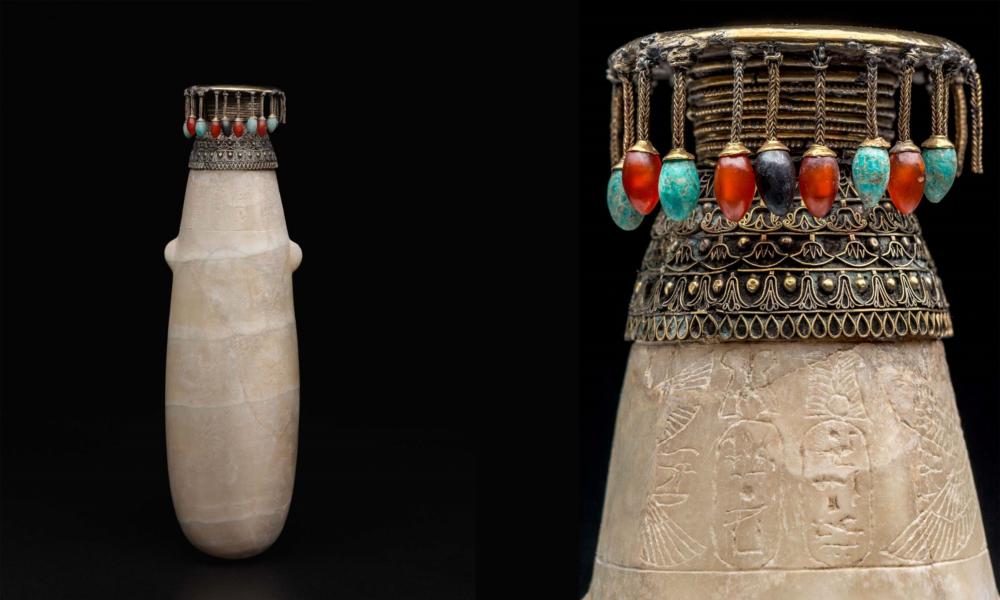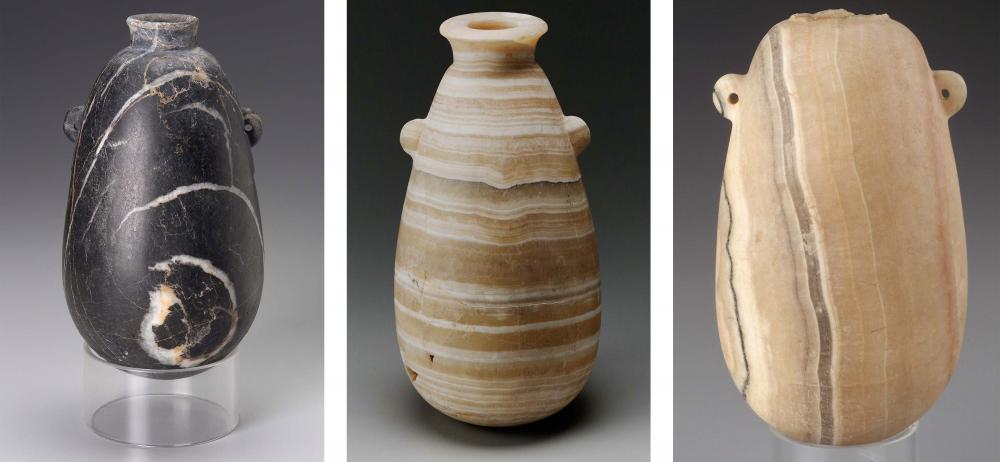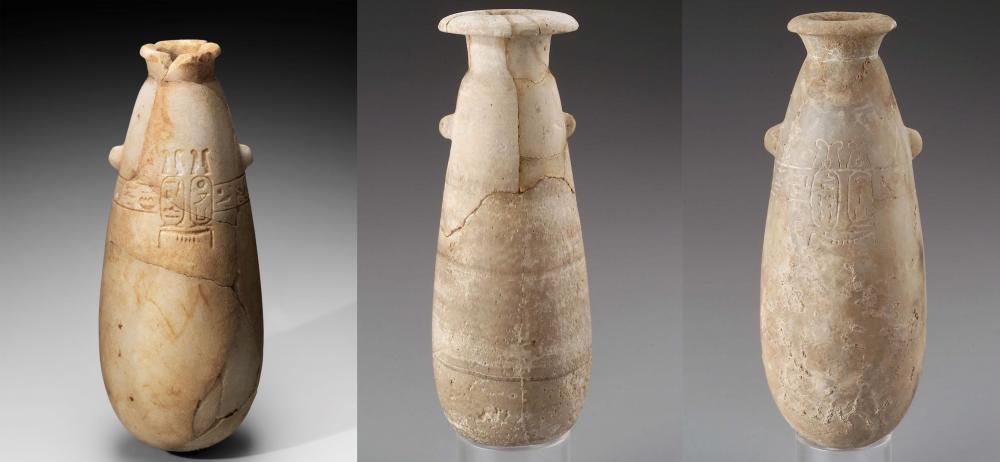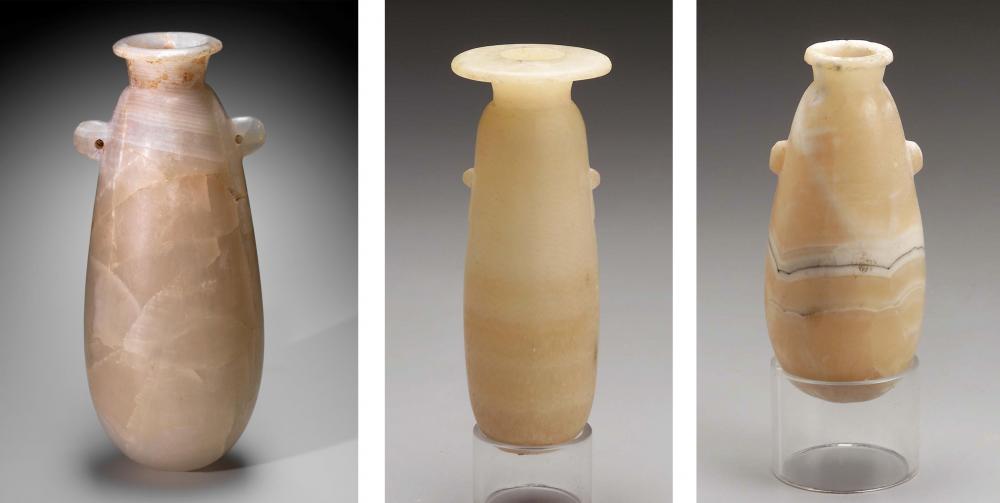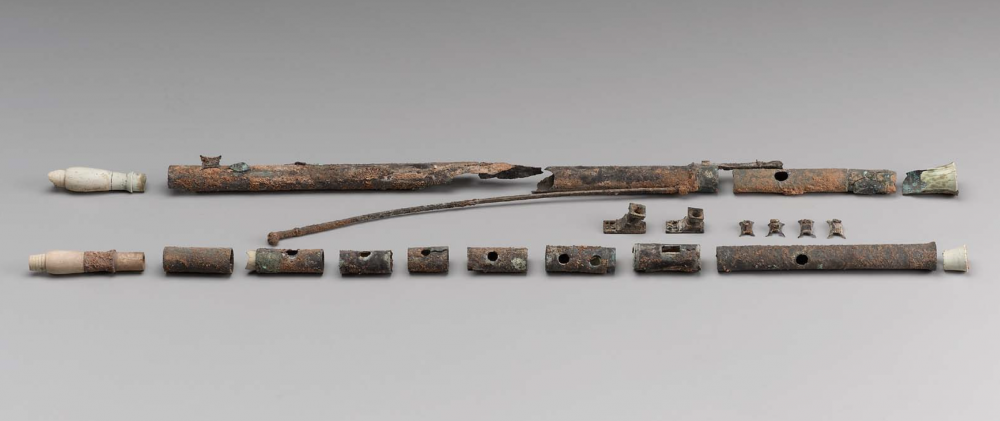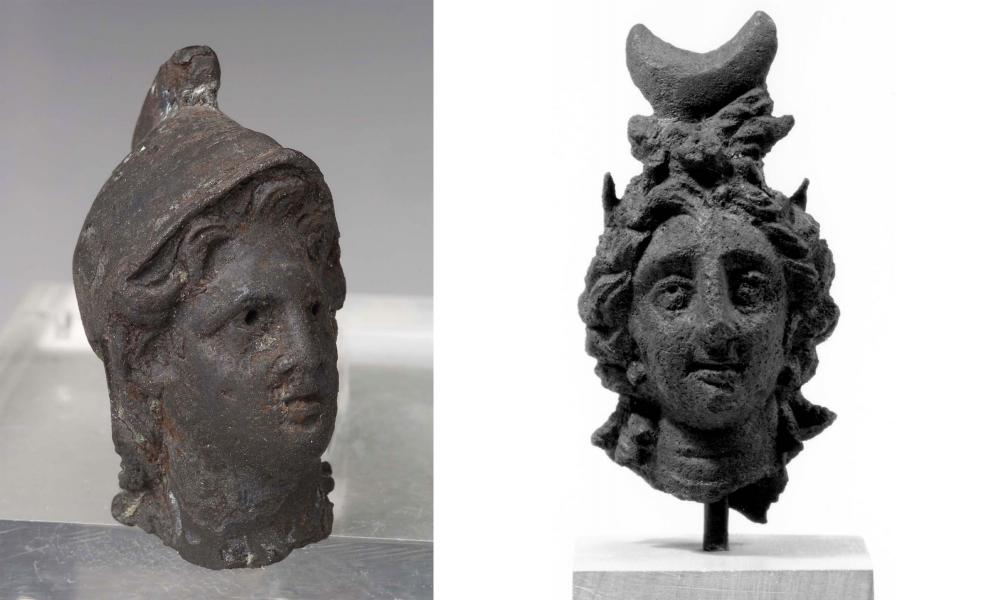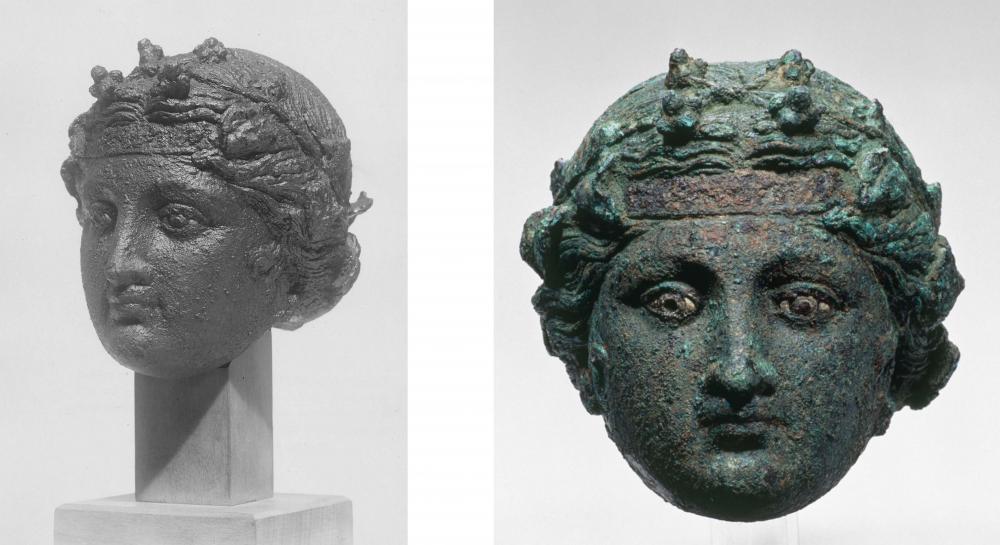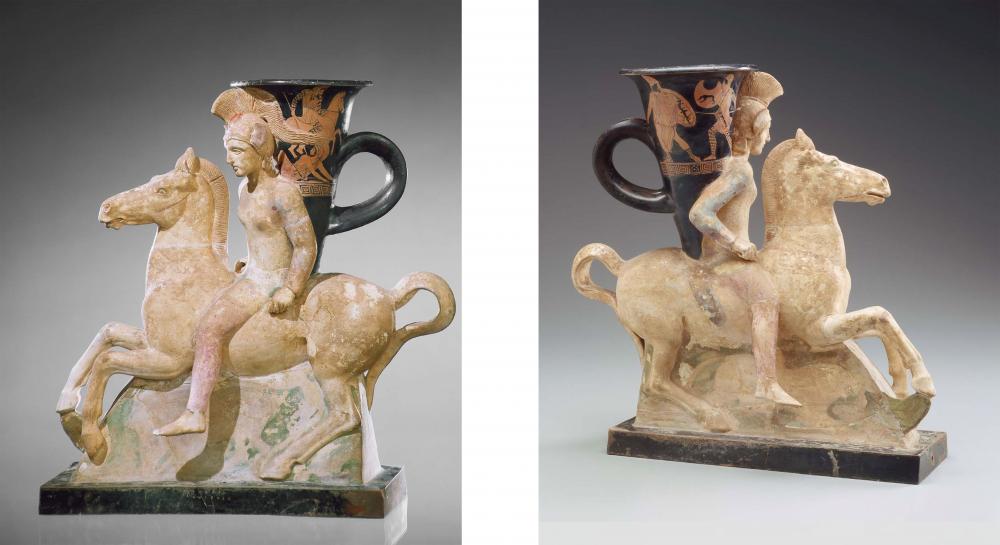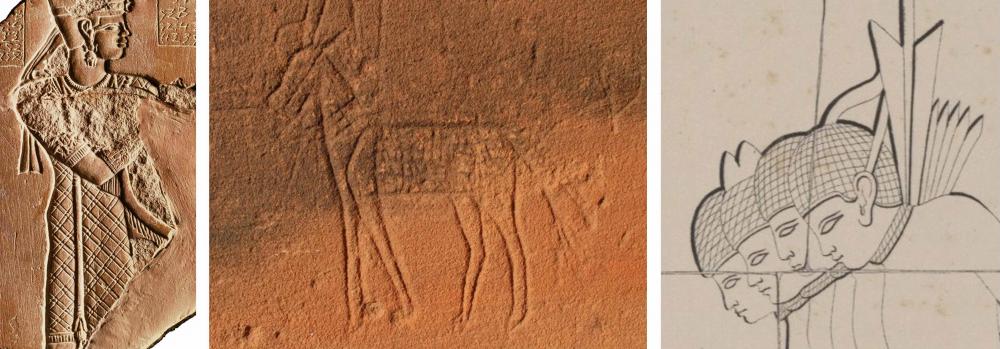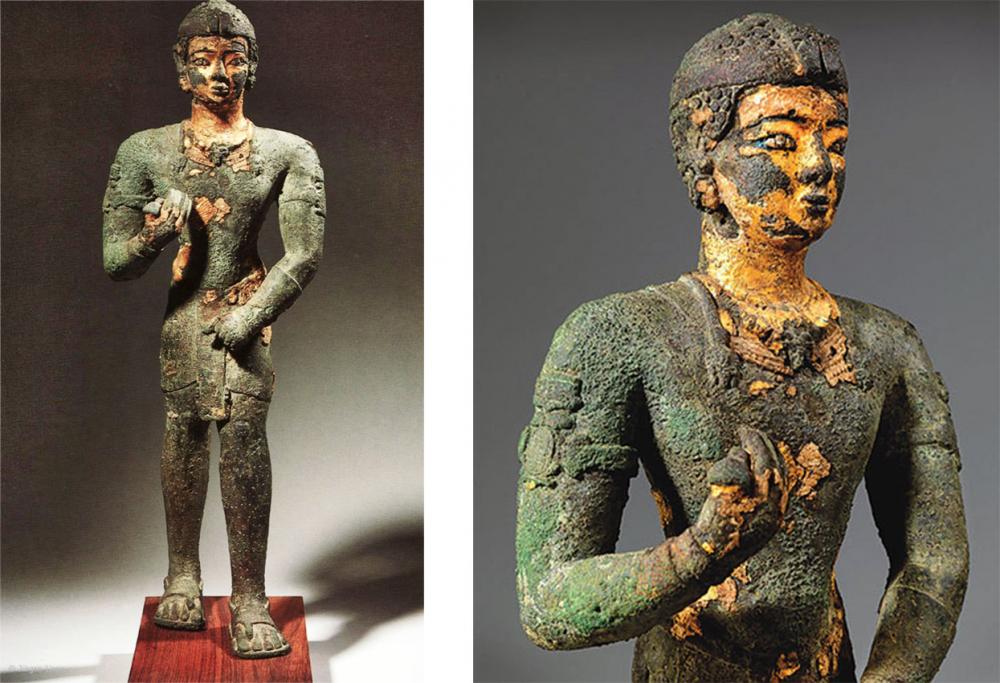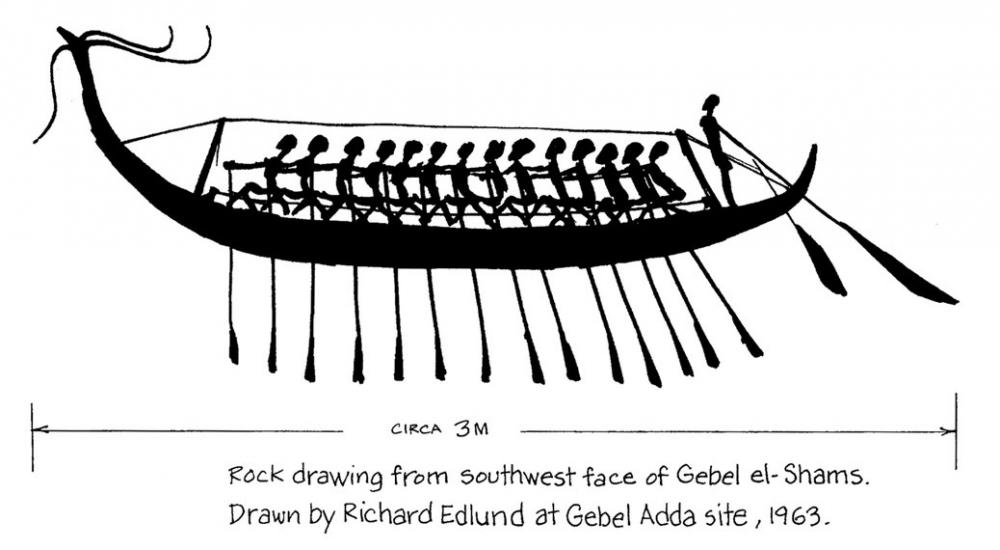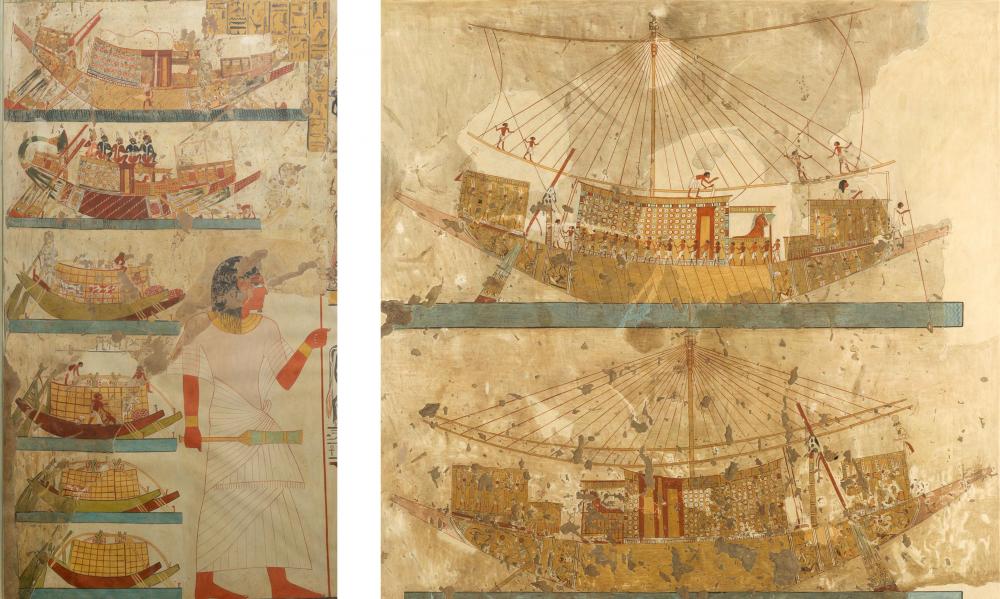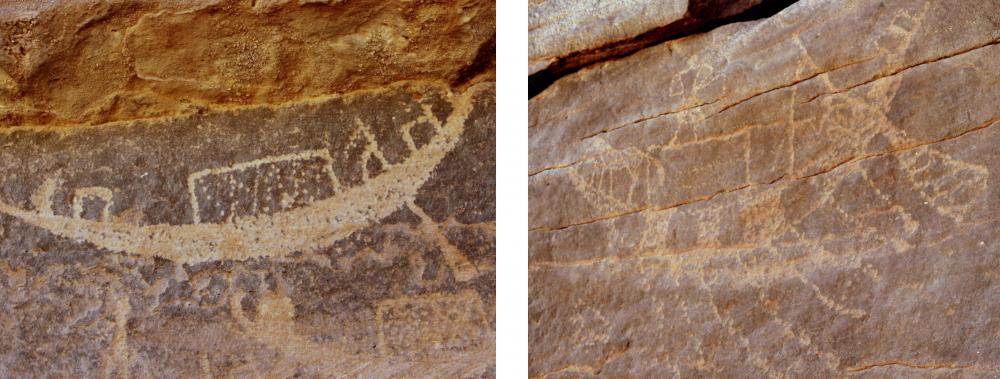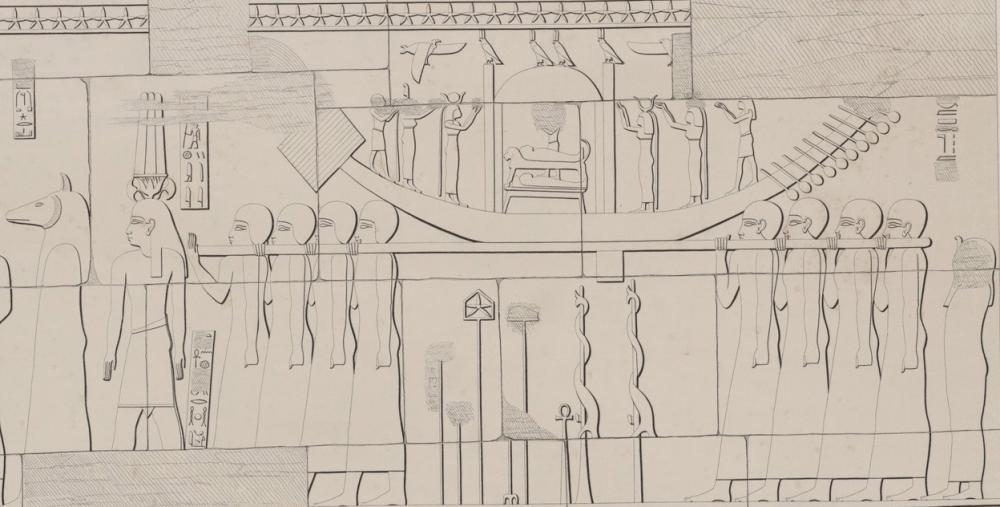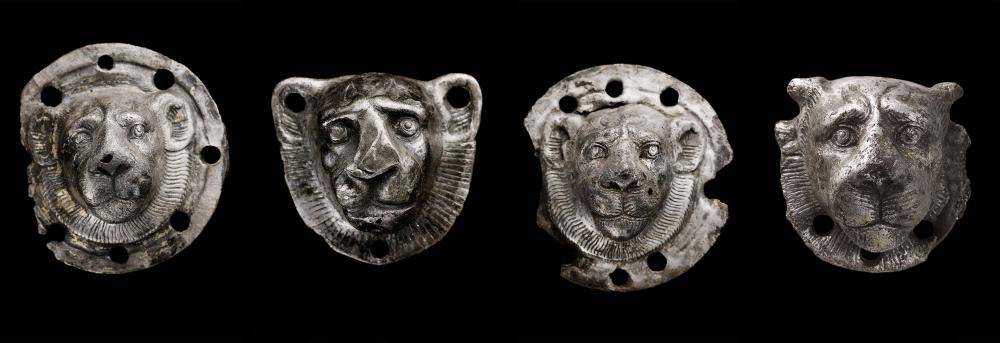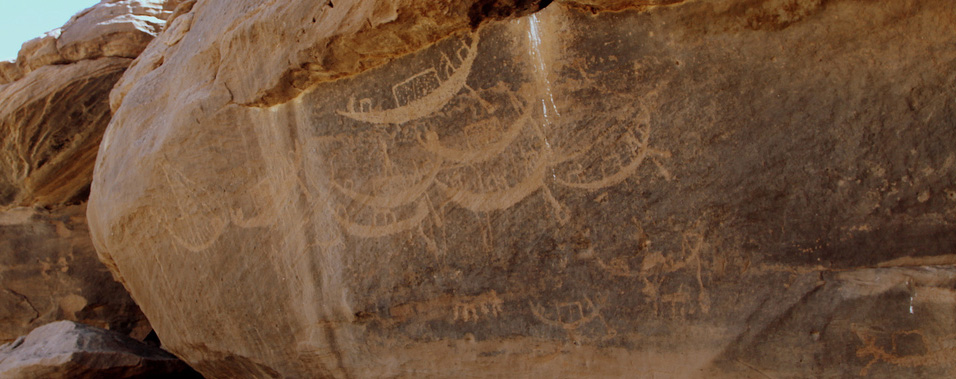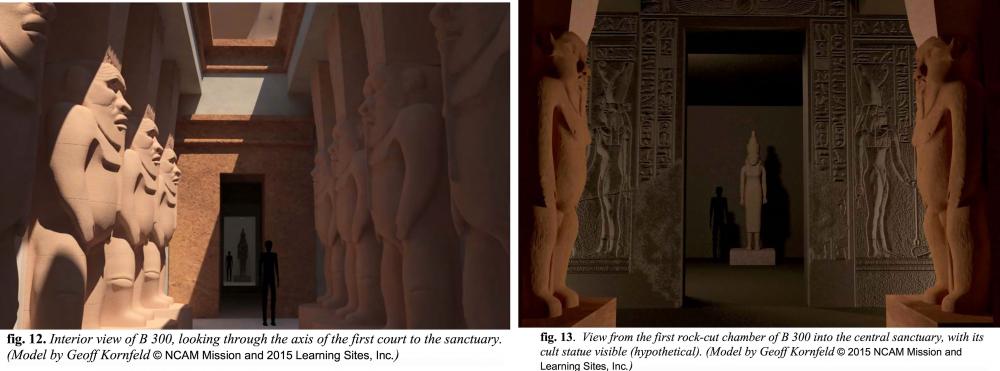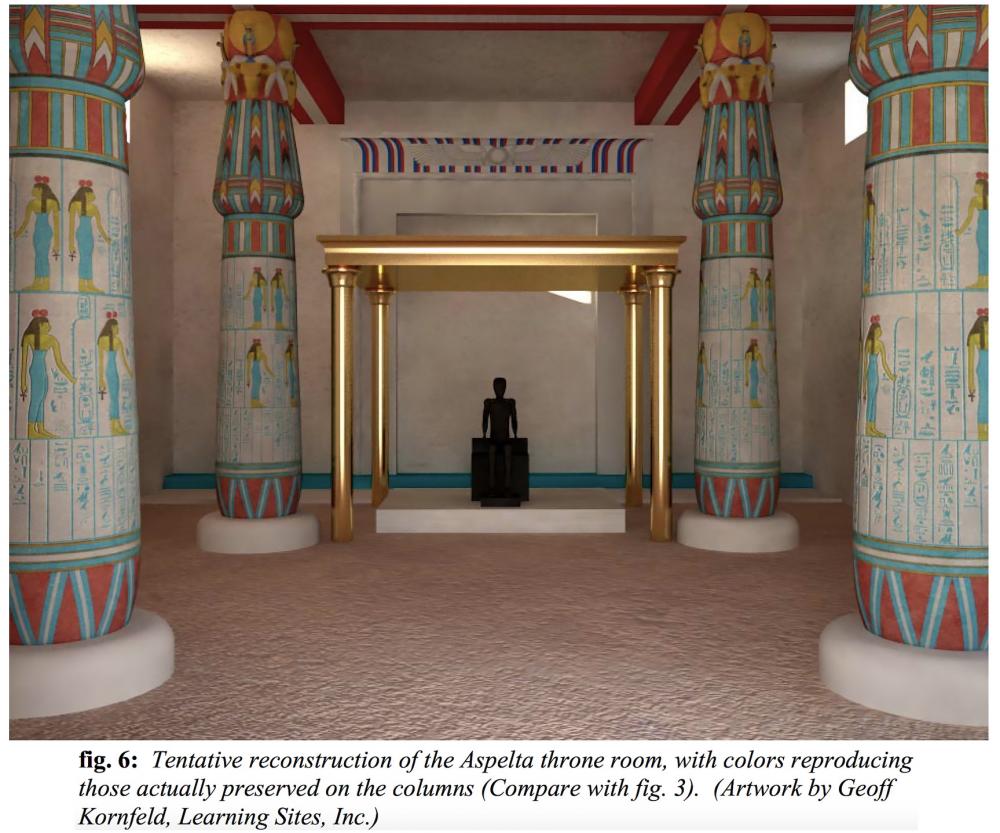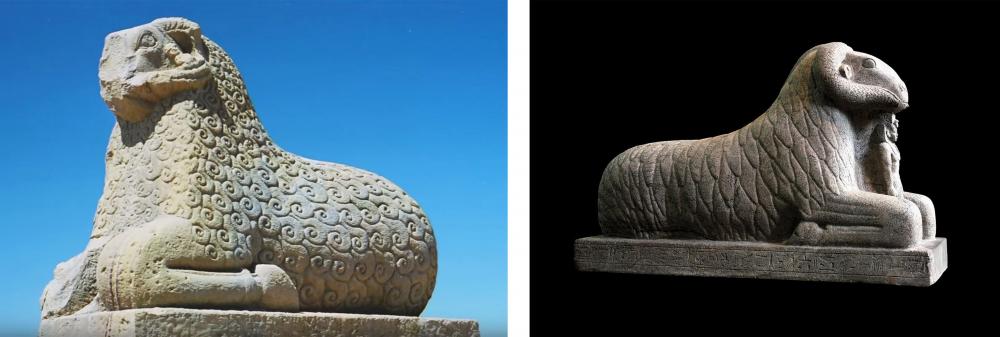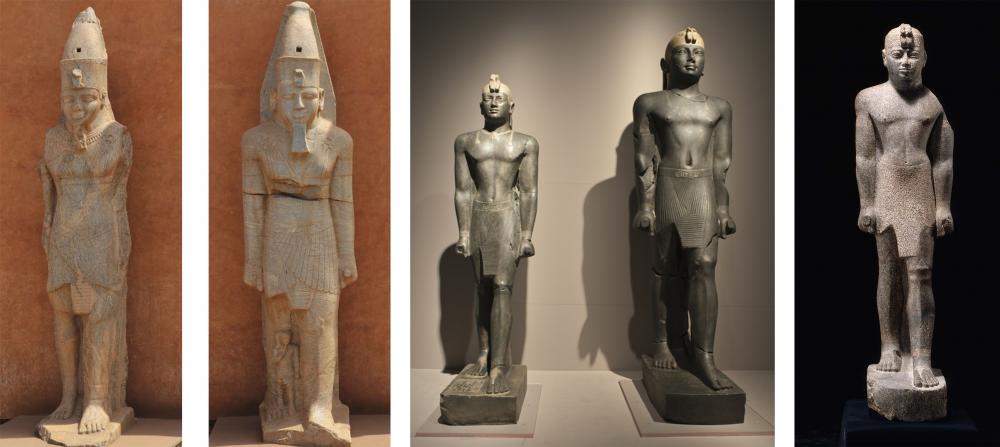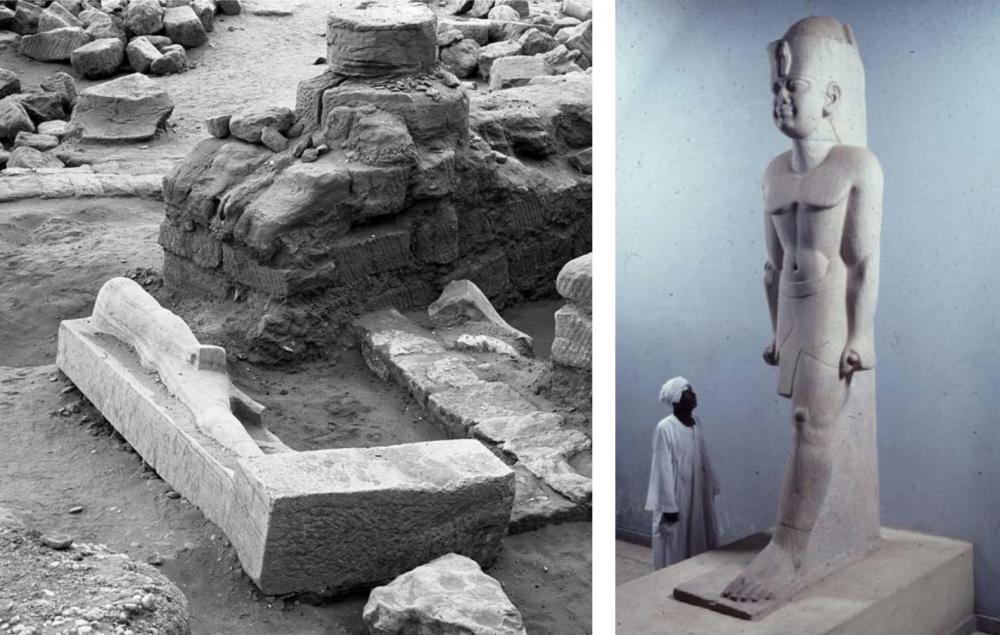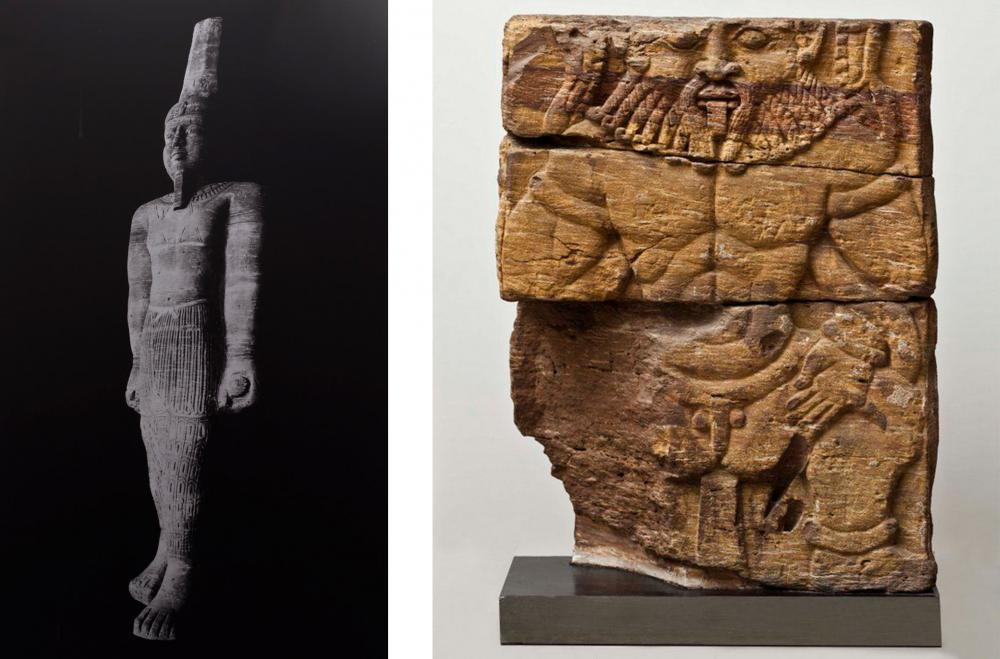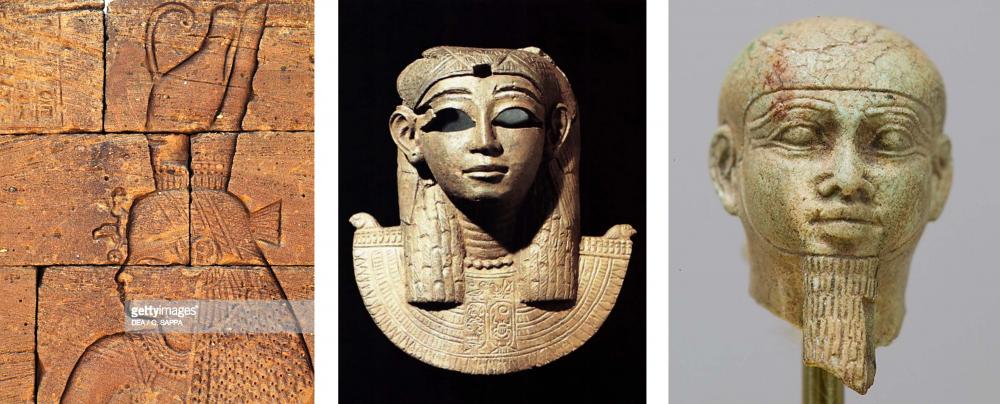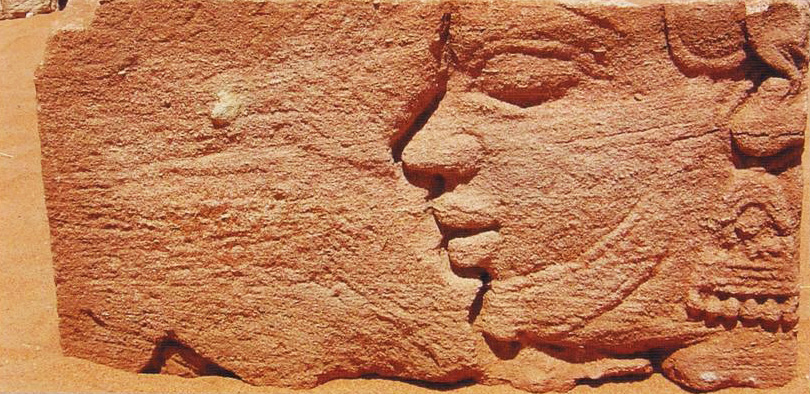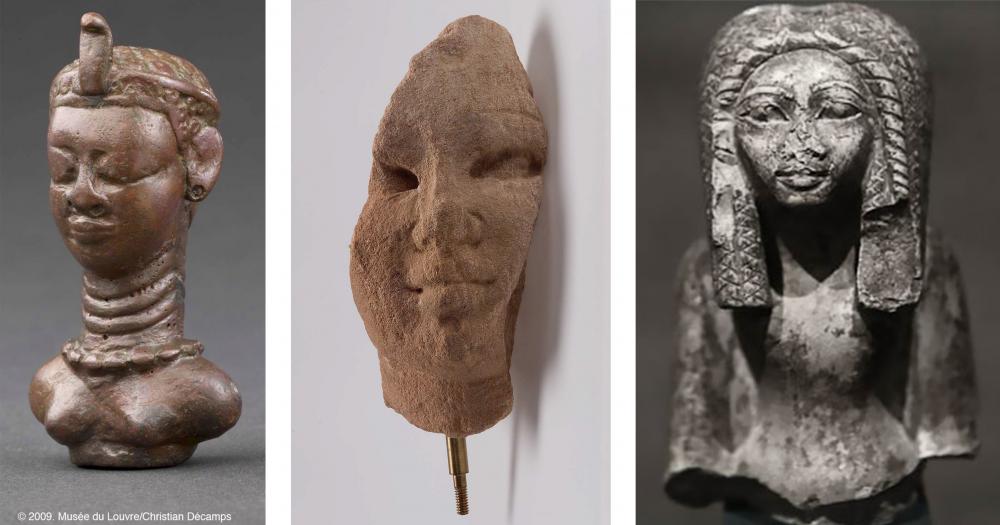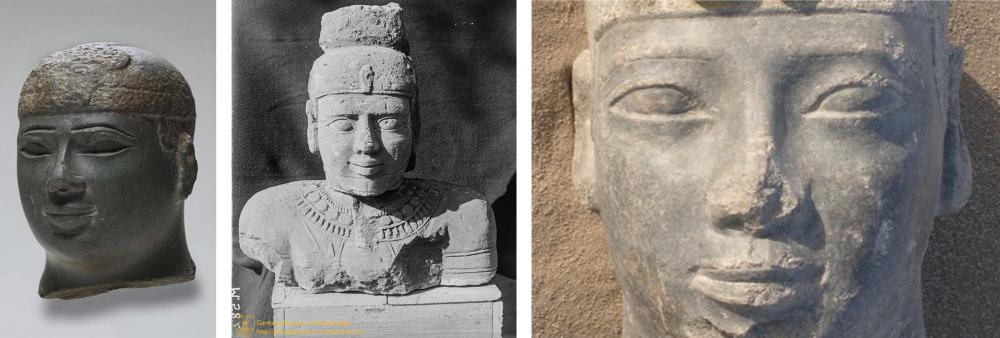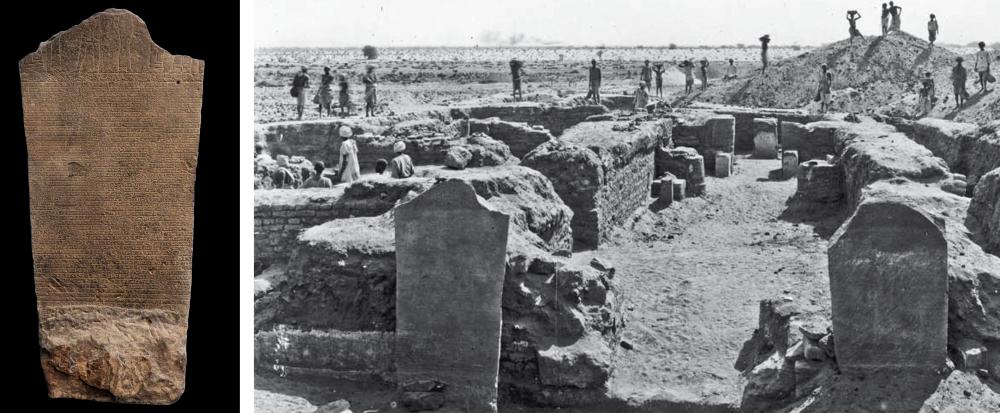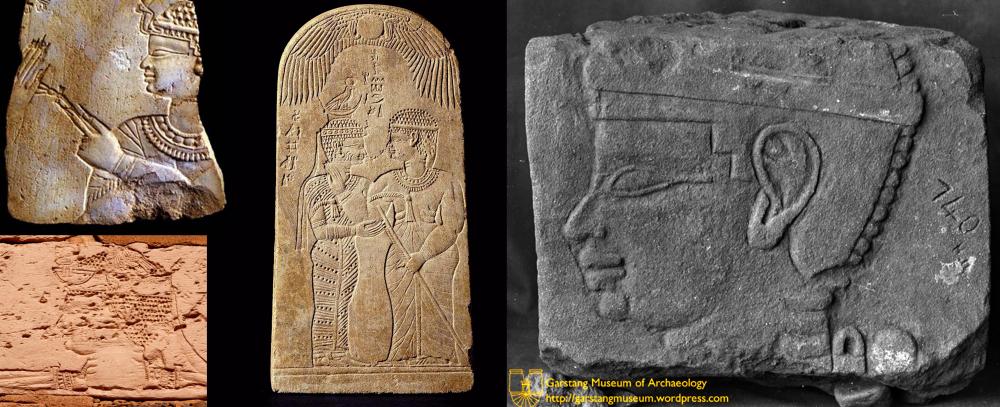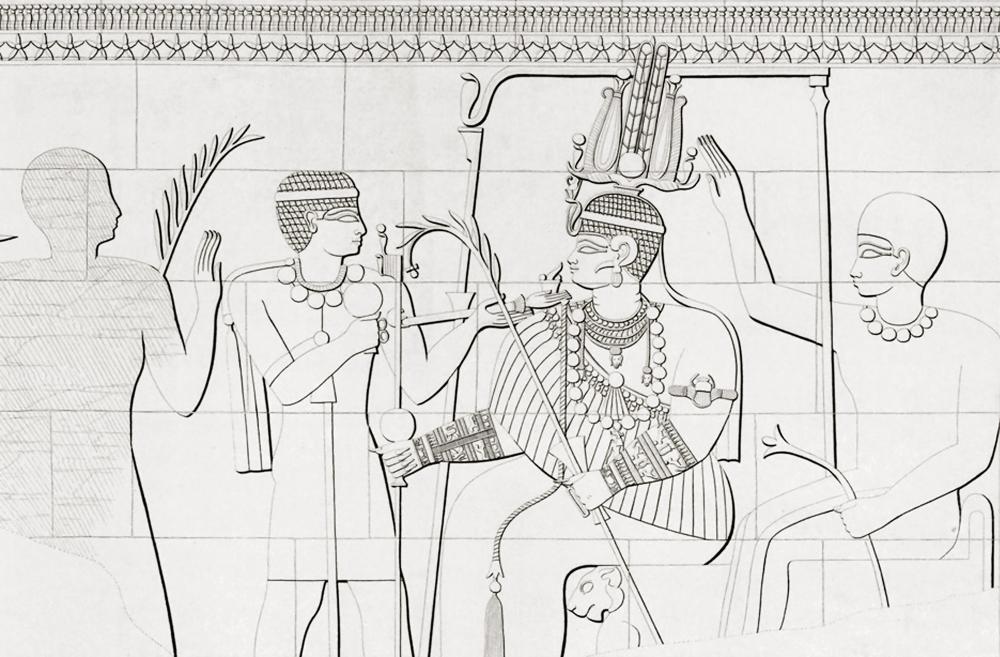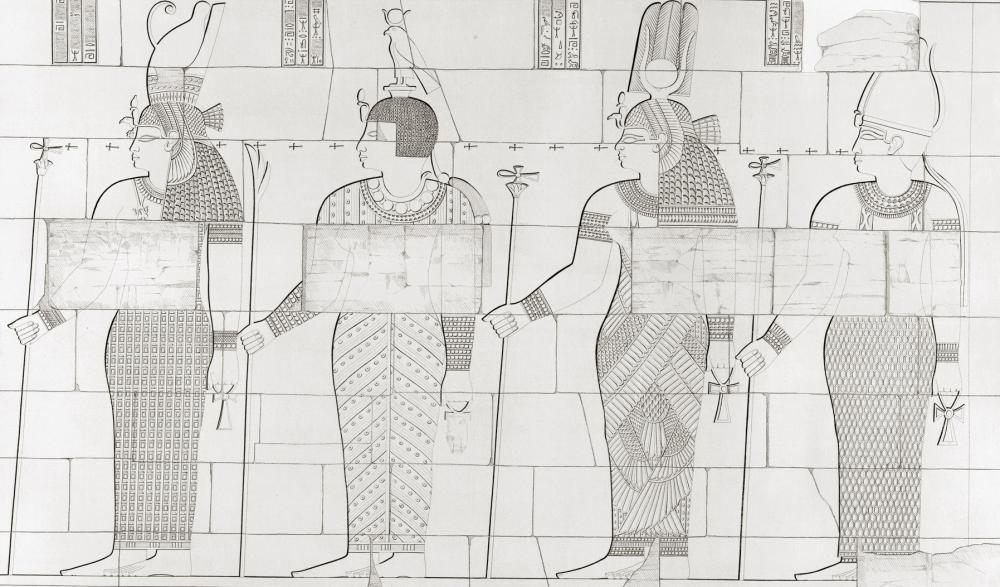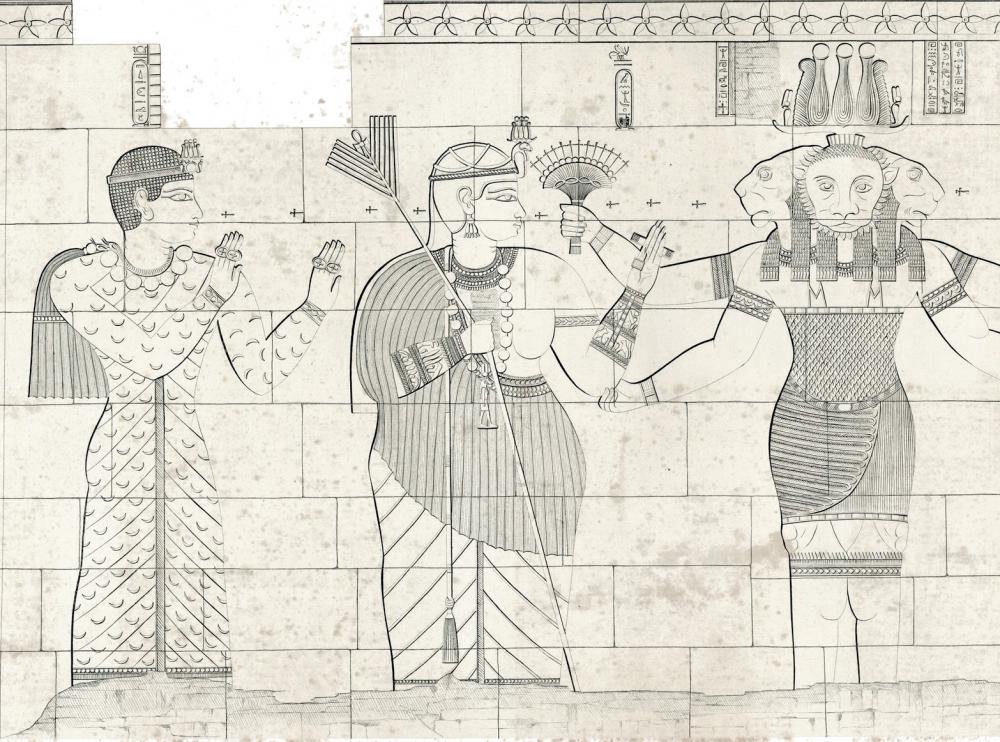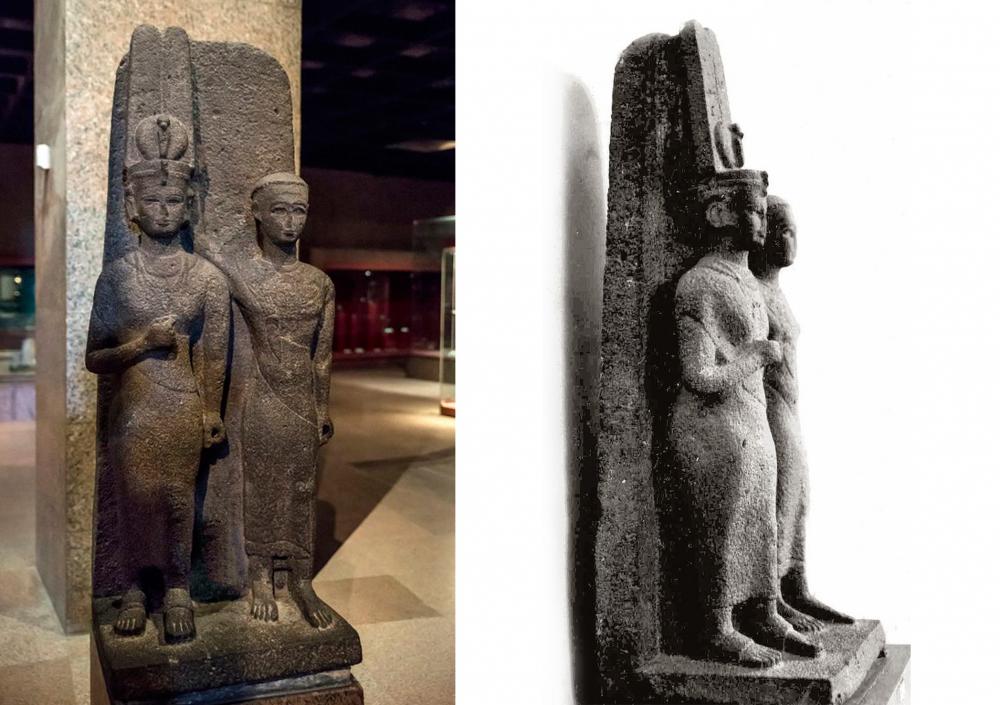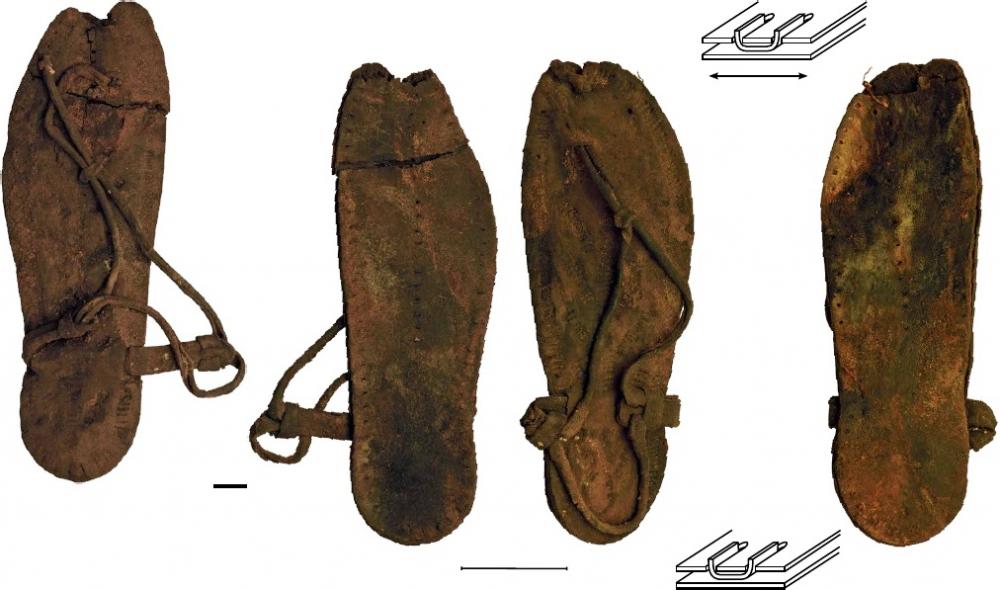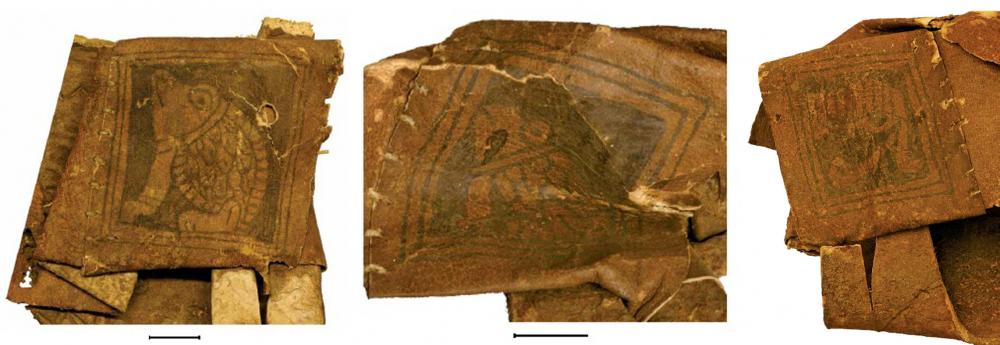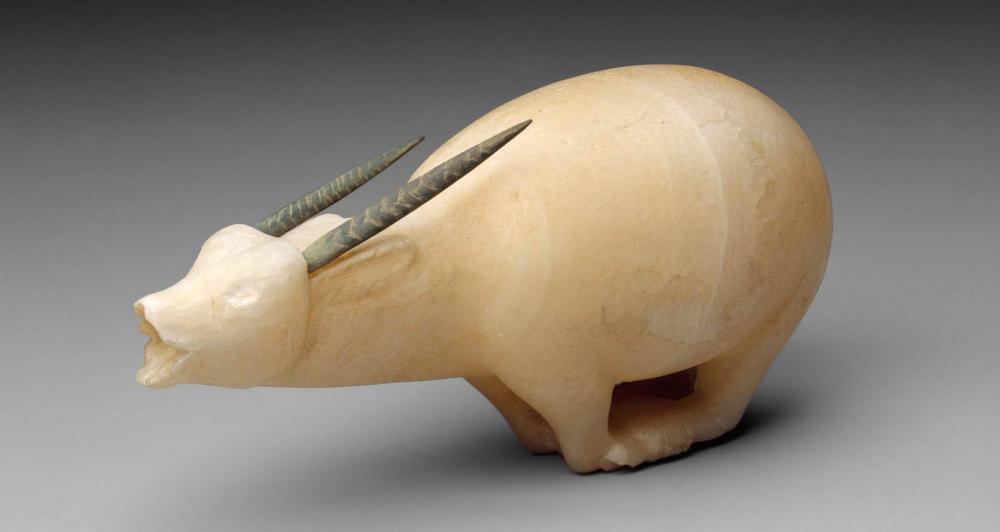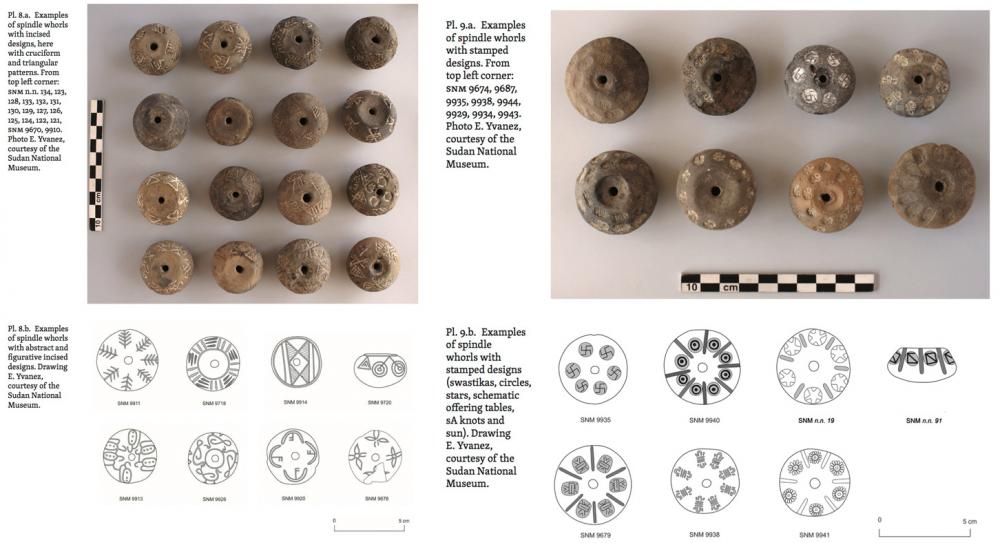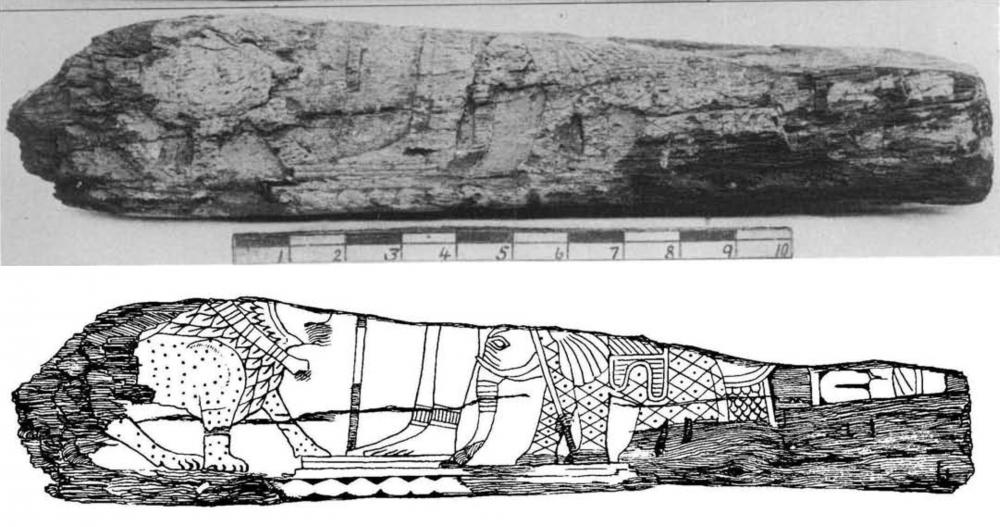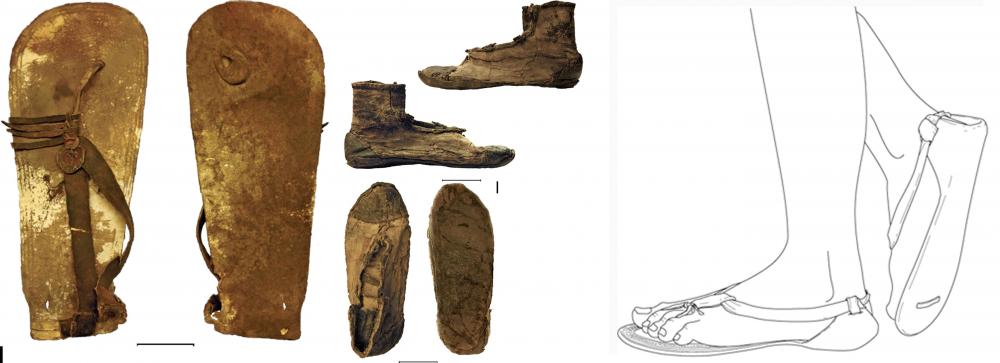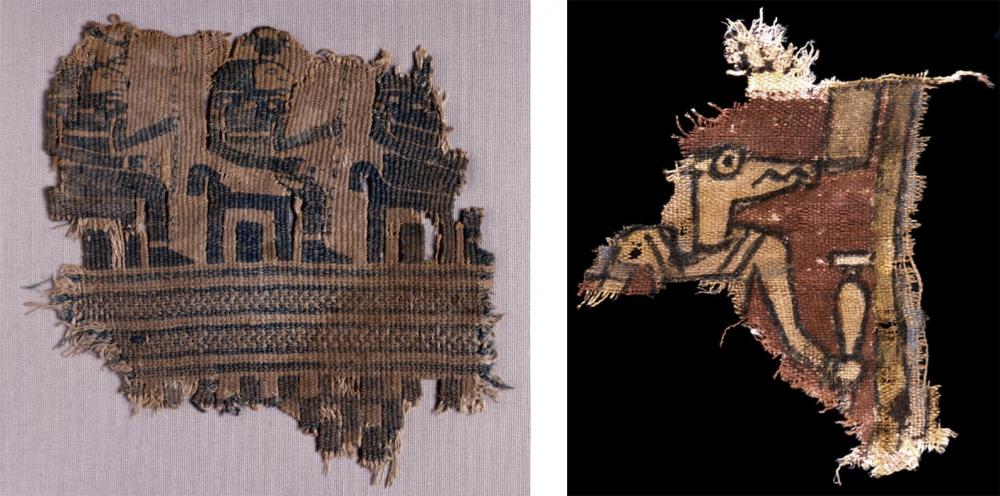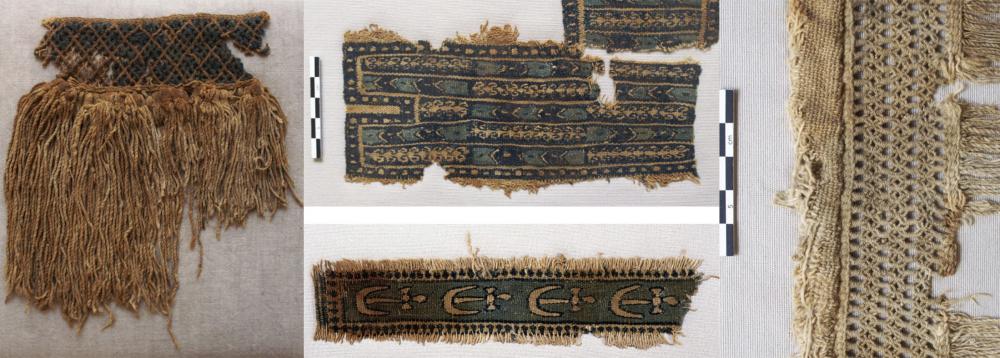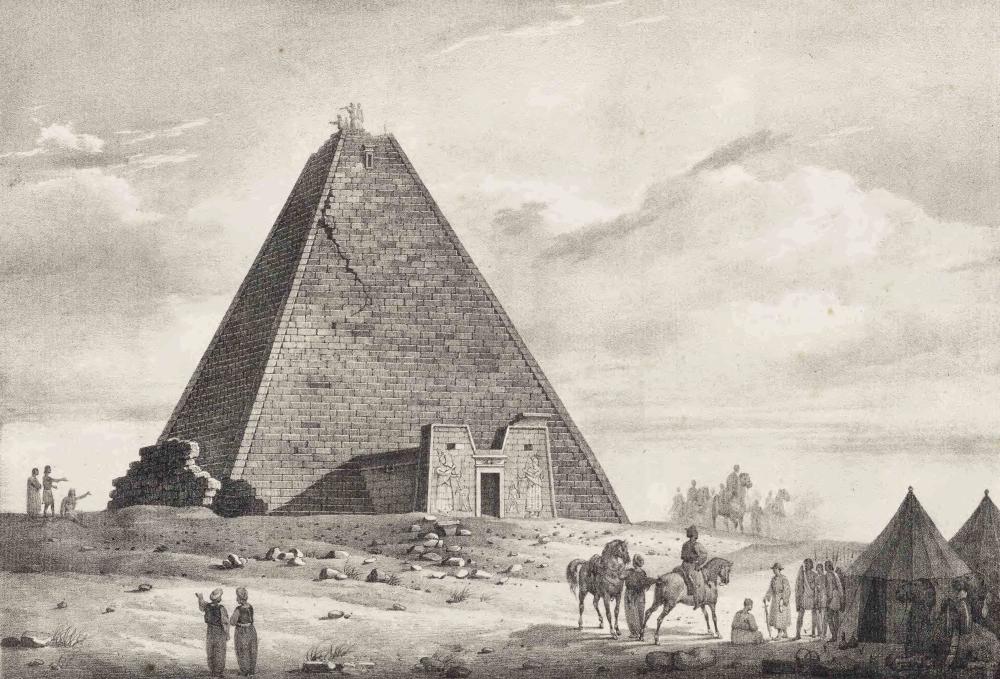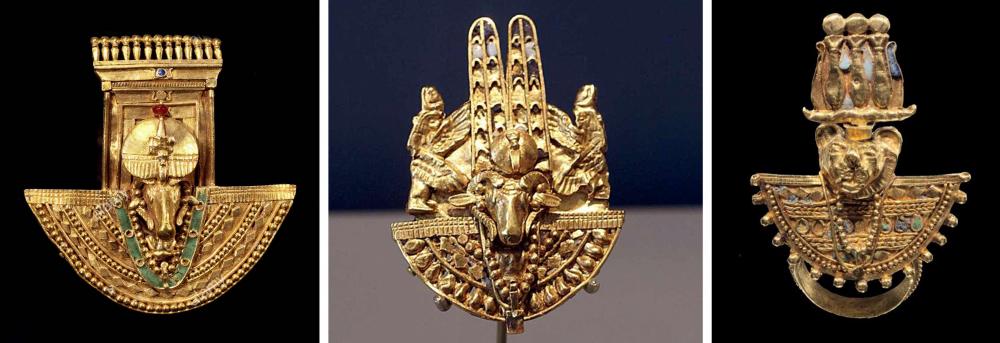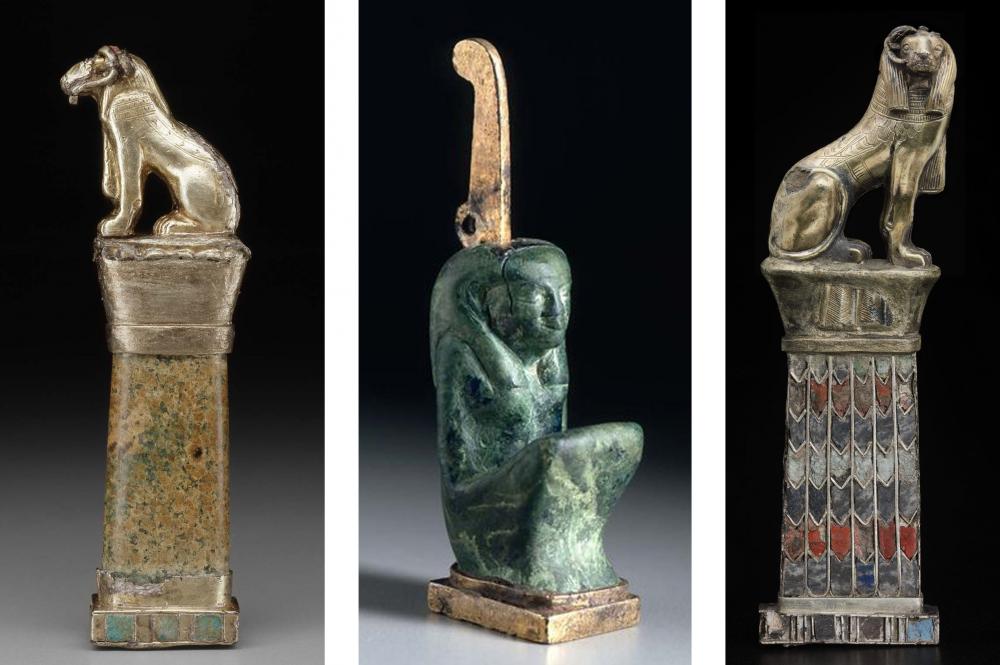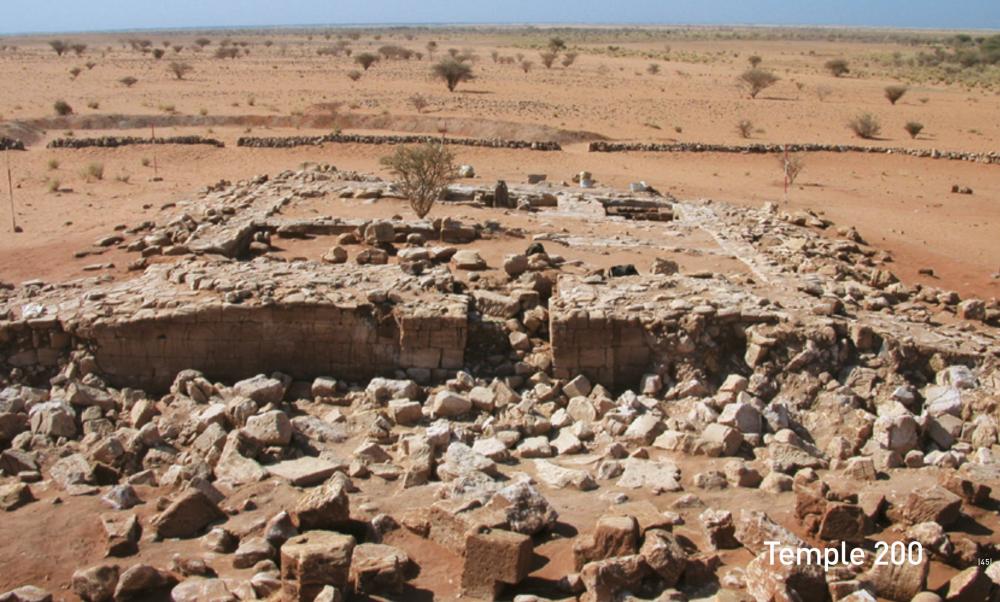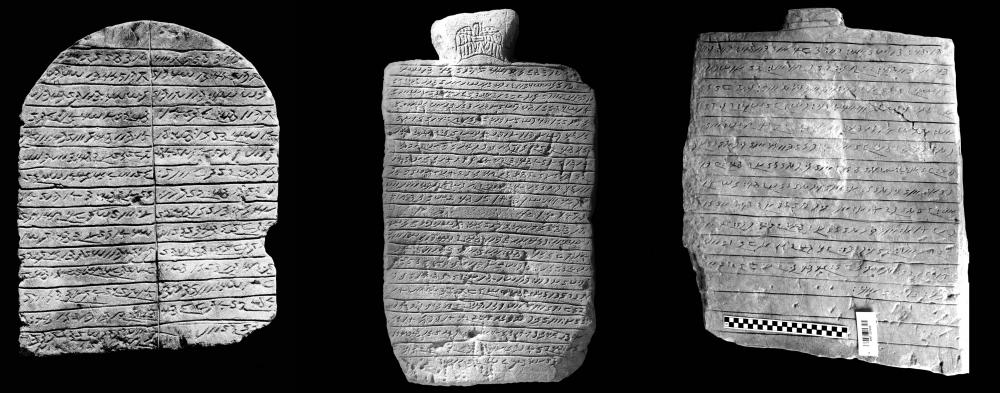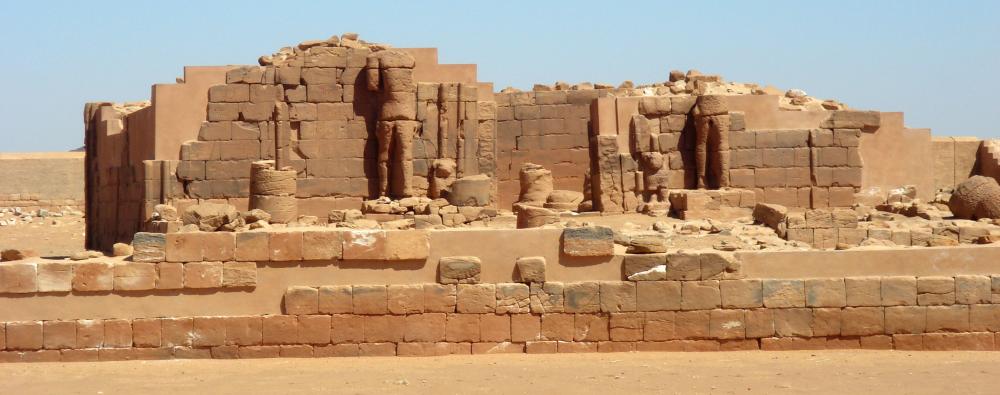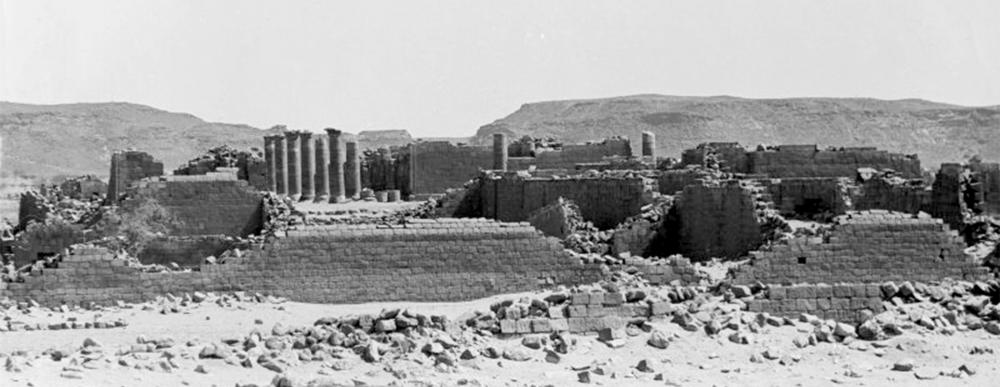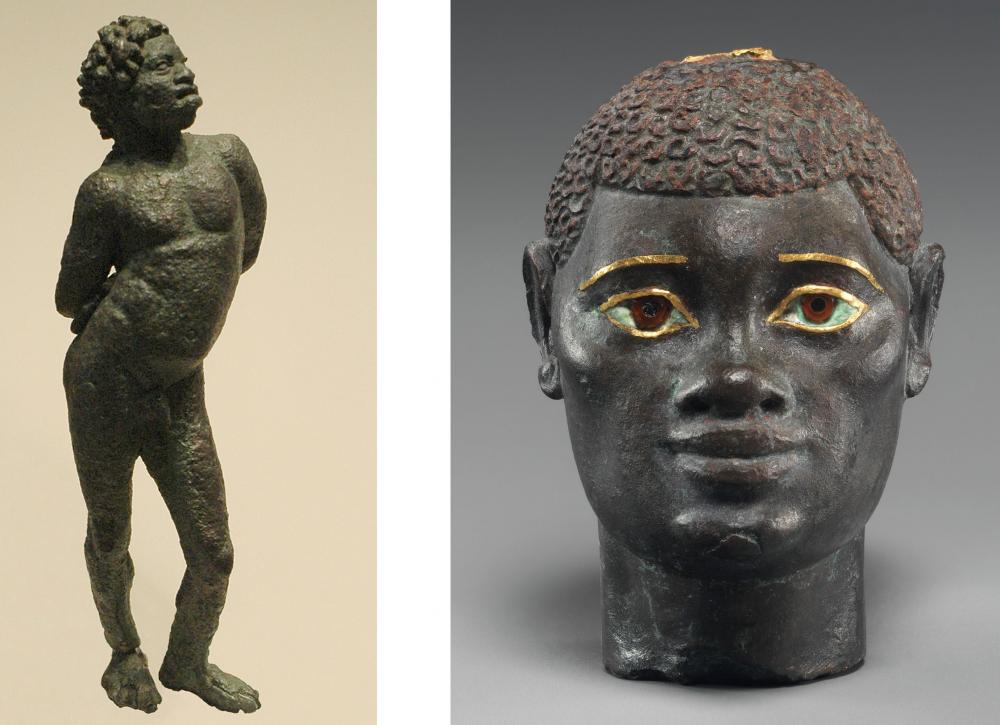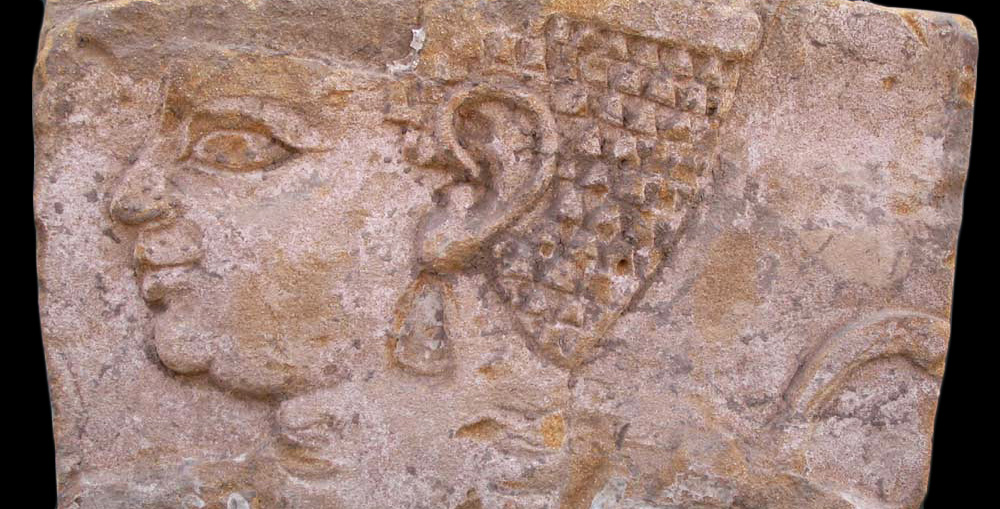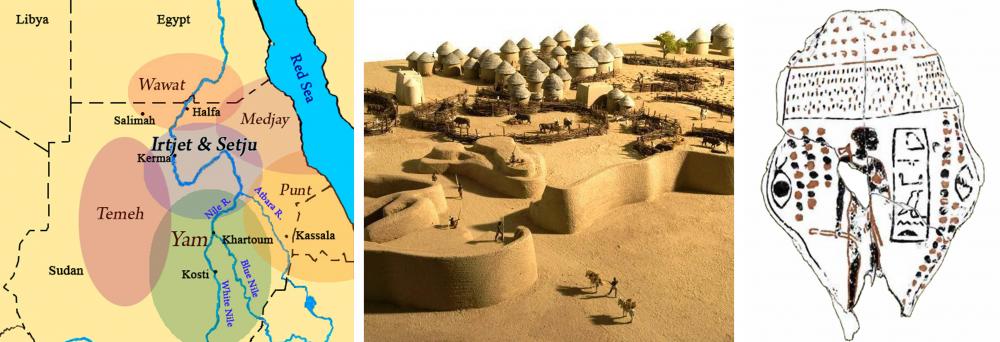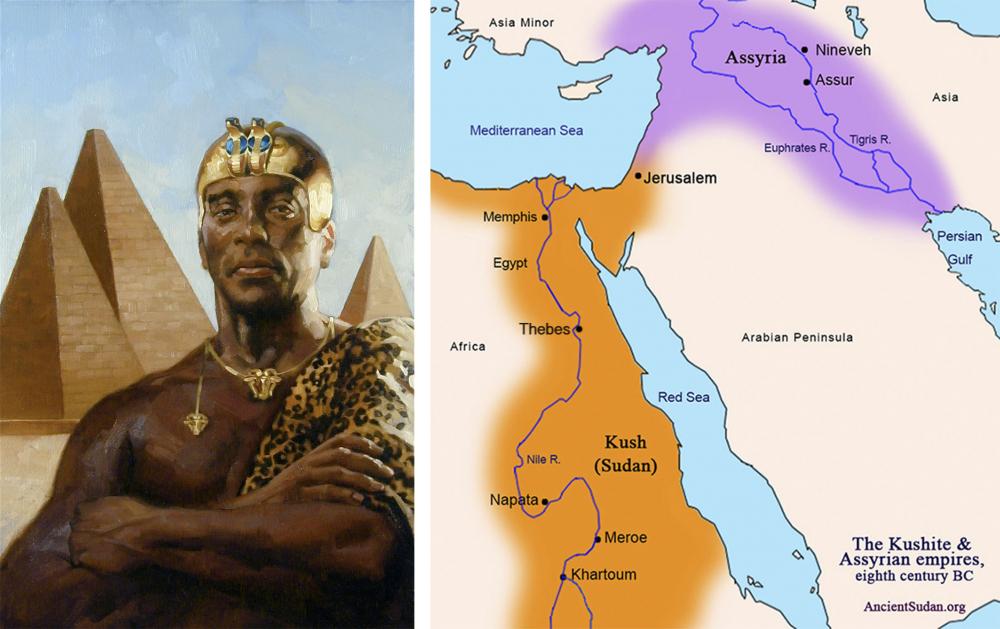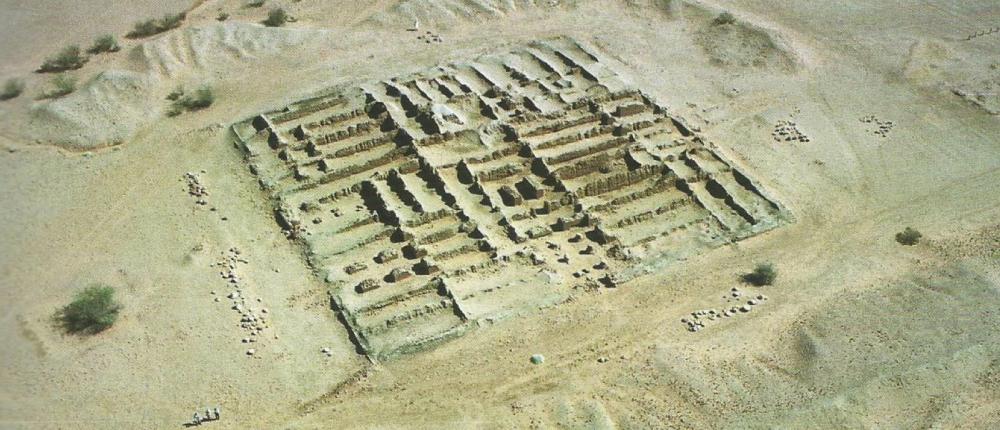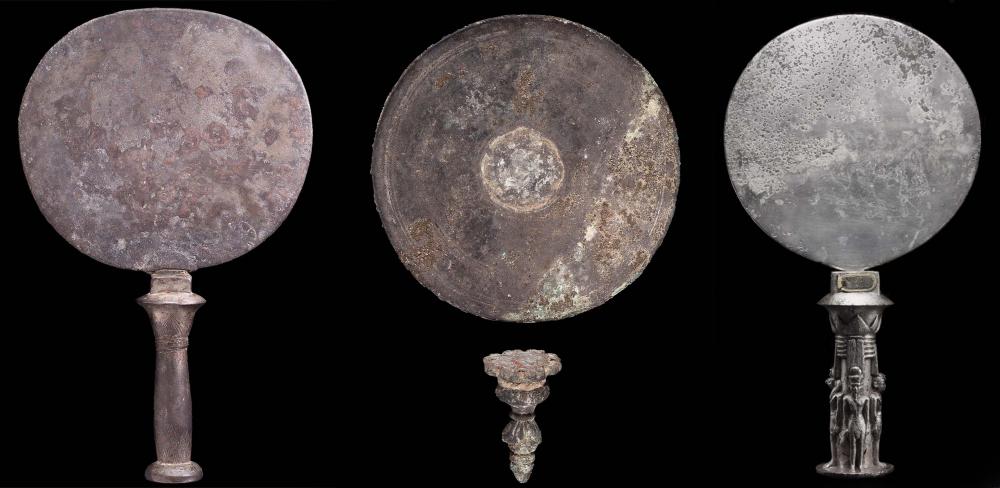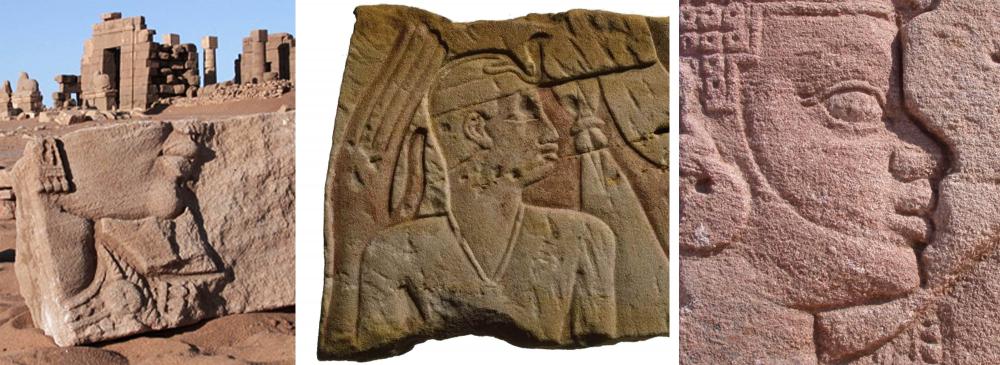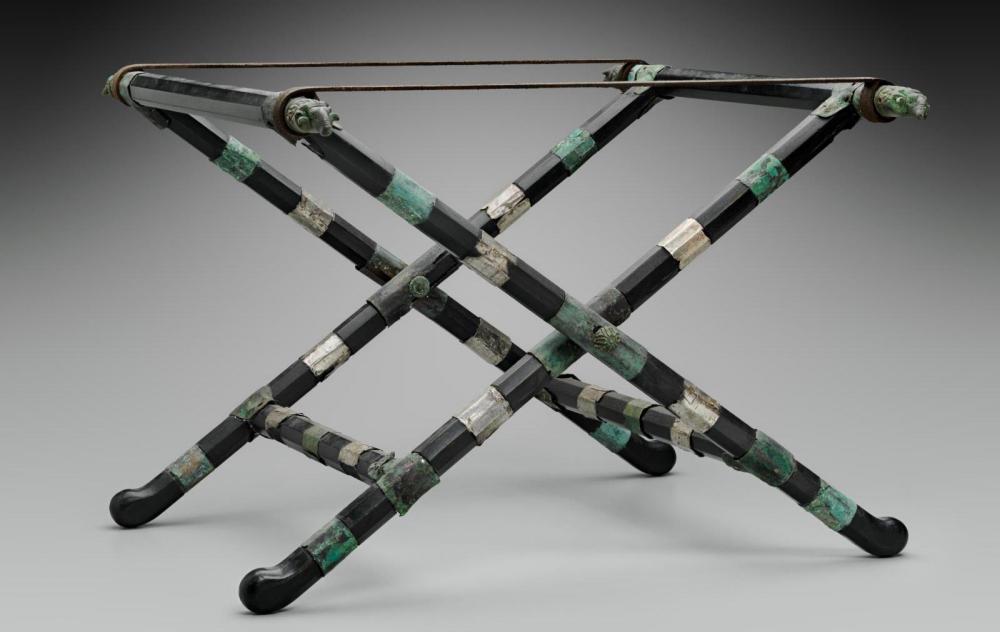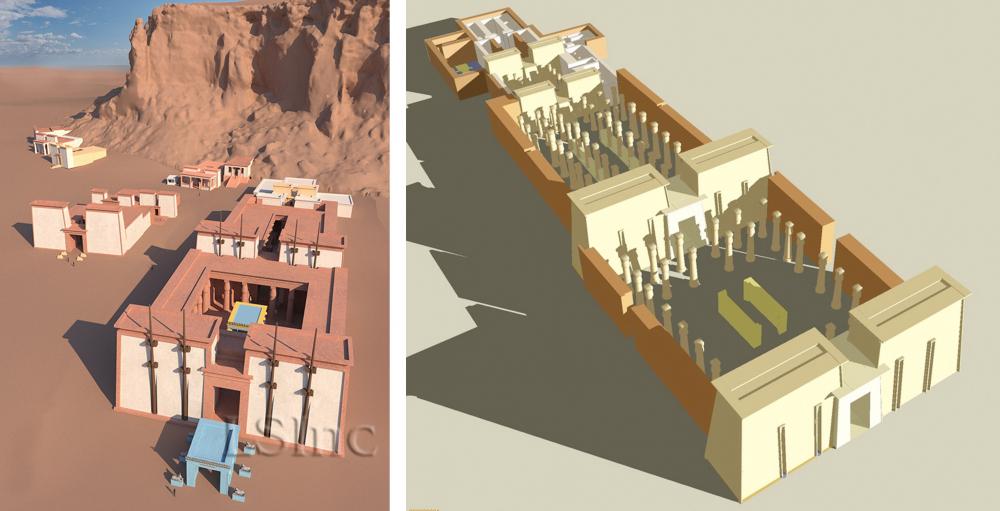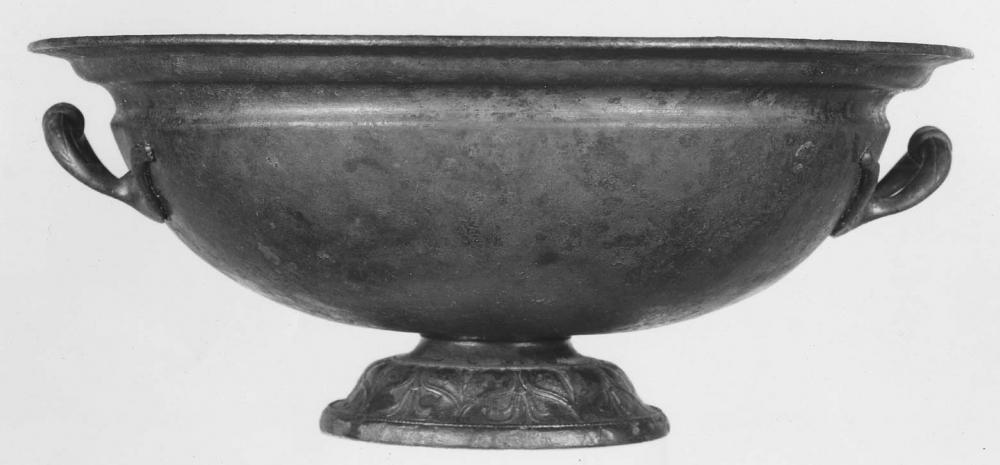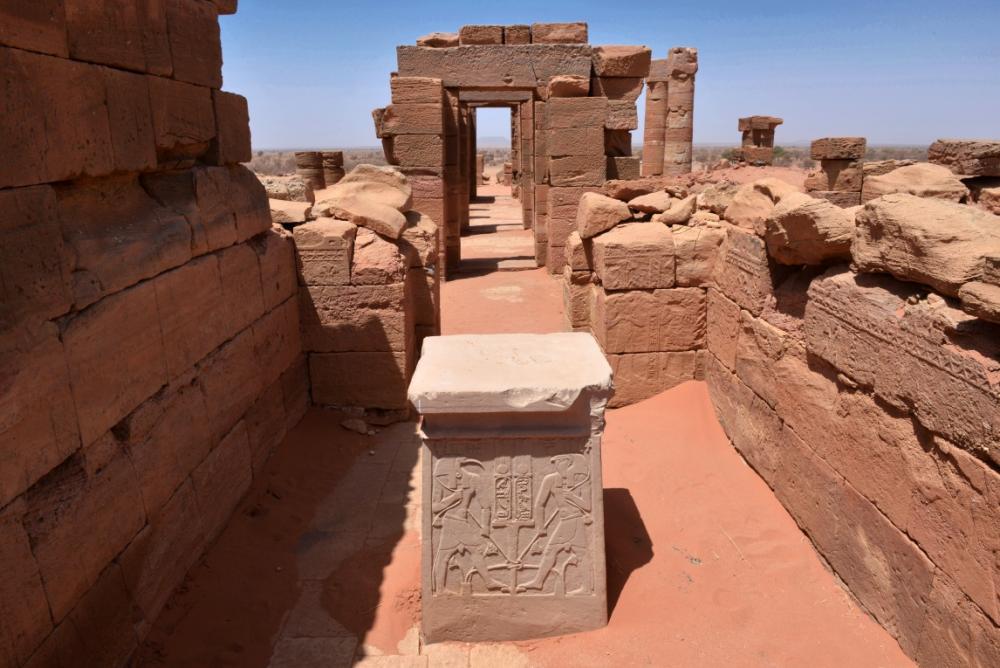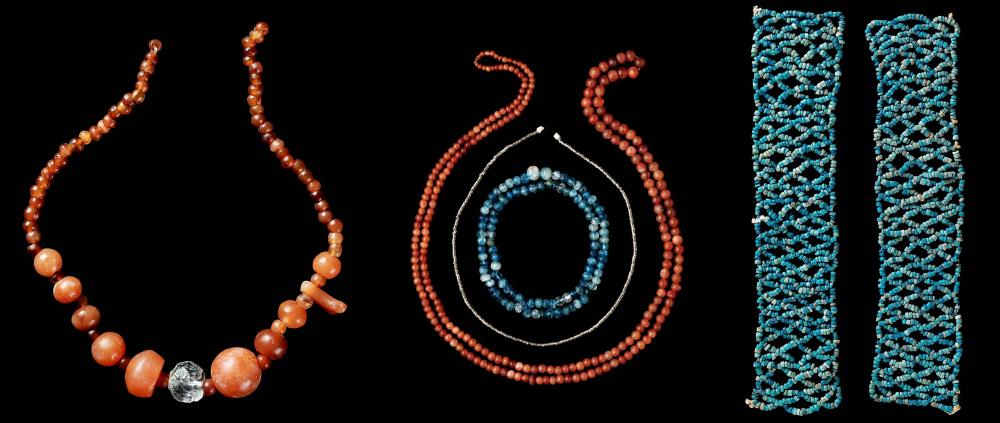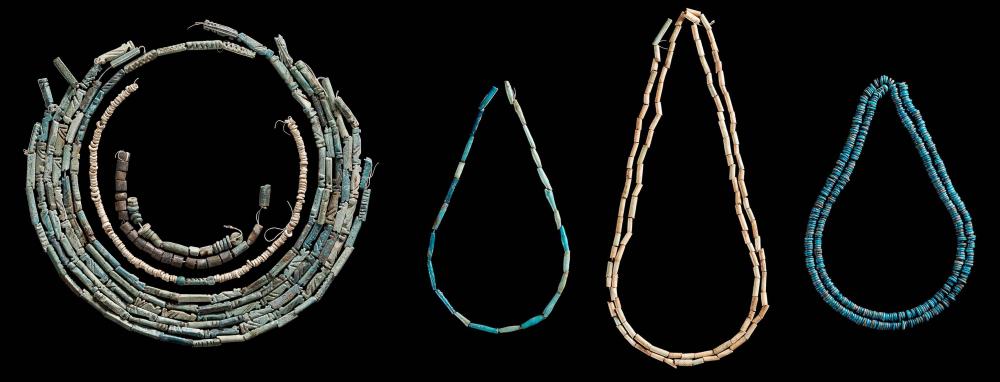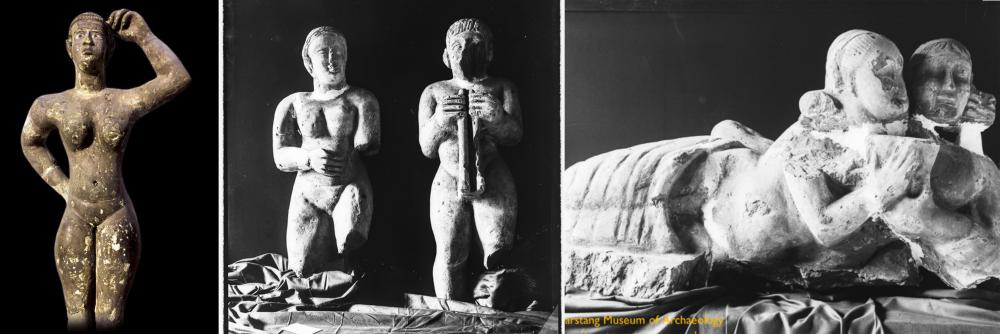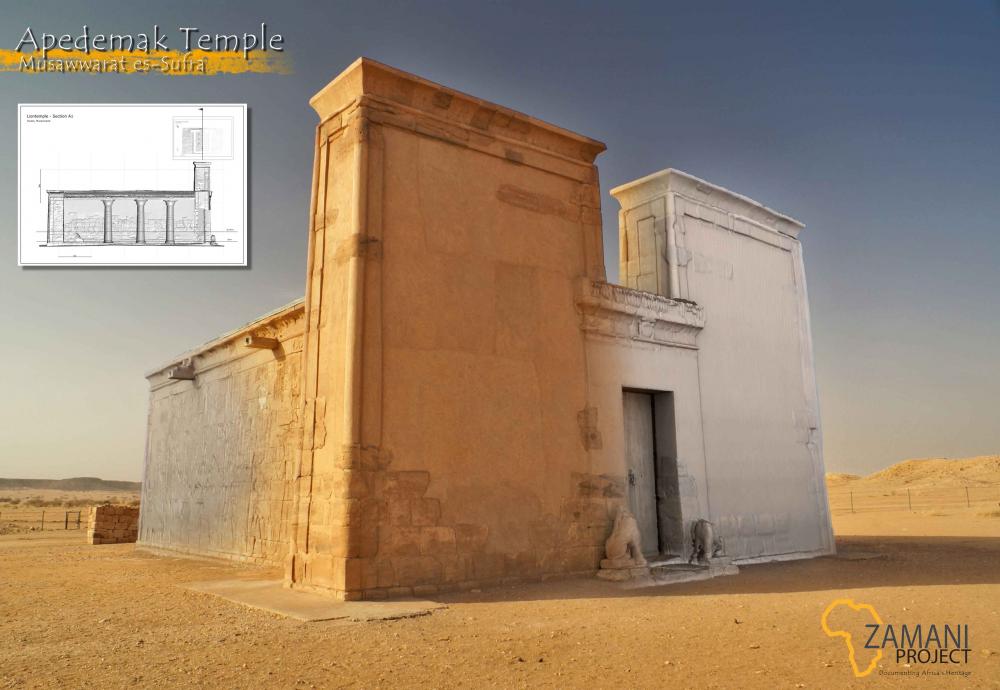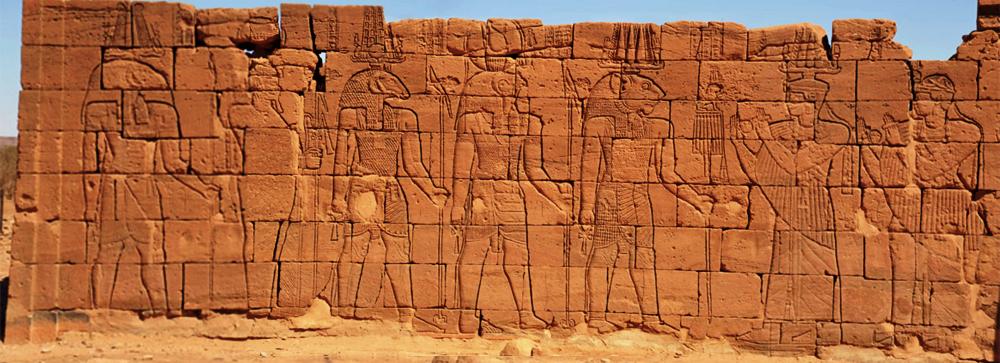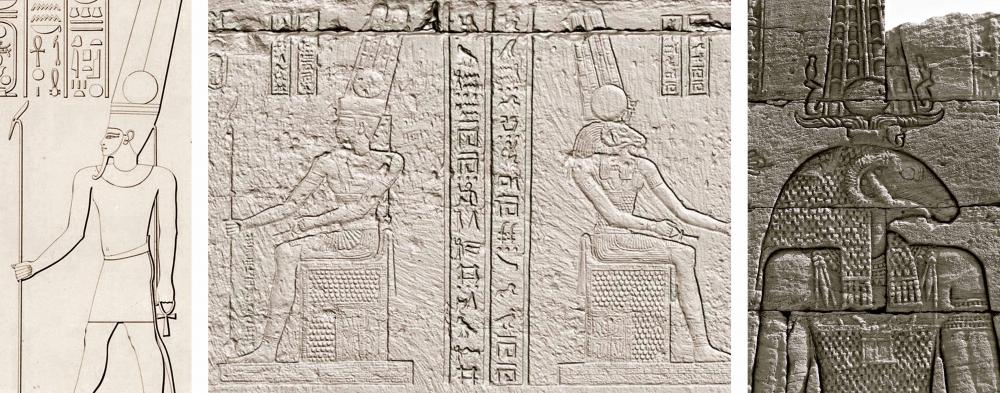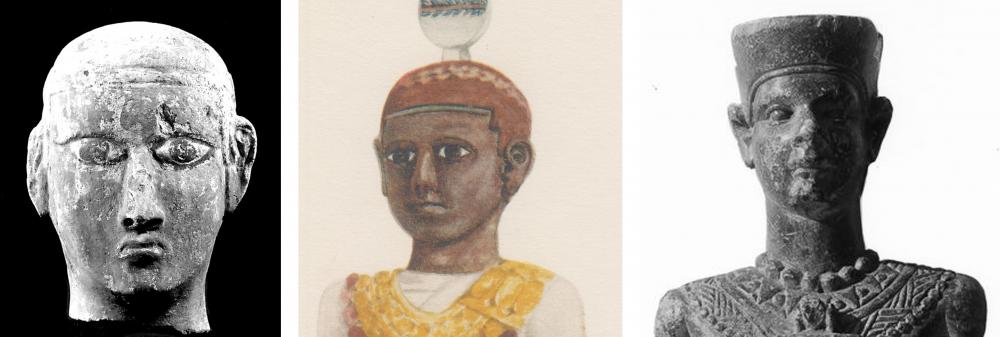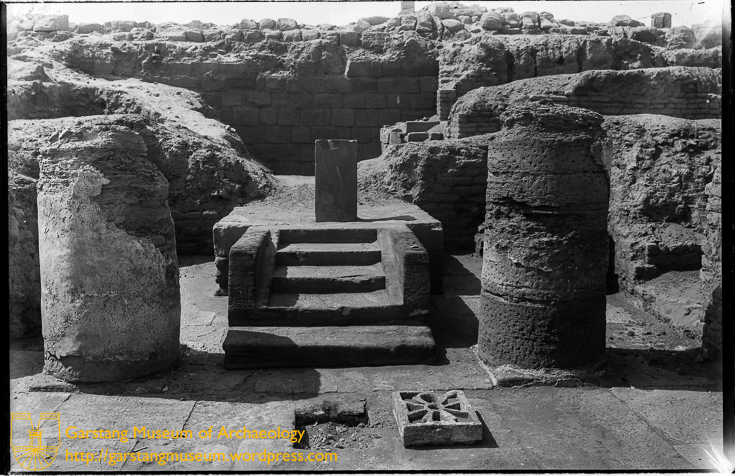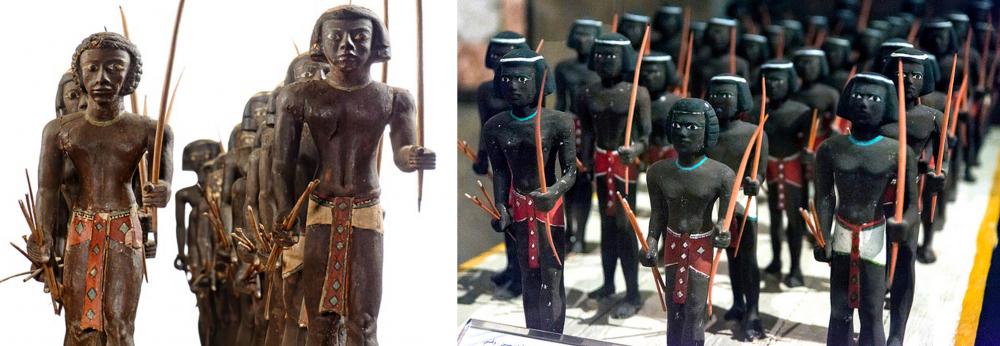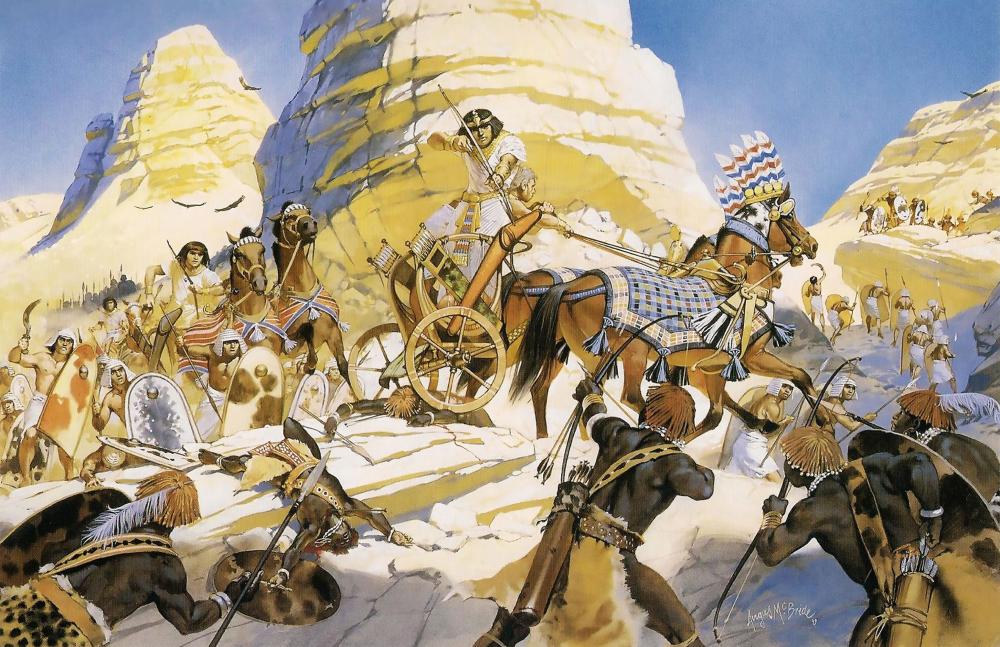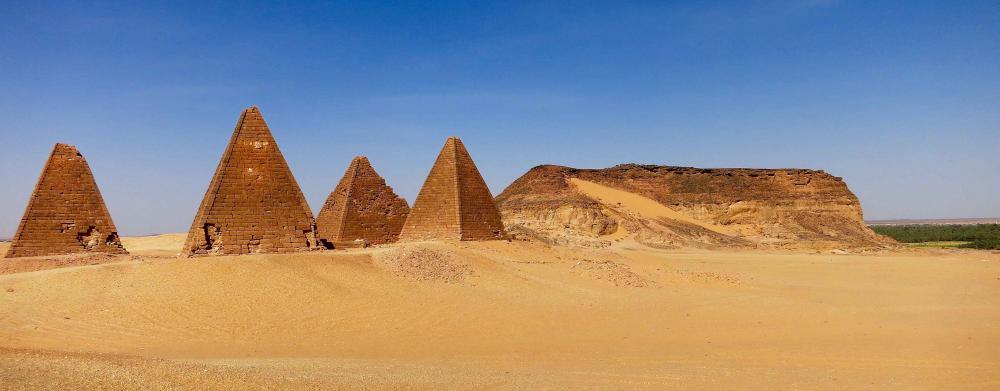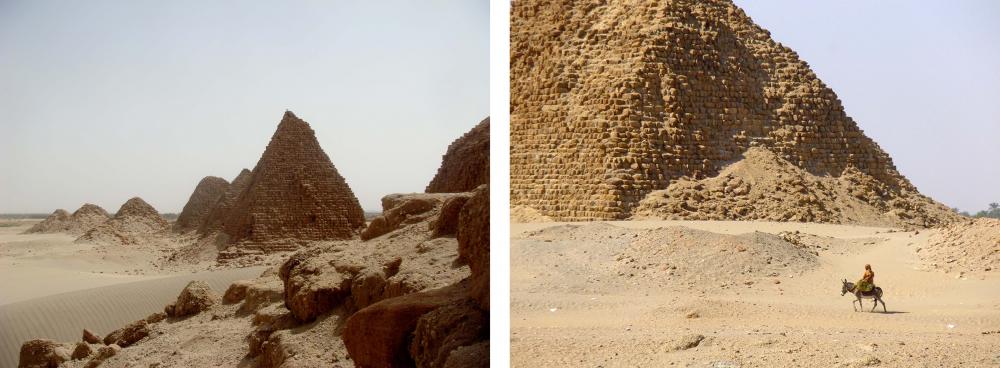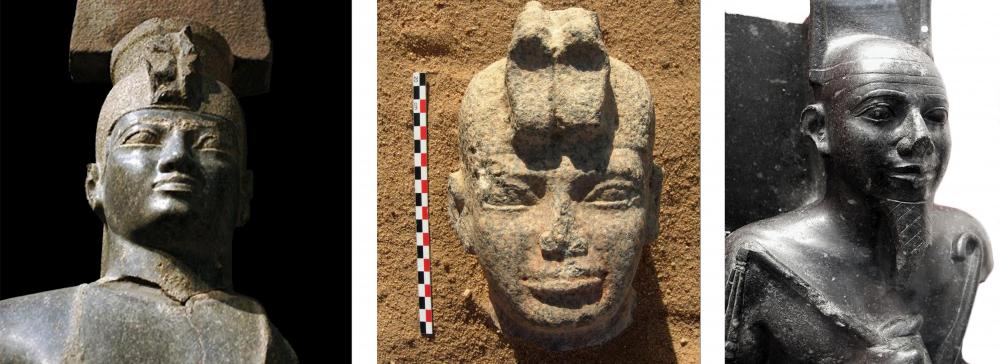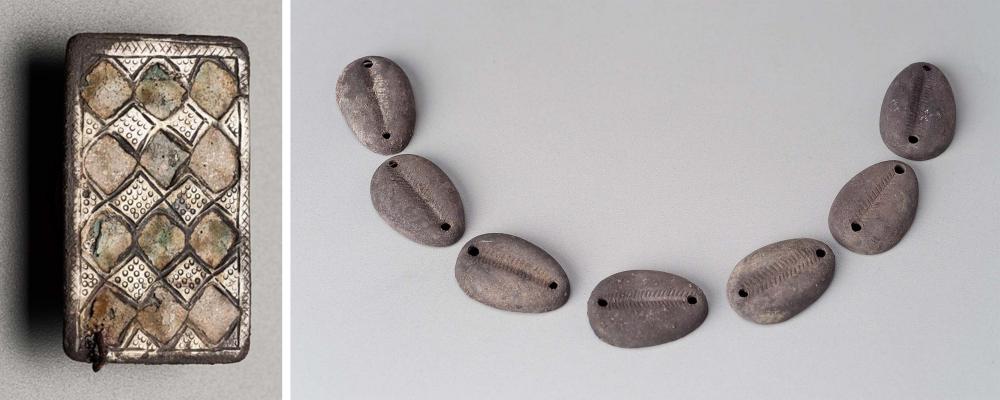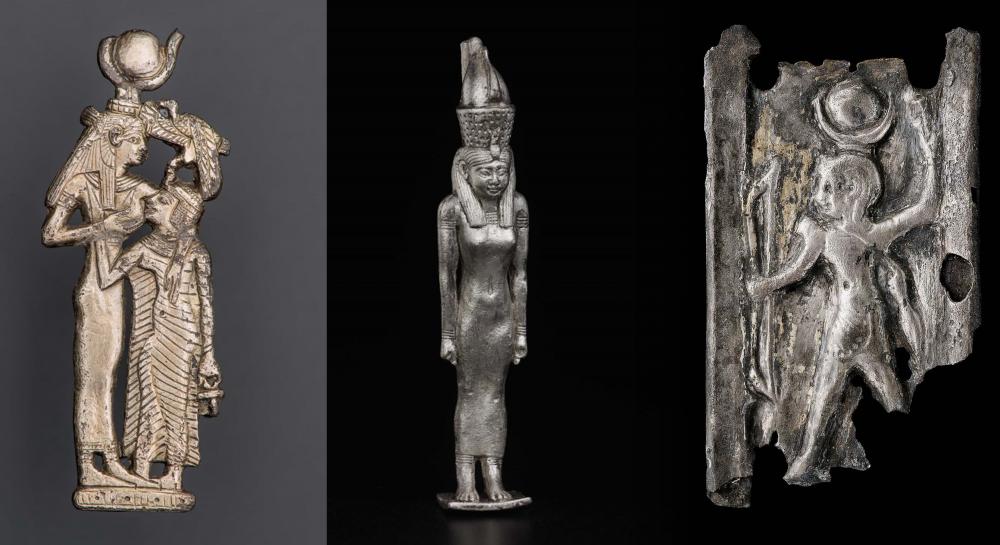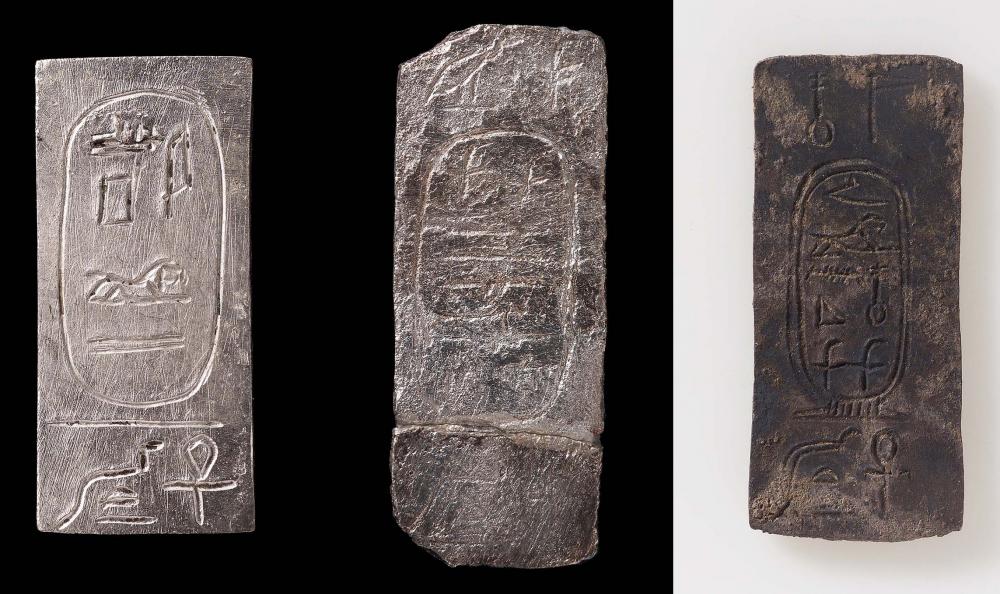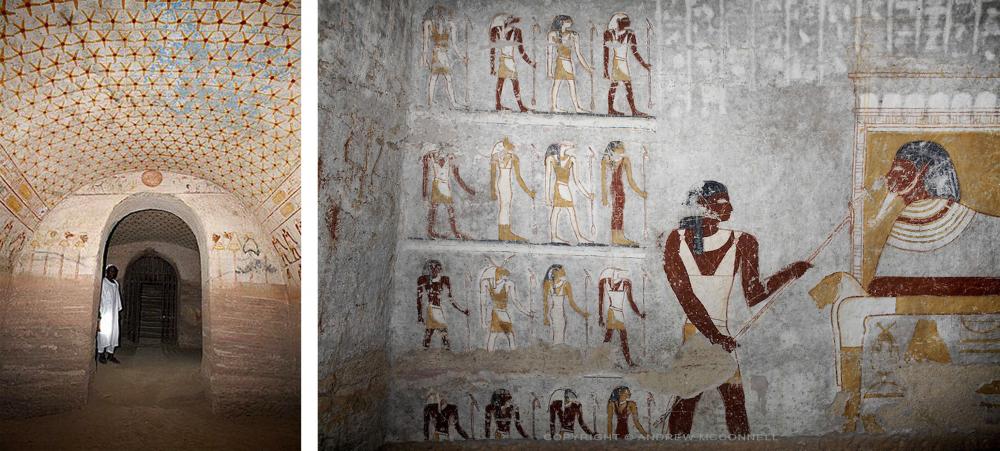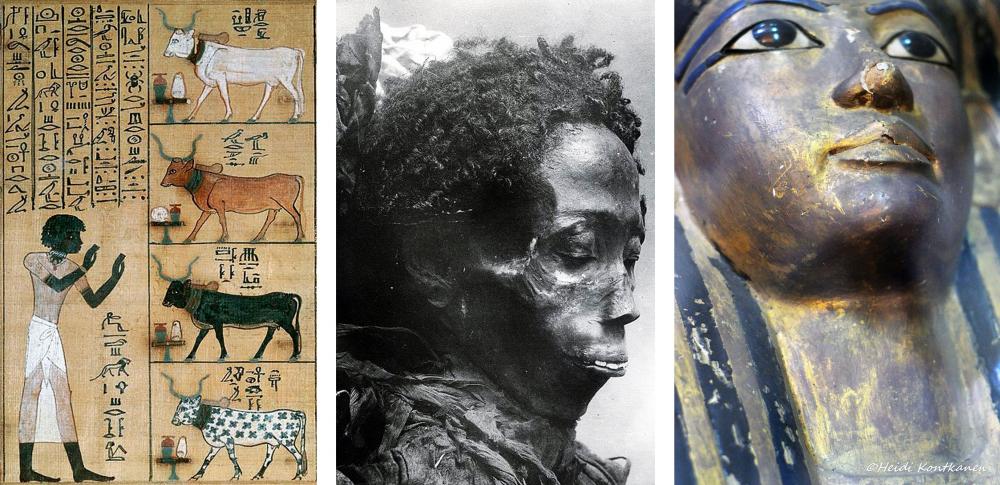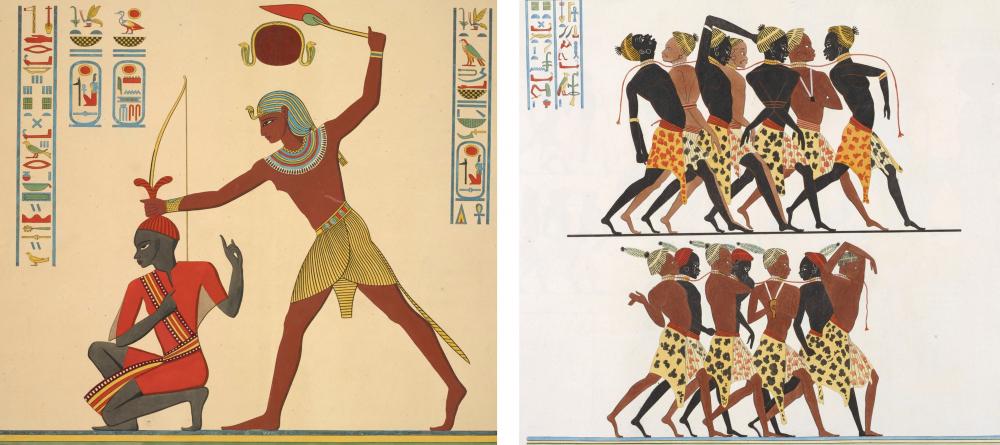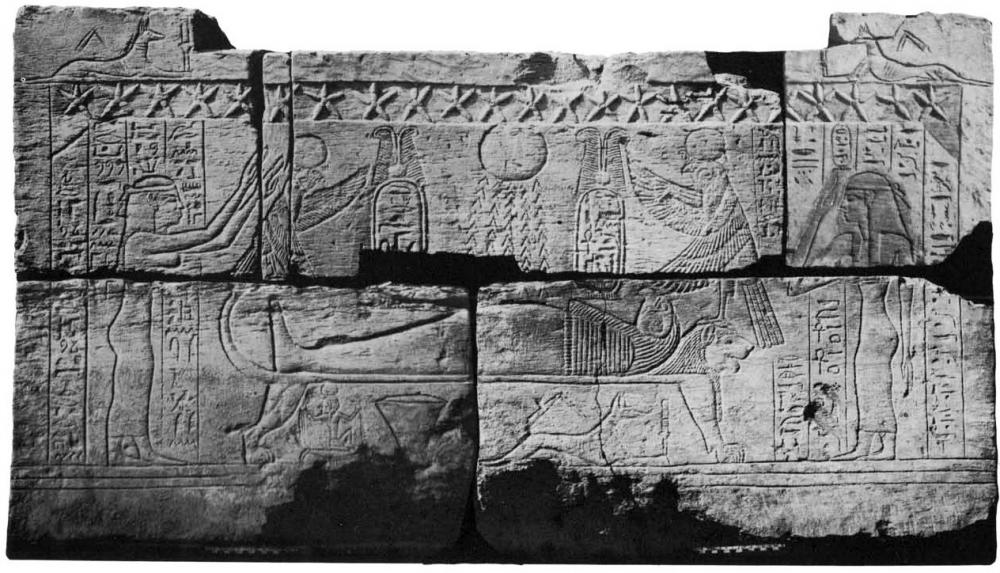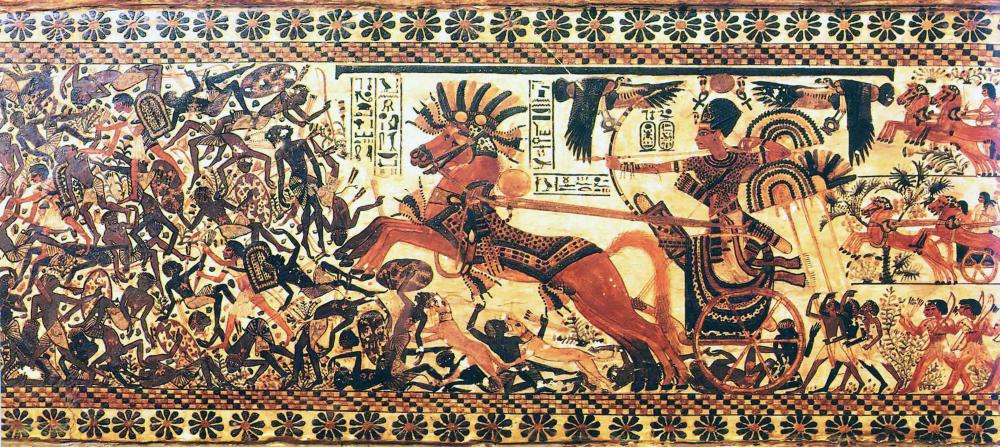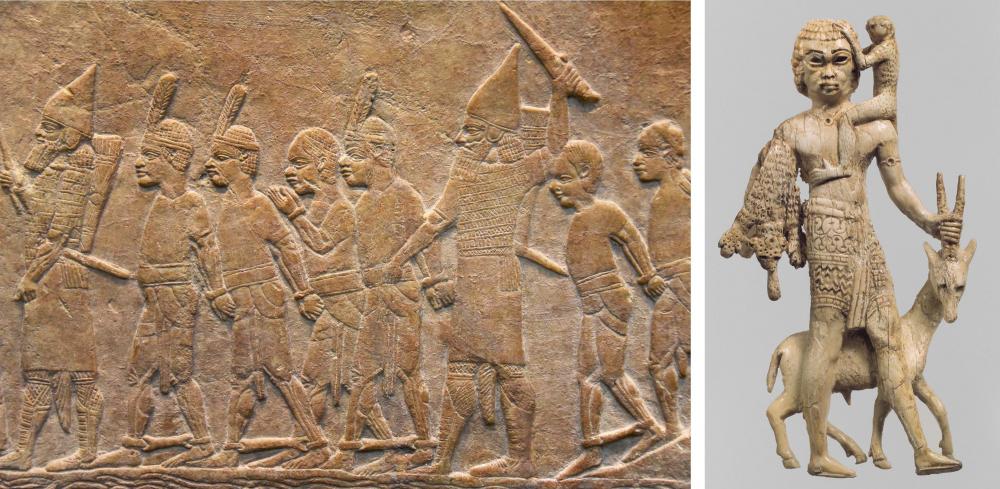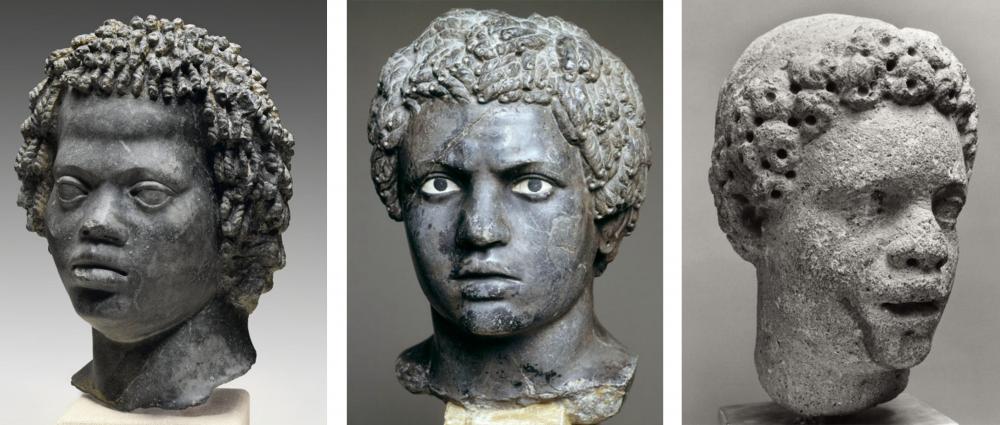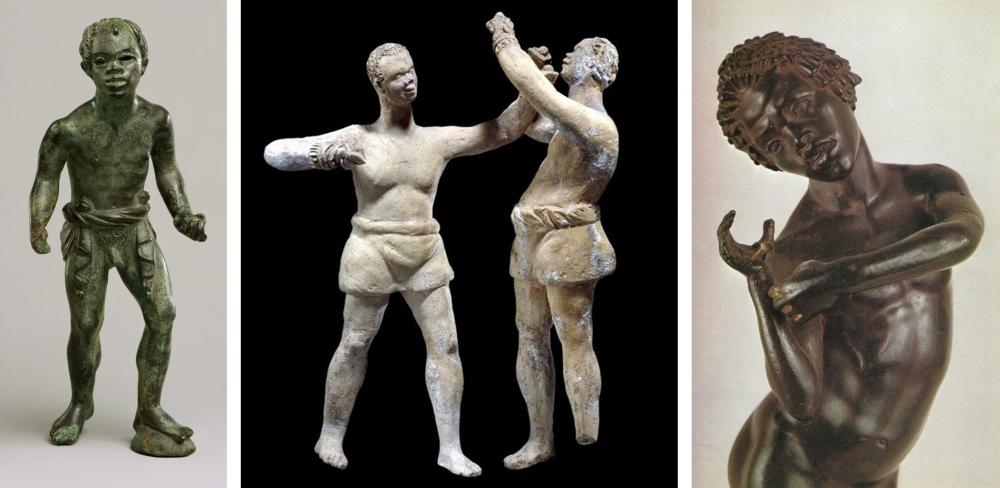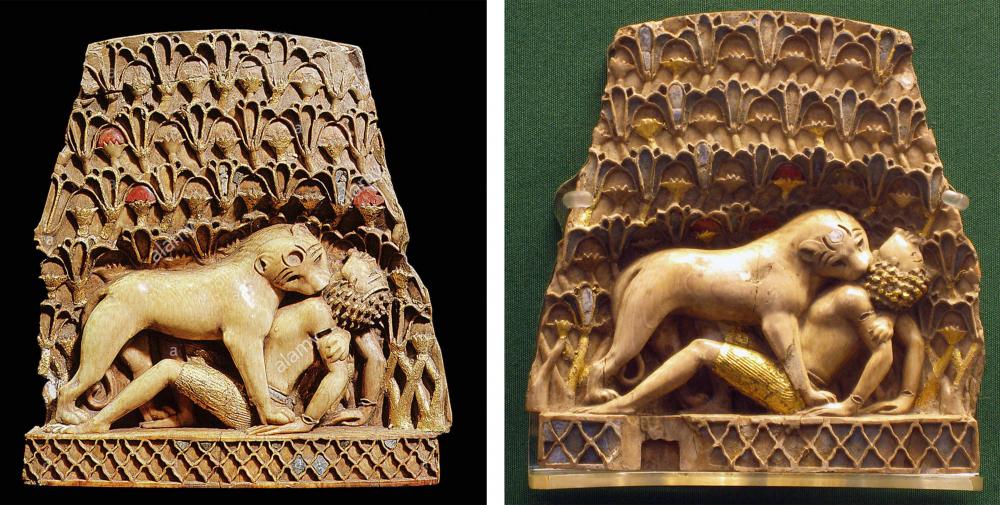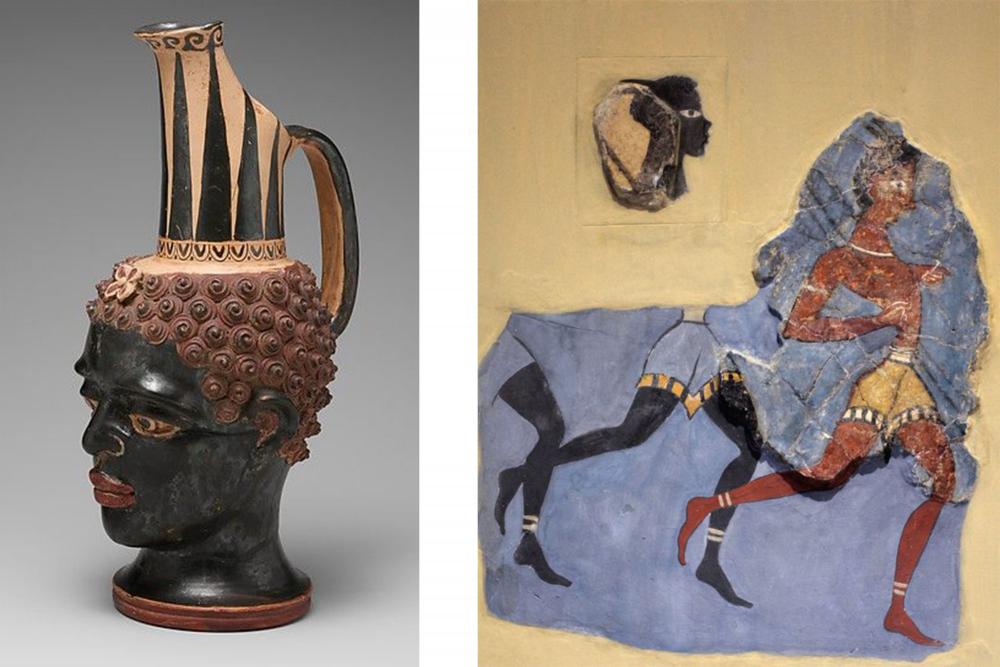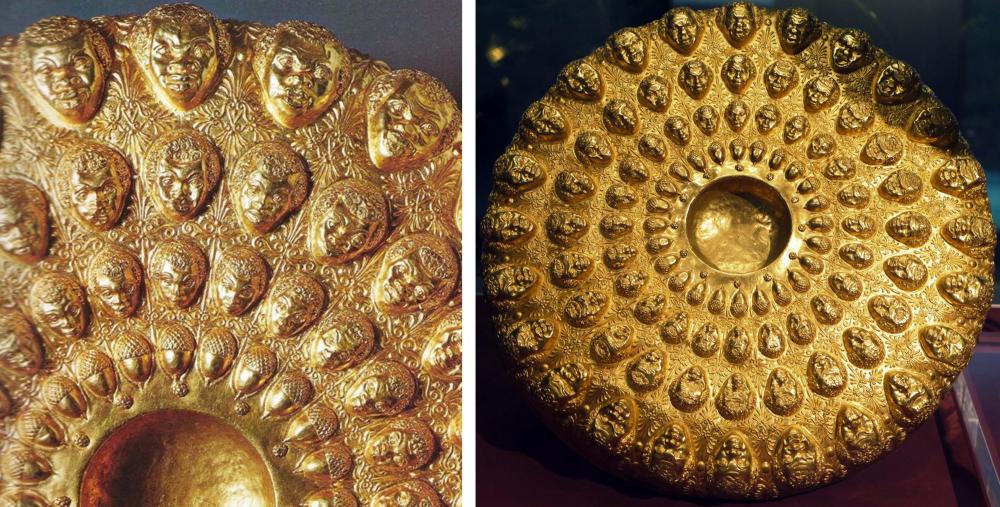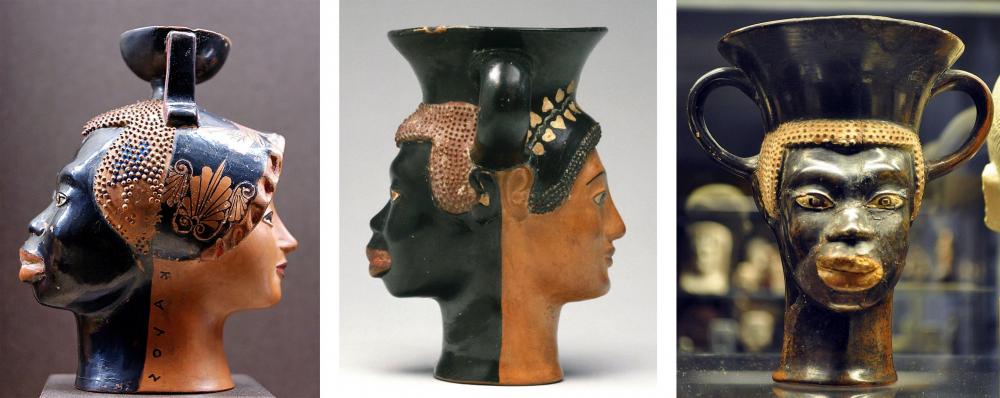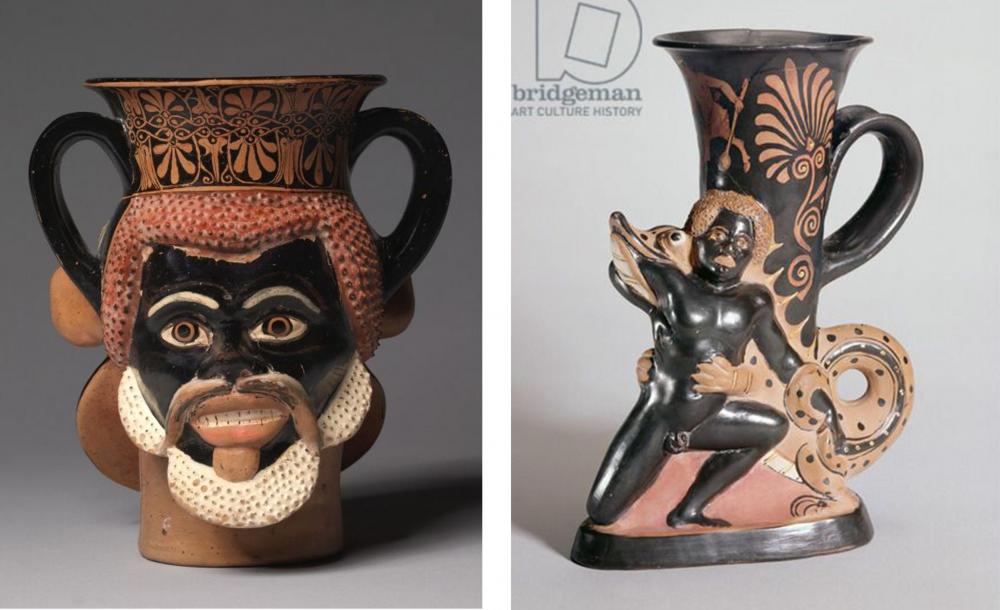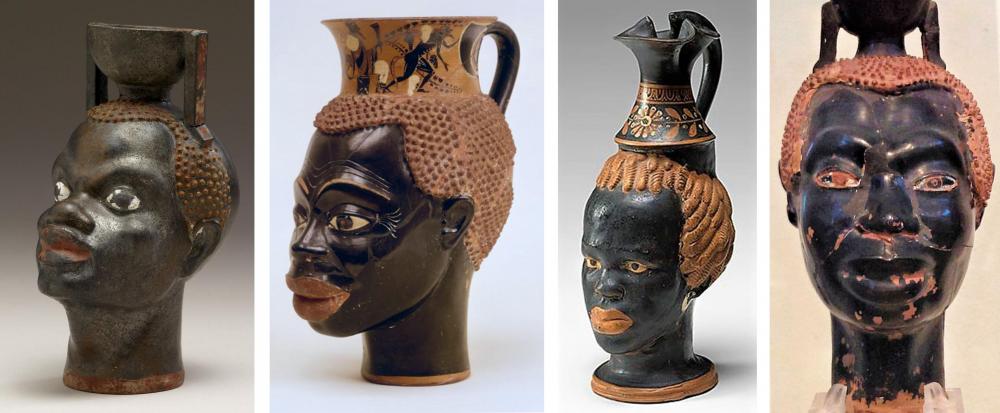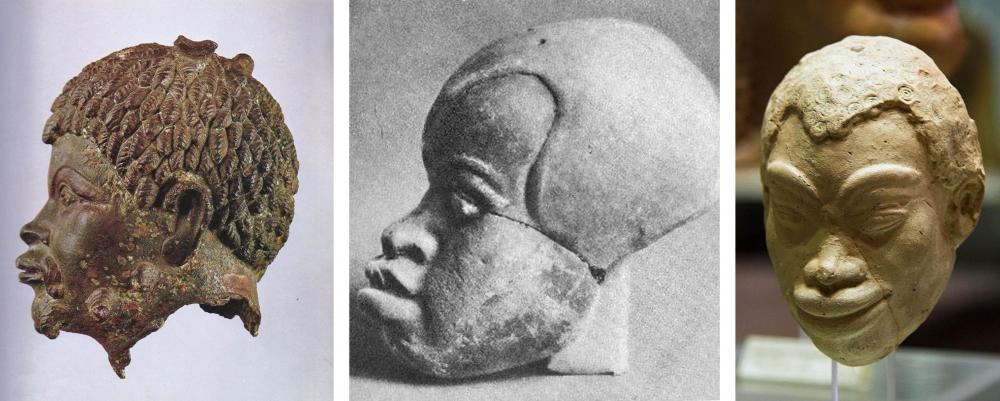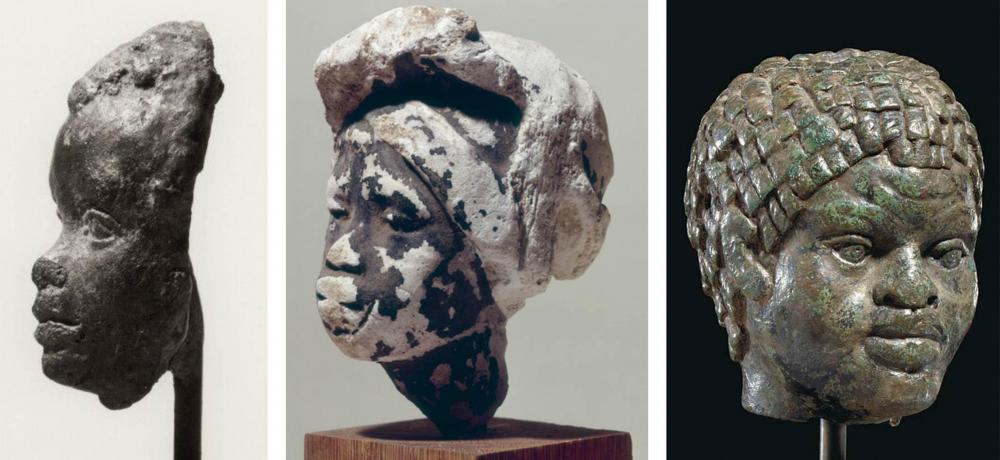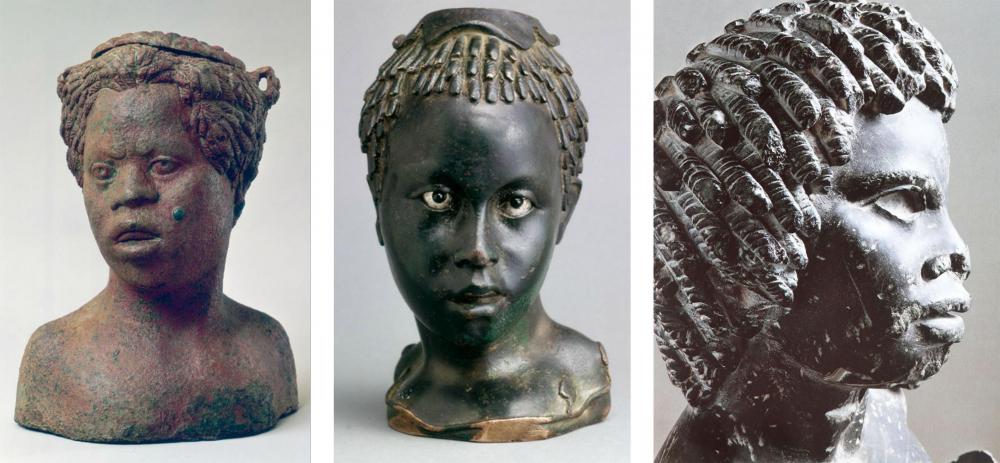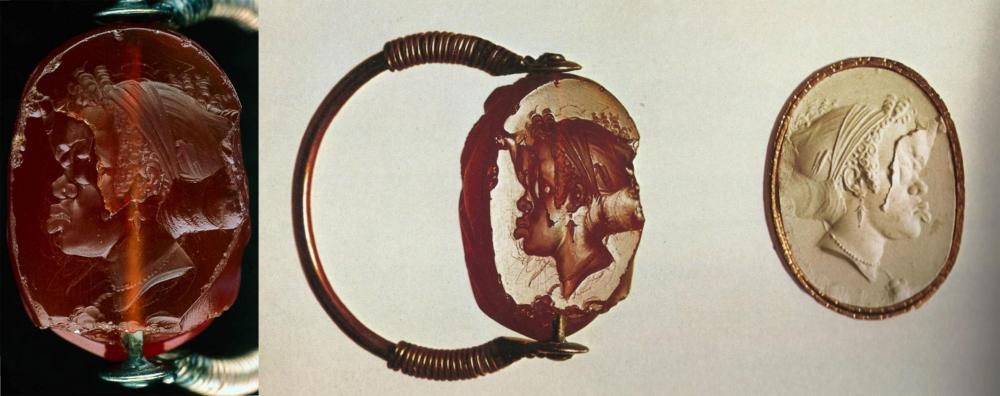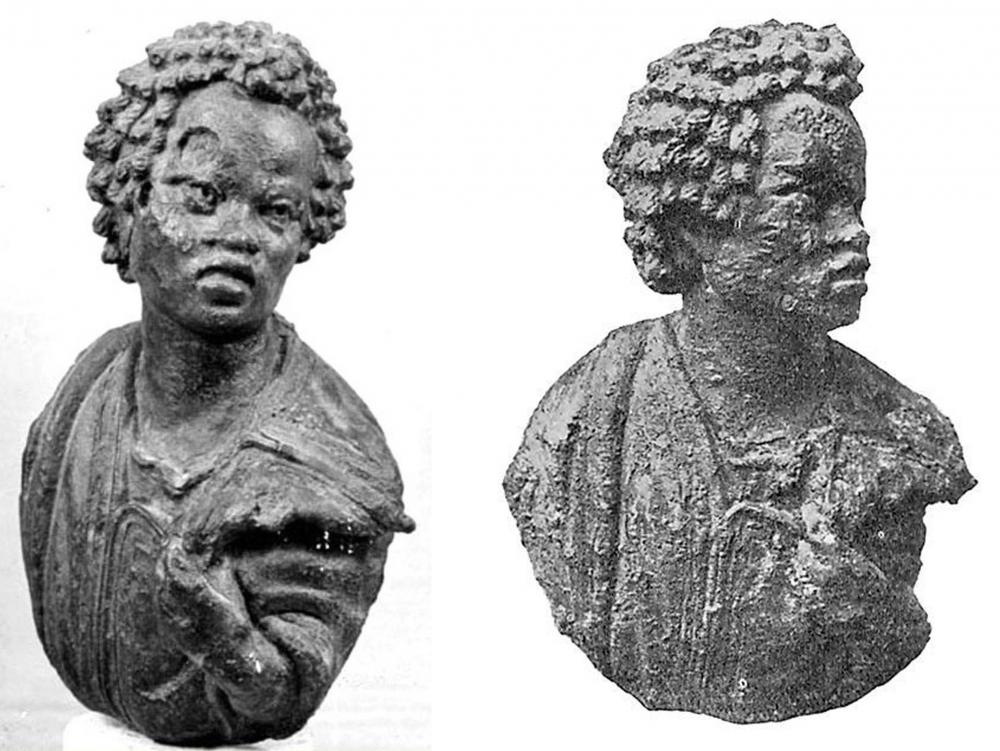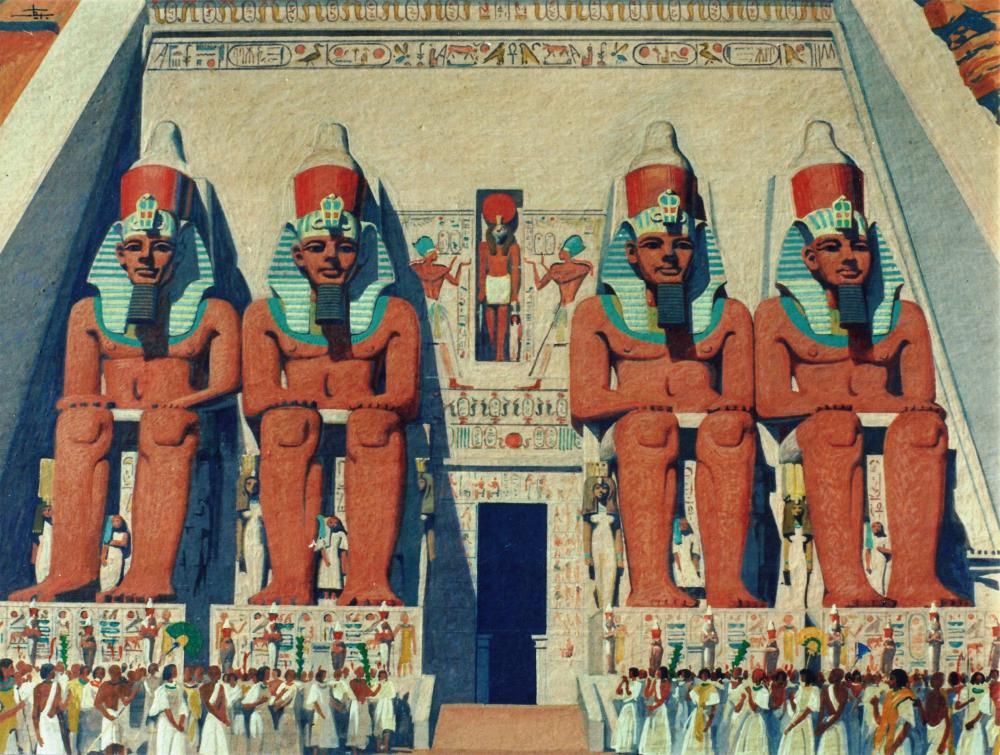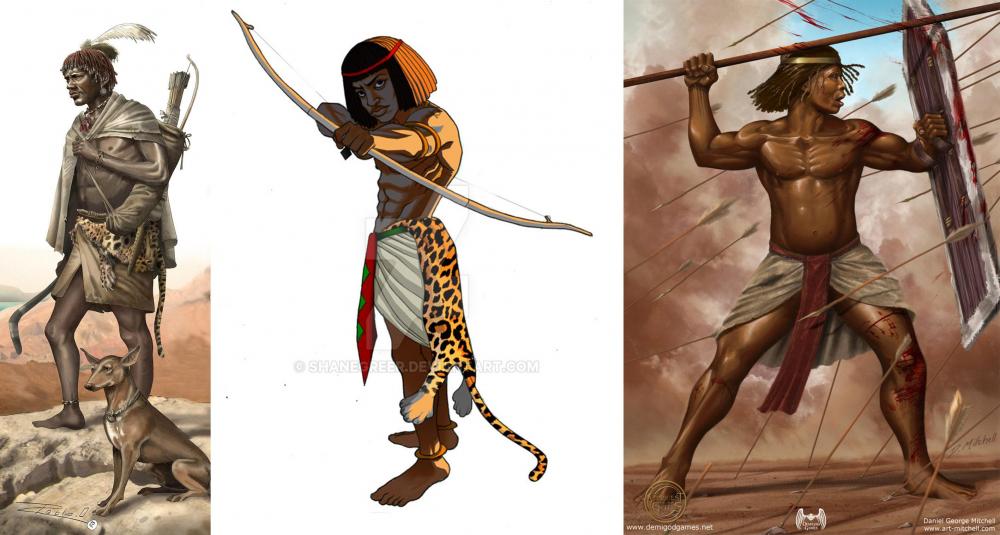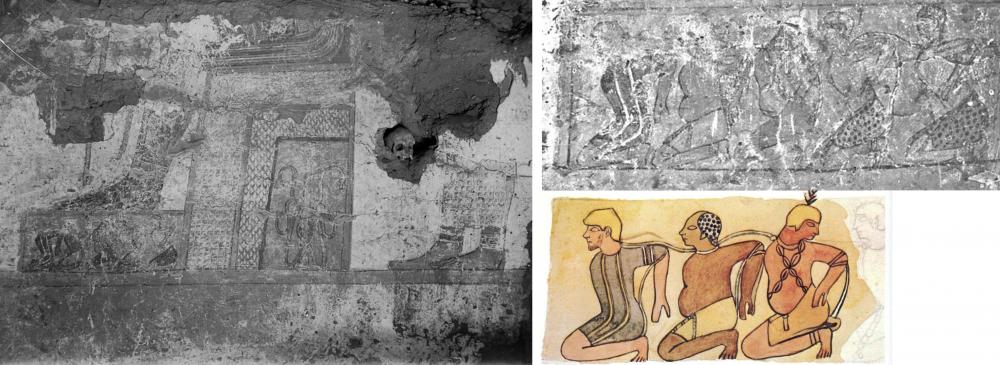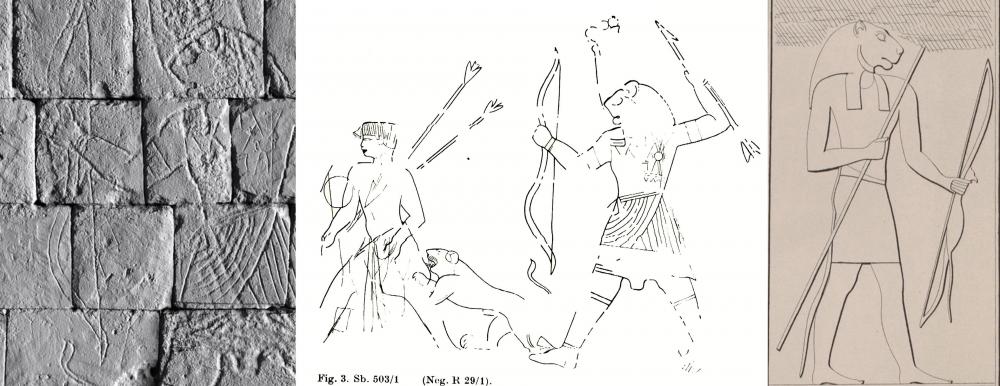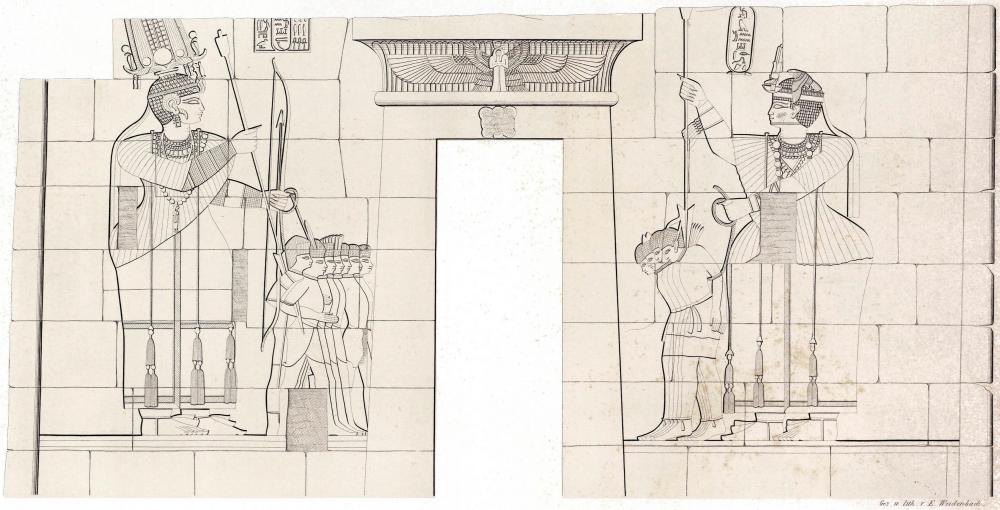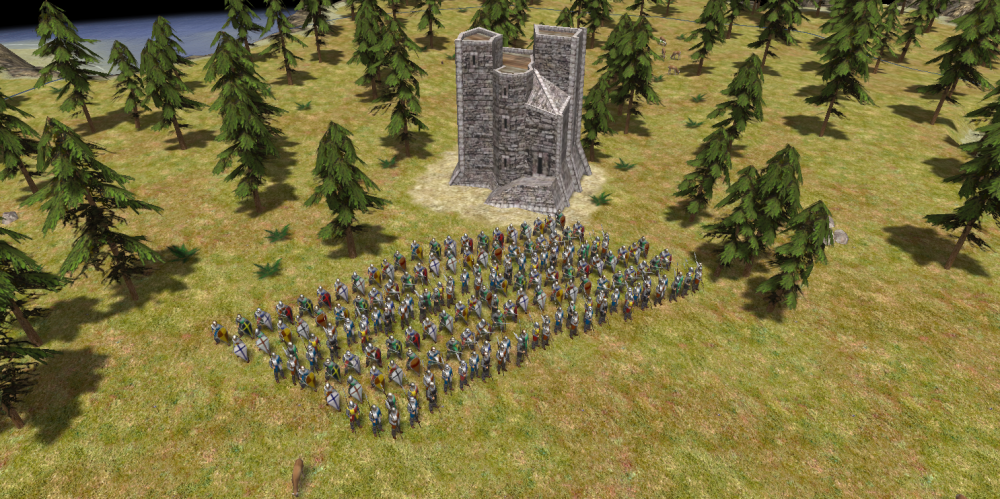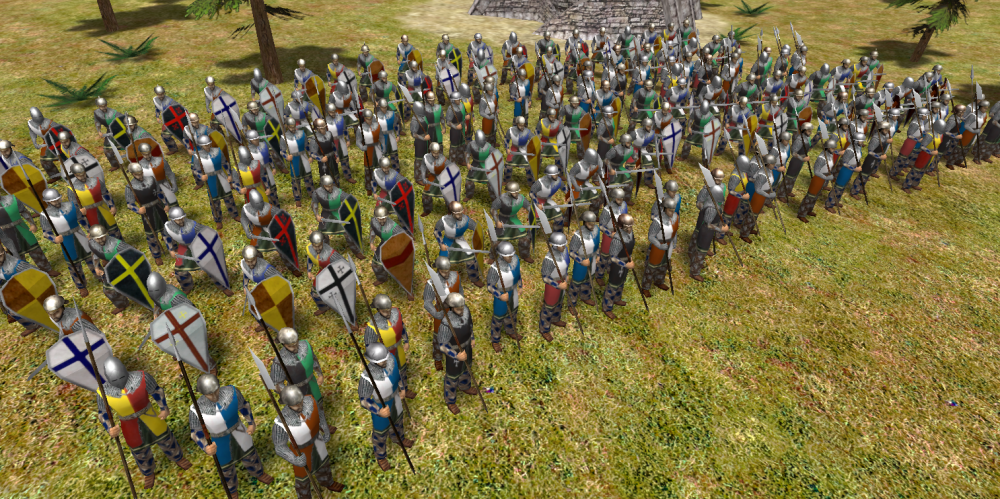Search the Community
Showing results for tags 'development'.
-
“Oh Great God, swift one. Who comes to him who calls. Watch my sister for me, the woman born in the same womb as me. Do for her as I have done for you. Spontaneous miracles that cannot be denied. Elevate her children and make them prosper, even as you did for me.” -From Taharqa’s prayer to Amun, at his temple in Kawa- "At the Height of his power, King Taharqa leads his queens through the crowds during a festival at the temple complex of Nubia's Jebel Barkal, it's pinnacle gleaming with gold. Accompanied by a sacred ship bearing an image of the god Amun, Taharqa is robed in a priestly leopard skin and crowned with the double uraeus that declares him Lord of the Two Lands - ruler of both Nubia and Egypt." [Taharqa is the 4th Pharaoh of the 25th dynasty and forefather of the later Napatan and Meroitic periods of Kush, seen in front of the Great Temple of Amun in Napata, artwork by Gregory Manchess]. The Kingdom of Kush: A proper Introduction By Malcolm Kwadwo Kwarte Quartey Often misunderstood, and even more often overlooked, Kush was a major centre of power in the ancient world. Its deserts and its armies formed the southern frontier of many classical civilizations. Its gold and ivory were prized throughout the Mediterranean and the Middle East. Its trade routes connected Africa to the rest of the world and its mercenaries served as far as Greece. Its rulers, many of them powerful queens, known as Kandakes, ruled in the style of the Pharaohs of the New Kingdom. City builders, administrators, craftsmen and artists, writers and musicians, ironworkers and goldsmiths, priests, warriors, farmers, cattle herders and horse breeders. Builders of pyramids. The bowmen of Nubia. Who were these Kushites? What is their story? Some of the iconic Nubian pyramids, at Begrawiya, the royal necropolis of Meroë. Between the 8th Cenury BC and 350 A.D., at least 255 pyramids were built by the Kushites, at sites like El Kurru, Napata, Meroë and Nuri. Comprehensive and richly illustrated introductions to Kushite history are hard to come by. Therefore I will attempt to provide you with a thorough analysis of Kushite history, outlining their origin and environment, culture and religion, architecture, economy and military. I will also be contextualizing them in the broader African, Mediterranean and Middle Eastern world of Antiquity, including their trade-relations as well as the prolonged wars they waged against several other heavyweights of their time. Because of a lack of credible and historically accurate representations of these people in popular culture, I have spent considerable time gathering a rich collection of primary sources, accurate and relevant images focused on important archaeological sites, reliefs, artefacts and historical reconstructions of houses, monuments, cities, and the people of Kush, as well as contemporary written histories. If any attempt is made to represent “The Kingdom of Kush” in any kind of media format, the histories and images provided in this introduction can provide the backdrop for literature, or the backbone for graphic art or the models of buildings, the environment and the people of Kush. King Tanyidamani and Apedemak, the god of war and fertility, on a votive plaque from the Naqa kiosk. Meroitic inscriptions are seen in the upper corners. Indentifying Kush Kushites are known and referred to by a number of names, depending on the specific time-period or source being discussed, easily confusing casual readers. The following terms are (sometimes erroneously) used interchangeably: “Kush”, "Cush" or “The Kingdom of Kush”, "The Kingdom of Kerma", "The Kingdom of Napata" or "Napatans", “The Napatan Empire” or the "25th Dynasty", “Meroites”, “The Meroitic Kingdom”, or more commonly, but less precisely, “Nubia”, or “the Nubians”. Egypt’s fearsome southern neighbor. This is Herodotus’ Aethiopia, but must not be confused with the modern day country of Ethiopia, which lies to the south of ancient Kush. Neither should they be confused with the “Kushans” of Bactria and India. The Kingdom of Kush was centred on the Southern Nile Valley in modern day Sudan. More specifically Upper and Lower Nubia (including a part of southern Egypt), the Bayuda desert and the Butana steppe, a vast, semi-arid, seasonal savannah, flanked by the Nile and the Blue Nile to the West, and the Atbarah River to the East. In the Butana people were able to take advantage of seasonal rainfalls to engage in large-scale agro-pastoralism. Mainly cattle herding and the cultivation of cereals. Likewise, the fertile banks of the Nile, with its annual inundation, provided rich soils for the cultivation of barley, wheat, sorghum and millet, along with cash crops like cotton and dates. In 450 B.C. Herodotus correctly identified one of the capital cities as Meroë, an ancient site that was used for royal burials as early as 890 B.C. Situated between the 5th and the 6th cataracts on the Nile, Herodotus called it a “great city... said to be the capital of the other Ethiopians”. An important note, is that Kushite and Egyptian history, culture, religion, politics and to some degree even language and ethnicity are so tightly interwoven, that Kushite history cannot be understood without that of Egypt, as can Egyptian history not be understood without that of Kush. Therefore there will be frequent mention of Egypt. In the past, this Kushite-Egyptian relationship has often been described as one of master and servant, relegating Kush to a backwater civilization, even riding on the coattails of Egypt. This sentiment is actively being challenged by modern academia and ongoing excavations and fresh discoveries are shedding new light on these complicated early chapters of human history. Egypt and Kush were two components of the interrelated, yet regionally distinct Nile Valley Civilizations and the symbiotic nature of the Kushite-Egyptian relationship will become apparent when examining both histories side by side. Unless explicitly mentioned, all images of historical sites and artefacts shared in this article are of Sudanese origin, with the exception of those from Lower Nubia, which is the southernmost part of modern day Egypt, but was politically and culturally part of Kush for most of its existence. These sites and artefacts belong to the Kerma, Napatan or Meroitic Periods of Kush, even though some may look very similar to their Egyptian contemporaries. Terminologies: To the ancient Kushites and Egyptians alike, the entire world was centred around the ebb and flow of the life bringing Nile River. They saw the water flow from a higher place (the headwaters of the Nile in the Ethiopian highlands and Central Africa), to a lower place, namely Northern Egypt, the Delta and eventually the Mediterranean sea. Thus, they considered southern lands "upper" (higher elevation), and northern lands "lower" (lower elevation). As a result, the traditional partitions of the Nile Valley are as follows (north to south): Lower Egypt, Upper Egypt, Lower Nubia, Upper Nubia. The cataracts of the Nile are shallow stretches of river or white water rapids between Aswan and Khartoum. 6 major cataracts brake the surface of the water with boulders, jagged rocks and rocky islets. These places are very difficult to navigate by boat and have often formed natural boundaries between different regions, and states. The use of the term "Nubia" only becomes widespread after the fall of Kush, and is associated with the rise of the Noba (Nobatae/Noubades/Nobatia). Nonetheless, "Nubia" is often used as a geographical designation for the lands south of Egypt. As such, for the duration of this article, "Nubia" will be used exclusively as a geographical term, referring to the areas from Aswan and the 1st cataract in South Egypt, to the 6th cataract in Central Sudan, divided into Lower Nubia (North) from the first to the second cataract, and Upper Nubia (South), from the second to the 6th cataract. It is important to note that ancient Kush stretched hundreds of kilometers further south of 6th cataract, beyond the traditional confines of Nubia. Likewise, the term "Ethiopia" (from The Greek Αἰθιοπία/Aethiopia, Αἰθιοπ- which roughly translates as "burnt face" and directly refers to black people in general), was the primary term used by Greeks in Antiquity to refer to Kush (and in later times more broadly includes all of Africa south of Egypt). In these writings, "Ethiopia" and its derivatives will refer to ancient Kush, and not the modern day country of Ethiopia, unless explicitly mentioned. Other, Egyptian names for the region include Ta-Nehesy (land of the riverine Nubians) which was a term also used by Kushites, and Ta-Seti (land of the bow), although both of these terms seem to refer to the northern areas of Nubia. Ta-Seti was later used as the name for the southernmost nome of Egypt (one of 42) bordering Nubia. Kushites themselves referred to these areas as "pdt psdt" (The Nine Bows). The term "Kush", is a term that was used by the Kushites themselves, evidenced by names like Kashta (k3š-t3, "from the land of Kush") , as well as being used by the Egyptians (k3š), Assyrian (Kuš, Kusaya, "Kushite"), Old Persian (Kuša), Ancient Hebrew (כּוּשׁ, Kūš, also Cush, Cushi/Kushi, Cushim) and Aksumite (Kasu). Therefore, "Kush" is generally used as the academic standard, referring to the Middle Nile Valley State south of Ancient Egypt, from c. 2500 BC to 350 AD., and will be the preferred term in these writings as well. A map of ancient Kush: Lower and Upper Nubia, Bayuda and Butana, in modern day Sudan. The core territories of Kush stretched more than a thousand km, from the first cataract around Aswan (the traditional frontier), to the southern Butana steppe. More than 80 ancient sites can be seen, most of which have occupation dates from the Napatan and Meroitic periods of Kush. These are mostly towns, cities and temple complexes, which often have earlier, and later occupation dates as well. The three successive capital cities of Kerma, Napata and Meroë are highlighted in red. Other important sites include: Qasr Ibrim, Karanog, Amara East, Sedeinga, Tabo, Kawa, El Kurru, Sanam, Nuri, Dangeil, Homat el Hamadab, El Hassa, Basa, Wad Ben Naqa, Naqa and Musawwarat es Sufra. The Neolithic in Sudan: Neolithic Sudan (c. 6000 BC - 2500 BC) was occupied by a number of cultures, distinct yet related, known as A-Group Culture, and Pre-Kerma. They are identified primarily from their pottery and burial mounds (tumuli), and established some of the earliest permanent settlements of the region. These cultures evolved along similar lines as their northern neighbours of the Naqada Culture in Predynastic Egypt, traded extensively and shared some cultural substrates. The A-Group (who's indigenous name is lost to us), derived much of its power from its location along important trade routes, affording access to carnelian, gold and exotic products from the African interior including incense, ivory and ebony. The first Dynasties of ancient Egypt eventually conquered parts of Lower Nubia (c. 3100 BC) and A-Group Culture virtually disappears as the area seems to have been depopulated. However, the Egyptians were forced to abandon their occupation by 6th Dynasty because of pressures from new groups arriving in the Nile Valley (perhaps a re-emergence of A-group), fleeing the expanding deserts 500 years later. These semi-nomadic groups are known as C-Group Culture and were organised into chiefdoms, practiced early agriculture as well as pastoralism. Old Kingdom Egyptian records list a number of the tribes to their south, including: Wawat, Irtjet, Setju, Medjau (Medjay), Kaau, Tjemeh (Temeh) and Yam. Wawat (north) and Yam (south) seem to have been the most powerful of these groups, absorbing other tribes, and even threatening Egypt. Elements of C-Group also fused with Pre-Kerma, and gave rise to the powerful Kerma-culture. The Medjay are associated with the Pan Grave Culture and the later Beja people, and are particularly known for their mercenary services in Egypt. Since the Old Kingdom, Egyptians had been recruiting mercenaries from all of these tribes in large numbers, and significant cross-cultural influences are evident, from burial practices to a shared royal iconography and religious syncretism. The general political situation in the Neolithic Southern Nile Valley (left), pre-Kerma around c. 4th millennium BC (centre), and a Medjay warrior depicted on a bucranium (cattle skull) from Mostagedda, Middle Egypt, (right), illustrating the use of Hieroglyphs among the southern populations living among the Egyptians.. Post-Neolithic Sudan: The rise of Kerma (c. 2500 BC) sees the absorption of these tribes into a strong centralised state, know as Kush, which ended up rivalling Egypt itself. This period sees some of the first monumental construction activities in Sudan, organised labour, advanced metallurgy, cross-continental trade networks and the earliest use of Egyptian hieroglyphs as well as being embroiled in violent conflict with their northern neighbour, annexing lower Nubia and raiding as far north as Thebes. A thousand years after its establishment, the Kingdom of Kerma was conquered by the New Kingdom. 500 Years of occupation blurred the lines between Kush and Egypt, as the material culture of the two countries became nearly indistinguishable. When the New kingdom collapsed, Kush once again became an independent state ruled from Napata, and even conquered and ruled all of Egypt as the 25th Dynasty for almost a century. Later, Kush was ruled from the more southern Meroë, and continued practicing pharaonic culture until the 4th cenury AD. Napatan and Meroitic period Kush were major powers in their own right, well known to the superpowers of the Mediterranean and the Middle East, standing their ground in conflicts with the Saite Dynasty, Assyrians, Persians, Ptolemies and Romans, as well as being in a near perpetual state of warfare with its tribal periphery. Kush ultimately collapsed under pressures from desert tribes, increasing aridification and invasions from the emerging Aksumite empire (modern day Ethiopia and Eritrea). The History of Kush can be divided into 4 major periods: Kerma Period (c. 2500 BC - c. 1504 BC) New Kingdom Egyptian Period (c. 1504 BC - c. 1077 BC) Napatan Period (c. 795 BC - c. 590/270 BC) Meroitic Period (c. 590/270 BC - c. 330 AD) There is some debate as to whether the Meroitic period begins with the first sack of Napata by Psamtik II (c. 590 BC), or with the definitive move of the royal cemeteries to Meroë and the introduction of Meroitic script (c. 270 BC). I will continue by discussing the different periods of Kush separately, with a special focus on the Napatan and Meroitic periods, but first: Something on the difficulties involved in this research The history of Kush can be said to be relatively obscure. Many of the general histories refer to it only fleetingly, and pop-culture references are rare. This can not be attributed to a lack of documentation however, as many aspects of Kushite history are better understood than those of many of their contemporaries. There is a rich corpus of written histories and biographies left behind by the Kushites themselves, and ample mention in ancient Greek, Roman, Assyrian and Egyptian sources as well. Meroë was first noted in Western literature in 1772, by the Scot James Bruce, and Frederic Cailliaud published the first scientific survey of Sudanese monuments, Voyage à Méroé, in 1826. Since then, hundreds of archaeological sites have been identified, some of which have been under excavation for well over a century. Then what has lead to this relative obscurity? The first major excavations of Kushite sites took place from 1909 - 1914 (excavation of Meroë) under John Garstang and from 1913 - 1920 (excavation of Jebel Barkal), under the American archaeologist of Ancient Egypt, Nubia and Palestine, George Andrew Reisner. Reisner originally dismissed the sites as Egyptian satellite settlements, but this soon proved to be wrong. Owing to the racial sentiments of the time however, the prevailing principles of scientific racism didn’t allow the otherwise prolific Reisner, and others of his time to recognize that these sites were built by dark-skinned Africans, and that the local black people they were employing in their digs were actually the descendants of this ancient civilisation. As the Sub-Saharan features of Kushite rulers became increasingly apparent, the history of Kush was increasingly neglected. In the words of Timothy Kendall (Ph.D., Classical, Ancient Mediterranean and Near Eastern Studies and Archaeology), a prominent historian and archaeologist directing excavations at Jebel Barkal since 1986: “While Reisner's deductions still strike us as astonishing for their brilliance and essential correctness, we are equally appalled to discover his inability to accept that the monuments he excavated were built by bona fide black men. Using entirely specious evidence, he formulated a theory that the founders of the 25th or "Ethiopian" Dynasty of Egypt were not black Sudanese but rather a branch of the "Egypto-Libyan" (by which he meant "fair skinned") ruling class of Dynasty 22, and that they were called "Ethiopians" by the Greeks simply because they dominated a darker-skinned native "negroid" population, which, as he stated, "had never developed either its trade or any industry worthy of mention." Like Taylor and Lepsius, believing absolutely that skin pigmentation was a determinant of intellectual ability and enlightenment, Reisner attributed the apparent cultural decline of the Napatan phase of the Kushite culture (ca. 660-300 B.C.) to the "deadening effects" of racial intermarriage between his imagined light-skinned elite and darker-skinned hoi poloi. The Meroitic cultural renaissance (after ca. 300 B.C.) he explained as simply the result of new influxes of Egyptians. Nubian cultures, he reasoned, were not as developed as the Egyptian because the people were of mixed race, yet by virtue of their relationship to the superior Egyptian race, they were elevated far above the "the inert mass of the black races of Africa." This was Reisner at his worst. Such unabashed racist interpretations, widely published in scholarly journals at the time and accepted as gospel by the popular press, today offend and embarrass all of us. Yet it is interesting to note how such pervasive racism then affected the discipline of Nubian Studies in America. Reisner, very much a product of his time, seems to have had an unconscious need to believe that his Kushite kings were "white" (or "white men" in darker skin, or dark men with "white souls") in order to make them and their culture more worthy of study to himself and more acceptable to the contemporary scholarly and museum-going public -- and perhaps even to his financial backers at the Museum of Fine Arts. Yet whether judged as "white" or "black," Nubian civilization could not have received much popular interest at the time. If it were merely an offshoot of a "white" Egypt in central Africa, as Reisner theorized, then it would inevitably be judged as late, decadent, and "peripheral" (i.e to the Egyptocentered and Eurocentered universe). If it were "black," then in the minds of his contemporaries it would be utterly irrelevant to history. In either case, it seemed to offer few attractions as an area of study for Egypologists of that generation, and almost none pursued it. Contemporary books on Egyptian history virtually ignored it. [...] When the mass of material from Reisner's excavations in the Sudan was sent back to the Boston Museum in 1924, most of it went into storage and was all but forgotten. When in the late 1970s it was rediscovered by the Museum's curators, they joyously identified it as one of the Museum's most important and unique treasures, assigned it to several national and international touring exhibitions, and finally installed it in a special permanent gallery.” Apart from Kushite history essentially being ignored for such a long time, other events like the deliberate destruction of archaeological sites has been a real problem. The Italian treasure hunter, Giuseppe Ferlini, for example, destroyed over 40 pyramids between 1834 and 1836 in his hunt for gold, less than 10 years after they were first documented by Cailliaud. Ancient destruction events, like the invasion of Psamtik II, the Roman invasion and especially the Aksumite invasion have been particularly destructive as well. Entire archaeological sites such as the temple of Taharqa in Kawa are often reburied after their initial excavations, to protect the remains from the harsh weather, obscuring them from view, and thus limiting exposure. In addition, tens of thousands of precious artefacts were shipped all over the world and can be found in private collections and museums, which often lump Kushite artefacts together with the Egyptian collection, often with little mention of their origin or political context. It’s not until the past few decades that the interest in Kushite history has been rekindled, and large scale excavations have recommenced. A reexamination of the available sources, combined with our ever-growing knowledge gleaned from the now near constant excavations are shedding a whole new light on this once thriving civilization. Finding quality information on the Kushites in your local library however, is unlikely, and many sources on the web are simply unreliable. Primary sources, books by authoritative historians specialised in this region and archaeological dig reports are by far the most reliable sources, but aren’t always easy to come by. In addition to the aforementioned difficulties, Kushite archaeological sites and artefacts are generally in a poor state of preservation. Unlike Egypt, much of Sudan lies in the rain-belt, and receives annual showers, degrading organic materials much faster than they would in the arid northern deserts. Building materials like wood and lower quality mud bricks perish easily and higher quality (fired) bricks and cut stone have historically been “mined” from Kushite sites for the construction of modern towns. Many later, and even modern towns and cities are actually built on top of ancient settlements. Vandalism and looting from poorly protected sites is also a real issue, and the lack of funding and regular political instability in Sudan hinder excavation efforts, especially on the periphery of ancient Kush, which is often reduced to a conflict zone. One of the biggest challenges however has been the construction of the Aswan High Dam in Southern Egypt, which created Lake Nasser, flooding an almost 500 km stretch of Lower Nubia, an area rich in Kushite archaeological sites including countless cities and towns, temple complexes and fortifications… Lake Nasser also displaced more than 60.000 indigenous Nubians from their ancestral homelands, flooding as many as 71 towns and villages. Nubians today are a marginalised minority population, with a unique language and culture, and have faced persecution and discrimination from both the Egyptian and Sudanese Arab-led governments. The construction of new dams in Sudan are threatening even more Nubians with displacement, and will flood even further archaeological sites. The final note on the difficulties in investigating this history is about names and terminologies. Over the past two centuries or so, many different research institutions and individuals have studied, and written about the Kushites, often in their own languages, and often with little regard to previously used spelling-methods. As such, archaeological sites and the names of rulers often have alternate spellings, depending on the source being consulted. Kushites themselves also used a variety of names for the same person or place. Some examples: rulers: Taharqa = Taharqo = Taharco = Tirhaka = Taraca = Tarka = Tarco = Tarko = Tarakos = … Piye = Piankhi Shebitku = Shebitqo = Shabataka Shabaka = Shabako Amanirenas = Amanirena = Amnirense Amanishakheto = Amanishakhete = Amanikasheto Shanakhdakheto = Shanakdakhete Tantamani = Tanwetamani = Tanutamun = Tementhes Arakamani = Arkamaniqo = Arkakamani = Ergamenes I Although the chronology of Kushite rulers is relatively well understood, different sources list slightly different or even imprecise dates for these rulers. place-names: Jebel Barkal = Gebel Barkal / Birkel / Berkel (the location of Napata) Napata = Napita = Nabata = Npt Meroë = Birawe = Medewi = Bedewi = Meruwah = Meron = Merari Naqa = Naga = Naga’a = Naq’a = twjlkt = tolkte Wad ben Naqa = Wad ben Naga = Wad ban Naqa = Ouad-Beyt-Naga = Wad Naga Kawa = Gematon = Gempaten Qasr Ibrim = Premnis = Pedeme = Primis Pselchis = Pselkis = Pselqet = Dakka Musawwarat es Sufra = al-Musawwarat as Sufra = El-Mecaourah = Aborepi Taking all these points into consideration, it is important to realize when studying Kushite history, that we are mostly limited to what remains, which constitutes only a fraction of what once was. Kerma, the First Kingdom of Kush: c. 2500 BC - 1504 BC The standing remains of a c. 4000 year old monument. The Western Deffufa, a massive mud brick temple in the center of Kerma, capital of the first Kingdom of Kush. Excavation results at Kerma, the first capital of Kush, also known as the Kingdom of Kerma. Aerial view of a historic reconstruction of the central district of the Royal City of Kerma, somewhere around c. 2050 - 1750 BC, showing the Western Deffufa, a massive mud-brick religious monument, still standing today at 18 meters in height , surrounded by elite residential area's. This central area was walled with massive earthen ramparts with bastions. A large necropolis, shrines, palaces and agricultural villages extending north and south towards the fertile plain of the Nile surrounded this district. The Kingdom of Kerma evolved from pre-Kerma and C-Group Culture influences, in northern Sudan in the third millennium BC. Kerma is the first expression of Kushite culture and saw the development of the earliest known urban settlement patterns south of Egypt. By 2500 BC Kerma emerged as a regional centre and by 1700 BC the city of Kerma had an estimated population of over 10.000 people. The "Eastern Cemetery" contains over 30.000 graves, with some royal burial mounds (tumuli) extending over 90 meters in diameter, ringed by smaller graves and thousands of cattle-skulls known as bucrania. The city boasted monumental buildings, palaces, residential areas, storehouses, worksites, and a system of thick defensive walls, miles of irrigation canals and engaged in long distance trade. Kerma was known for its extensive blue faience (glazed quartzite), gold-processing, bronze-working, ivory, pottery and jewellery. It was the seat of a highly centralized state. The first of many in Sudan. One of the things Kerma is most known for is its distinctive black topped red polished pottery found abundantly in Kerma-sites. A popular export product for the Ancient Egyptian market as well. Two of the most important symbols of royal authority in the later kingdoms of Kush, the Ram and the Lion first appear at very early dates, during the Kerma period. The Rams from Kerma were in all probability the precursor to the later state god of Kush, the ram-headed deity known as Amun of Napata. At 120 cm long, the large faience inlay of a lion (one of a pair), took up a prominent position on the walls of the Eastern Deffufa, a funerary monument in one of Kerma's Eastern Cemetery. . Blue glazed faience and pottery from Kerma. The sometimes striking similarities with contemporary Egyptian art (hippo and pottery shard) makes identifying the origin of manufacture an often contentious issue. Ancient Egypt and Kush were each others primary trading partners (and enemies), and numerous artefacts from each culture regularly made their way in to the others' grave-sites (through peaceful exchange or violent raids), including entire statues like the famous Middle Kingdom funerary statue of the Lady Sennuwy, found in a royal tumulus of a King of Kerma, indicative of successful Kushite campaigns against their northern neighbour. Other pieces are typically Sudanese, such as the "blue glazed faience wall tile representing one of the local enemies of the kingdom of Kerma, from a chapel in which foreigners were shown bound together to symbolize the domination of the Kerma kingdom". Some of the most common grave-goods, and a major export item of Kerma period Kush were its beads. The beads from Kerma come in a large variety of shapes, sizes and colours, and are produced from glass, polished stones, faience, gold and bronze The history of Kerma is in itself divided in several main settlement periods: Pre-Kerma (c. 3500–2500 BC) No C-Group culture Phase Early Kerma (c. 2500–2050 BC) C-Group Phase Ia–Ib Middle Kerma (c. 2050–1750 BC) C-Group Phase Ib–IIa Classic Kerma (c. 1750–1580 BC) C-Group Phase IIb–III Final Kerma (c. 1580–1500 BC) C-Group Phase IIb–III Late Kerma – ‘New Kingdom’ (c.1500–1100? BC) The riches of the Kingdom of Kerma had been prized since the Old Kingdom, and the kingdom is attested in Egyptian records as Kush (k3š), as early as the Middle Kingdom. Starting with Senusret I, and particularly Senusret III of 12th Dynasty, Egypt gained its first permanent foothold in Lower (northern) Nubia, with the establishment of 17 fortresses, such as the enormous fortress of Buhen in c. 1860BCE. By the 13th dynasty, Egyptian power waned, and by the mid 17th century BC the Egyptians were forced to abandon the forts and Lower Nubia was reoccupied by Kush. By c. 1650BCE Kerma was strong enough to challenge Egypt itself, formed an alliance with the invading Hyksos from the north, and raided deep into Upper Egypt, as recorded in the inscriptions of the tomb of Sobeknakht II at El-Kab where he was governor at the time, and successfully repulsed the "massive Nubian invasion on the small and fragile 16th or 17th Dynasty city state of Thebes". These events almost brought about a premature end to Pharaonic Egypt, and led to the Second Intermediate Period. "Kushite warriors lay siege to one of seventeen forts [Buhen] constructed by the great Egyptian kings of the Twelfth Dynasty to safeguard the southern frontier of the country from attack by dark-skinned neighbors to the South. Although these forts were considered impregnable, they were stormed and partly destroyed by brave "Kerma Kushites." Hansberry. W., & Johnson, E. (1964, November 1). Africa's Golden Past. Ebony, 36" Curiously, Nubian bowmen played a crucial role as mercenaries (the original Medjay), in Kamose’s campaign against their former Hyksos allies, and Kush continued to supply much of the Egyptian armed forces in subsequent periods. Kushite mercenaries in service of the Theban Pharaoh Kamose in his war of liberation against the Hyksos. Art by Angus McBride. Typical Kerma period bronze daggers with ivory pummels. Archers were among the most important mercenary units recruited from Kush, and were a popular theme in Egyptian wooden figurines, such as the ones found in the tomb of Mesehti, an 11th Dynasty nomarch of the 13th nomos of Upper Egypt. New Kingdom Egyptian Period c. 1504 BC - 1077 BC After the Hyksos were expelled, Egypt undertook a number of campaigns against the so-called "wretched Kush" under Tuthmosis I and Ahmose I. This eventually resulted in the annexation of Kush (as far south as the 5th cataract) and the destruction of Kerma c.1504 BC. In a final insult, Tuthmosis sailed back to Egypt victoriously, with the body of the slain King of Kerma hung upside down from the prow of his ship. After this conquest, Kerma culture was increasingly 'Egyptianized' yet rebellions continued for 220 years (until c.1300 BC). The New Kingdom Pharaoh Horemheb campaigning in Lower Nubia against "the wretched Kush". Art by Angus McBride. During the New Kingdom, Kush nevertheless became a key province of the Egyptian Empire: economically, politically and spiritually. Major Pharaonic ceremonies were held at Jebel Barkal in Napata, and the royal lineages of the two states intermarried. What was first a colonial relationship became increasingly symbiotic. In this period, Kush was ruled by the "Viceroy of Kush", also known as the "King's son of Kush", and were probably of Nubian royalty. It has been postulated that the later Napatan kings evolved from this New Kingdom office. Another school of thought however maintains that Meroë, an area inhabited since the Neolithic and was never under Egyptian rule, was the origin of the Kings of both the Napatan and the Meroitic periods. Kings as early as Taharqa explicitly mention being the "good son in Meroë" before "being called by Amun of Napata" to receive kingship. During the New Kingdom period Kushites became prominent in the powerful cult of Amun, and were often tasked with the protection of temples and tombs of Upper Egypt. Kushites also provided a significant number of warriors for the New Kingdom army and often rose to high positions of power. A rich wall painting from the Theban tomb (TT40) of "Amenhotep called Huy", Viceroy of Kush under Tutankhamen. The scene depicts the arrival of Huy and various Kushite royals at the pharaoh's court in Thebes, bringing offerings from the southern lands to the Egyptian monarch. The rich display of Kushite products include luxurious furniture, shields covered in cowhide and leopard pelt, bows, chariots, gold, cattle, exotic pelts, slaves and even a giraffe. Surprisingly, even horses were exported from Kush to Egypt at this early date, depicted onboard of Huy's ships. These products, among others, are mirrored in many other Egyptian scenes depicting Kushite offerings, as well as being displayed in later Napatan and Meroitic reliefs. Even the remains of furniture, strikingly similar to the examples in the painting have been unearthed from Kushite tombs. During the Egyptian occupation many great monuments were built in Kush by the New Kingdom pharaohs, partly to impress and awe their southern neighbors into submission, and to solidify Egyptian religion. Monuments such as Abu Simbel, constructed in the 13th century BC by Ramesses II, in Lower Nubia. A site of great religious ceremonies. During this period the aristocracies of both Egypt and Kush intermingled freely, and gave rise to a distinct Egypto-Kushite culture, that was to last for many centuries after the collapse of the iconic New Kingdom. Art by Hussein Bicar. Jebel Barkal is a modest, lonely mountain rising steeply from the flat desert floor surrounding it, located at a large bend in the Nile, where the waters flow southwards (instead of north) for several hundred kilometers, before turning northwards again, a spiritually profound fact for the later Egyptians. Kushites and Egyptians alike considered it the site of the creation of the world, and the source of kingship. A local, ram-headed deity was worshipped here, and when the Egyptians passed the mountain in their conquest of the region, declared it the southern home of Amun, and the ram, his southern form. In the 15th century BC, Thutmose III established the first mudbrick temple to Amun at the foot of this mountain which marked Egypt’s southern most centre of administration. Jebel Barkal was known to the Egyptians as "Dju-Wa’ab" (Pure Mountain) and "Nesut-Tawy" (Thrones of the Two Lands), and they considered it a more ancient, southern mirror of Karnak, Thebes, which they gave the same name: "Ipet-Sut" (Most Select of Places). Successive pharaohs built and rebuilt temples here creating a religious centre. The city that arose around this religious centre became known as Napata and was to become one of the most important cities of Kush, as it’s religious capital, and the seat of the cult of Amun. Around 1075BCE, the New Kingdom collapsed, and the Egyptianised people of Kush reasserted their independence, eventually setting up their own kingdom, ruled from Napata. This ushered in the Napatan period. The 25th Dynasty and Napata, the second Kingdom of Kush: c. 790 BC - 590/270 BC "I shall cause Egypt to taste the taste of my fingers" - Piye, first Kushite pharaoh to rule all of Kush and all of Egypt - Alara is the first ruler of the Napatan royal dynasty whose name is preserved to us and is credited with the unification of the fragmented lands of Kush, from Meroë to the areas north of Napata. By the 750's BC, his successor and possible brother, Kashta (literally: from the land of Kush), invaded Upper Egypt and occupied Thebes. His successor, Piye, completed the conquest, and conquered one of the largest empires the Nile Valley had ever seen. Piye, Shabaka, Shebitku, Taharqa and Tantamani, often dubbed the "Black Pharaohs", all ruled Egypt, as well as Kush, as pharaohs of the 25th dynasty, also known as the “Nubian Dynasty” or the “Kushite Empire”. They saw themselves as the custodians of classic Nile Valley culture and religion. The true heirs of the New Kingdom. Piye built the first royal pyramid the Nile Valley had seen in over 500 years, a tradition the Kushite kings continued in to the 4th century A.D. They initiated major restoration projects on the ancient temples, and built many new ones. Taharqa's construction efforts at Karnak for example, are noteworthy, like the Kiosk of Taharqa, and the Osirian temple. These activities reinvigorated Egyptian traditional religion, especially the cult of Amun. The Kushite pharaohs received tribute from powerful states in the Levant while expanding their military activities as far north as the Kingdom of Judah. This period is characterised by new heights of prosperity as well as violent conflict with the Neo-Assyrian Empire. "After capturing city after city along the Nile River in 730 B.C., troops commanded by King Piye of Nubia storm the great walled capital of Memphis with flaming arrows. Piye modeled himself after powerful pharaohs such as Ramses II, claiming to be the rightful ruler of Egypt. His triumph over the northern chiefs would unite all Egypt under Nubian rule for three-quarters of a century." Art by Gregory Manchess The Kushite Pharaoh Piye (also known as Piankhi) receiving tribute from Egyptian (Libyan) princes in the Nile Delta. Art by James M. Gurney At the height of their power, just before the crippling wars with Assyria, Taharqa (left, art by Gregory Manchess) and his predecessors, Piye, Shabaka and Shebitku of the the 25th dynasty not only ruled the largest empire the Nile Valley had ever seen, stretching hundreds of kilometers further south than the New Kingdom ever did, but actually ruled one of the largest empires in the world of the late eight century BC. The Assyrian wars Growing tensions over Kushite activity in the Levant, led to a series of devastating wars with the Neo-Assyrian Empire beginning (indirectly) in 720 BC with a pitched battle near Raphia in modern day Gaza, where Egyptian forces under the insubordinate Kushite vassal Tefnakht provided military aid to Hanunu, King of Gaza, in his unsuccessful rebellion against Sargon II. The battle of Eltekeh in 701 BC, in the Kingdom of Judah, then under the protection of the 25th Dynasty pharaohs, was the next major engagement. Under King Shabaka (or Shebitku), the young prince Taharqa commanded the Kushite armies and defeated the forces of Sennacherib, saving Jerusalem from almost certain destruction. These events are even alluded to in the Old Testament of the Bible, in 2 Kings 19: 9-11: "Now Sennacherib received a report that Tirhakah, the king of Cush, was marching out to fight against him. So he again sent messengers to Hezekiah with this word: “Say to Hezekiah king of Judah: Do not let the god you depend on deceive you when he says, ‘Jerusalem will not be given into the hands of the king of Assyria." Kushite political ambitions in the Levant were clear, and the Phoenician city of Tyre (Lebanon), openly rebelled against Assyrian rule with Kushite support. Under Esarhaddon, the resurgent Assyrian armies invaded the levant once again, crushing the Phoenician revolt. In 673 BC they met the Kushite forces outside the Philistine city of Ashkelon, but were soundly defeated by the now pharaoh, Taharqa. In 671 BC Esarhaddon again launched an attack, this time from the Sinai, and Taharqa was forced on the defensive, fighting running battles with the Assyrians all the way to Memphis. Taharaqa was eventually defeated and Memphis, his northern capital, was conquered and sacked. Taharqa was wounded five times by the arrows of Esarhaddon and fled towards Thebes. Taharqa’s queen and secondary wives, brothers, as well as Ushankhuru, the Nubian crown prince were captured alive and taken back to Nineveh. An Assyrian and a Kushite duke it out, in one of many battles fought during the Assyrian invasion of the Levant and Egypt. Art by Angus McBride. On the left, an Assyrian battle relief depicting the siege of the northern Egyptian walled city of Memphis, held by the Kushites of the 25th Dynasty. Some of the archery heavy Kushites are seen with a typical feather in their hair. In the middle, a detail of the bound Kushite captives being taunted with decapitated heads of their fallen comrades. On the right, the victory stele of the Assyrian King Esarhaddon, depicting the sovereign holding a bound Judean King, and the Kushite crown prince and son of Taharqa, Ushankhuru, on ropes. The Judean King has a ring piercing his lips, through which the rope is attached. The kneeling Prince Ushankhuru is tied with a rope around his neck. The uraeus on his head affirms his status as a royal captive. The lower half of the stele is entirely covered in cuneiform inscriptions. Taharqa's successor, Tantamani reconquered all of Egypt once again in 664 BC, killing Necho I, the Assyrian vassal king. The conquest was short lived, as the Kushites were again pushed back by the Assyrians under Ashurbanipal who even sacked Thebes, the southern Egyptian capital. By 656BCE, originally an Assyrian vassal, Psamtik I of the 26th (Saite) Dynasty took definite control of Thebes, ending the Kushite presence in all of Egypt. Psamtik II, with the participation of Greek mercenaries, even campaigned in Lower Nubia in 590 B.C. and may have even sacked Napata. The Kushite seat of authority was now slowly shifting towards the more southern Meroë, eclipsing Napata, and giving rise to a distinctively more “Africanised” Meroitic culture. Kush and the Persians By 609 BC, The Neo-Assyrian Empire had collapsed, and was absorbed by the Achaemenid Persian Empire under Cyrus the Great. His successor, Cambyses II, successfully conquered Egypt in 525 BC, ending the Saite Dynasty, after which he attempted the conquest of Kush. He was met with catastrophic failure, apparently "unable to cross the desert". According to Herodotus, when Cambyses II sent spies disguised as messengers bearing gifts to the court of the "Ethiopian King" (probably Amaninatakilebte), the King realised that these were spies, and told them to deliver the following message to Cambyses, along with a bow: "The King of the Ethiopians advises the King of the Persians to bring overwhelming odds to attack the long-lived Ethiopians only when the Persians can draw a bow of this length as easily as I do; but until then, to thank the gods who do not incite the sons of the Ethiopians to add other land to their own.', So speaking he unstrung the bow and gave it to the men who had come". Strabo wrote that Cambyses II's army passed Karanog, before being "overwhelmed by the setting in of a whirlwind", forcing them to withdraw. The actual nature of the confrontation is unclear, but the presence of a Persian army at Karanog as well as the depiction of Middle Eastern looking captives in some Kushite reliefs of the time, and the romanticisation of the Kushite-Persian war in classic literature (see Heliodorus of Emesa's Aethiopica) suggests there may well have been a direct confrontation. After this initial clash, Persian and Kushite Kings participated in the ritual exchange of royal gifts, as evidenced by the "Ethiopian tribute bearers" in the reliefs of Persepolis and the presence of Persian luxery items like silverware in the burial chambers of Kushite kings. Various sources also list and depict "Aethiopians" in the armies of Xerxes' failed invasion of Greece (480 BC), both in the infantry and navy. Herodotus describes them as clothed in the skins of leopards and lions, armed with bows and stone-tipped arrows, spears with tips of antelope horns and knotted clubs. He also says: "When they went into battle they painted their bodies, half with chalk, and half with vermilion.". They may have originated from the border region in Lower Nubia, but these rather primitive descriptions are eerily reminiscent of the Nuba, a people inhabiting the Nuba Mountains of Kordofan (Southern Sudan), who's ancestors lived on the periphery of Kush, partially integrating into the state, as well as being a source of slaves and war-captives, exported to the Mediterranean and the Middle East. Later Napata and Meroë Despite the loss of Egypt and increasing pressure from Mediterranean and Middle Eastern states, Kush continued to thrive as an independent state. They preserved the old rituals and religion, culture and even language of the New Kingdom and their 25th Dynasty predecessors, although there was a definite pivot to the south, and the old principles were reimagined in a more Africanized context. By all accounts, the Pharaohs of the 25th dynasty are the forefathers of the later Napatan and Meroitic periods, and its rulers. The Kings of Meroë went to great lengths to preserve the Egyptiansed customs they inherited, but neither did they shy away from developing their own, independent culture, religious practices, writing systems, architectural styles, aesthetic principles, military systems and trade networks. They also incorporated Mediterranean and Middle Eastern influences. Combined with their close proximity to very warlike, sometimes nomadic, African tribes like the Blemmye and the Noba, and the assimilation of many of these tribes in to a greater Kushite state, demonstrate a surprising level of social and political complexity. The dreams of reconquering Egypt never fully faded either, and is illustrated by King Harsiotef's conquest of parts of Southern Egypt (Lower Nubia) as far north as Aswan, including Egyptian cities like Elephantine and Philae in the 4th century BC, and the consolidation over these areas by King Nastasen's victory over an invading force from Egypt under King Khabbash in the 330's BC The complex interactions of many peoples, cultures and influences, increasingly transformed Meroë into a uniquely African civilization. It is this later expression of Kushite culture, during the late Napatan and early Meroitic period that we shall examine further. Starting around 590BCE, when Meroë started eclipsing Napata, and ending with the Aksumite invasions of Kush, around the 330's AD. Napata, the second capital of Kush: Satellite image of the ruins of the central temple district of Napata. The "Pure Mountain", Jebel Barkal was the home of Amun, and the site of royal coronation rituals since the New Kingdom all the way through to the Meroitic period. Detailed plan of excavation results in Napata, showing the central temple district at the foot of Jebel Barkal, with many temples to various gods and at least 4 visible palaces. The large central temple (B500) is the Great Temple of Amun, and was the site of royal coronations and other important rituals. At 156 meters in length, this temple was enormous (significantly larger than the Parthenon on the Athenian Acropolis, Greece at "only" 69,5 meters), and the largest and most important of the many Amun temples dotting the Kushite landscape. It was rebuilt and restored several times during its long existence. Napata in it's full glory around the 1st century BC, infront of the holy mountain, Jebel Barkal. King after King commissioned restorations and new temples. Even after the move to Meroë, many kings continued to be crowned here. This illustration stays true to archaeological reports on the site. Art by Jean-Claude Golvin In a pit, close to Kerma, the broken statues of a number of Napatan Kings were uncovered, including some from the 25th dynasty, as well as later Kings. The known kings are: Taharqa, Tantamani, Senkamanisken, Anlamani and Aspelta. This find, along with others, show that area around Kerma was still important, long after its destruction, and it also shows a clear continuity from the 25th dynasty to later Kushite kings. The Meroitic Period c. 590/270BCE – 330AD Detailed reliefs on the pylon of the Merotic period Lion Temple in Naqa, featuring King Natakamani and Queen Amanitore in execution scenes. Both rulers are holding the rebel nations by their hair, clasping a sword or spear with a large blade with the same hand, about to strike down their enemies with a different weapon in the other hand. Amanitore, seen with exposed breast, in emulation of the lactating Isis, is holding a sword with the scabbard tucked in her belt. Natakamani is using a weapon that's part axe, part mace. Lions at their feet maul some of the captives. The hairstyles of the rebels suggests these might be Blemmye (modern day Beja people). A row of bound captives underneath each ruler lines the base of the building. Each captive wears a distinct headdress, symbolising specific foreign enemies, including two captives with rimmed hellenistic helmets with chinstraps. Napata was a southern expression of Egyptian culture. In fact, it can be said that during the height of the Napatan 25th dynasty, the material culture of Egypt and much of Kush become nearly indistinguishable as it was during the New Kingdom. The same can not be said for Meroë. The move to Meroë symbolizes a brake from the strict, Egyptian character of the earlier Napatan Period, and saw the mixing of African, Egyptian, Middle Eastern and Mediterranean influences. Though Napata remained one of the most important cities of Kush, and the Kings of Meroë built new temples and palaces there, maintaining its religious authority throughout the Meroitic period. Aside from the increasing hostility from Egypt and the Persians to the north, the more southern Meroë might have became increasingly important as an attempt by the Kings of Kush to brake from the authority of the cult of Amun, the foremost religious authority in Kush, also centered on Napata. By moving the royal capital to Meroë, society became more secularized, and the Kings enjoyed a greater freedom than before. This move was completed by the time of King Arakamani, identified with “Ergamenes”, of Diodorus Siculus’ Bibliotheca Historica, in the early third century BC. According to Diodorus, the priesthood of Amun had the power to order a king to commit suicide. Ergamenes (Arakamani), was the first King to brake from this tradition. When the priests ordered his death, he moved on Napata, ordered the massacre of the priests, and moved the royal burial grounds to Meroë, where many of the iconic Meroitic pyramids were built. Diodorus states that his strong will came from his instruction in Greek philosophy, probably related to the rule of the Ptolemies in Egypt. Regardless of the changing relationship between the kings and the cult of Amun, the worship of Amun remained important throughout Kushite history. Temples to Amun continued to be built in to the third century A.D., and the cult was still present during the Christianization of Nubia in the 6th century A.D. The Meroitic period was a period of queens, and as many as 8 different women occupied the throne as rulers from 170 BC to the 4th century A.D. Fierce and unrelenting, queens like Amanirenas and Amanitore pushed Kush to greater heights and brought about a cultural renaissance. This period also saw major of conflicts, primarily with native rebels and desert nomads, but also with other great powers of the time including Ptolemies, Romans and Aksumites. A Kandake leading a religious procession in the temple of Mut, at the foot of Jebel Barkal in Napata. Statue pillars in the form of the god Bes line the courtyard, as with some other temples like the adjacent temple of Hathor, or the colonnade from Naqa. Art by James M. Gurney. The Meriotic period saw the infiltration of far flung influences such as: Greco Roman (in the form of luxery imports, stylistic elements in architecture, the Greco-Roman bath-house in the Royal City in Meroë and lavish Mediterranean style decorations in elite residences), Ptolemaic (in the form of Greek philosophy, military and agricultural technology (such as the saqiya, an animal driven water-wheel) and import of luxery goods, like wine and silverware) and Persian and possible Indian influences (in depictions of deities, textiles). The Meroitic period also saw the embracement of typically Sub Saharan African ethno-cultural elements. They still, more or less, depict themselves in Egyptian styles, but with typically black African physical features. Intense contact with often hostile and semi-nomadic desert tribes, as well as other more southern tribes, and their subjugation to Kushite rule and incorporation in to the state was necessary to keep trade routes open. Trade routes like those connecting Meroë to the African interior, or the Mediterranean, and the Red Sea coast (Eritrean Sea), where it was connected to the Indian Ocean trade. Meroë slowly grew in to a metropolis. Hellenistic influences permeate these rather crude sandstone statues from the Royal Bath House in the Royal City of Meroë. These Meroitic pieces represent a radical departure from the strict earlier Egyptian forms, which are however never fully abandondoned either, merely supplemented by Mediterranean and Middle Eastern influences. Kushite relations with Ptolemaic Egypt The relationship between Kush and Ptolemaic Egypt, as with every other period of Egyptian-Sudanese history, is complex, to say the least. Periods of growing tension, followed by violent conflict often preceded more peaceful times, when relations were more intimate, trade flourished and cultural exchanges became notable. Lower Nubia, sandwiched between the Thebaid region of southern Egypt to the north and Kush to the south, became a hotly contested flashpoint. In 332 BC the Macedonian king, Alexander the Great invaded the Achaemenid Persian satrapy of Egypt, and ushered in a period of Greek rule in Egypt that was to last more than 300 years. Ptolemy, a close companion of Alexander and general in his army, was appointed satrap of Egypt, and after the death of Alexander and the Wars of the Diadochi, he established himself as Ptolemy I Soter (saviour), Pharaoh of Egypt, and founder of the Ptolemaic Dynasty. The 4th century BC Kushite king Harsiotef had conquered parts of southern Egypt, up to Aswan, the border of Lower Nubia. His successor, Nastasen had consolidated Kushite rule over Lower Nubia by defeating a large invasion led by Khabash, a local Egyptian ruler that led a revolt against Persian rule, just a few years before Alexanders' conquest. Taking advantage of the turmoil in the northern lands, during the later wars of the Diadochi, and Ptolemy's consolidation of power in Alexandria, northern Egypt, Nastasen and his successor were expanding their influence over Thebes, the centre of southern Egypt. Frustrated by growing Kushite ambitions in southern Egypt, Ptolemy II launched his Nubian campaign in c. 275 BC, and conquered the Triakontaschoinos, the area between the 1st and the second cataract, effectively ending the Kushite occupation of Lower Nubia. The campaign seems to have pacified Kush for some time, and the Ptolemies gained access to the gold mines of the Eastern desert. As relations warmed again, war-elephants were acquired from the Butana Steppe, south of Meroë in joint Kushite-Ptolemaic expeditions, sometimes numbering hundreds of men, and Ptolemaic influence becomes noticeable at the court of the Kushite kings. In this period, Greek was thought at the Royal city, and Mediterranean influences start permeating Kushite art. Although Kush remained a sovereign state, and they seemed to incorporate influences on their own terms, there was a certain degree of Hellenization noticeable from this period onwards. In a form of cooperation, or rather competition, this period saw combined building activities in Lower Nubia by the Ptolemies and Kushites. During the reign of Kushite Pharaoh Arqamani, Ptolemy IV built a new temple at Dakka. In cooperation, Arqamani built a small entrance hall to the temple. The Kushite Pharaoh also constructed a temple at Philae with its entrance hall built by Ptolemy. The original temple of Debod in Philae (currently in Madrid, Spain) was built by Adikhalamani, and later Ptolemies and Romans extended it on all sides. By 205 BC, Ptolemaic control over Upper Egypt and Lower Nubia collapsed, as a result of Hugronaphor's revolt. Hugronaphor is believed to be of Nubian origin, and was a Kushite ally. He led the secession of Upper Egypt, and ruled from Thebes. The Kushites reoccupied Lower Nubia. The combined forces of Hugronaphor's successor, Ankhmakis, and his Kushite allies were defeated by the Ptolemaic army under Ptolemy V, and Upper Egypt and Lower Nubia were once again reoccupied by the Ptolemies. The Meroitic kings were very persistent in asserting what they believed to be their birthright and somewhere after the 130's BC reoccupied Lower Nubia once again. By 200 BC, the Ptolemaic kingdom was in decline, and started depending on Rome for support. Conflict with its Mediterranean neighbours, dynastic squabbles and native rebellions so weakened Egypt, that by 30 BC, following the death of Cleopatra VII, Rome declared it a province (Aegyptus), to be governed by a prefect selected by the Emperor himself. Regardless of the dificult relationship between the two, the weakening Ptolemaic state did not bode well for the Kushites, who were dependent on the lucrative trade routes along the Nile. After the Ptolemaic collapse, the Roman occupation and taxation of areas in Southern Egypt which had been in the Kushite sphere of influence for almost a century, caused further frustration to the southern Nile Valley state. In c. 29 BC The first prefect of Roman Egypt, Cornelius Gallus, faced rebellions in Upper Egypt and Lower Nubia as a result of this taxation, but he was able to quell these rebellions and attempted to assert Roman authority over Nubia. Two figurines from Ptolemaic Egypt, depicting the complicated relationship between the Ptolemies and Kushites very well. On the left, a contemptuous statue of a bound Nubian captive or slave, from the Fayum. On the right, the benevolent Kushite, a noble and friendly face. The War with Rome "On my order and under my auspices two armies were led, at almost the same time, into Ethiopia and into Arabia which is called the "Happy," and very large forces of the enemy of both races were cut to pieces in battle and many towns were captured. Ethiopia was penetrated as far as the town of Nabata, which is next to Meroë" - Emperor Agustus - from the "Res Gestae Divi Augusti" (The Deeds of the Divine Augustus), the funerary inscription of the first Roman Emperor, giving a first-person record of his life and accomplishments, including the invasion of Kush. One of the most interesting events of the Meroitic period was the Kushite-Roman war, recorded by Strabo, in his “Geography”, and relates the history of the Roman invasion of Kush, as a response to the Kushite invasion of Upper Egypt led by King Teriteqas, Queen Amanirenas and Prince Akinidad in 27 BC, starting a 5-year war, and ended with a negotiated peace treaty, remarkably favourable to the Kushites. The exact reason for the Kushite aggression is a matter of debate, but what is clear, is that the Romans had started taxing territories in Southern Egypt which had been part of the Kushite sphere of influence for a very long time. In Strabo's Geography, Book XVII, 54, he says: "... the Aethiopians, emboldened by the fact that a part of the Roman force in Aegypt had been drawn away with aelius Gallus when he was carrying on war against the Arabians, attacked the Thebaïs and the garrison of the three cohorts at Syenê, and by an unexpected onset took Syenê and Elephantinê and Philae, and enslaved the inhabitants, and also pulled down the statues of Caesar..." Queen Amanirenas and Prince Akinidad, possibly her son, watch the burning of the fort housing the Roman garrison in 27 BCE, during their invasion of Upper Egypt. The inspiration for the attire of the royals being depicted was taken directly from various temple reliefs. Art from "Splendors of the Past: Lost Cities of the Ancient World, National Geographic Society, 1981, page 171-173" After the arrival of Roman reinforcements and failed negotiations at Dakka (Pselchis), the Romans launched a counter-offensive and advanced deep in to Northern Kush, even sacking the old religious capital of Napata. King Teriteqas apparently died early on in the war, and Prince Akinidad seems to have been killed during the sack of Napata or shortly after. Strabo's account, although not completely reliable, sheds light on the weapons and arms of the bulk of the Kushite forces. Strabo says: "...But Petronius, setting out with less than ten thousand infantry and eight hundred cavalry against thirty thousand men, first forced them to flee back to Pselchis, an Aethiopian city, and sent ambassadors to demand what they had taken, as also to ask the reasons why they had begun war; and when they said that they had been wronged by the Nomarchs, he replied that these were not rulers of the country, but Caesar; and when they had requested three days for deliberation, but did nothing they should have done, he made an attack and forced them to come forth to battle; and he quickly turned them to flight, since they were badly marshalled and badly armed; for they had large oblong shields, and those too made of raw ox-hide, and as weapons some had only axes, others pikes, and others swords... ...Petronius attacked and captured Nabata too, from which her son had fled, and rased it to the ground; and having enslaved its inhabitants, he turned back again with the booty, having decided that the regions farther on would be hard to traverse. But he fortified Premnis better, threw in a garrison and food for four hundred men for two years, and set out for Alexandria" What Strabo doesn't mention is that the otherwise perfectly traversable road from Napata to Meroë was dotted with garrisoned fortresses, and by occupying Napata, the Roman forces had encircled themselves with powerful desert tribes and infuriated locals. Either way, these events resulted in Queen Amanirenas assuming full power in Kush. She marshalled a second large force of thousands of fighters from the south and marched straight north, towards the Roman troops, who had withdrawn towards the northern border and set up camp in the fortified hill-top city of Premnis (Qasr Ibrim). "...Meantime Candacê marched against the garrison with many thousands of men, but Petronius set out to its assistance and arrived at the fortress first; and when he had made the place thoroughly secure by sundry devices, ambassadors came, but he bade them go to Caesar; and when they asserted that they did not know who Caesar was or where they should have to go to find him, he gave them escorts; and they went to Samos, since Caesar was there and intended to proceed to Syria from there, after despatching Tiberius to Armenia. And when the ambassadors had obtained everything they pled for, he even remitted the tributes which he had imposed." It is clear from the geography of Qasr Ibrim (Premnis) that Roman forces were entirely encircled, but a large array of ballistae made a frontal assault by the Kushites nearly impossible, leading to a stalemate and subsequent negotiations on the island of Samos with Emperor Augustus himself. In one romance, it is said that Queen Amanirenas sent a bundle of golden arrows with one of her envoys to present to Augustus Caesar as either a token of friendship, or to be used in battle... The war ended with a negotiated peace treaty, remarkably favorable to the Kushites. The Romans ceded Premnis, in return for the many statues the Kushites had looted and remitted any claim of tribute. Kushite-Roman relations remained generally peaceful through the following centuries, and trade increased significantly. Napata was rebuilt and the large number of new construction projects in the subsequent generations indicate that this was an affluent period. If anything, the war with Rome seems to have reinvigorated Meroitic Kush. The Roman Sack of Napata, c. 24 BC, by LordGood An interesting side-note, is that the head of one of the statues looted by the Kushites, a bronze head of Emperor Augustus (known as the Meroë Head), was buried beneath the steps of a temple to victory in Meroë, as if to insult the Roman Emperor in perpetuity. It was excavated by J. Garstang in 1910, and is now on display in the British museum. It is actually one of the finest bronze heads of Augustus ever found. The Bronze head of Augusts, known as the Meroe head, found buried beneath the steps of a temple to victory in Meroë. The victory temple in the Royal City in Meroë (second half of the 1st century BC) was once decorated with some very interesting frescoes. This is the same temple where the bronze head of Emperor Augustus was found, buried beneath it's steps. In the fragmented fresco, a Meroitic ruler is seen, seated on a throne, backed by another royal. Considering date and context, the seated royal is probably Queen Amanirenas, and royal to her back is prince Akinidad. What's so interesting, is that the feet of the seated royal are placed on top of a footrest, depicting the bound enemies of Kush, including a very Mediterranean looking captive. The Greco-Roman striped tunic, pale skin-tone, date, context and the fact that he's wearing what looks like a (stylized) variation of an Imperial helmet missing its cheek guards, strongly suggest that this prisoner is a Roman legionary. The other 4 prisoners depict 2 Egyptians and 2 (northern?) Nubians, perhaps Roman allies in the war with Kush. The so-called "Hamadab Stela", one of a pair, seen in situ, at the temple in Homat el Hamadab, 3km south of Meroë. This is one of the longest Meroitic inscriptions ever found, commissioned by Queen Amanirenas, and is believed to commemorate the war with Rome. It even seems to mention the sack of Napata and the enslavement and deportation of its population by the Roman army. Our poor understanding of the Meroitic language hampers translation attempts of this Kushite view of the war. Meroë, the Third Capital of Kush: A plan of the main excavated structures in Meroë, including parts of the walled "Royal City", temples to Amun, Apedemak and Isis, as well as other shrines. The large rubble heaps to the north, east and south of the Royal City are city mounds: the remains of sprawling residential areas not yet properly excavated. The Nile and its fertile floodplain are directly to the west of the city, and the pyramid fields of Begrawiya, the royal necropolis are to the east of this map. Detail of the excavated areas of the "Royal City" in Meroë, with lavishly decorated multistoried appartment blocks, palaces, the royal baths, temples, shrines, gardens and ceremonial walls of cut stone and rubble filling, reaching a thickness of almost 8 meters in some places. The so called "Temple of Augustus" was a victory shrine where the looted Roman bronze head of Emperor Augustus was found, buried beneath its steps, hence the name. A historical reconstruction of the city of Meroë, around 100 A.D. From "The Capital of Kush" by Rebecca J Bradley The Queens of Kush: One among many curiosities about the Meroitic state is the fact that it was ruled by as many as 8 queens, bearing the title "Kandake" ("Queen Mother" or "Queen Regent"), from c. 170 BC to the 4th century AD. These were powerful monarchs with a fierce reputation, ruling independently and sometimes taking male titulary, like "Qore" ("King") or "Son of Re, Lord of the Two Lands". They are often depicted as strong, heavy set women, seen in reliefs, smiting the rebel nations in execution scenes (sometimes alongside a lion, mauling the captives). In chronological order, they are: Shanakdakhete (r. c 170BC - 160/150 BC) Nawidemak (r. c. early 1st century BC, or 1st century AD) Amanirenas (r. c. 40 BC - 10 BC) Amanishakheto (r. c. 10 BC - 1 AD) Amanitore (r. c. 1 BC - 20 AD) Amanikhatashan (r. c. 62 AD - 85 AD) Maleqorobar (r. c. 3d century AD) Lakhideamani (r. c. 4th century AD) Shanakdakhete is the earliest known of these ruling queens, but women have always played an influential role in the history of Kush, at least since the time of Kashta, the first pharaoh of the 25th Dynasty, and probably earlier. Kashta had his daughter, Amenirdis I, installed as God's Wife of Amun in Thebes and this helped him legitimise his later occupation of the region. Amanirenas is legendary for her resistance to the Romans. Amanishakheto is known for the large hoard of gold and other jewellery found in a hidden compartment near the top of her pyramd (originally one of the largest in the royal necropolis of Meroë). Amanitore is remembered as a great builder, restored the temples at Napata a generation after the Roman sack of the city, and built other temples in Amara and Naqa. She ruled over one of the most prosperous periods in Meroitic history, after warming relations with Rome and the profitable trade that accompanied it. Amanikhatashan apparently even sent her Kushite cavalry in aid of the Roman Emperor to be, Titus of the Flavian Dynasty, during the Great Jewish Revolt in 70 AD. One of these queens is also mentioned in the New Testament story of Philip and the Ethiopian Eunuch (Acts 8:26-40), but is only generically referred to as "Candace, queen of the Ethiopians". Queens, including Amanishakheto, seen in an intimate embrace with the goddess Amesemi (center) Queen Shanakdakhete, the earliest known ruling queen of Kush, reigned c. 170 BC - 160/150 BC, with a prince supporting her crown. Queen Amanishakheto, in full royal regalia, seated on a lion throne underneath a baldachin, receiving ritual incense from a prince, Meroë Queen Amanitore and a prince receive blessings from a curiously three-headed form of Apedemak, Naqa. Queen Amanishakheto, depicted possibly alongside her successor, Queen Amanitore, in a relief from Amanishakheto's pyramid chapel in the Begrawiya Royal Necropolis, Meroë. The end of Meroitic Kush Determining the reasons behind the fall of Meroitic Kush is not a straightforward question, but political instability and environmental degradation are among the most influential factors. The Crisis of the Third Century which almost led to the collapse of the Roman Empire significantly weakened Kush as well, and former subjects of the Kushite state became increasingly brazen and ambitious. Encroaching desertification and large scale deforestation to feed the smelting furnaces and fire the kilns also dramatically affected the livability in large areas of once lush pasture and farmlands, reducing the ability of the land to support large populations. By the 3d century AD, the Blemmye increased in power, and established an independent kingdom with their conquest of parts of Lower Nubia. Because of the frequent forays of these warriors on camel-back into Roman Egypt, this thorn in the eyes of Meroitic Kush became a real problem for the Romans as well. They even participated in the Palmyran Queen Zenobia's revolt against Roman rule, and occupied Thebes in the process. By 297 AD the Noba (or Nobatae), formerly a semi-nomadic tribe wondering the Western Desert, were invited by the Roman Emperor Diocletian to establish themselves as Roman foederati in lower Nubia to counter the Blemmye threat. These Noba, a former Kushite vassal, might have even established themselves as a military aristocracy in Kush before the fall of Meroë itself. The aggression of these Noba became an increasing liability to the Kushite state, eroding Meroitic central authority even further. By the 330’s AD, the emerging Aksumite Empire, located in modern day Ethiopia and Eritrea, had become strong enough to challenge a weakening Kush, and the Aksumite Emperor Ezana, waged a devastating war on the Kushites. Ezana’s campaign seems to have been directed primarily against the Noba, in response to Kush’s inability to deal with their raiding activities on the Sudanese-Ethiopian border. Ezana’s invasion laid waste to Noba, and Kushite territory alike, effectively ending Kushite hegemony. Ezana commemorated his victory on a large multilingual stele, known as the “Ezana Stone”, written in Ge’ez, Greek and Sabaean. A part of its translation reads: "Then, when I had sent them [further] messages they did not heed me, and they refused to desist and […]. But they retreated once I made war on them and I rose up by the power of God and killed [them] by the Takkazē at the ford of Kemalke while they took to flight without making a stand. And I pursued the fugitives for twenty-three days, killing them, taking prisoners, and seizing booty wherever I halted, while my troops who had gone forth into the surrounding country brought back [further] prisoners [and] booty and I burned their towns of brick and those of straw. And they (i.e., the Aksumite troops) pillaged their grain and copper and iron and […..] and destroyed the idols in their temples and the storehouses of grain and cotton and cast them into the Nile. And many—I know not their number—died in the water as their boats sank from being overloaded with people, women and men." The trilingual "Ezana Stone", in Axum, modern day Ethiopia, detailing the Aksumite Emperor Ezana's campaign against Kush. Ezana is noted for being the first Christian ruler of Axum. The written record Kush was a literate society, with Egyptian hieroglyphs appearing as early as the late Kerma-period. By the Napatan period, a local adaptation of hieroglyphs was used to write the Napatan dialect, and by the 3d century B.C. an indigenous alphasyllabaric script was developed, known as the Meroitic script to write the as of yet undeciphered Meroitic language. A rich corpus of thousands of inscriptions exist in the form of dedication stelae, funerary inscriptions and inscriptions on statues, pottery and in the form of ancient graffiti. Because of our poor understanding of the Meroitic language, the written histories of the Kushites becomes more obscure from Meroitic period onwards. We have a far more comprehensive understanding of the Napatan records, like the hundreds of pages of translations of Kushite texts, mostly royal inscriptions, found in de Fontes Historiae Nubiorum, a 4 volume collection of textual sources for the history of the Middle Nile Region (Nubia) between the eighth century BC and the sixth century AD. Aside from the indigenous written record, there is a plethora of textual references to Kush from Egypt, the Hellenistic and Roman world, as well as Assyrian, Persian and Aksumite records. A few examples of richly inscribed royal stelea belonging to (left to right) King Aspelta, King Anlamani, Prince Tedeken and King Tanyidemani. Meroitic script More beautiful examples of Meroitic script Although most of the inscriptions are of a very formal nature (prayers, temple dedications, royal autobiographies), we can still learn a great many details about Kushite society, for example the iconic Kushite love for horses, illustrated in Piye’s victory stele in Napata. Here he expresses outrage at the sight of neglected horses in the stables of the newly conquered Hermopolis: "I swear, as Re loves me, and as my nostrils are rejuvenated with life, it is more grievous in my heart that my horses have suffered hunger, than any evil deed that thou hast done, in the prosecution of thy desire.” The text also notes the frequent use of horses and chariots in his campaigns, and that they are paid to him as tribute. Horses being offered as tribute to Piye of the 25th dyansty, from a relief on the Great Temple of Amun in Napata We also know of the 4th century B.C. King Harsiotef's frequent use of cavalry in his wars of expansion, from the Harsiotef stela: "I sent my infantry and my cavalry against the rebels of Metete" [...], "I sent my army and my cavalry against the rebels of Mekhuf" [...], "I sent it [the army], the mutilators, men: 50, together with the cavalry of the four desert lands of Mekhty, which is in Taqotshe; and it slaughtered them".[...] fighting the Rehrehsa threatening Meroë: "The chief at my side made him withdraw. He made my army and cavalry safe." Other examples of textual records of Kushite horses are the Neo-Assyrian palace records under Sargon II, Esarhaddon and other rulers, which make frequent mention of “Kushite horses”, “Kushite riders” “Kushite horse trappings” and “Kushite charioteers” and chariots. Kushite horses and chariots were captured during the Assyrian invasions of Egypt, and Kushite horses were a prized trade commodity in earlier as well as later times. The large Kushite breed of horse, a probable ancestor to the Dongolawi, was apparently much desired, and was exported on a considerable scale, along with their handlers and chariots. These records, along with the finds of horse remains and equipment in some of the royal tombs, clearly show us that horses were bred, and played an important role in Kush, as they did in later periods of Sudan’s history. Other textual sources shed light on ancient conflicts, like the 4th century BCE, victory stela of the Kushite King Nastasen, boasting of a victory against an invasion from Egypt, led by Kambasuten. Nastasen claimed to have taken “many fine boats”. Kambasuten is widely identified with Khabash from Sais, who lead a revolt against Persian rule in Egypt, just a few years before the conquest of Alexander the Great. The victory stela of King Nastasen on the left, with a detail of the King and his wife Queen Sakhmakh in the middle. The stela of King Harsiotef, predecessor and possible father of Nastasen is seen on the right. Both stelae are quite similar in style, depicting the rulers making offerings to the human-headed Amun of Karnak on the left side, and the ram-headed Amun of Napata on the right. Both are written in the late Napatan dialect, a Kushite adaptation of the Ancient Egyptian language. Textual sources can also provide information about the use of weapons, such as the inscriptions of Nastasen, Harsiotef and Amanineteyerike which make surprising mention of an archaic weapon: the Khopesh, an ancient type of sickle sword (scimitar): "Give me your khopesh, and put awe of you among the desert lands that are in revolt and that are surrounding this nome." "Amen of Napita, my gracious father, that made my prowess excellent, and my khopesh crushing" "Son of Amun; whose khopesh is great; who widens every land; son of the gods" The Religion of Kush The supreme god of Kush had two distinct forms. The human headed "Amun of Karnak", and the ram-headed "Amun of Napata". Reliefs from Jebel Barkal (left) and Naqa (centre and right). During the New Kingdom, the Theban god, Amun of Karnak reigned supreme. The southern Egyptian god left a lasting impression on Kush, that was to endure more than 1500 years after the collapse of the New Kingdom itself. The popularity of Amun in Kush was in no small part due to the syncretism with a Nubian ram-headed god inhabiting Jebel Barkal, and declared the southern form of Amun. Amun was considered the Lord of the Thrones of the Two Lands, and the very source of pharaonic legitimacy itself. Major pharaonic rituals were held at Jebel Barkal and even the later Meroitic rulers travelled to the "Pure Mountain" to be crowned, under the watchful eye of the cult of Amun. The cult of Amun was a sort of religious shadow government, managing plantations and royal workshops. They also formed the highest institution of learning, preserving and teaching the arts, writing, mathematics, architecture and astronomy. They had the power to appoint or reject kings, and even had the power to decide when to go to war. The monumental Great Temple of Amun in Napata at the foot of Jebel Barkal, at 156 meters in length, is the largest freestanding structure known in ancient Kush, followed by the Amun temples of Meroë and Dangeil at a little over 120 meters in lenght. Other Amun temples were built in Kawa, Sanam, Tabo, Naqa and El-Hassa. Jebel Barkal was also the primary royal venue for the celebration of the New Year ceremonies in early August, heralding the start of the annual inundations, an important annual festival held since at least the New Kingdom. the Egyptians and Kushites had a shared pantheon, to a degree, and many of the same gods, or archaic versions and reimaginations of each others gods were worshipped since pre-dynastic times. Egyptian gods worshipped in Kush include but are not limited to: Amun of Karnak, Bes (who may actually be of Nubian origin), Isis, Hathor, Mut, Osiris, Anubis, Re-Horakty, Khnum, Hapi, Toth and Ma'at. Kushite religion included offerings of everything from incense to gold, the pouring of libation (water or milk) and the ritual honouring of the ancestors, which was the purpose of the funerary chapels attached to their pyramids. They were governed by the laws of Ma'at, both goddess and personification of truth, balance, order, harmony, law, morality, and justice. With the move to Meroë, a local South Nubian deity, known as Apedemak, rose to prominence along with other uniquely Nubian gods like Arensnuphis, Sebiumeker, Dedun (Dedwen), Mandulis, and goddesses like Amesemi. Apedemak, a lion headed god of war/victory and fertility might have even rivalled the worship of Amun. During the Meroitic period, many new temples were built, in Napata, Naqa, Wad Ben Naqa, Musawwarat es Sufra, Hamadab, Dangeil and many other important centres. Many to Amun or Apedemak, but also to Hathor, Isis, Mut and others, including shrines to more obscure deities. Although stylistically still quite Egyptian looking, many of the details in these temples are typically Kushite, like the specific floor plans, aesthetic principles in reliefs and the languages used in the inscriptions (Napatan dialect and Meroitic). A beautiful example of a temple of Apedemak in Musawwarat es Sufra, with a doorway flanked by two stone lions. A relief on the temple of Apedemak in Musawwarat es Sufra. The lion-headed god is seen on the left, in scale armor corselet, holding a bow and arrows, while presenting an effigy of himself, protruding from a lily, and holding bound captives by a rope. King Arnekhamani, who built the temple in c. 230 B.C., is seen on the right in a royal garment wearing an elaborate crown surmounting a decorated skullcap with curved ram's horns and a uraeus. The goddesses of Kush, including Isis, Amesemi, Hathor and Mut (?), relief from the lion temple in Naqa A procession of the gods (left to right): Khnum, Osiris, Amun (of Napata), Re-Horakhty and Apedemak, being appeased by King Natakamani and Queen Amanitore, from the Lion Temple in Naqa. The Faces of Kush & something on ethnicity: Kush was a multi-ethnic, multicultural, multireligious and multilinguistic society, composed of many tribes and peoples. The complex interactions between the northern, southern, eastern, western and the principle Nile-Valley components were the driving force behind this ancient kingdom. Discussing the ethnicity of the ancient Kushites is complex, and can not be easily understood without an in-depth understanding of historical African populations, cultures and genetics. As such, I will speak only in the most general of terms. Kushites were invariably described and depicted as black people with Sub-Saharan African features. Two skin-tones are represented in art and descriptions: (jet-) black, and reddish to dark brown. Facial features vary from types similar to the features found among West- and Central African populations, to features more common among Horn of Africa- and Egyptian populations. There were two major ethno-linguistic groups, dating from the late Holocene/early Neolithic, that formed the primary ancestral populations of the people inhabiting the ancient Middle Nile, namely: Nilo-Saharan (Nilotic), and Afro-Asiatic. The extremely dark-skinned Nilo Saharan component is more prevalent in the southern and south-western areas, while the lighter, reddish to dark brown skinned Afro-Asiatic component is more prevalent in the Northern and North Eastern deserts. The areas around Napata and Meroë were populated by intermediate peoples, with the people north of Napata leaning towards the Afro-Asiatic side, and the people south of Meroë leaning more towards the Nilo-Saharan side. Modern Nubians have both Nilo-Saharan and Afro-Asiatic ancestry, though their languages are more closely related to the Nilo-Saharan languages spoken in Darfur and the Nuba mountains (Kordofan). The modern majority Arab-Sudanese population is essentially an Arabized African population, or Afro-Arabs of mixed ancestry. Arabs had started settling in Sudan by the 12th century during the collapse of the Christian Kingdom of Makuria. Modern Arab-Sudanese vary from an almost purely Arab, to a purely African ancestry, but are mostly mixed. Ancient Kushites would have looked decidedly "African", reminiscent of other black, Sub-Saharan people, mixed with more "Egyptian" looking features the further north you travel. They would not have looked remarkably different from the modern Sudanese population on a whole, although regional demographic specifics may have changed considerably. The Assyrian King Esarhaddon describes Taharqa's captured family as: “His wives, his sons and [his] daughters [who]se bodies like his, have skins as black as asphalt (he counted as booty)" Herodotus describes the aethiopians as: "the tallest and most handsome of all men." Pliny says: "For there is no doubt that the Aithiopians are scorched by the heat through the closeness of the sun; they have a burnt appearance when they are born, and their beards and hair are curly." In his "Description of Aithiopia". 2nd cent. BC. Agatharchides in the words of Diodorus Siculus writes: "There are also numerous other Aithiopian tribes; some live along both sides of the river Nile and on the islands in the river, others dwell in the regions that border on Arabia, others again have settled in the interior of Libya. The majority of these tribes, in particular those who live along the river, have black skin, snub-nosed faces, and curly hair." "Now, they relate that of all people the Aithiopians were the earliest, and say that the proofs of this are clear. That they did not arrive as immigrants but are the natives of the country and therefore rightly are called autochthonous is almost universally accepted. That those who live in the South are likely to be the first engendered by the earth is obvious to all. For as it was the heat of the sun that dried up the earth while it was still moist, at the time when every- thing came into being, and caused life, they say it is probable that it was the region closest to the sun that first bore animate beings. They further write that it was among them that people first were taught to honour the gods and offer sacrifices and arrange processions and festivals and perform other things by which people honour the divine. For this reason their piety is famous among all men, and the sacrifices among the Aithiopians are believed to be particularly pleasing to the divinity." even saying: "They [i.e. the Aithiopians] say that the Egyptians are settlers from among themselves and that Osiris was the leader of the settlement." In his conversation with an Aithiopian, Aelius Aristides writes: "About the region further upstream [from Meroë] he said that he knew nothing more himself and that no other Aithiopian knew it either, at least in any detail; but the people are black, blacker than themselves and their neighbours, the further south one gets." King Amanakhareqerema, from Temple 200, Naqa Isis from Naqa, a goddess from Kawa, and a 25th dynasty head of Ptah (Egypt) Kushite royal ladies, including one from El Hassa (Meroitic), a queen from Napata (Meroitic, possibly Amanitore) and a princess (?) Kings of the 25th Dynasty (1,2), the Napatan King Senkamanisken (3), and Ushabti of Taharqa (4) A Meroitic king (left), god (centre), and a Napatan King (right). A relief-block, depicting a Meroitic queen in Naqa (left), Taharqa (centre), goddess from Naqa (right) King Aspelta (left & centre) and Taharqa (right) Northern Kushites from Gebel Adda (left) and a coloured rendition of a statue of Maloton, governor of Karanaog (centre). On the right an unknown figure from Meroë. A royal lady from Meroë Kushites in the eyes of their contemporaries: Through the eyes of the Ancient Egyptians: The boy king, Pharaoh Tutankhamun in a New Kingdom Egyptian campaign against the Kushites The New Kingdom Pharaoh Ramesses II about to smite a Kushite royal (left), and Kushite war captives (right) Various depictions of Kushites in Egyptian art. Maiherperi, "Lion of the Battlefield". An Ancient Egyptian noble of Nubian origin. Amongst his titles were "Child of the Nursery" and "Fan-bearer on the Right Side of the King". It is believed that the first title means that he grew up in the royal nursery as a prince of a vassal territory, or was the son of a lesser wife or concubine of the pharaoh. He was among the first during the New Kingdom to hold the second title, and was likely an advisor or bodyguard to the pharaoh himself. This same title was also used by the Viceroys of Kush later in the New Kingdom. Maiherperi received the honour of a burial in the Valley of the Kings, the royal necropolis of the New Kingdom. The left image is an excerpt from the Book of the Dead, one of the papyri found in his tomb, depicting Maiherperi himself. Central image shows the mummy of Maiherperi and the right images, is a detail of one of his coffins (4 in all). Through the eyes of the Assyrians: On the left a detail of the Assyrian relief of the conquest of Memphis, featuring bound Kushite captives being led away. On the right, a piece from the famous Nimrud Ivories, depicting an "Ethiopian" tribute bearer carrying a leopard pelt, antelope, and monkey. 2 of the finest pieces in the Nimrud Ivories, nearly identical, depict the execution of a Kushite royal by lion. Through the eyes of Europe and the Mediterranean (Greco-Roman): Thracian gold from the Panagyurishte Treasure (Bulgaria), depicting concentric circles of African heads Two early mediterranean depictions of Africans. On the left, a 4th century BC Etruscan terracotta vase in the form an African youth's head, only one of a number of similar pieces. On the right, the 15th century BC Minoan fresco known as "the captain of the blacks". Hellenic Attic vases, depicting Africans Attic vases with one half depicting an African man, and one half depicting a mediterranean woman are a recurring subject. The rhyton on the right is believed to be by the Greek potter Sotades. This is significant, because pottery by the famous Athenian potter also appears in a Kushite tomb. Roman bronze oil lamps in the form of African heads. Roman (left), Greek (centre, right) Roman piece (left), Hellenistic (centre) and Roman or Hellenistic (right) Ancient Greek depictions of Africans 2nd century BC Hellenistic, on the left and two Roman pieces, centre and right. Roman pieces, left and centre, and Hellenistic, right Intaglio with the head of an African woman, Classical Greece (c. late 5th Century BC) Roman bronze of an African from the Caseggiato dei Molini in Ostia. Kushite Architecture Napatan and Meroitic periods Napata: The installation of an inscribed golden plaque at the top of the spiraling peak of Jebel Barkal, commissioned by Taharqa. The outskirts of Napata can be seen in the background. To the Kushites, this spiraling peak resembled a rearing cobra, a powerful symbol of royal authority, known as a uraeus. Art by James M. Gurney. Historical 3D render of some of the main temples in the central district of Napata in later Meroitic times, showing the exact position of the excavated structures in relation to one another. Notice the human figures in front of each temple to help give you an idea of the scale of this monumental complex. The Great Temple of Amun features prominently as the most important religious edifice of ancient Kush. Inside the Great Amun Temple in Napata. One of the great courts built by Piye (Piankhy) of the 25th Dynasty on the left. On the right is the kiosk added in the Meroitic period, after several phases of reconstruction of the temple. Temples B600 and B700 at the foot of Jebel Barkal, Napata. B700, built in the Napatan period, is the temple of Osiris-Dedwen, and B600, pictured in the cross-section on the right, is known as the enthronement pavilion, shown with gilded baldachins, a ceremonial canopy under which the king would be crowned. The pavilion was a Meroitic period structure (3d century BC) built over the rubble of earlier Napatan and New Kingdom structures. Remains of the partially rock cut temple of Mut (temple 300) at Jebel Barkal, with Bes shaped pillars and Hathoric capitals in the background. B300, the temple of Mut in Napata. Bes shaped pillars line the processional entrance to the rock cut part of the inner sanctuary. Historical reconstruction of B700, the Napatan temple of Osiris-Dedwen, built by King Atlanersa and King Senkamanisken, who is featured on the pylon relief in a typical execution scene. c. 650-630 BC The Napatan throne room of Aspelta, in the "King's House" (B1200), one of the largest Kushite palaces known to date, with over 60 rooms (and 8 rebuilding phases). Columns painted with Egyptian gods and capitols adorned with carved ram heads. The sovereign would have been seated underneath a gilded baldachin as he gave audiences. Meroë: Remains of one of hypostyle halls of the Amun temple in Meroë, during the excavations of the 1910's by John Garstang. With a total length of more than 120 meters, the 3d century BC Amun temple of Meroë was second only in size to the Great Amun Temple of Napata. Central altar inside the Amun temple of Meroë Remains of formidable brick walls with a narrow dry-stone gateway, in the Royal City of Meroë during the excavations of the 1910's The main water tank and adjoining chambers of the Royal Baths, with a complex system of ceramic water pipes, sluices and drains, during excavations in Meroë. Temple M250 is sometimes referred to as the "Sun Temple" and lies on the outskirts of Meroë. This unique temple of unknown use was covered in victory reliefs, showing royals, horsemen and infantry like spearmen, swordsmen and axemen. Other sites Ruins of temple 300 in Musawwarat es Sufra Reconstruction of the facade of Temple 300 in Musawwarat es Sufra The central temple in Musawwarat es Sufra, surrounded by many other structures and irregular courtyards. Musawwarat was a large ceremonial temple complex in the Butana, about 25km from the Nile, close to Naqa. It was known to the Kushites as Aborepi, or "place of the elephant". These 3d century B.C. Meroitic structures were built over earlier Napatan temples. Ruins of Temple 200 in Naqa Reconstruction of Temple 200 in Naqa, with kiosk, high altar and stele, directly next to the Amun temple A very similar set up as Temple 200, the chapel to Hathor, aptly nicknamed the Roman Kiosk, because of its Greco-Roman features opposite the Lion temple of Apedemak, in the royal city of Naqa. The Corinthian capitols and Roman, cut stone arched windows of the kiosk attest to the far flung influence in this structure. Located about 300 meters from the Amun temple and temple 200. The remains of the Amun temple in Naqa. Built by Natakamani in the 1st century A.D. Closeup of the remains of the first pylon of the Amun temple in Naqa, built from cut stone. Most of the temple was built with mud brick and fired brick, which has mostly disintegrated over the centuries Remains of the inner sanctuary in the Amun Temple of Naqa A detailed archaeological map of the excavated structures at Naqa, a royal city about 50 km East of the Nile, in the semi-arid Butana Steppe. The Amun Temple, Temple 200, the Lion Temple and Hathor Chapel pictured above, can be seen on the southern end of this map, and give a decent idea of the scale of the central district of this ancient city. The remains of a colonnade in Wad Ben Naqa, depicting the god Bes, worshipped as a protector of households, mothers, children and childbirth. Wad Ben Naqa was an important port on the Southern Nile, serving the main inland city of Naqa. Kushite architecture saw a number of interesting indigenous developments, such as the “Nubian vault” and smaller domes. Palaces as well as common residential buildings were often constructed with vaulted ceilings made of brick. This was especially useful in an arid climate were trees aren’t large or plentiful enough to provide roofing material. Large, multistoried square palaces, built over vaulted cellars became common. Thick walls and small (arched) windows on the ground floor of these structures hint at a secondary defensive purpose. These palaces were the abodes of the royals, who often maintained several of them in different locations. The Meroitic period Kushite palace at Wad Ben Naqa The palace at Wad Ben Naqa. A typical design. A comparison in floor plan and elevation (excluding roof and windows) of some of the larger Kushite palaces at Muweis, Wad Ben Naqa, Napata (Barkal 1500) and Meroë (M251-253) Ruins of the palace at Karanog, also known as the "castle", in Lower Nubia before the flooding of the site by Lake Nasser. Originally a Kushite settlement, it was overrun and occupied by the Blemmye somewhere in the 3d century AD, during the slow collapse of Meroitic central authority. A schematic reconstruction of the palace at Karanog, actually a governors residence, in its original state. It is a small example of a typically Kushite, multistoried square palace (c. 25m x 25m), with vaulted ceilings, white lime plastered walls, storage rooms on the ground floor and decorated elite quarters on the second floor. A beautifully reconstructed model of the small governors' palace in Karanog, lower Nubia. This building features typically Nubian architecture, with vaulted ceilings, open courtyard and square design. Small windows and thick walls on the lower floor hint at a defensive purpose. A lavishly decorated 2nd floor served as the living space for the governor and his family "Fabricated by Christ Ray, in collaboration with David O'Connor and Stacey Olson, from plans an descriptions of the 1907 excavation" A much larger example of a two storied Meroitic period palace (B1500, Jebel Barkal, Napata). At more than 70 meters square, some of these palaces were quite substantial edifices, often with colonnaded courtyards, adorned with stone statues of lions. Regular houses were often compound structures, made up of rectangular blocks, arranged around private courtyards. Either using vaulted ceilings, or flat roofs, supported by thick palm logs and often plastered, making use of stone or brick columns for extra support. Extra floors were added for expansion, as families grew, and flat rooftops often had stairways leading up to them. Houses were built with sundried mud brick, or fired red bricks. Wealthy households and official buildings made use of cut stone for doorways and windows. Usually these brick buildings received a cover of fine white, lime plaster, creating a smooth white surface, sometimes decorated with colored, geometric motives, or religious symbols, especially around the doors and windows. An important note is that contemporary Nubian homes and settlement patterns, around Aswan and North Sudan, are strikingly similar to those of the Meroitic period, and even the earlier Napatan and Kerma periods. Floor plan of a Meroitic double house (AM600) in Al-Meragh, A Meroitic period town along the Wadi Muqaddam in the Bayuda desert. The house was divide in two identical halves, but completely separated from each other by a thick dividing wall. This was only one of a number of nearly identical structures in the immediate area. 3d rendered model of the Meroitic double house at Al-Meragh. Built with brick, it's doorways were lined with cut stone. The outside of the house received a coat of fine white lime plaster. Stairs leading up to a flat roof, used for a variety of purposes. Inside the central living room (left) and "kitchen" (right), in one half of the Al-Meragh compound. Stone pillars with papyrus capitals support wood beamed roof. Small windows allow for light and air circulation, but they are small enough to keep out unwanted guests. Remains of a room with mud brick walls, decorated cut stone doorway and 4 stone pillars with "papyrus capitals", one standing to its original height, in Meroë. This picture was taking during Garstang's excavation of the Royal City in the 1920's. The Nubian Vault with arched windows and doorway. Many common houses in ancient Kush would have looked very similar to this one. A typical example of Nubian architecture in the Nubian museum in Aswan. Middle class houses in Kush would have looked nearly identical to this one. Rectangular rooms, with vaulted ceilings arranged around a central courtyard. Mud plaster and painted decorations finish the design. 2 Examples of common mud brick residences in ancient Kush during the Napatan and Meroitic periods (as well as earlier and later periods). The house on the left, by Juli51, has a flat roof made of palm or acacia logs covered by a thick layer of (lime or mud) plaster, possibly supported by brick columns. The roof is accessible by a ladder and used for a variety of purposes, like drying fruits. Following the same open courtyard plan, the house on the right, by myself, sports the famous Nubian vault, a strong and long lasting barrel vaulted ceiling, built of quality bricks over a relatively narrow hall. Small windows are set high in the walls. The small cooking space in the courtyard has a light roof of palm branches, which allows smoke to pass freely, while those cooking can still enjoy the shade. Reconstruction of the "Treasury", a royal Napatan storehouse in Sanam 2 examples of dome shaped buildings from Kush. On the left, the Circular Building complex from Wad Ben Naqa, thought to be either a large storage facility for cereals, or a shrine to a local deity. The image on the right depicts a granary from the Kushite fortress of Gala Abu Ahmed, only one of several such structures on the site. The pyramids of Kush: The most well known archaeological features of Meroë are its Royal Cemeteries (South, North and West) containing large pyramid fields. Other sites, like Gebel Barkal, Nuri and El Kurru also contain royal pyramid fields. Although they were significantly smaller than the Old Kingdom Egyptian pyramids, hundreds of them were constructed from the 25th dynasty until c. 350 AD. More than twice the amount constructed by their northern neighbour. These pyramids should not be seen as Kushite copies of the massive Old Kingdom Egyptian examples, but rather an evolution from the much smaller New Kingdom pyramids built by Egyptian noblemen, like those at Deir el-Medineh, only after the Pharaohs had started being interred in the more secure rock cut tombs of the Valley of the Kings. Kushite pyramids were actually brick or stone superstructures, often with an offering chapel attached, built on top of subterranean rock cut chambers, where the deceased would be laid to rest (sometimes embalmed). The Meroitic pyramid of Queen Amanishakheto a few years before its destruction by the Italian treasure hunter, Giueseppe Ferlini, in his search for gold. A pyramid field at the South Cemetery of the Begrawiya Necropolis, directly to the east of Meroë Some of the iconic pyramids of Meroë One of the (Meroitic period) pyramid fields at Gebel Barkal, close to Napata. Another shot of the Meroitic period Barkal Pyramids. The backside of the "Pure Mountain" rises steeply from the desert floor, and the fertile river banks of the Nile stretch out in front of it. The ancient city of Napata would have been extended far to the north and south of this holy mountain. Some of the Napatan period pyramids of Nuri. Original pyramid design carved unto the wall of a pyramid chapel in Meroë (left and centre). On the right, we see a proposed construction technique for the pyramids, making use of the shaduf. This technique was actually used by archaeologists in an experimental reconstruction of one of the destroyed pyramids at Meroë. Plan of a Meroitic pyramid with offering chapel and descendary leading to a rock cut tomb beneath the actual pyramid The sloping descendary and cut stone doorways leading to the subterranean burial chamber beneath Kushite pyramids A relief from a pyramid chapel in the royal necropolis of Meroë depicts a king in his final resting place. "The Falcon has flown to heaven" Inside the Napatan period rock cut tomb of King Tanwetamani, underneath his pyramid at El Kurru. Proposed finished appearance of a small Meroitic pyramid with the use of different colours and decoration according to evidence found on remaining structures. Art from "The Royal Pyramids of Meroe. Architecture, Construction and Reconstruction of a Sacred Landscape." The fortifications of Kush Kushites weren't only prolific builders of temples and palaces, but were quite adept at building fortifications as well. These were typically large square(-ish) structures, mostly built from dry stone walls forming the base, reaching anywhere from 2 to 7 meters in height, topped with brick parapets (which have mostly weathered away since) and featuring fortified bastions and narrow gateways. The inside of these walled complexes often had rooms lining the walls, probably store rooms and sleeping quarters for the garrisons, as well as a well built central structure, which were sometimes storied and had throne rooms. Many of these fortifications were found near strategic locations like wadi's (seasonal rivers) leading towards the Nile (such as Wadi Abu Dom), along oases like the Fura Wells, or along sensitive stretches of the river, such as Qasr Ibrim or Mograt Island. Cut stone walls are also known, like the massive walls of the Royal City in Meroë, or the dressed stone walls of Musawwarat es Sufra. The Napatan/Meroitic period fortress of Gala Abu Ahmed, in the Wadi Howar, 110 km to the West of the Nile Gala Abu Ahmed, in the Western Desert, with some extra information Excavation underway at the monumental northern gateway of Gala Abu Ahmed, with stairs leading up to the bastions and walls. Ruins of the fortified hill top settlement of Qasr Ibrim, close to the traditional frontier with Egypt, before the flooding of this site by lake Nasser. Taharqa built a temple on this site, which became a flashpoint in the war with Rome, and was an important site in the Christian period as well with the building of a large cathedral and was home to the largest library of Christian Nubia. The monumental Meroitic dry stone walls and typically narrow gateway of Qasr Ibrim. Meroitic period cut stone walls lining parts of the citadel of Gebel Adda, in Lower Nubia. Protruding stylized lion and human heads decorate the walls. Like Qasr Ibrim, Gebel Adda was a fortified hill top town overlooking the Nile, with Meroitic period remains including a temple and small pyramids, as well as post-Meroitic, Christian and Islamic period remains. As with Qasr Ibrim, this site was flooded by lake Nasser. Late Meroitic fortress of Umm Ruweim, in the Wadi Abu Dom, on the road crossing the Bayuda desert, connecting Napata to Meroë. Ruins of the late Meroitic fortress of Umm Ruweim Late Meroitic fortress of Quweib, close to Umm Ruweim Late to post-Meroitic fortress of Mikaisir on Mograt Island Inside the late to post-Meroitic fortress of Mikaisir on Mograt Island Other important sites in ancient Kush: Homat El Hamadab: Using ground penetrating radar to examine sub surface remains, a detailed map of ancient Hamadab became visible. A walled Meroitic town, 3km south of Meroe. There was a palace, temple, worksites for the production of pottery and iron manufacturing and residential areas.. A preliminary idea of what the town of Hamadab looked like. Muweis: A largely un-excavated Meroitic settlement with remains of a palace, a temple complex with side temples, avenues, workshops, kilns for ceramics and metallurgy and residential areas. As with many other archaeological sites, modern cultivations have destroyed much of the site, making the assessment of it's ancient extent nearly impossible. Dangeil: The Meroitic period Amun temple at Dangeil turned out to be significantly larger than originally thought. A historical reconstruction of the walled temple complex of Amun at Dangeil Musawwarat es Sufra: Musawwarat es-Sufra was a large temple complex and cult center in the Western Butana, 20km from Naqa. It doesn't quite resemble anything found in the Nile Valley so far. In fact it is not even built by the Nile, but lies 35km to the east of it, in the Wadi es-Sufra, a seasonal river that turns into a rapid stream during the yearly rains. The complex features temples, courtyards, fruit-gardens, water-reservoirs, workshops, kitchens, store-rooms, possible royal residences and long walled corridors, perhaps separating royals pilgrims from commoners, as well as a smaller secular enclosure. The Kushites themselves called this place "Aborepi" (place of the elephant), in Meroitic. Depictions of elephants and other animals are common theme in the reliefs of Musawwarat. The earliest known structure from Musawwarat is the Great Hafir, a massive water reservoir built to capture surface runoff from the Wadi es-Sufra's seasonal water-flow. With a diameter of 250 meters and walls reaching 11- 12 meters, it is the largest hafir known in Sudan, and seems to have been built during the Napatan Period between the 6th and the 4th centuries BCE. It's sheer scale is somewhat of an enigma, considering the apparent absence of any significant settlement outside of the Small Enclosure dating to the Meroitic period. The absence of Meroitic graves in the valley also indicate that burial at this site was not allowed. Most of the current ruins found at Musawwarat (the Great Enclosure and the Lion Temple) date to the Meroitic period, and were built during the third century BCE. Parts of the Great Enclosure do overlay older Napatan ruins. The specific function of this site has been a greatly contested subject. Many theories exist, including: A royal hunting abode, the large courtyards supposedly being used to house wild animals. An elephant training center, because of it's layout of large courtyards (holding pens?) and ramps, and a significant amount elephant depictions found here, and the fact that Greek/Ptolemaic expeditions "sometimes numbering hundreds of men", came to this area specifically to acquire war elephants during the 3rd century BCE. A royal palace, because of the idea that at least some of these structures were (non-permanent) royal residences, thought to feature a throne room. Or simply as a large cult center, hosting major religious festivals drawing in countless people and royals on regular basis. An aerial shot of the temple complex of Musawwarat es Sufra, known to the Kushites as "Aborepi", located in the Butana Steppe, 25 km. south-east of the Nile Excavation results from Musawwarat es Sufra The Ruins of Musawwarat es Sufra The ruins of an outer colonnade of the central temple (temple 100) in Musawwarat es Sufra Kawa: Ruins of the Temple of Amun of Gempaten (Gematon, or Kawa), also known as the Temple of Taharqa under excavation. On the left, the temple of Taharqa in Kawa. On the right, excavation results of the walled temple district at Kawa, known to the Kushites as Gematon or Gempaten. At more than 65 meters in length, this temple of cut stone was a considerable structure. A second nearly identical temple was built at Sanam around the same time-period, which reached approximately 100 meters in length! Detail of the Shrine of Taharqa, currently in the Ashmolean museum in England. The shrine was originally constructed as a self contained structure inside of the Amun temple of Kawa. Taharqa can be seen making offerings to the the seated ram-headed god, "Amon-Re of Gempaten" and other gods. One of the seated rams originally lining the columns and processional avenues, representing Amun, is seen in front of the shrine, with the figure of Taharqa underneath its head. El Hassa: The archaeological site at El Hassa under excavation. Left to right: stone rams, Amun temple, palace. Iron Smelting Iron appears in Meroitic sites from c. 600 BCE. From the 4th century BC, large mounds of iron slag, associated with near-industrial levels of iron production in the areas in and around Meroë, dating from both the Meriotic as well as the post Meriotic period, attest to the importance of this new metal. Because of it, Meroë has been dubbed “the Birmingham of Africa”. Simplistic depictions of iron smelting and iron working in Meroë. In actuality, the skill of iron smelting was tightly controlled by the state, at least in the early Meroitic period, and was done inside dedicated structures, with an external run off for iron slag. Likewise, ironworking was done in dedicated workshops, often close to a palace or temple. By unknown artists Large mounds of iron slag at Meroë under excavation. A collection of Meroitic period iron objects from Kush, including: axes, knives, barbed arrowheads, and speartips Meroë grew in to a center of production and trade. A military power, that campaigned as far south as the Sud, and the borders of modern day Ethiopia. Against the desert tribes to the East and West of them, and against their Northern neighbor, Egypt, whether Egypt was under Native, Persian, Ptolemaic or Roman rule. It wasn’t until the trade routes started shifting, increasing desiccation and hostility from desert tribes that Meroë started waning in importance. The straw that finally broke the camels back, were the Aksumite invasions of the 330’s A.D. The artefacts of Kush: Napatan and Meroitic Period Part of Aspelta's treasure Kushites were prolific artisans, and the craftsmen of the Napatan and Meroitic royal workshops produced some of the finest artefacts of the ancient world. Famous for their gold and known for their pottery and bronze working, blue glazed faience and alabaster, and for their expensive taste in foreign imports as well. Many of the artefacts in this collection are courtesy of the Metropolitan Museum of Fine Arts, which houses almost 20.000 artefacts from the Kerma, Napatan and Meroitic periods of Nubia. Gold: Silver: Gilded silver mask of the Royal Wife Malakaye Nuri (left) Bronze: Copper alloy statuette of a Meroitic ruler or god, found inside the court of the great temple at Tabo, Argo Island. Large parts of the piece were once gilded. Note that he's wearing a thumb ring, specifically used for archery Mixed: Taharqa offering wine to the god Hemen Faience: Beads: Pottery: Alabastron: Foreign imports (or loot): (Greco-Roman) A pair of bronze Greek auloi (a popular ancient wind instrument.), among the finest ever discovered anywhere in the world, where found in the tomb of Queen Amanishakheto The Greek god Dionysos, found in Meroë Dionysos A Roman silver goblet, believed to depict Emperor Augustus in a judgement scene An elaborate Attic rhyton, inscribed with the name of the famous Athenian potter, Sotades, depicting a riding Amazon. The red figure scene depicts fighting Greeks and Thracians. Mediterranean wine was a popular import, evidenced by the regular finds of Campanian amphora. Kushite Statuary: A few of the stone lion statues from Kush. On the left, we see the lions of Jebel Barkal, originally lining the large palace. On the right, the lions from Basa, including a man eating example. Execution by lion was a disturbingly popular theme in Kushite art. Lion statues like these were found around palaces, temples and elite residences in Meroë, Napata, Basa, Naqa, Qasr Ibrim, Abu Erteila and Musawwarat es Sufra, and are a supreme expression of royal authority, as well as being associated with the god Apedemak. Even more important in Kushite iconography than the lion, is the ram, representing Amun, the supreme god. Stone rams from Naqa (Meroitic) and Kawa (25th dynasty). These statues are always found lining the processional avenues leading to the various Amun temples, or within the temples themselves. Sun worshipping baboon from Kawa, seated baboon from Napata, seated frog, from Basa and cobra head from Napata. The baboons represent the god Thoth in disguise. The cobra comes from a uraeus, symbol of royal authority. Royal statue, from one of the temples at Gebel Barkal, in situ on the left, re-erected on the right. A collection of statues of the Kings of Kush. The colossi of Tabo (Meroitic period) on the left, and 25th Dynasty and Napatan on the right. Gods and goddesses are among the most popular subject matter. Kushites sometimes made use of supporting pillars carved in the form of gods, like the Meroitic Arensnuphis on the left, and the ancient god, Bes, on the right. Organic remains: wood, leather and fabrics Much of Sudan lies within the rain-belt, and as such, organic materials decay relatively fast, making finds of fabric, leather and wood very rare. Luckily there are exceptions, such as the hundreds of leather sandals from Gebel Adda, and fabrics from Qasr Ibrim. Linen, wool, and from the Meroitic period onwards, cotton were produced and worn on a large scale, being used to weave intricate patterns and elaborate multi-coloured tapestries. Meroitic sandals left and right. The footwear in the middle is very similar to Roman footwear of the period. Spindle whorls were used to create linnen and cotton threads. Reconstruction of a wooden stool with modern ebonized wood and the original bronze and silver fittings The Boats of Kush: It goes without saying that the Kushites, like their northern neighbours, were a predominantly riverine culture, preferring to spend their time by the banks of the Nile, (although some important sites were also found considerable distances from the river). Boats made from bound papyrus reeds were probably some of the earliest forms of river transport, and larger vessels made from wood start appearing in Pre-pharaonic northern Sudan at very early dates. Kushite boat building traditions seem to have evolved from these earlier Neolithic boat building cultures that also laid the foundation for Egyptian boat-building traditions. Clear depictions of Kushite vessels are extremely rare nonetheless, but where we can compare, they seem to be very similar to their Egyptian contemporaries, explained by the intertwined nature of Egyptian and Kushite history and culture, and the fact that they regularly travelled up and down the same river, making cultural exchanges, like boat building, very prevalent. Religious barge above the doorway of a pyramid chapel in Meroë Funerary barges are a common sight on Kushite pyramid chapels. 14 oars on this Kushite vessel, engraved on the rocks of Gebel el-Shams, near Gebel Adda Boats from Gebel Adda. The boat on the left has a central cabin, the boat on the right has a square sail. Rock carvings of boats from Wadi Sabu. Both of them have a central cabin. A very interesting detail on the boat on the right (with its 8 oars), is the horse standing on the prow of the ship. A fleet of ships from the rock art of Wadi Sabu New Kingdom Egyptian scene, from the tomb of Huy, "King's Son of Kush" (viceroy) in the time of Tutankhamen. It depicts the arrival of Huy's fleet from Kush, laden with offerings for the pharaoh. Evidently the ships used in Kush at the time when Kush was an integrated province of the New Kingdom, were of the same type as the Egyptians. Horses, cattle and slaves can be seen as some of the export-items from the southern lands. Weapons, armor and the Military of Kush "Many of its warriors still used bronze weapons, some perhaps imported from Egypt, and although swords appear in Meroitic art none have yet been found. Spears and bows were the preferred weapons, while Meroe’s archers used leather quivers, plus iron- and even stone-tipped arrows of wood or cane, often poisoned. Judging by other aspects of Meroitic administration the army was probably well organized, although a rare description of a late Meroitic army in action against Roman troops has them poorly marshaled behind large oxhide shields with axes, spears and the occasional sword. Many men were tattooed and also scarred their faces, as some Sudanese still do. Elephants were used ceremonially and occasionally in war. Such animals may have been of the now-extinct North African or Saharan type, as the true African elephant is regarded as untrainable." -Dr David Nicolle - Our knowledge on the Kushite military is limited, but a multipronged approach allows us to reconstruct Napatan and Meroitic warriors in surprising detail. Most primary references are gleaned from the rare battle scenes in carved reliefs. Reliefs of royal execution scenes and deities and royals in military gear provide information about the weapons and armour that were used, as do depictions in foreign art. The remains of weapons in graves are some of the most tangible pieces to work with and ancient descriptions offer many clues as well. An understanding of the historical context, including the earlier New Kingdom Egyptian heritage and the Kushite legacy in the post-Meroitic X-Group (Ballana) culture, also known as Nobatia, and el-Hobagi and Makuria help greatly. Apart from the typical shield and spear, daggers, massed archery and chariotry, other weapons and tactics were being introduced. Swords, mounted cavalry, armed with lances, leather armour, as well as quilted armour and the introduction of Hellenized equipment among some individuals, probably explained by their mercenary activities in Ptolemaic Egypt. For the most part though, it seems that Kushite forces were poorly armored. Nubian archery remained important into Islamic times. New types of clothing became common. Kings were now seen wearing capes, thick jackets covering their arms, and wore simple decorated belts. By the beginning of the post-Meroitic period, 4th century AD, chain mail is attested, and scale armor was used by elites since the New Kingdom. Large oblong shields of ox-hide were used by the Meroites, as well as smaller, round elephant- hyppo- or rhinoceros-hide shields. Beja (also known as Blemmyes), a Kushite enemy, vassal at times, and eventual overlord of Lower Nubia, used distinct east African round shields of this hardened leather type. Beja used mounted camel units, to dominate the deserts East of the Kushite heartland, from where they frequently raided Roman territories in Upper Egypt, making use of swords, lances, javelins and sometimes thick ox-leather armor. They were a potent mercenary force for those that could afford and control them. The Kushites inherited many New Kingdom Egyptian military elements. The 25th dynasty had full access to the Egyptian military, and most of Kush in the preceding centuries had been fully integrated in the New Kingdom. This relation is attested among other things by the production, use and export of Egyptian chariots as early as the New Kingdom, well in to the Napatan period. The fragmentary depiction of chariots in a 1st century BC temple in Napata and the New Testament story of Phillip and the Ethiopian Eunich, suggests that chariots were still used around the turn of the millennium. Kushite kings are often depicted wearing skullcaps, Egyptian style armour and weapons in addition to native swords. Other, archaic weapons were still used, like battle-axes, stone maces and even clubs, some of which were inlaid with sharp stones, remarkably similar to the Aztec Macuahuitl. Prince Arikankharer slaying his enemies with a battle axe, while holding on to a sword. A second sword, tucked in his belt, is still in its scabbard. Victory relief of the Meroitic King Sherkarer, or Shorkaror. He is carrying a sword, still in it's scabbard, swung around his back, a spear and bow and arrows. He's receiving blessings in the form of Sorghum and bound captives from a solar deity peculiar in its artistic style. This is actually Mithras, a Romanised form of the Persian God Mithra, being worshipped by a Meroitic Royal in the southern reaches of the Kushite Empire. Jebel Qeili, 1st century AD. Nubian mercenaries in Greco-Roman Egypt. On the left, Nubian cavalry from Ptolemaic Egypt. Wearing pants, a Phrygian cap, and possibly Hellenistic armor, as well as a double axe. Although these axemen weren't per se in Kushite service, such mercenary units would have brought back new weapons, armor, technologies and ideas upon their return to Kush. Full body scale armour, as seen on King Tarekeniwal (left) from his pyramid chapel in Meroë and King Amanakhareqerema (right), from the pylon of Temple 200 in Naqa. Examples of Kushite scale armor corselets, often depicted on deities like Amun, Apedemak, Arensnuphis and Horus, often holding weapons like spears, swords and bows and arrows. Kushite examples of the linen or cotton corselet. From the tombs at El-Kurru, the boat-stand of Atlanersa and a temple relief at Barkal. When fabrics like linen or cotton are wrapped or twisted in thick layers around the torso, they provide decent protection for the vital organs, from arrows, slashing weapons, and helps to blunt blows, while retaining the advantage of agility and speed, because of its lightweight design. Quite incredibly the same types of cloth armor were still being used by a variety of Sudanese warriors as late as the early 20th century! In the book "On the Erythraean Sea", the Greek historian Agatharchides, relating the history of Ptolemy II's Nubian campaign, refers to a native (Nubian) type of felt armour for horse and rider that covers the whole body except for the eyes: "For the war against the Aithiopians Ptolemy recruited 500 cavalrymen from Greece. To those who were to fight in the front ranks and to be the vanguard - they were a hundred in number - he assigned the following form of equipment. For he distributed to them and their horses garments of felt (stolas piletas), which those of that country (hoi kata ten choran; "the natives of the country" in Burstein) call kasas, that conceal the whole body except for the eyes." In this military context, "stolas piletas" has been translated as "quilted garment" or more literally "felted clothing". The term "kasas" has also been associated with a type of Persian saddle cloth, or the term "Kassos", which translates as "thick garment". It was used by Kushites as an effective protection against arrows, which made it important for the Ptolemies in their campaign against the archery heavy Kushite army. This type of quilted (usually cotton) armor became ubiquitous to the greater Sahel region, south of the Sahara, from Sudan to Mali in medieval times. It was used to cover horse and rider, concealing the whole body except for the eyes (or face), and was even used to make skullcaps. Felt armor seems to have been in use since the New-Kingdom and was reportedly even used by Scythians. It spread from medieval Egypt to the Arabs, from where it diffused into Europe, where it was used to make padded jackets, known as the gambeson, or poor man's cuirass. Many examples of African quilted cotton armor can be seen in this post. Possible Kushite examples of quilted armor. (Left to right) 1) Tanyidamani (c.100 BC), on the votive plaque from Naqa, in a military context (wearing war crown and Apedemak, god of war/victory on the reverse of the plaque). 2) Horse graffiti from Musawwarat. The horse wearing a halter is covered in some kind of padded cloth (body and neck). 3) reliefs of bound captives from the pylon of Amanishakheto's pyramid chapel. These captives, often native rebels, give us an insight into the the equipment used by the Kushites themselves. They seem to depict padded headgear of the round type, seemingly identical to the quilted cotton skullcaps used by the riders of Baguirmi, in medieval Chad, as well as the Egyptian quilted cloth skullcaps of earlier periods. They have a rim, suggesting that the fabric may have been attached to leather or bronze under helmets. Apedemak wielding a recurve (composite?) bow. Both reliefs from Musawwarat es Sufra Kushite horsemen from the graffito at Musawwarat es Sufra Graffito at Musawwarat es Sufra picture Kushite warriors including a pikeman, spearman and horseman. Kushite reliefs on the Meroitic temple M250, also known as the "Sun temple", depicting Kushite horsemen 1st century BC On the left, an @#$% or a mule decked out in royal horse-accoutrements, including a chanfron, feathered horse-crown, bronze bell tied around the neck, and riding blanket laid on top of an animal skin draped over its back. On the right: horses with riding blankets and their riders carrying spears. From the reliefs of two different pyramid chapels in the Begrawiya necropolis at Meroë. Meroitic period battle reliefs from Temple M250 in Meroë, depicting spearmen and pikemen. Battle reliefs from Temple M250 in Meroë, depicting swordsman, pikeman and spearmen Battle reliefs from Temple M250 in Meroë, depicting spearmen, pikeman, axeman and swordsman A rare photographic detail of the heavily weathered relief on temple M250, showing the axeman and swordsman, with scabbard flung behind his back 25th Dynasty battle scene on the second pylon of the Great Amun Temple in Napata, showing a Kushite archer, spearman and pikemen with small round shields hung from the shoulder, chasing enemy chariots, a mounted horseman and infantry. Fragmented reliefs showing 25th Dynasty chariots pulled by horses wearing feathered horse-crowns, from the Amun Temple at Napata. Other fragmented Meroitic period reliefs from the 1st century BC illustrate the continued use of the chariot. Even in the 1st century AD, the New Testament story of "the Ethiopian eunuch" affirms the long-lasting use of the chariot among the Kushites in Acts 8:26-28: "Now an angel of the Lord said to Philip, "Go south to the road--the desert road--that goes down from Jerusalem to Gaza."So he started out, and on his way he met an Ethiopian eunuch, an important official in charge of all the treasury of the Candace , queen of the Ethiopians. This man had gone to Jerusalem to worship, and on his way home was sitting in his chariot reading the Book of Isaiah the prophet." The term "Candace" is derived from the Meroitic title "Kandake", which translates as "queen" or "Queen-Mother". Curiously, the Kingdom of Kush had been ruled by a string of successive queens in this period, and Kandake Amanitaraqide was probably the one on the throne around the time of the biblical story of the Ethiopian eunuch.. 2 elephants with decorated blankets from a relief on the lion temple in Musawwarat es Sufra, also dubbed "Apedemak's War Elephants". The elephant on the right is holding on to a group of kneeling bound captives by a rope tied around their necks. In the fragmented relief a supersized figure, perhaps Apedemak himself can be made out, standing on the backs of these elephants, with one foot on each animal as if to say that victory was delivered on the backs of these beast. On the left, a bronze statuette of a war elephant, excavated in Meroë, currently in the Nubian Museum in Aswan. The rider is carrying a typical East African round shield, often made of rhino, hypo or elephant leather. He's also wearing a helmet with nasal guard. The strange bulge on top of the helmet is where a large ring was originally attached, from which the piece would have been suspended. In the image on the right, the Meroitic god Sebiumeker can be seen riding an elephant. Sebiumeker is associated with fertility, and the man seated in front of the animal, clenching its trunk between his legs in what can only be described as a very suggestive pose, affirms this association with fertility. Or should it be virility? Kushite stone, iron and bronze axe heads. Many different types and sizes seem to have been in use. Bronze quiver, barbed bronze and plain iron arrow-heads and a spear tip Barbed iron, bronze and plain stone arrowheads Metal mace heads Stone mace-heads On the left, post-meroitic spear tip and barbed javelins from Tombos, with direct parallels in earlier Meroitic depictions. On the left a spear tip and arrow heads from Meroë. Post-Meroitic weapons from the royal tombs of El Hobagi, possibly the final seat of Kushite authority after the fall of Meroë. A mere shadow the former Meroitic rulers, the 4th century AD warrior kings of El-Hobagi still used the same weapons common among the Napatans and Meroites, including axes, maces, formidable spears, swords, bows and and a lot of arrows. These tombs contained the last known inscriptions in Meroitic script. Napatan short sword Historical reconstructions of Kushite warriors Kushite archers (archaic). The quintessentially "Nubian Bowmen", clad in lion- and leopard skins, a sign of bravery. Art by Angus McBride Once again, Angus McBride does not disappoint us, with this sumptuous depiction of life in Kush. Note the "tribal warrior's" shield is made of tightly woven wicker. The Meroitic warrior, apart from his short sword and bow and arrows, is wearing a typically Nubian thumb ring, to increase accuracy while protecting the thumb during archery. The Meroitic lady sits with uncovered bosom, as they were sometimes depicted in emulation of the goddess Isis. Some of the basic infantry types from Kush, including: spearmen, swordsmen, axemen and Nubian archers (art by Marcus Pierno). Some more basic infantry types (archaic). Archers, by Pablo.O (left) and Shane Greer (centre). A simple spear infantry unit by Daniel George Mitchell (right) Kushite warriors with New Kingdom influence. Since the Old Kingdom, the Egyptian military recruited large numbers of Kushites into their ranks. The later Napatan Kings inherited much of this military culture. On the left, a basic peasant levy, wearing a simple loincloth, armed with a spear and hide covered wooden shield (art Marcus Pierno). The bulk of the Kushite forces would have been armed in a similar way. No real armor to speak of, equipped with a spear and/or axe. On the right we see a Kushite mercenary in service of a late Egyptian Pharaoh. He is one of the protagonists in "The Pack", a graphic novel by Paul Louise-Julie. This elite warrior is equipped with bronze scale-armor corselet and a khopesh. Concept pieces by myself: Pikeman & Axeman Concept pieces by myself, Kushite mounts: a war-elephant and light spear cavalry A collaboration between an artist friend (who provided the original sketches) and myself, who adapted and coloured the works:. "Nubian" Spearman and Meroitic Pikeman. Kushite Axemen and a Noble Swordsman. Art by LordGood Kushite elite warriors clad in scale armor. Temple guard of Apedemak, in emulation of the lion-god on the left. The Khopesh is closely associated with "the crushing might of Amun", making it the perfect weapon for the Napatan Temple Guards, the "Guardians of Amun", in emulation of the god as seen on the right. Art by LordGood Conclusion It is now apparent that the Kingdom of Kush was a major powerhouse in antiquity. The ancient link between Africa, the Mediterranean and the Middle East. It was one of the longest lived civilizations anywhere in the world, and the earliest urbanized society of Sub-Saharan Africa. Napata was a major centre of religion, administration and Pharaonic culture before Rome even existed and the importance of Meroë predates even the Archaic period of Greece. Ancient monuments like the Great Amun Temples of Napata and Meroë dwarfed the greatest monuments of the Hellenic world, including the Parthenon on the Athenian Acropolis. At the height of their power, during the 25th Dynasty, Kushite political ambitions reached as far North as Jerusalem and the Phoenician city of Tyre in Lebanon. Even during the later Napatan and Meroitic periods, powerful armies extended Kushite territorial control c. 1500 km North to South, from Southern Egypt to the borders of modern day Ethiopia. Art, architecture and writing received great patronage from the Kushite rulers, and their artisans produced some of the finest extant artefacts of the ancient world. In many ways, the culture, religion, symbology, resources and people of Kush helped shape the course of Egyptian history, as did Egypt help shape the history of Kush. The later Kushite rulers considered themselves the true heirs of the New Kingdom, the sons and daughters of Amun. They never abandoned their Pharaonic heritage, but weren’t shy about mixing in foreign influences or emphasizing their African identity either. They were well known to their contemporaries, maintained diplomatic relations and controlled a powerful trade network. They also went head to head with the most powerful empires of Antiquity, and generally maintained their political sovereignty and territorial integrity throughout these violent conflicts. The so-called long lived Ethiopians certainly lived up to their reputation and left a lasting legacy, not only in Sudan, but far beyond as well. I hope I’ve been able to offer some useful insights into the history of this often overlooked, yet fascinating civilization. I’ve spent well over a year reading and researching, sifting through thousands of primary references, countless archaeological dig reports and case studies. It took me several headaches to piece together an accurate timeline, identify reliable literature, and verify images. I based my writings on this literature and used this as a basis for determining the historical accuracy of the images I selected, in order to provide you with the most correct visualisation of ancient Kush as possible. I am not a scholar, nor a Nubiologist, just passionate about history. Mistakes are always possible, so feel free to comment if you’re unsure about about something. Other questions and remarks are always welcome. Thank you so much for reading. Amanirenas, the one eyed warrior Queen of Kush with her pet lions and a Roman captive somewhere in the 20's BC. Art by LordGood Sources & further reading: The Kingdom of Kush: Handbook of the Napatan-Meroitic Civilization, by László Török https://digitalt.uib.no/handle/1956.2/3083#preview (Fontes Historiae Nubiorum) The Capital of Kush, by Rebecca J Bradley The Horses of Kush, Lisa A. Heidorn, Journal of Near Eastern Studies Vol. 56, No. 2 (Apr., 1997), pp. 105-114 Dynasties And Empires, By Adams, W Y: http://www.yare.org/brian/books/AdamsWY/ch11.htm http://www.yare.org/brian/books/AdamsWY/ch10.htm Hellenistic History and Culture, By Peter Green p38 to p54 Aksum and Nubia: Warfare, Commerce, and Political Fictions in Ancient Northeast Africa, by George Hatke The Meroitic Empire: Trade and Cultural Influences in an Indian Ocean Context, by Randi Haaland http://link.springer.com/article/10.1007/s10437-014-9169-0 Meroitic Double House excavation and reconstruction: http://www.learningsites.com/Meragh/AM600_home.php The Palace of Muweis and the Early Meroitic Levels: The Contribution of Technological Analysis to the Architectural Study, by Marc Maillot Ancient Nubia, by Shinnie Voyage à Méroé, au fleuve Blanc: au-delà de Fâzoql dans le midi du royaume de Sennâr, à Syouah et dans cinq autres oasis, fait dans les années 1819, 1820, 1821 et 1822 : accompagné de cartes géographiques, de planches représentant les monuments de ces contrées, avec des détails relatifs à l'état moderne et à l'histoire naturelle https://www.biodiversitylibrary.org/item/123757#page/1/mode/1up http://digitalcommons.fairfield.edu/cgi/viewcontent.cgi?article=1038&context=djns Karanog, wealthy capital of a lower Nubian province: https://www.penn.museum/sites/expedition/karanog-wealthy-capital-of-a-lower-nubian-province/ Sobeknakht’s Hidden Treasure, by Vivian Davies https://www.hamadab3d.com http://www.ancientsudan.org/history_09_ptolemy.htm http://www.ancientsudan.org/history_16_kerma.html http://www.ucl.ac.uk/sargon/essentials/countries/kush/ http://www.birmingham.ac.uk/research/activity/connections/Essays/CGraves.aspx http://www.archaeology.org/issues/174-1505/features/3146-sudan-nubia-dangeil-cult-of-amun-ra https://sourcebooks.fordham.edu/ancient/nubia1.asp http://www.metmuseum.org/TOAH/hd/afrg/hd_afrg.htm http://www.livius.org/articles/person/ptolemy-iv-philopator/? http://www.jebelbarkal.org http://what-when-how.com/archaeology-of-ancient-egypt/dorginarti-to-dynastic-stone-tools-archaeology-of-ancient-egypt/ http://www.uni-koeln.de/sfb389/a/a2/download/poster_gala_abu_ahmed.pdf Qasr Ibrim: The last 3000 years, Published on Mar 21, 2014 by P.J. Rose — Sudan & Nubia, No 15, published by The Sudan Archaeological Research Society, 2011 Archaeobotanical Investigations at the Gala Abu Ahmed Fortress in Lower Wadi Howar, Northern Sudan, Published on Feb 10, 2016 by F. Jesse et al — Sudan & Nubia, No 17, published by The Sudan Archaeological Research Society, 2013 https://issuu.com/sudarchrs/docs/s_n17_jesse_et_al Gala Abu Ahmed - The Small Finds, by Angelika LOHWASSER Wad ben Naga. A history of the site. Sudan & Nubia 18 Onderka, P. - Vrtal, V.: Preliminary report on the sixth excavation season of the Archaeological Expedition to Wad Ben Naga The round structures of Gala Abu Ahmed fortress in lower Wadi Howar, Sudan http://www.academia.edu/3789815/the_round_structures_of_Gala_Abu_Ahmed_fortress_in_lower_Wadi_Howar_Sudan Boat Building in the Sudan: Material culture and its contribution to the understanding of Sudanese cultural morphology, by Yousif Hassan Madani Musawwarat es-Sufra: Interpreting the Great Enclosure by S. Wenig –Sudan & Nubia, No 5, published by The Sudan Research and Archaeological Society, 2001 https://issuu.com/sudarchrs/docs/s_n05-wenig/13 Rediscovery of the Kushite site - Naga, 15 years of excavation (1995-2010). Surprises and Innovation by K. Kroeper — Sudan & Nubia, No 15, published by The Sudan Archaeological Research Society, 2011 https://issuu.com/sudarchrs/docs/s_n15_kroeper The Royal Pyramids of Meroe. Architecture, Construction and Reconstruction of a Sacred Landscape by F.W. Hinkel — Sudan & Nubia, No 4, published by The Sudan Archaeological Research Society, 2000 https://issuu.com/sudarchrs/docs/s_n04-hinkel Stanley Burstein, Frank M. Snowden, Jr. Lectures, Howard University, When Greek was an African Language, (Center for Hellenic Studies, Washington, DC. August, 2006) https://chs.harvard.edu/CHS/article/display/1301 http://www.musawwarat.com http://www.zamaniproject.org/index.php/musawwarat.html http://what-when-how.com/archaeology-of-ancient-egypt/meroitic-culture-to-metallurgy-archaeology-of-ancient-egypt/ http://what-when-how.com/archaeology-of-ancient-egypt/meroe-city-to-meroe-the-sun-temple-archaeology-of-ancient-egypt/ http://nubie-international.fr/accueil.php?a=page145000 http://whc.unesco.org/uploads/nominations/1336.pdf http://chs.harvard.edu/CHS/article/display/1301 https://www.slideshare.net/jehuti/ancient-african-kingdom-of-kush http://egypte-eternelle.org/index.php/nubie/haute-nubie/meroe https://garstangmuseum.wordpress.com/2015/03/26/rome-through-the-eyes-of-meroe-an-enemy-trampled-underfoot/ https://garstangmuseum.wordpress.com/2014/02/10/object-in-focus-a-meroitic-lion-statuette-e-8003/ https://archaeologistsdiary.wordpress.com/2015/10/30/treasure-of-amanishakheto/ http://web.archive.org/web/20070913062518/http://arkamani.org/arkamani-library/library-contents.htm#Meroitic Kingdom http://publishing.cdlib.org/ucpressebooks/view?docId=ft0000035f&chunk.id=ch2&toc.id=ch2&brand=ucpress http://dlib.nyu.edu/awdl/sites/dl-pa.home.nyu.edu.awdl/files/karangtown00wool/karangtown00wool.pdf http://www.fstafrika.phil-fak.uni-koeln.de/9259.html http://musawwaratgraffiti.mpiwg-berlin.mpg.de http://www.unesco.org/culture/museum-for-dialogue/item/en/81/elephant-statuette http://www.mfa.org/search?search_api_views_fulltext=meroitic+ http://www.mfa.org/search?search_api_views_fulltext=napatan+ http://www.mfa.org/search?search_api_views_fulltext=kerma+ http://www.masseiana.org/maspero1.htm http://www.earlheinrich.com/Ancient_Nubia/_Private/FHN_Harsiyotef.pdf https://fallback.dainst.org/documents/10180/15360/Broschüre+Schutzbau+Meroe+englisch/4e62fd4a-e9ee-40b3-b110-730c6fbc2f58 https://digitalcollections.nypl.org/search/index?utf8=✓&keywords=lepsius+aethiopen http://penelope.uchicago.edu/Thayer/E/Roman/Texts/Augustus/Res_Gestae/5*.html http://www.reshafim.org.il/ad/egypt/herodotus/cambyses.htm http://www.jebelbarkal.org/frames/VisGuide.pdf http://www.mfa.org/search?search_api_views_fulltext=MEROITIC http://www.archaeology.wiki/blog/2016/02/01/sudan-archaeology-greco-roman-perspective-part-2/ http://artefacts.mom.fr/Publis/Welsby_2005.pdf http://archiv.ub.uni-heidelberg.de/propylaeumdok/2883/1/Lohwasser_Tracks_in_the_Bayuda_desert_2013.pdf https://digitalcollections.nypl.org/search/index?utf8=✓&keywords=lepsius+aethiopen# http://www.jebelbarkal.org/frames/B200300.pdf http://www.jebelbarkal.org/frames/B500NapMer.pdf http://www.jebelbarkal.org/frames/B500Piankhyreliefs.pdf http://www.jebelbarkal.org/frames/B560561.pdf http://www.jebelbarkal.org/frames/B600.pdf http://www.jebelbarkal.org/frames/B700.pdf http://www.jebelbarkal.org/frames/B800.pdf http://www.jebelbarkal.org/frames/B1100.pdf http://www.jebelbarkal.org/frames/B1200.pdf http://www.jebelbarkal.org/frames/VisGuide.pdf https://archive.org/details/merocityofethiop00gars http://www.qsap.org.qa/images/doc/a-short-guide-to-the-ancient-site-of-naga.pdf http://www.qsap.org.qa/images/doc/Hamadab_en_2017.pdf http://www.qsap.org.qa/images/doc/kawa_qsap_english_booklet.pdf http://www.qsap.org.qa/images/doc/wadi-guide-english.pdf https://www.academia.edu/33697681/Mighty_Kingdoms_and_their_Forts._The_Role_of_Fortified_Sites_in_the_Fall_of_Meroe_and_Rise_of_Medieval_Realms_in_Upper_Nubia https://www.researchgate.net/publication/262141539_L'ile_de_Sai_dans_le_Royaume_de_Meroe https://issuu.com/sudarchrs/docs/s_n12_grzymski http://sfdas.com/IMG/pdf/rck_4_-_dunham_d._royal_tombs_at_meroe_and_barkal.pdf http://www.earlheinrich.com/Ancient Nubia/_Private/Welsby ch 9.pdf https://www.academia.edu/16628673/B_100_A_Little_Known_Palace_at_Jebel_Barkal https://www.academia.edu/19835739/Complex_M243-256_at_Meroe http://sfdas.com/IMG/pdf/rck_3_-_chapman_s._e._and_dunham_d._decorated_chapels_of_the_meroitic_pyramids_at_meroe_and_barkal.pdf http://sfdas.com/publications/ouvrages-specialises-en-ligne-ouvrages/article/rck?lang=en http://sfdas.com/IMG/pdf/livretmuse_etenglight.pdf https://www.kerma.ch/documents/Publications_PDF/Cinq_conferences.pdf http://en.wadi-abu-dom.de https://digitalt.uib.no/bitstream/handle/1956.2/3083/FHN I copy.pdf?sequence=1 https://sourcebooks.fordham.edu/halsall/ancient/nubia1.asp https://halshs.archives-ouvertes.fr/halshs-01482774 http://www.meroiticnewsletter.org/MeroNews25h.pdf (El Hobagi) http://www.meroiticnewsletter.org https://issuu.com/sudarchrs/docs/s_n10_wilkins http://i-cias.com/e.o/nubia_rl_gods.htm https://www3.nd.edu/~asimonet/PUBLICATIONS/Buzon_et_al_2016_Amer_Anthro.pdf http://penelope.uchicago.edu/Thayer/E/Roman/Texts/Diodorus_Siculus/3A*.html http://naga-project.com/en/ http://naga-project.com/wp-content/uploads/SMÄK_Naga_Guide_en.pdf http://naga-project.com/wp-content/uploads/Wildung_Naga_in_JPK_37.pdf http://journals.openedition.org/cel/383 3D statue of Sebiumeker: https://sketchfab.com/models/be716b3f76044cdc8fb6c0fb1fc30a13 3D Sphinx of Senkamanisken:https://sketchfab.com/models/76766c7a1a9c4182b569a1b81340ca2b 3D Granite statue of Amun protecting Taharqa:https://sketchfab.com/models/1d414e4b273d47d6a0cb4e5ce2bc8b29 http://jan.ucc.nau.edu/gdc/ssea/vol31/kahn article.pdf https://issuu.com/sudarchrs/docs/s_n12_anderson https://issuu.com/sudarchrs/docs/s_n19_maillot https://issuu.com/sudarchrs/docs/s_n19_anderson_et_al https://issuu.com/sudarchrs/docs/s_n19_yellin https://issuu.com/sudarchrs/docs/s_n01_wolf https://www.researchgate.net/publication/320507106_A_New_Radiocarbon_Chronology_for_Ancient_Iron_Production_in_the_Meroe_Region_of_Sudan https://www.scribd.com/document/334779567/9789088904127-Veldmeijer-2016-Excavations-of-Gebel-Adda-eBook#fullscreen&from_embed https://www.gebel-adda.com http://digitalcommons.fairfield.edu/cgi/viewcontent.cgi?article=1037&context=djns http://www.britishmuseum.org/research/collection_online/search.aspx?matcult=15746 https://undark.org/article/nubia-sudan-amara-west-archaeology/ https://www.ancient.eu/Dodekaschoinos/ https://ia801805.us.archive.org/10/items/merocityofethiop00gars/merocityofethiop00gars.pdf https://www.google.com.gh/url?sa=t&rct=j&q=&esrc=s&source=web&cd=14&cad=rja&uact=8&ved=0ahUKEwj5-6ud5bLaAhVBHCwKHWfLAHsQFghlMA0&url=https%3A%2F%2Ftspace.library.utoronto.ca%2Fbitstream%2F1807%2F77480%2F3%2FSchellinger_Sarah_M_201703_PhD_thesis.pdf&usg=AOvVaw0pUlGlAoMO2KjCRDDVEXWU https://www.academia.edu/974440/_Before_the_Assyrian_Conquest_in_671_B.C.E._Relations_between_Egypt_Kush_and_Assyria_in_J._Mynářová_ed._Egypt_and_the_Near_East_-_the_Crossroads_Proceedings_of_an_International_Conference_on_the_Relations_of_Egypt_and_the_Near_East_in_the_Bronze_Age_Prague_September_1-3_2010_Prague_2011_297-328 https://epub.ub.uni-muenchen.de/25015/1/oa_25015.pdf https://www.ancient.eu/Esarhaddon/ http://www.iranicaonline.org/articles/ethiopia http://www.pbs.org/wonders/Episodes/Epi1/1_retel1.htm Osprey Military: Men-At-Arms Series, 243,Rome’s Enemies 5, The Desert Frontier by David Nicolle Wikipedia pages on Kush are numerous, and constitute good introductory reading materials, but they tend to be very generalistic, imprecise and often even contradictory. For this reason, a healthy amount of caution needs to be taken when consulting these pages. One of the most valuable pages is the "List of monarchs of Kush", a relatively complete chronology of Kushite rulers: https://en.wikipedia.org/wiki/List_of_monarchs_of_Kush https://en.wikipedia.org/wiki/Kingdom_of_Kush https://en.wikipedia.org/wiki/Twenty-fifth_Dynasty_of_Egypt https://en.wikipedia.org/wiki/Meroë https://en.wikipedia.org/wiki/Napata https://en.wikipedia.org/wiki/Kerma https://en.wikipedia.org/wiki/Kerma_culture https://en.wikipedia.org/wiki/Musawwarat_es-Sufra https://en.wikipedia.org/wiki/Naqa https://en.wikipedia.org/wiki/Nubia https://en.wikipedia.org/wiki/Nubian_pyramids https://en.wikipedia.org/wiki/Nubian_architecture https://en.wikipedia.org/wiki/Buhen https://en.wikipedia.org/wiki/Gala_Abu_Ahmed https://en.wikipedia.org/wiki/Triakontaschoinos https://en.wikipedia.org/wiki/Kandake https://en.wikipedia.org/wiki/Kashta https://en.wikipedia.org/wiki/Piye https://en.wikipedia.org/wiki/Shabaka https://en.wikipedia.org/wiki/Shebitku https://en.wikipedia.org/wiki/Taharqa https://en.wikipedia.org/wiki/Tantamani https://en.wikipedia.org/wiki/Aspelta https://en.wikipedia.org/wiki/Harsiotef https://en.wikipedia.org/wiki/Nastasen https://en.wikipedia.org/wiki/Arakamani https://en.wikipedia.org/wiki/Amanirenas https://en.wikipedia.org/wiki/Amanishakheto https://en.wikipedia.org/wiki/Natakamani https://en.wikipedia.org/wiki/Amanitore Interesting documentaries include: Nubia, The Forgotten Kingdom, with Julie Anderson and Salah Ahmed Rise of the Black Pharaohs, with Geoff Emberling and Timothy Kendall Africa's Great Civilizations, episodes 1 & 2, with Louis Henry Gates BBC, The History of Africa, episode 4, The Kingdom of Kush with Zeinab Badawi BBC, Lost Kingdoms of Africa, Nubia, with Dr Gus Casely-Hayford Journeys to the end of the Earth, Mystery of the African Pharaohs, with David Adams Notice: The images shared in this article are from a large variety of sources. Many of them are in the public domain or are licensed under Creative Commons CC0. Other images however are copyrighted, and are shared under fair use for non-commercial teaching, scholarship and research purposes. If any images are misattributed, or you are the copyright holder of an original work, and are unhappy about it being shared here, feel free to contact me through a public message in this thread or a private message via this forum. I can also be contacted via e-mail: malcolmquartey@gmail.com
- 1.040 replies
-
- 27
-

-

-
- civ profile
- history
- (and 5 more)
-
Hello 0.A.D. Community, I've been developing a mod for 0 A.D, and i'm wondering if anyone would be interested in seeing a mod which focuses on the time frame during the 13th - 14th century. This period would offer many forms of weapons, armors, and factions to choose from. The gameplay will be more focused on a faster gameplay, large scale battles, and castle/city development. Here is what i have worked on at the moment. Here are some pics from which i get my inspiration for the mod! https://www.pinterest.ca/pin/486388828480294447 Please let me know if this is a mod that you would like to see developed.
-
Today I started creating a gameplay mod for the current (svn) development version of 0 A.D. “Empires Ascendant”. Although there are already multiple gameplay mods, and the aim of improving gameplay for the next alpha is not unique, this one has a different approach: each change has its own patch on https://code.wildfiregames.com/, to make it easier for the team to discuss, play-test, review, and implement them. Open gameplay balance patches available on phabricator (can also be found withhttps://code.wildfiregames.com/search/query/MwAW9pins9Vt/ ): D3565: Make all support units bribable. D3563: Make theater cheaper. D3528: Bring turnRate back to realism. D3523: Bring projectile speeds to realistic values. D3488: Lower unit movement speed. D3487: Unify unit vision range. D3486: Lower soldier vision range. D3466: Make wall turrets upgrade into proper towers. D3431: Increase ram damage D3418: Purge Battlefield Medicine. D3417: Balance pike again. D3416: Fix unlock shared dropsites requirement. D3407: Add food/researchtime cost to reformed_army / traditional_army. D3404: Make gather technologies less effective. D3392: New kush civ bonus. D3390: New cart market civ bonus. D3377: Enable cart basic infantry javelineer. D3341: Move some trainable animals to higher phases. D3319: Differentiate rams. D3318: Move will to fight technology from fortress to wonder. D3246: Increase advanced and elite and lower champion ranged attack damage. D2988: Replace corral technology. D2965: Separate chariot templates. D2956: Tweak ship costs and tweak merchant ships. D2900: Separate camels from cavalry templates. D2886: Introduce crossbowman templates. D2854: Introduce centre tech progression. D2845: Change phase bonuses. D2769: Add visible garrison points to wall towers. D2648: Make Caratacos and Maximus auras local. D2535: Remove pop cap civ bonuses. D2508: Prevent ships and siege engines from attacking fields. D2506: Allow building fields in neutral territory. D2477: Garrison units on short wall segments. D1400: Hero aura revision. D1351: Reduce cavalry gather rate. D904: Themistocle aura 1 modify. D497: Allow hunting aggressive and violent wild animals. D76: Revisit Vision (and Ranged Attack) ranges. Abandoned: Tagging everyone listed in the `balancing.json` credits file: @Acumen, @Alex, @Alexandermb, @Allen ROBOT, @alpha123, @arissa_nightblade, @bb_, @borg-, @Deiz, @elexis, @fatherbushido, @Feldfeld, @Freagarach, @Grugnas, @Hannibal_Barca, @historic_bruno, @LordGood, @Matei, @mimo, @Mythos_Ruler, @Nescio, @niektb, @Pureon, @quantumstate, @sanderd17, @scythetwirler, @Stan`, @temple, @ValihrAnt, @Wijitmaker, @wraitii. Please refrain from discussing individual changes in this forum thread; go to corresponding phabricator page instead (click on the links in the list above). To try out individual changes, just include the corresponding patch in your repository (e.g. `arc patch D888`; and `svn revert -R *` to remove them again). If you know of other small, up-to-date patches (only gameplay balancing, not art, maps, mechanics, etc.), feel free to propose them for inclusion in this list. Other feedback is also welcome.
-
Hi everyone! We have decided to begin work on creating a mythological mod for 0 ad. The first version will include two factions, which two factions will be in the first release will be decided by a poll. This is a Council of Modders project, anyone is welcome to join or contribute. Here is a link to the discord channel, that we created for the mod https://discord.gg/AjZeHA6 https://github.com/0ADMods/A-Mythology-mod-f-or-0-A.D. that is the github link. We also have a moddb page https://www.moddb.com/mods/theopolmos Theopolémos (DEVS and contributors): Asterix (Base code, github merging, planning) Angen ((active) coder, planning) Stanilas (answered a lot my questions and helped all round) Alexandermb ((active) 3d work, github merging, planning, gameplay concept) Smiley ((active) coder, planning) Rolf Dew ((active) faction and gameplay concept and planning: forum stuff) Atilla Thorfinn the Shallow Minded (corrections, historical accuracy for units) Sundiata ((active) 2d work) TheScottishFiana ((active)planning and faction concept) Adeimantos ((active) coder) Codeman (2d and 3d work, planning and faction concept) Viyers (concept and planning) Wowgetoffyourcellphone (for favor resource) Council of Modders
- 159 replies
-
- 2
-

-
.
- 31 replies
-
- civ profile
- history
- (and 5 more)
-
A24 was released a few weeks ago and development of A25 started with 24939. The purpose of this thread is to keep track of what patches that affect gameplay or balance are proposed or committed for the next release (A25), as this thread did for the previous (A24). Please refrain from discussing individual patches here. The correct place for that is on Phabricator ( https://code.wildfiregames.com/ ). Each entry (below) has a link to the relevant page. All open gameplay patches can also be found with https://code.wildfiregames.com/search/query/MwAW9pins9Vt/
-
Hi all, Now is the time to use the power of the 0 A.D. community to develop the next 1v1 event. This thread is the main place for you to share, and vote for, all of your valuable ideas for the style, duration, score system, rules, streaming, commentating, drawing of lots, level of players, awards, etc. anything. Let's all work together to make it better. Event Period: Late October 4 weeks + 1 week optional on Sundays at 17.00 UTC Here are the rules: -Single elimination, 8 Players, 3 rounds -The best players have priority to play. You need to be in the room early if you want to play. -Players are allowed to ban 2 civs before every round. -300 pop, small map, no dance -The best players have priority to play. You need to be in the room early if you want to play. -Players will be ordered by seed, best to worst. -If you win, you gain 3 points. If you lose, you gain 1 point. -At the end of the 4th week, If the best two players have the same point, there will be the 5th week. @psypherium @Feldfeld @ValihrAnt @camel @Boudica @ffffffff @JC (naval supremacist) @Unknown_Player @borg- @chrstgtr @Lefo @Pudim @Philip the Swaggerless @Stockfish @PhyZik @itrelles @nani @Hannibal_Barca @LeGenDz @phoenixdesk @LANDLORD @kizitom @mord @ffm @user1 @elexis @Stan` @SaidRdz @Emperior @Emacz @Dunedan @Ivaylo @yilmazgng @go2die @MorTak @Imarok @sarcoma @Lion.Kanzen @D_D_T_ @R4PT0R @Servo @Itms @coworotel @badosu @sphyrth @wowgetoffyourcellphone @faction02 @feneur @Issh @PrincessChristmas @RolandSC2 @Jofursloft @CAGD_lulofun @HirnWolf @Dakara @thankforpie @mgx *** If you want to be in the notification list, or not, send a PM so I can add/remove your nick.
-
Here's a list of Civilizations I would make without altering the unit costs or heath.1.) Imperial Rome2.) Byzantine Empire 3.) Holy Roman Empire 4.) Medieval Briton 5.) Medieval France6.) Mongol Empire 7.) Norse 8.) Aztec Empire9.) Ancient Chinese10.) Ancient Japanese11.) Samurai Era Japanese12.) Templar13.) Caliphate of Cordoba14.) Egyptian Empire 15.) Spanish Empire16.) Zulu Empire But I do not know how to mod that well but I will try my hardest so I would need help with files and programs I would need. I could go on for day's about content i would add like this. I'm home 24/7 so I could mod the game all day and night if I had to.
- 33 replies
-
- 1
-

-
- civs
- development
-
(and 1 more)
Tagged with:
-
Hi guys! I would like to ask a question concerning engine features. How hard would implementing LODS (level of detail) be? Would it require changes to the engine itself or can it be added in another manner? Do you have a rough estimate of the amount of work and time that would be required to implement it? Finally would it help increase the performance of the game? (I know most of the lag is caused by the pathfinder and ai).
- 7 replies
-
- lods
- development
-
(and 1 more)
Tagged with:
-
Because the documentation of the AIs are not so much, i want to create a litte tutorial with the first steps to develop a new AI while i develop my own AI. Execuse me for my english, I am from Germany and my english is not the best. At first you must create the following directory structur in the directory <Install Path>/binaries/data/mods, if it does not exists. <Module Name> simulation ai <Your AI Name> In this directory you add a new file data.json with the following text: { "name": "<AI Name>", "description": "<AI Description>", "moduleName" : "<Module Name>", "constructor": "<The Constructor Method>", "useShared": true } My data.json hast the following content: { "name": "NewAI", "description": "newAI", "moduleName" : "NEWAI", "constructor": "NewAIConstruct", "useShared": true } After this we create a new javascript file _init.js, if you want to use the common-api module (optional), with this module you dont have to develop the AI from low-level. AegisBot use this common-api too. Engine.IncludeModule("common-api"); This line loads the common-api module, which can be founded in the mods/public/public.zip/simulation/ai/common-api, but you dont have to copy this module, the game find this module in the public.zip, which is in this directory by default. After this we create a new javascript file, called as your modulename, e.q. "newAI.js" and must contains the constructor method in an anonymous function, saved in a var. var NEWAI = (function() { var m = {};//an empty object //your code must be placed here //return the module object return m; }()); This constructor method must return the module AI object! ---------------------------------------------------------------- This tutorial hasnt finished yet! I want to edit this post to append new steps.
- 35 replies
-
- 2
-

-
- ai
- development
-
(and 1 more)
Tagged with:
-
Hi, 0 A.D.'s players. I wanna create an internal policy in 0 A.D. (uprisings, index of prosperity.The centres of colonial towns can be controlled by the bot-vassal. First, the simplest: units consume wood and eat 1 per 2 secounds or more). Should I start developing?
- 5 replies
-
- 2
-

-
- contribution
- code
-
(and 1 more)
Tagged with:
-
If i want to develop an new AI, how must i do this? I have seen your little documentation at http://trac.wildfiregames.com, but how can i add the AI to the game? I added an directory simulation/ai/myAI in the directory mods and added a data.json, but why does the game not load the AI, if i want to create a new game? EDIT: It works!
- 4 replies
-
- ai
- develop ai
-
(and 1 more)
Tagged with:



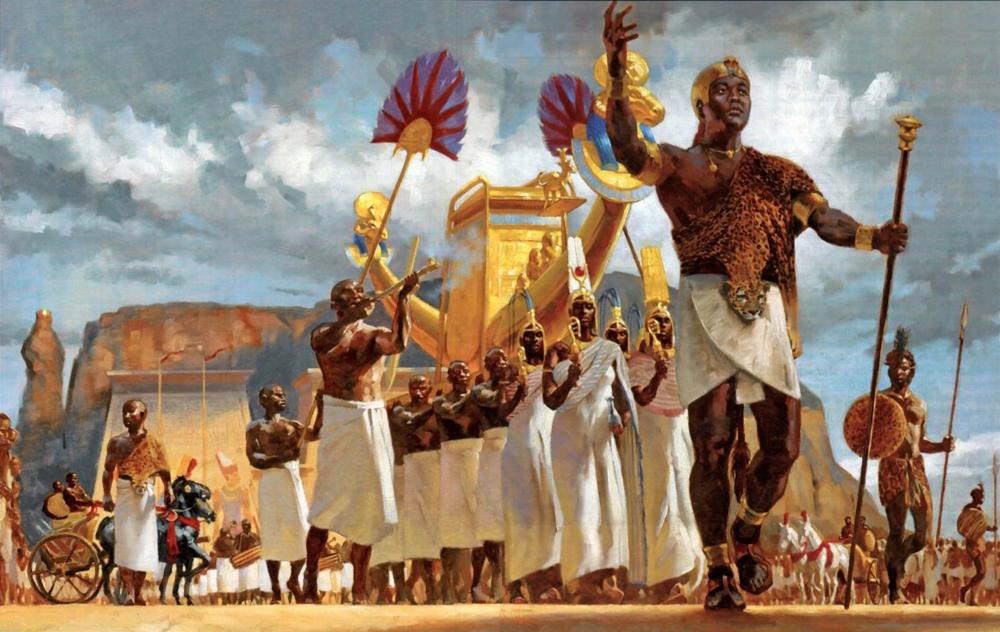
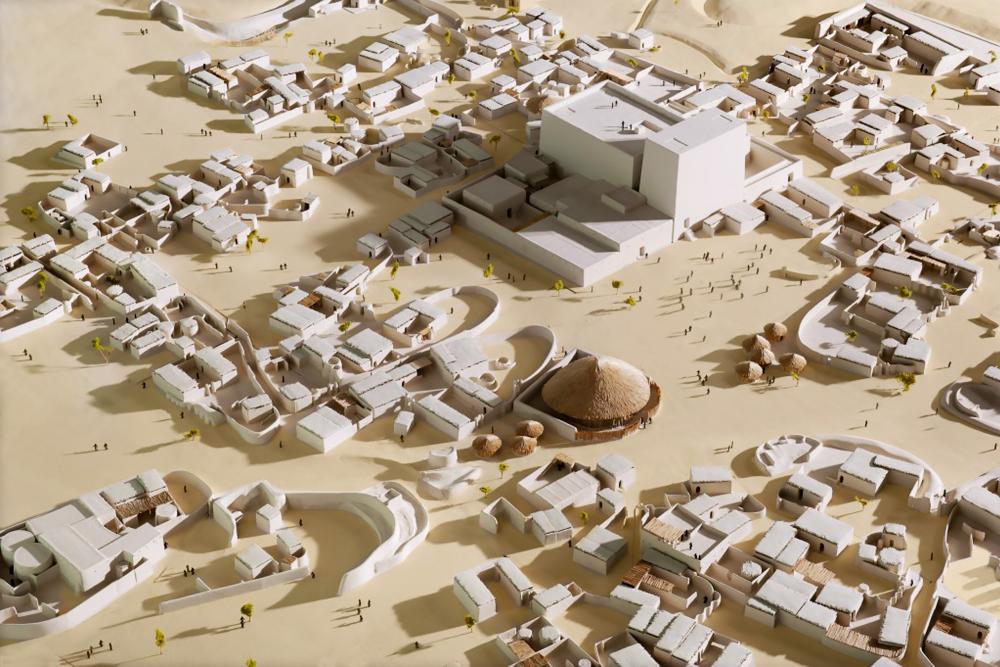
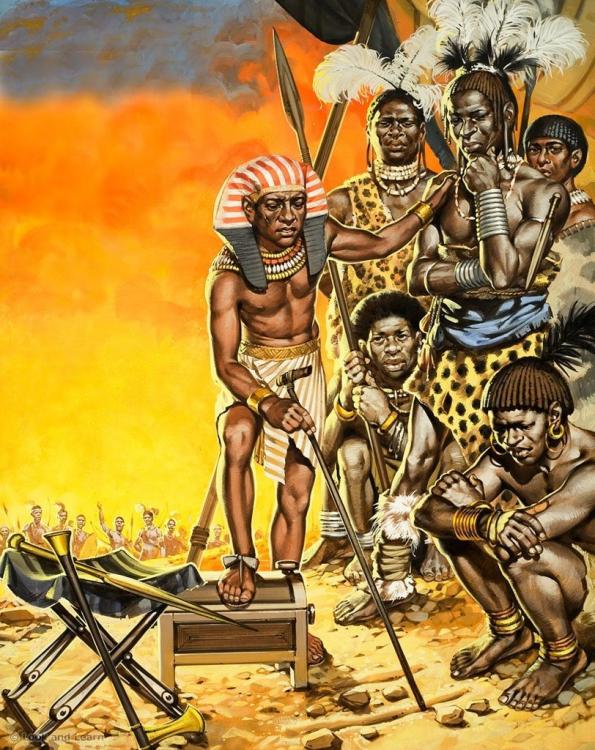
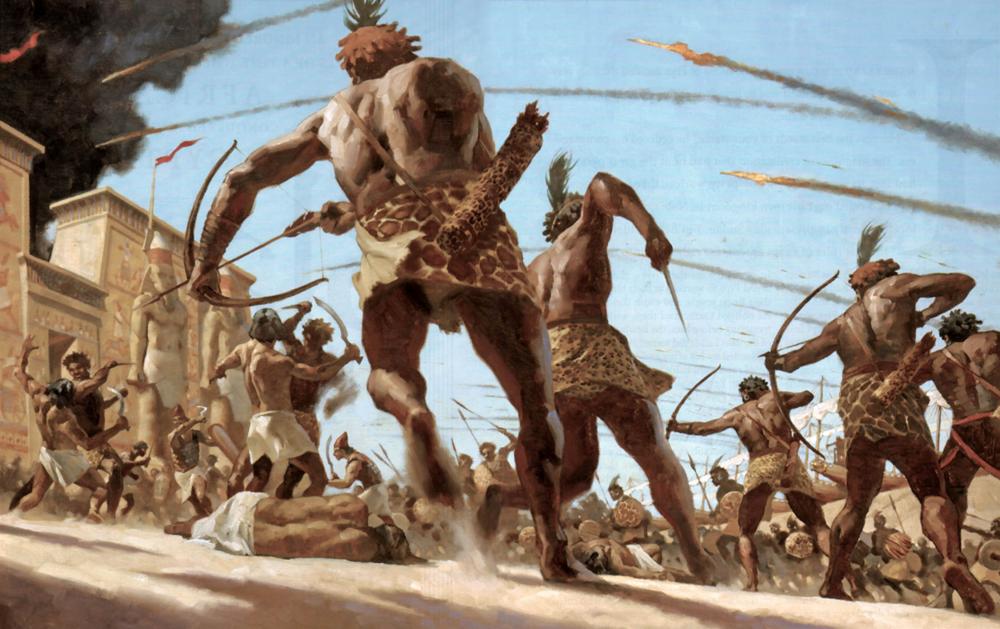
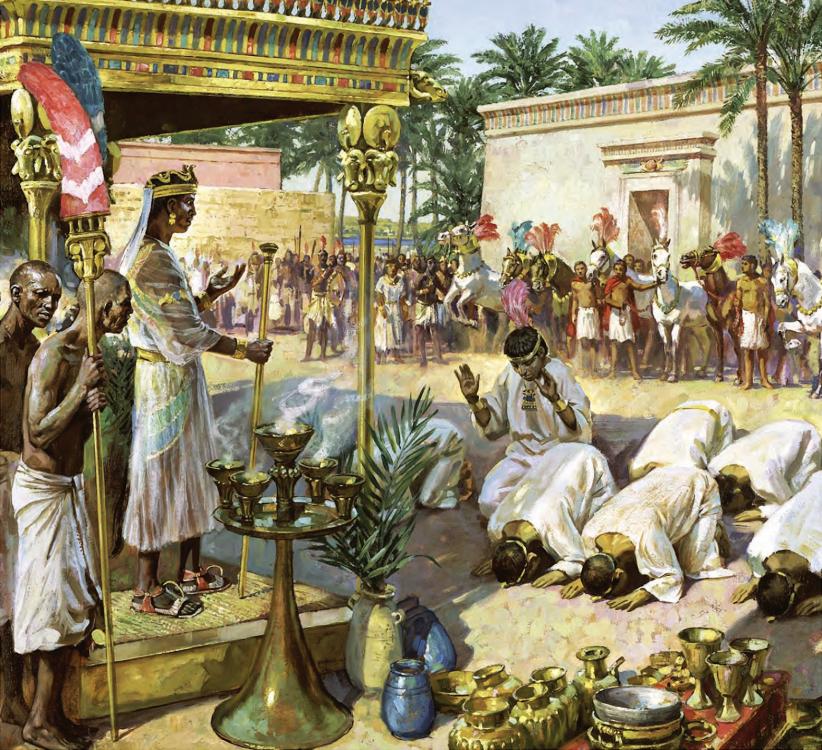
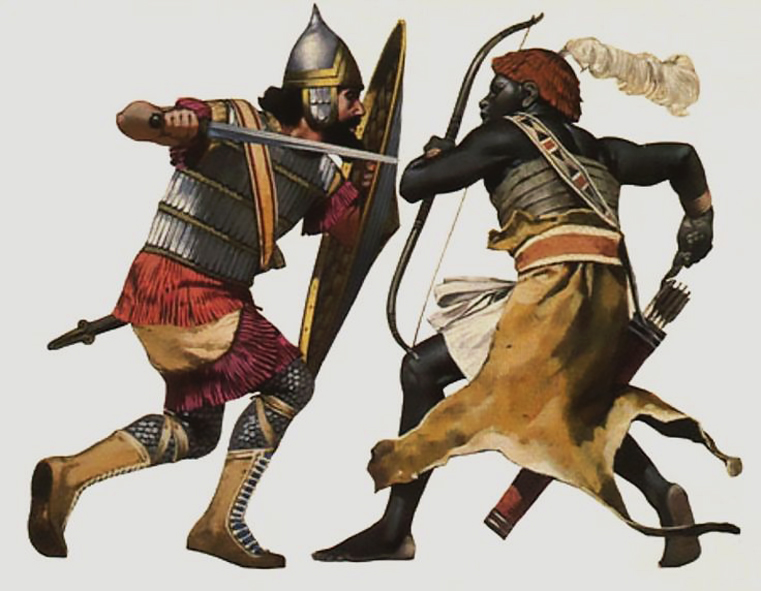
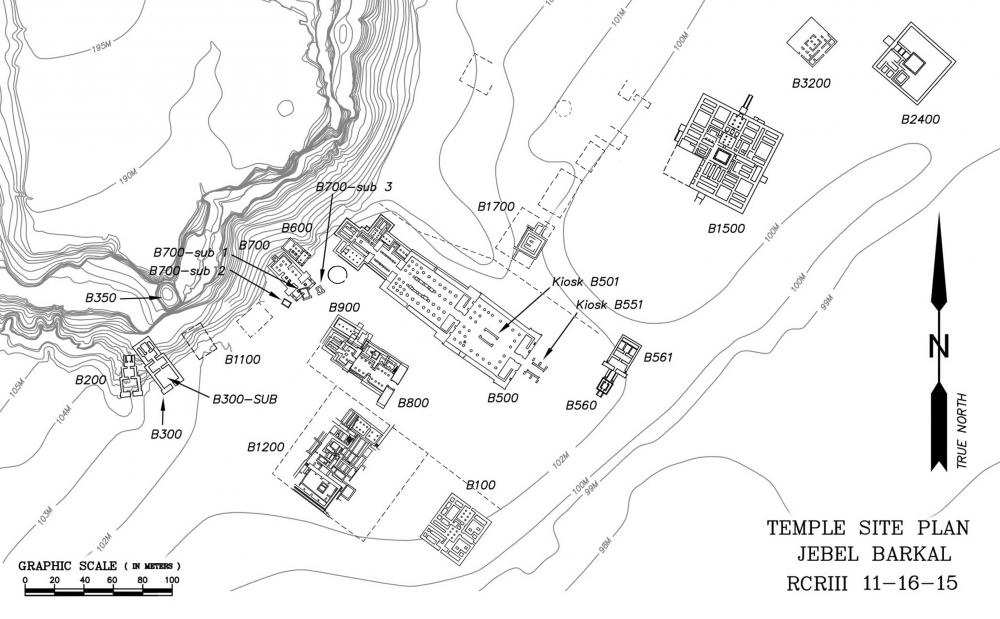
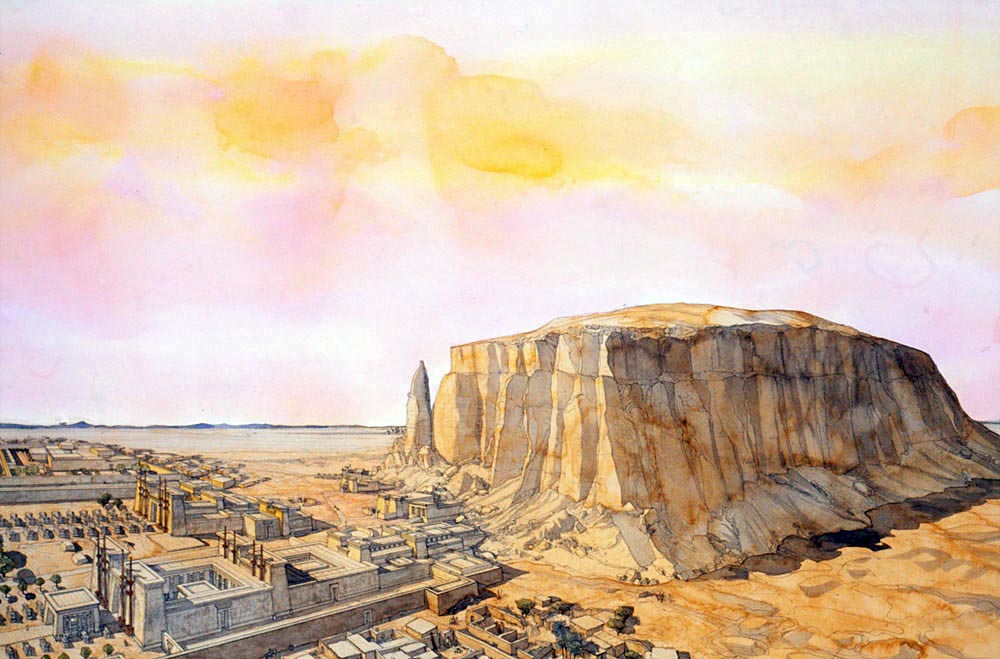
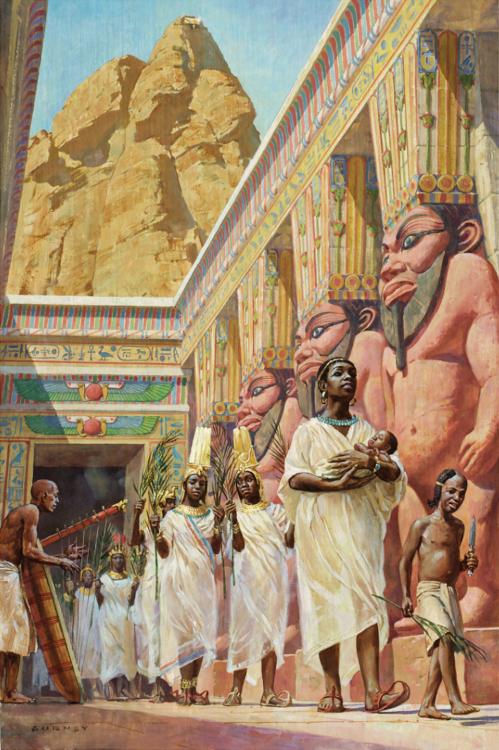
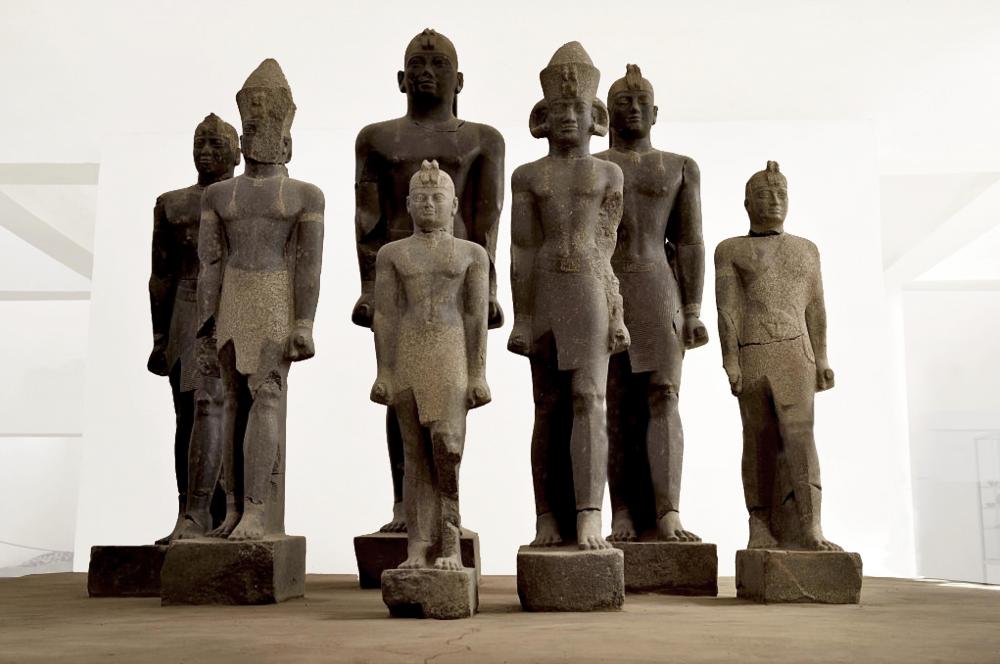

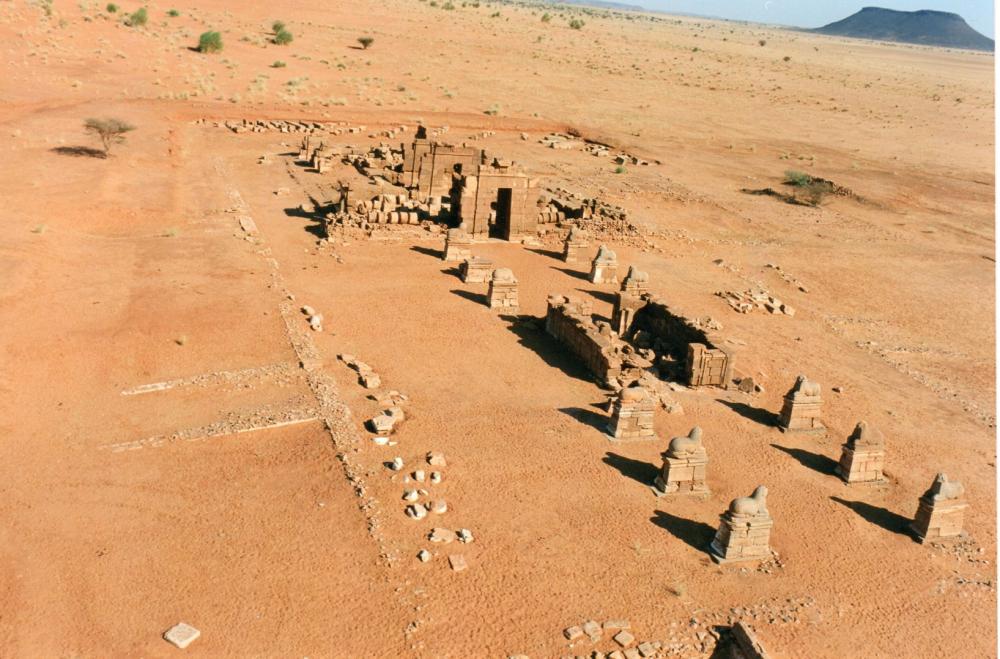
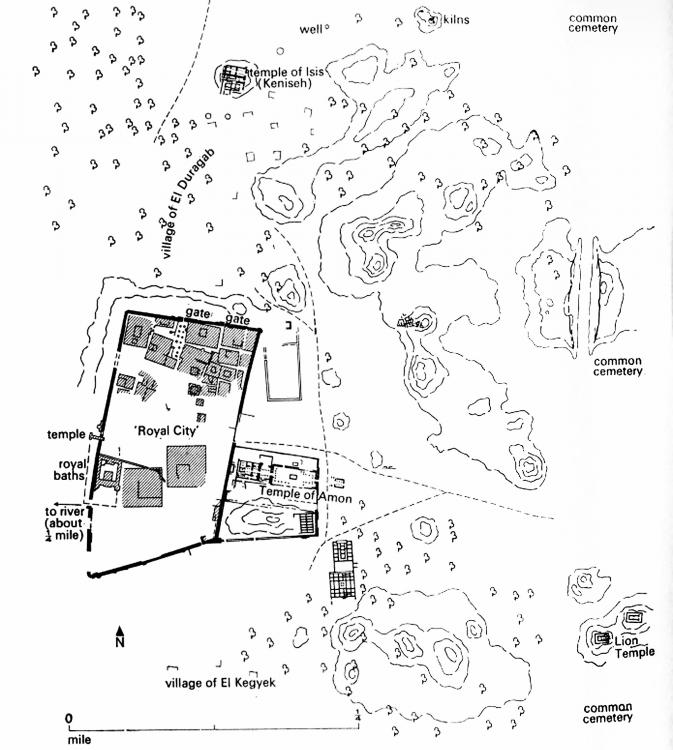
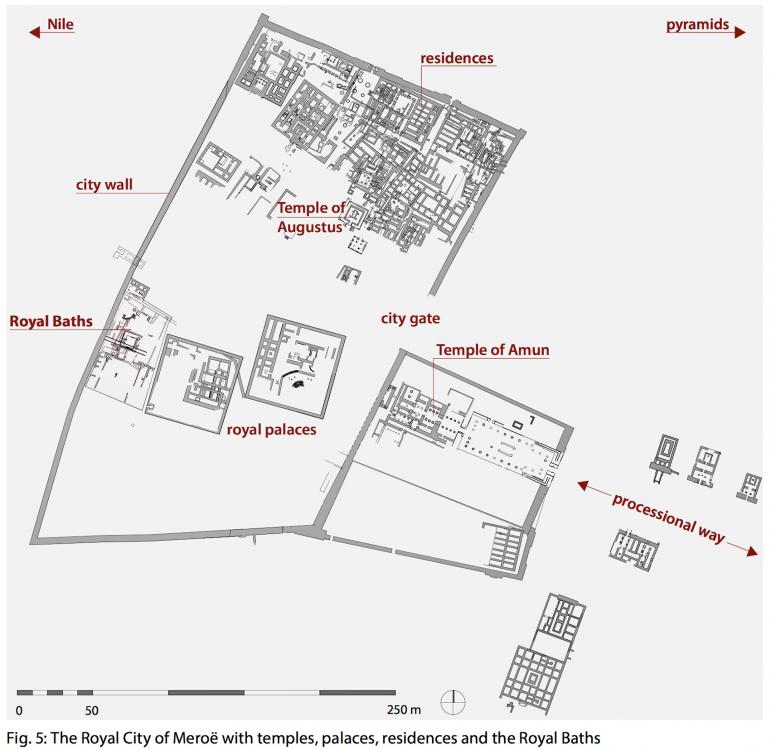
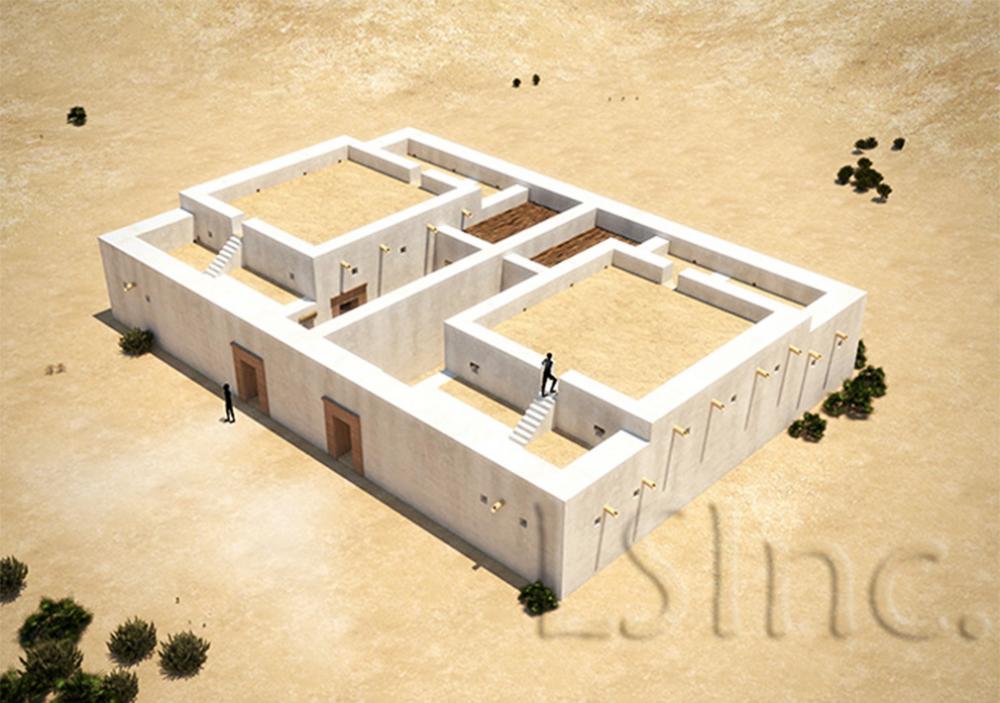
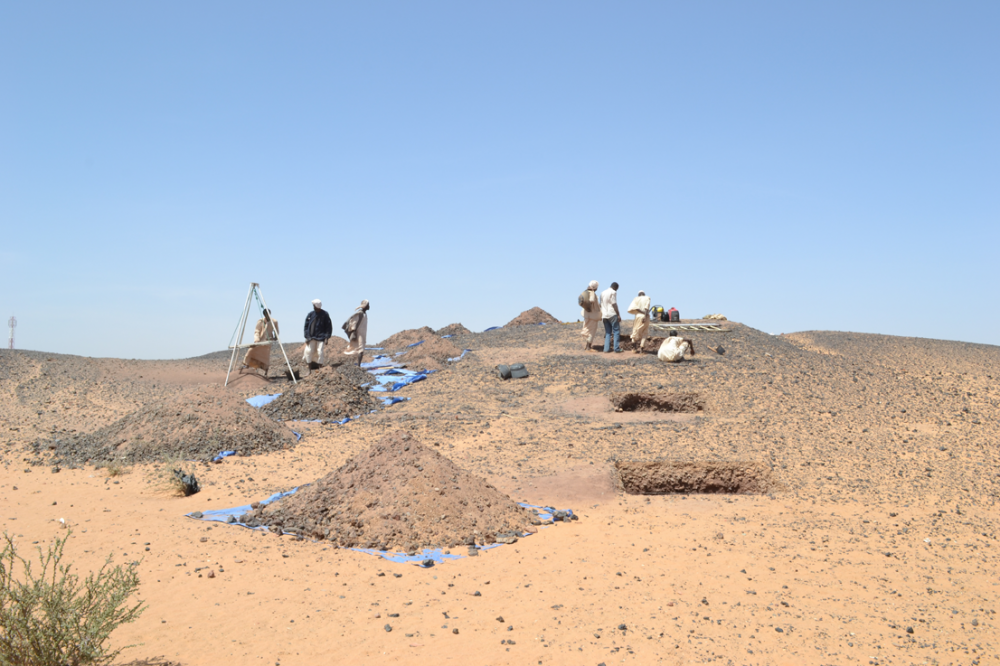
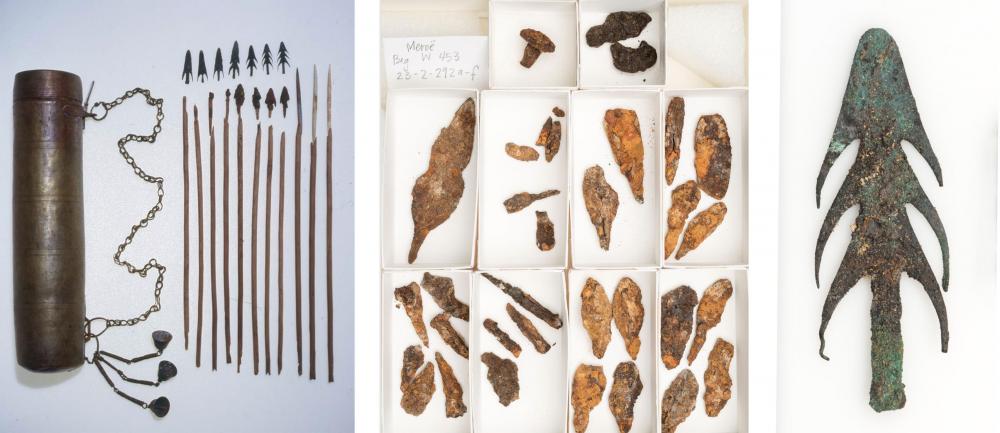
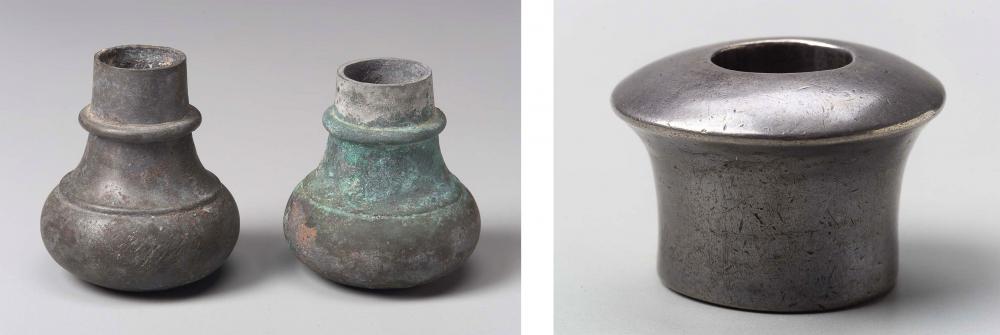


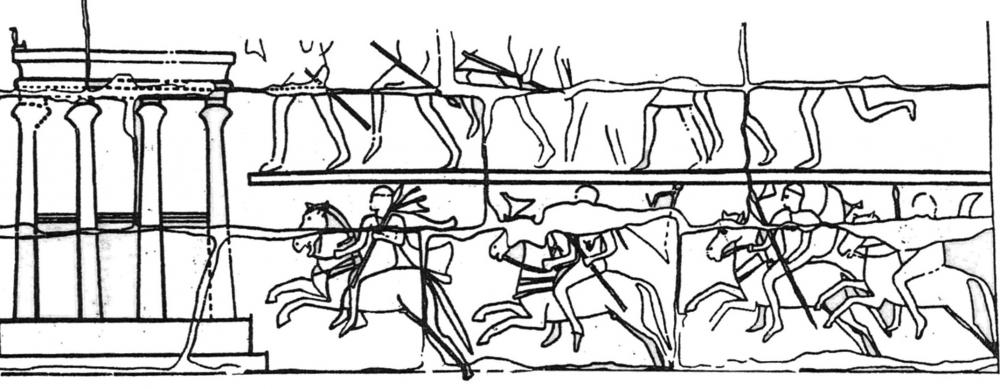
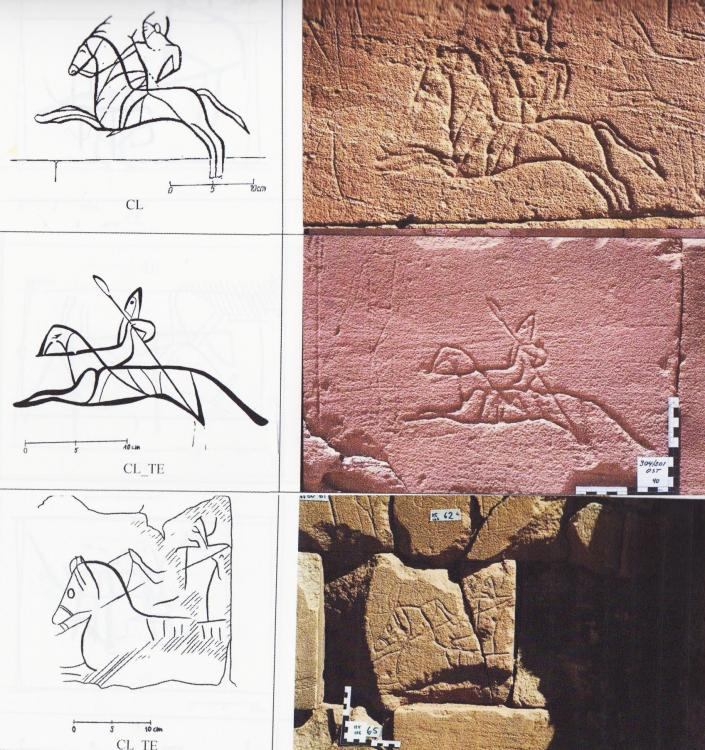
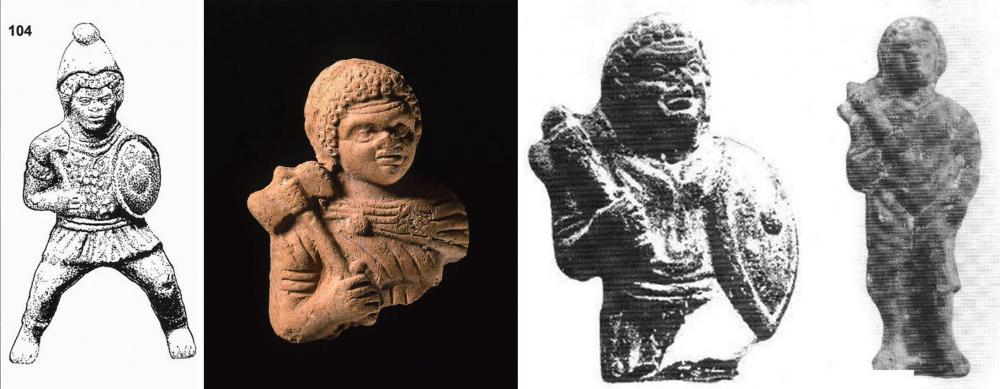
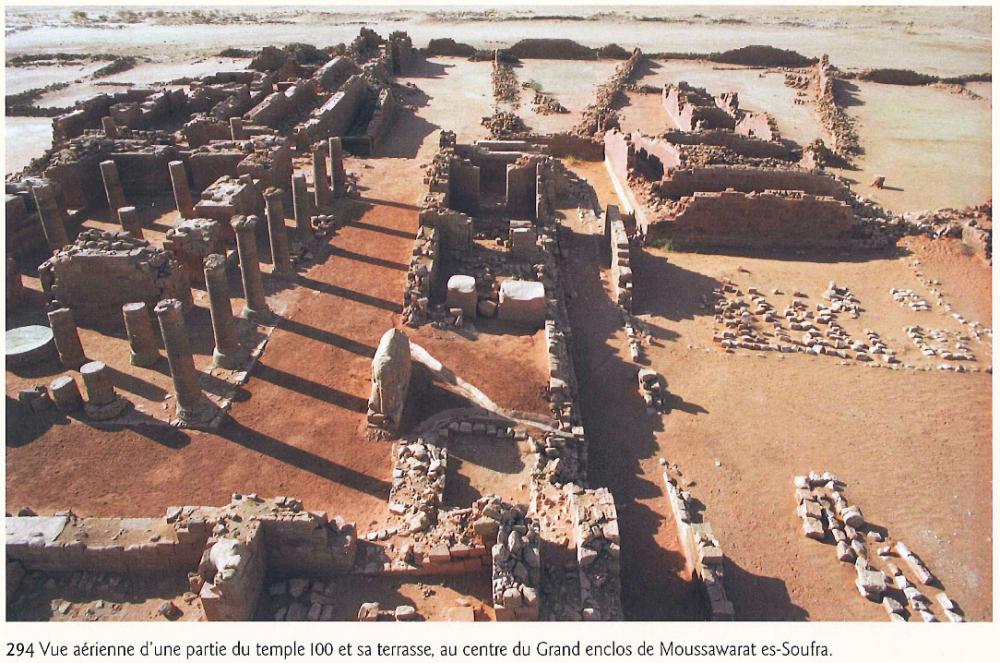

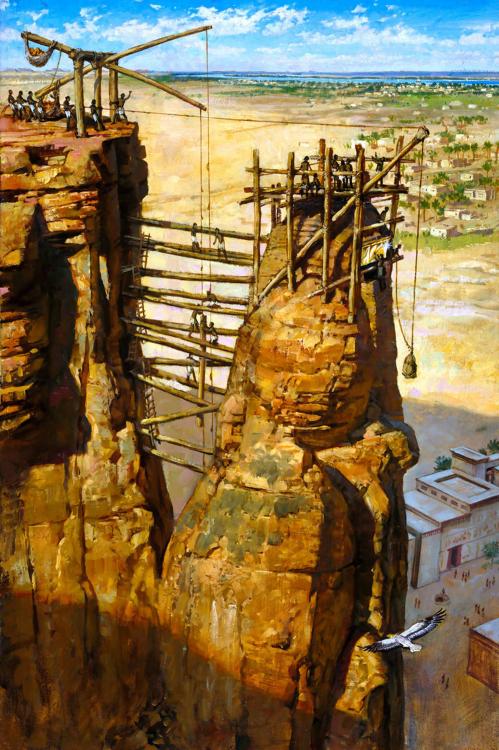
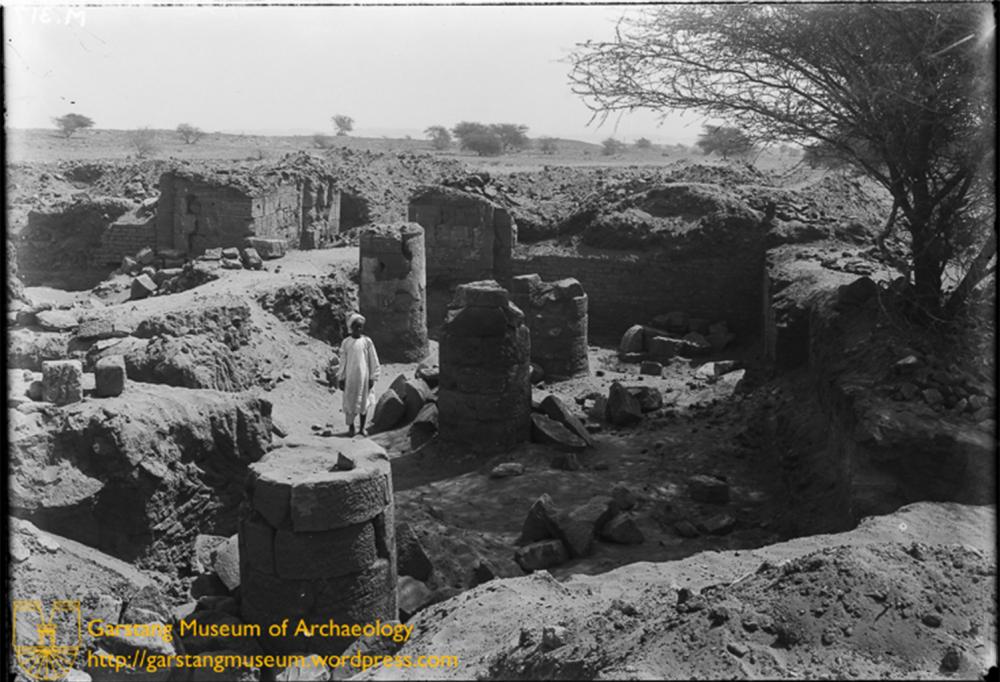
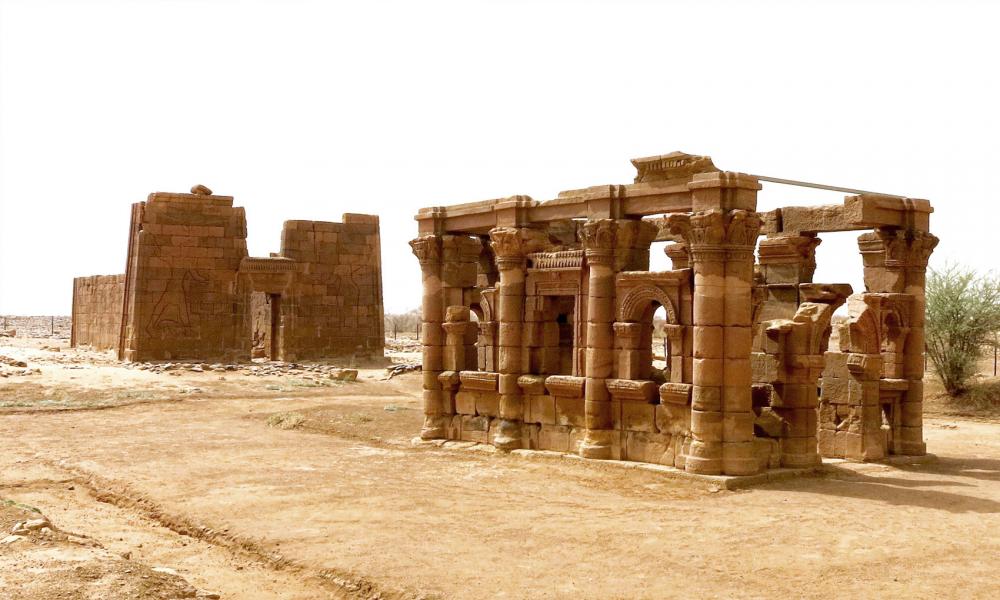
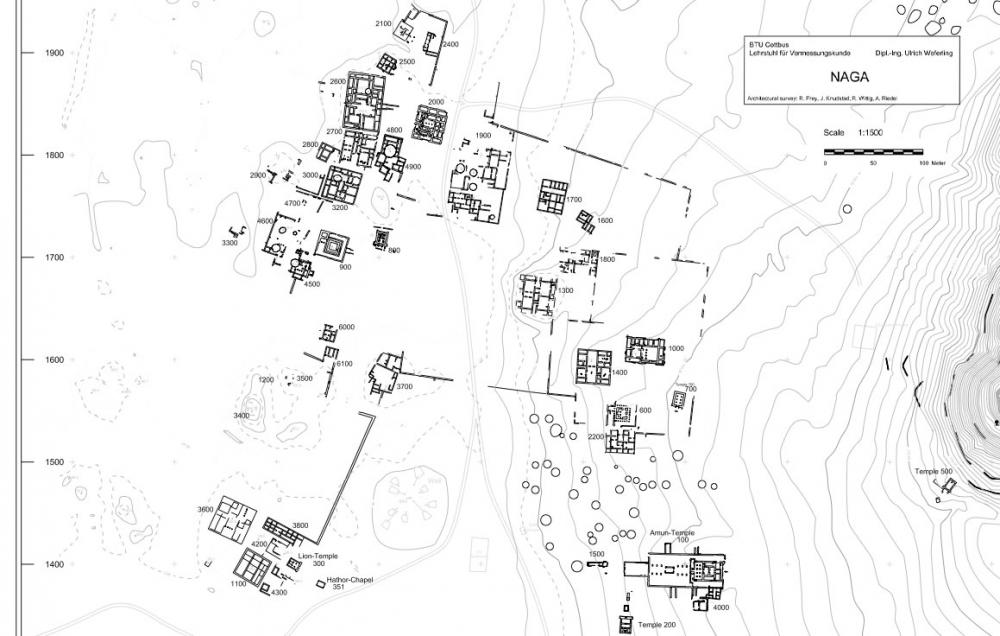
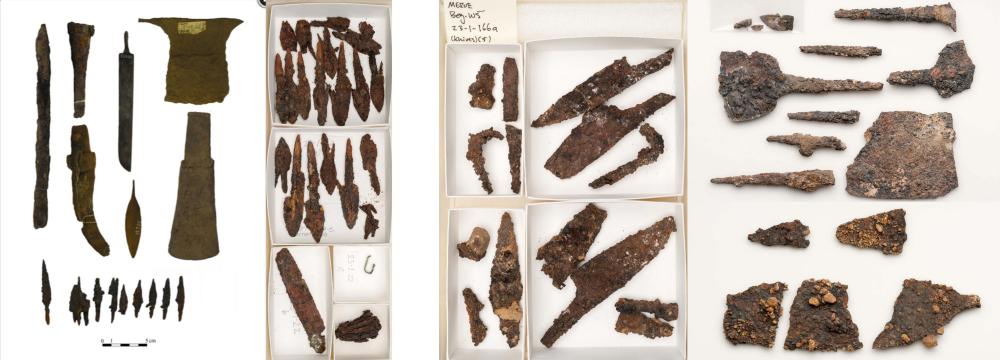
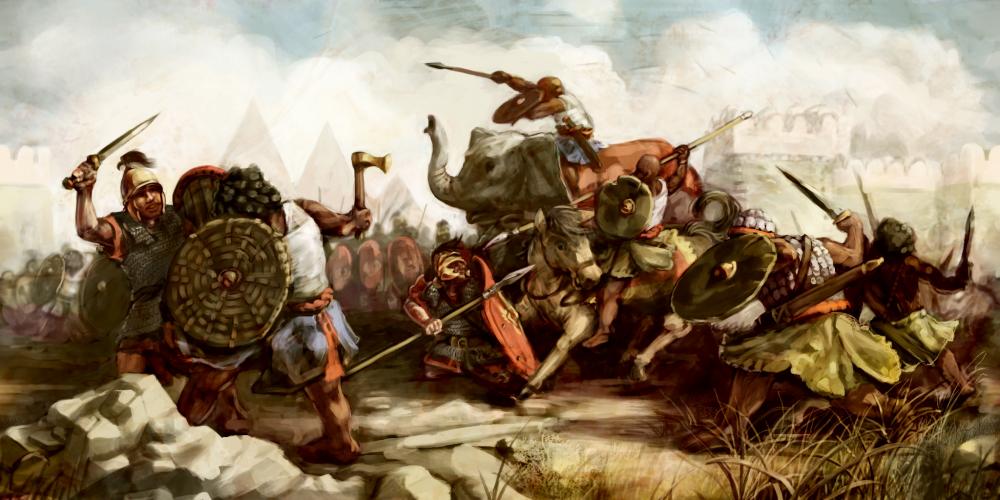
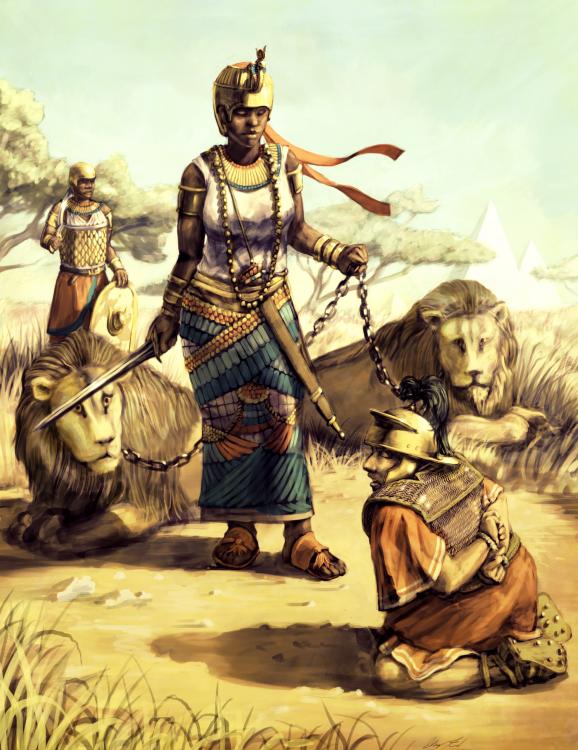



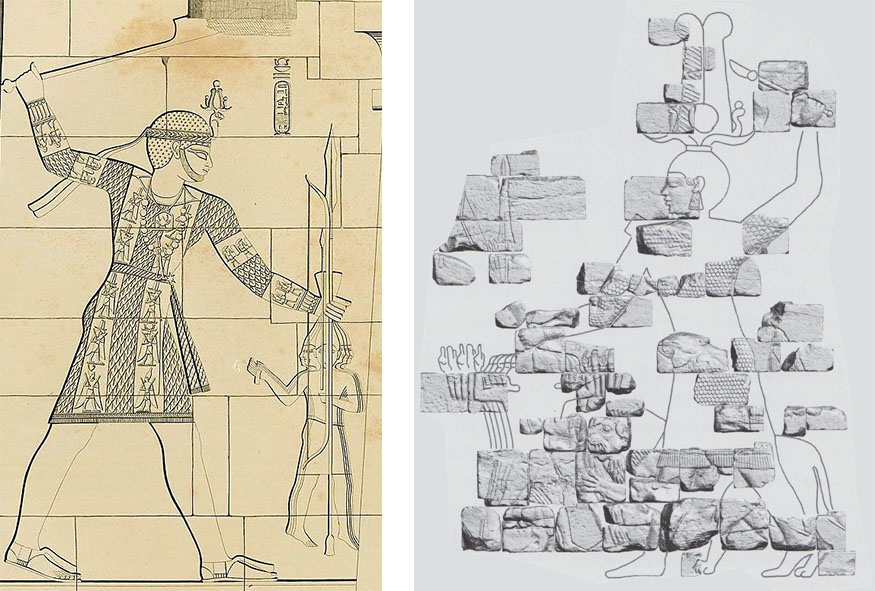
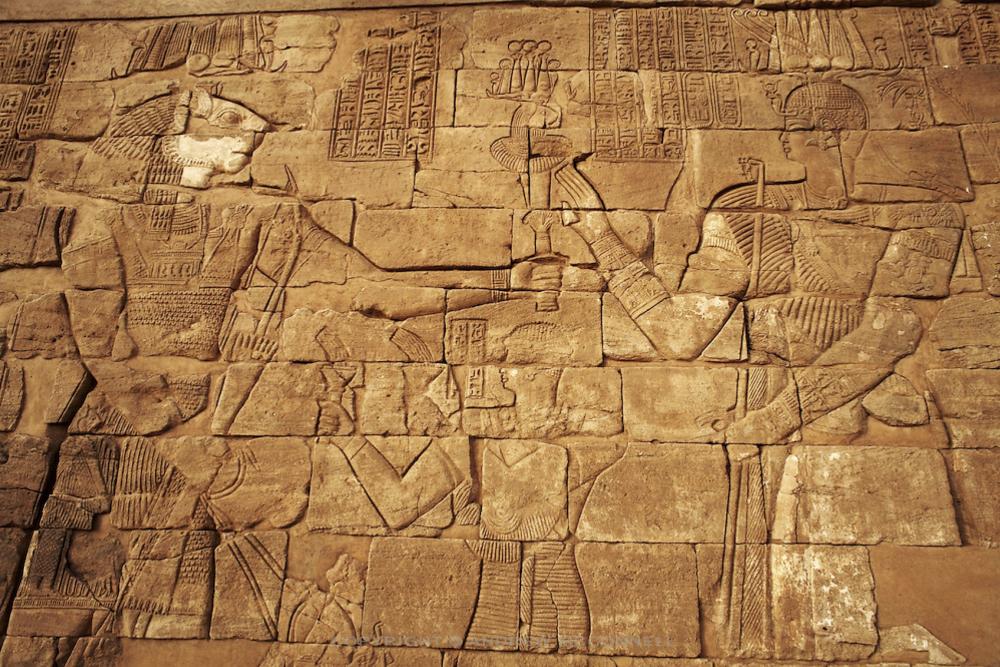
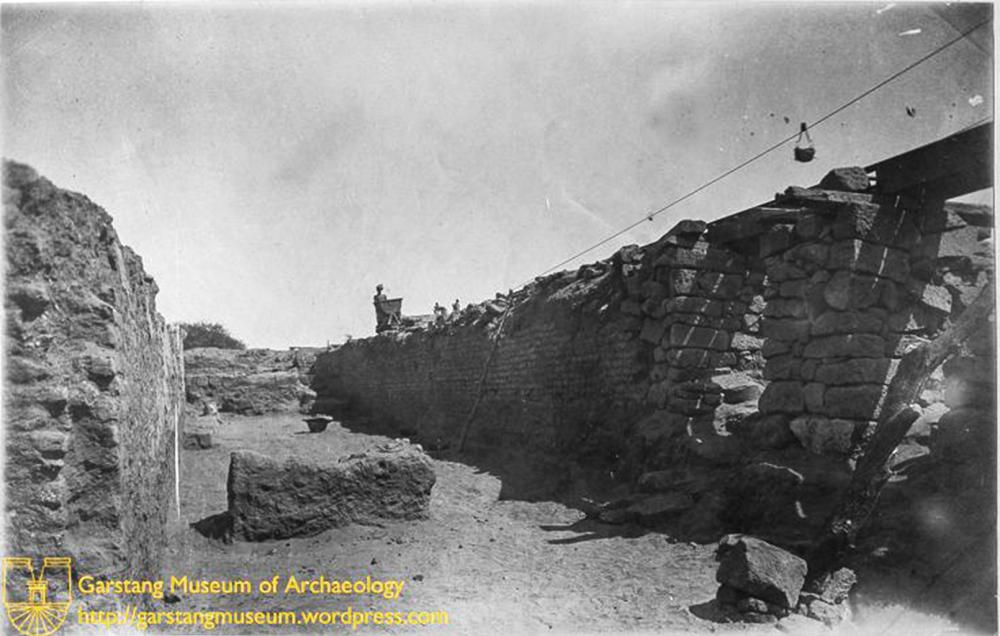
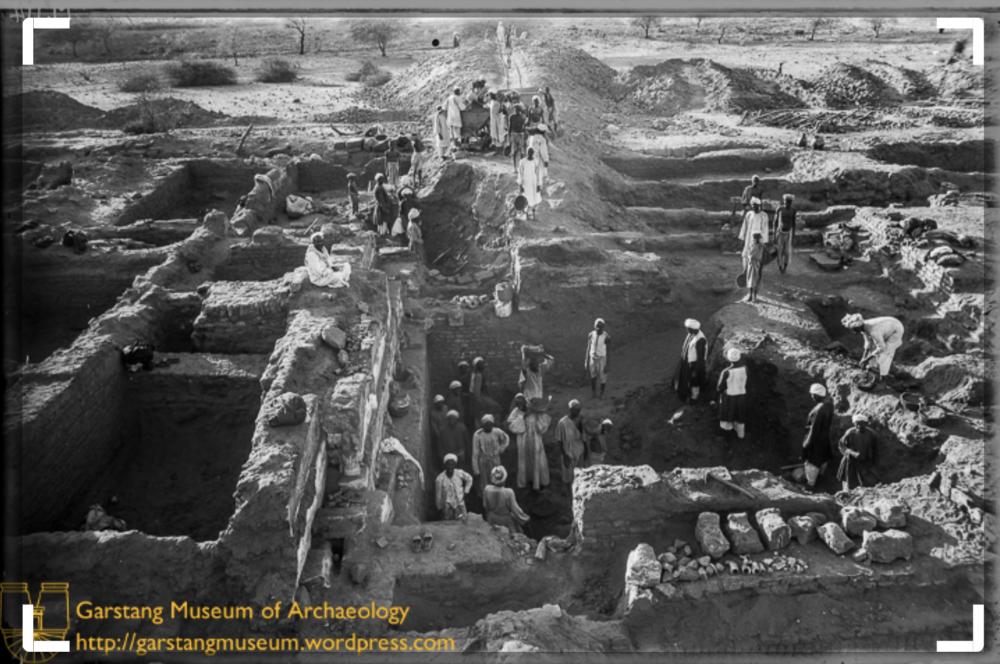
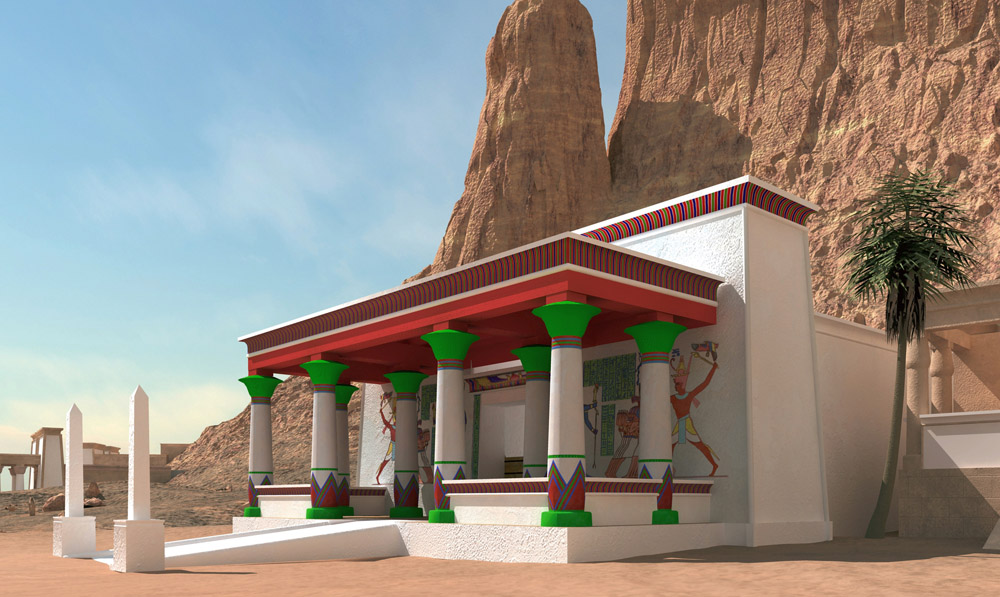
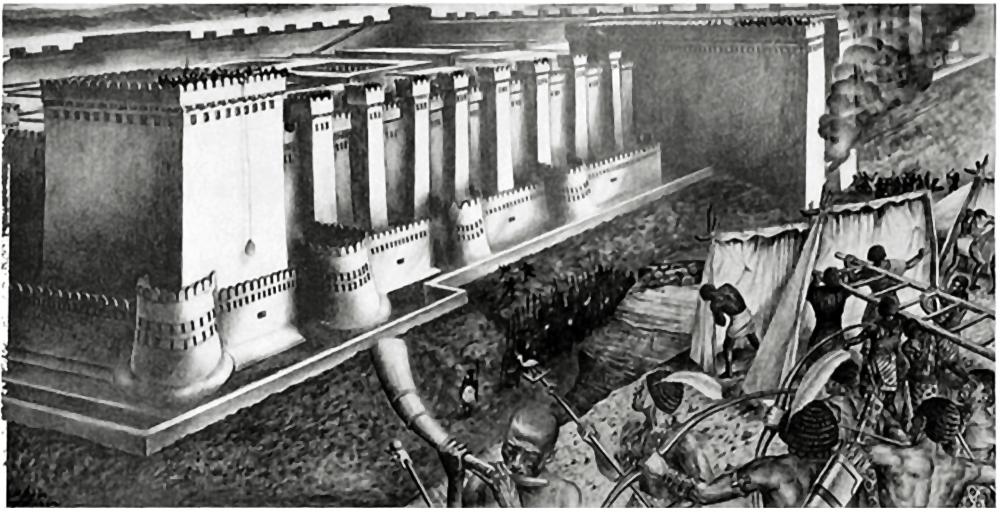
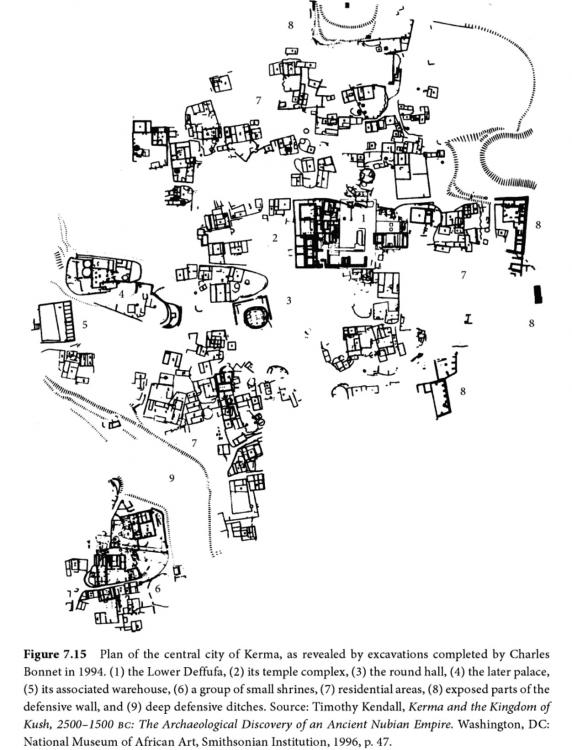
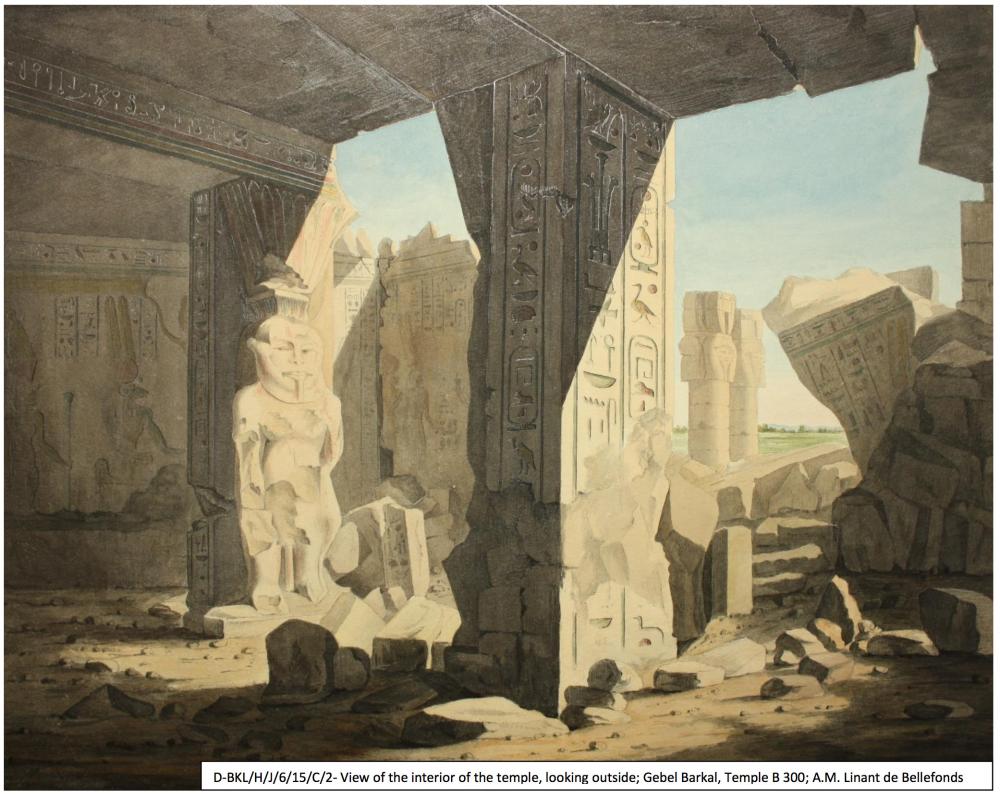
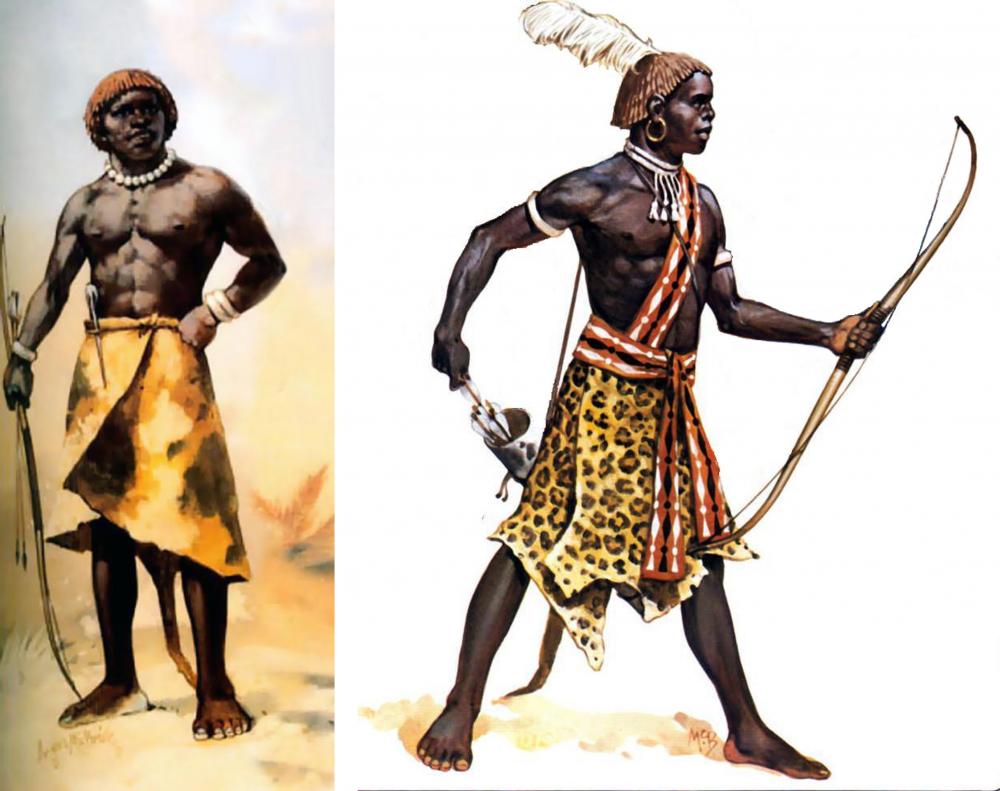
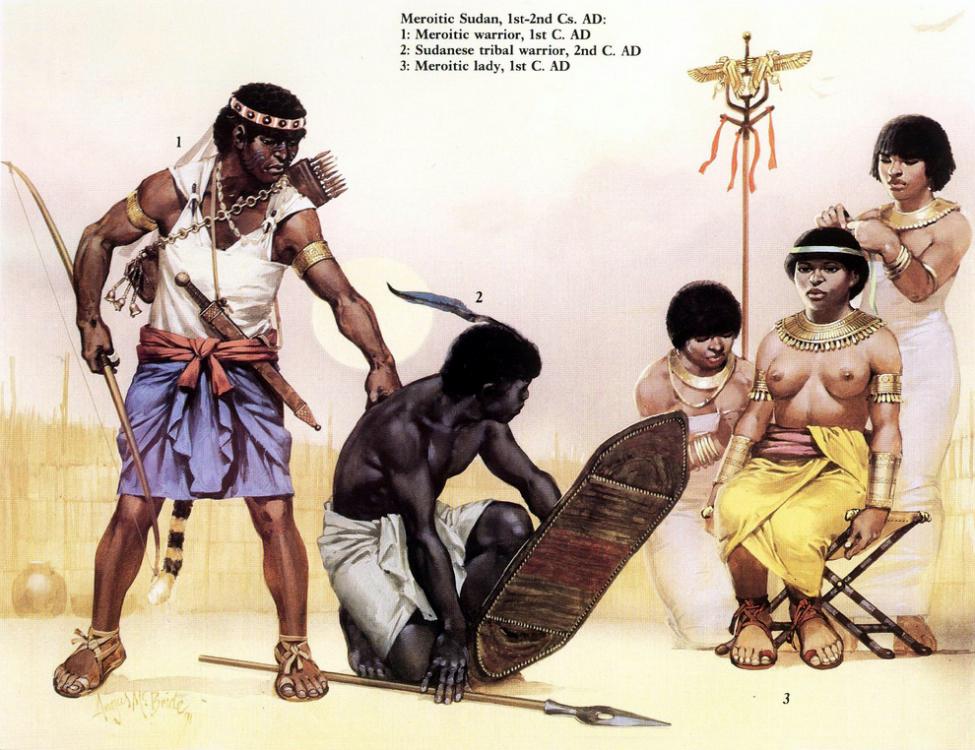





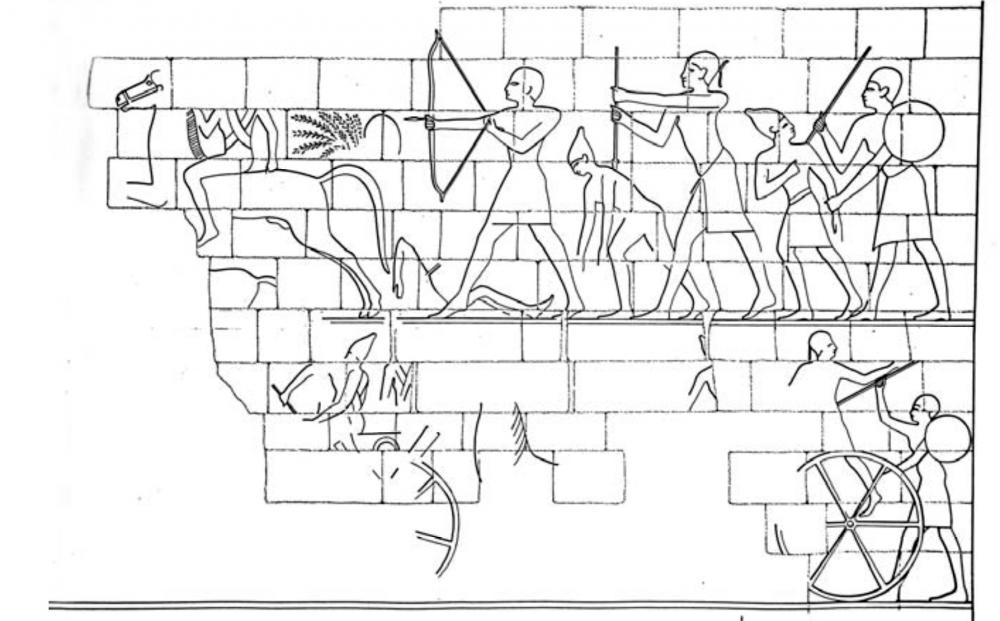
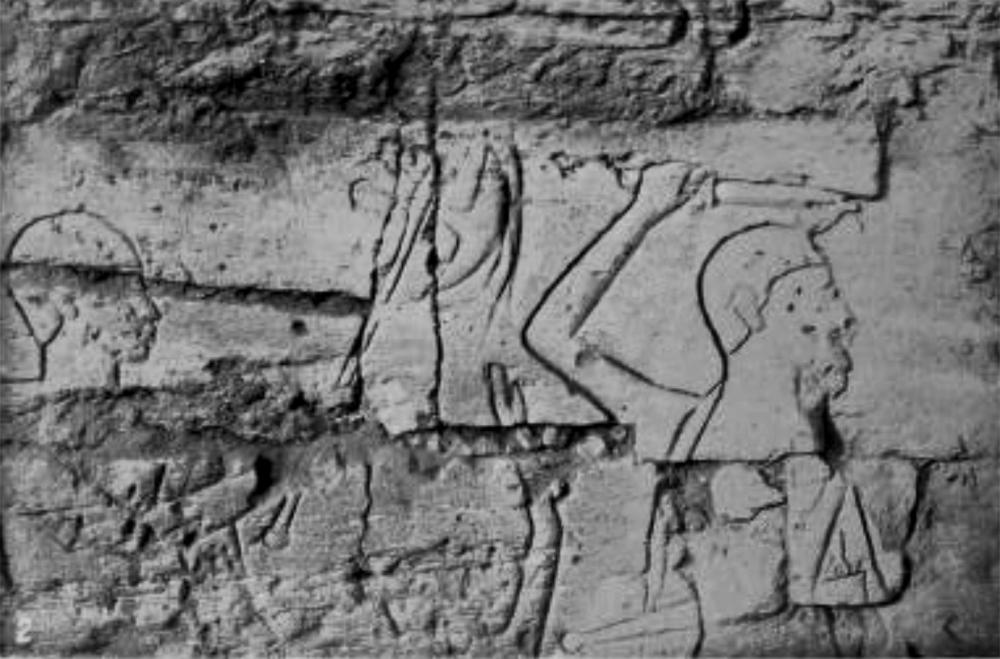
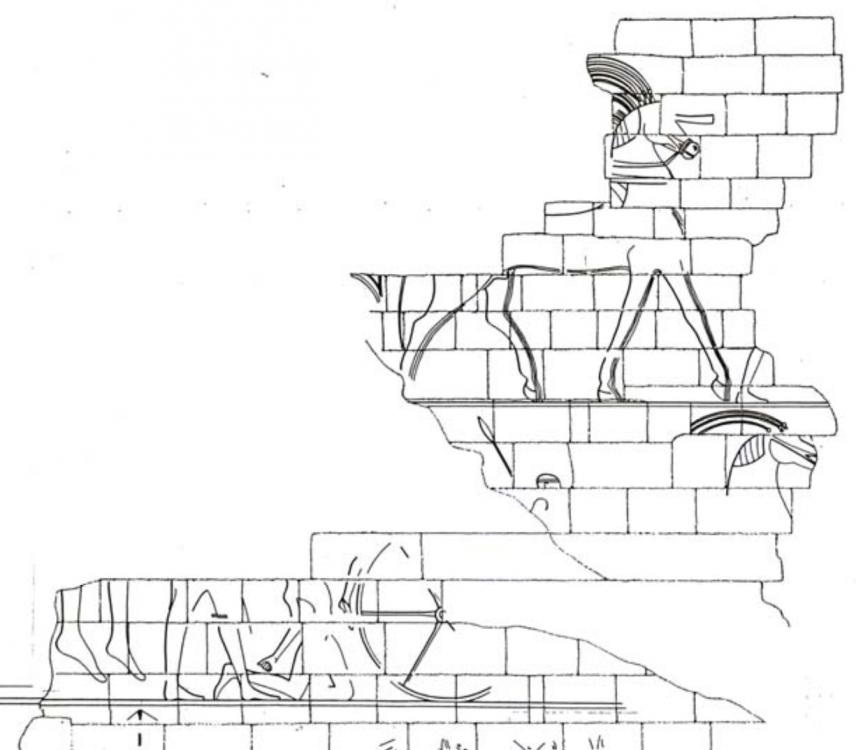
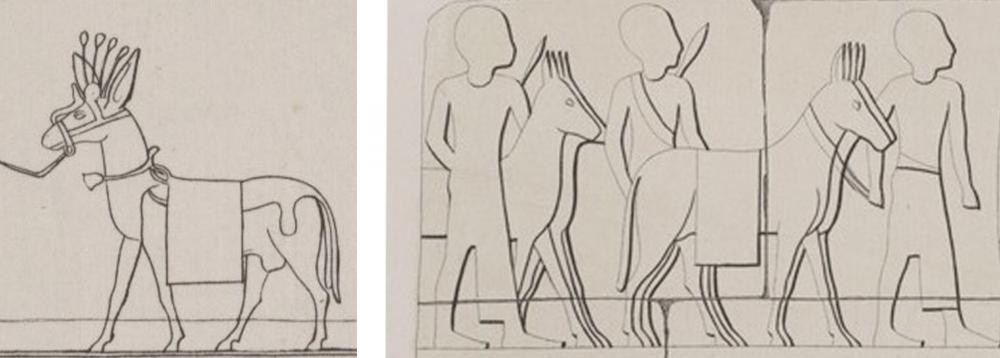

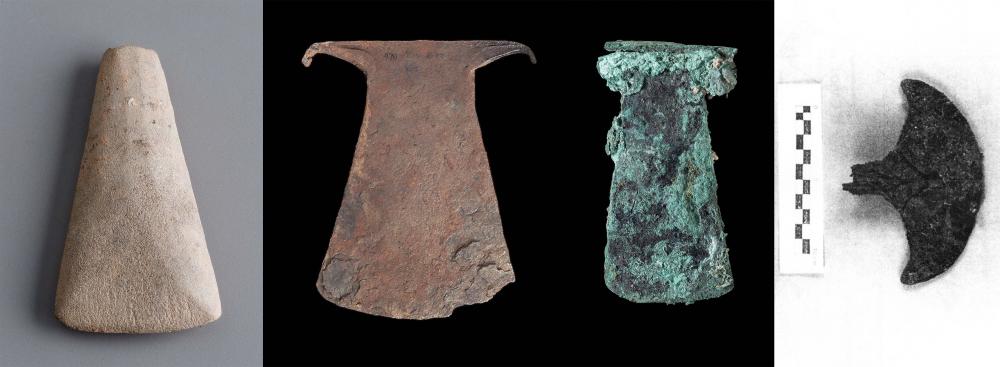



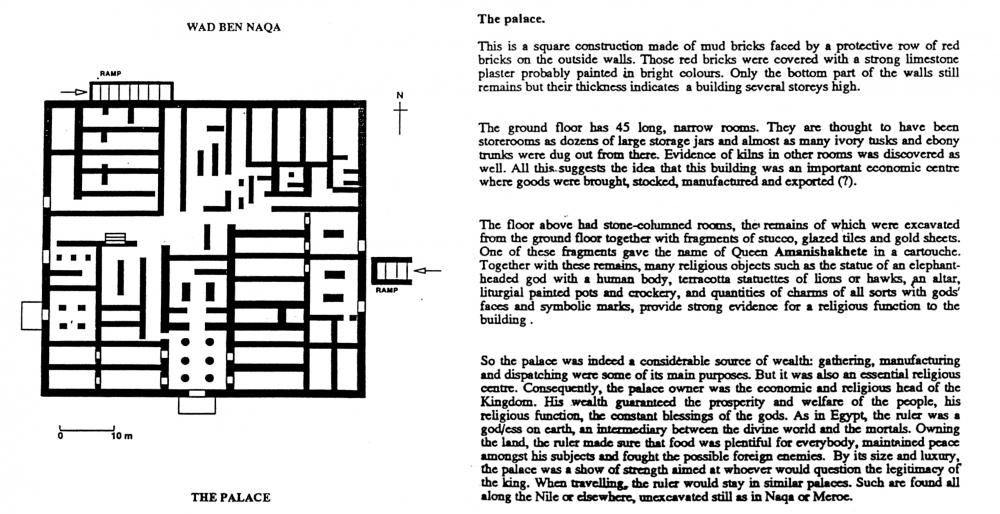

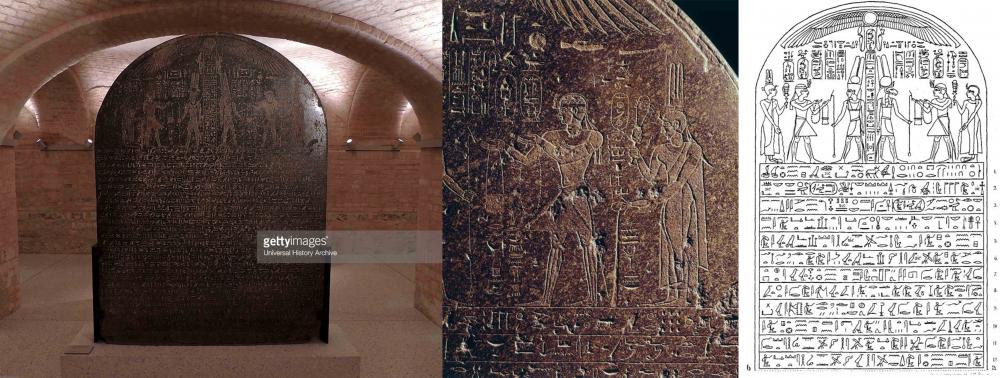

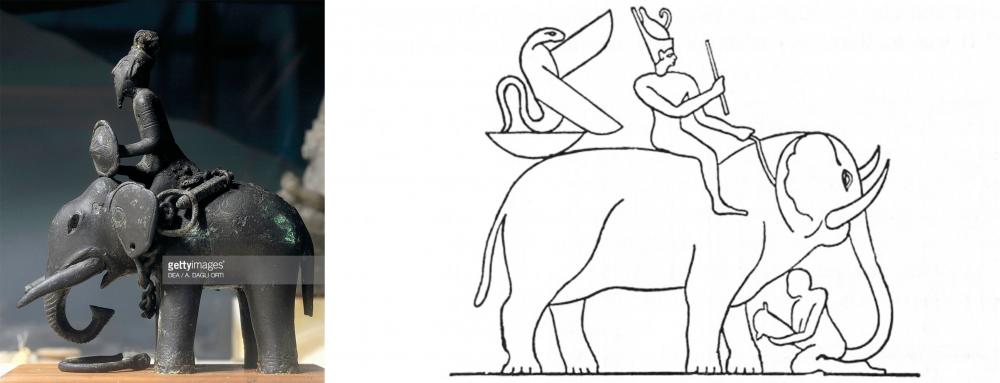
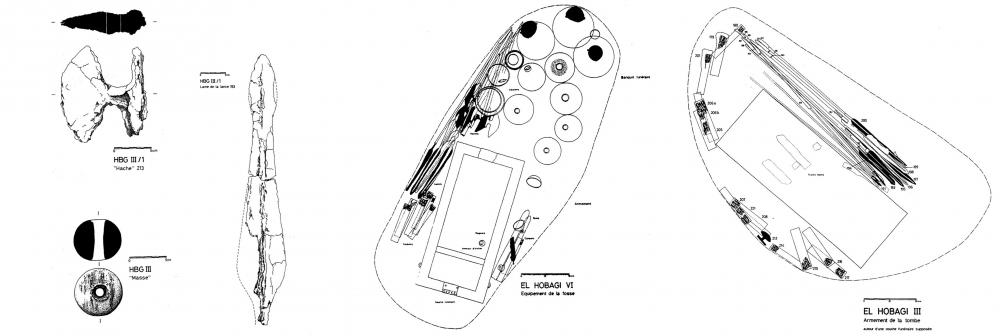

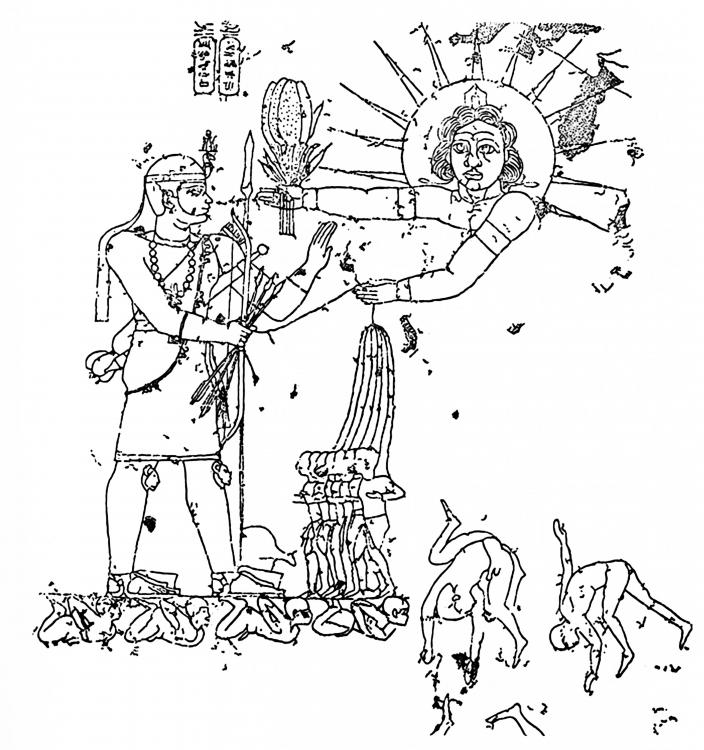
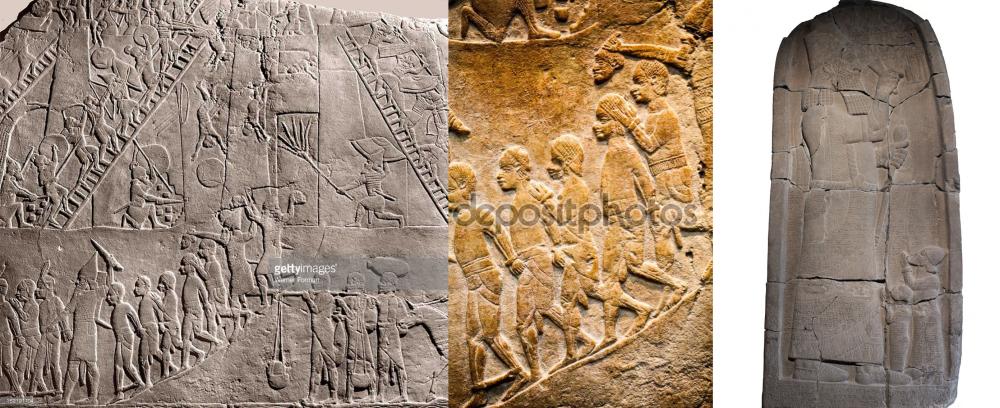
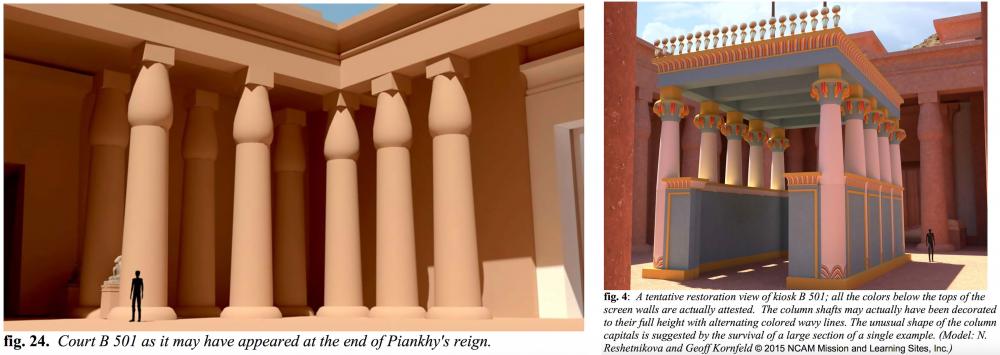

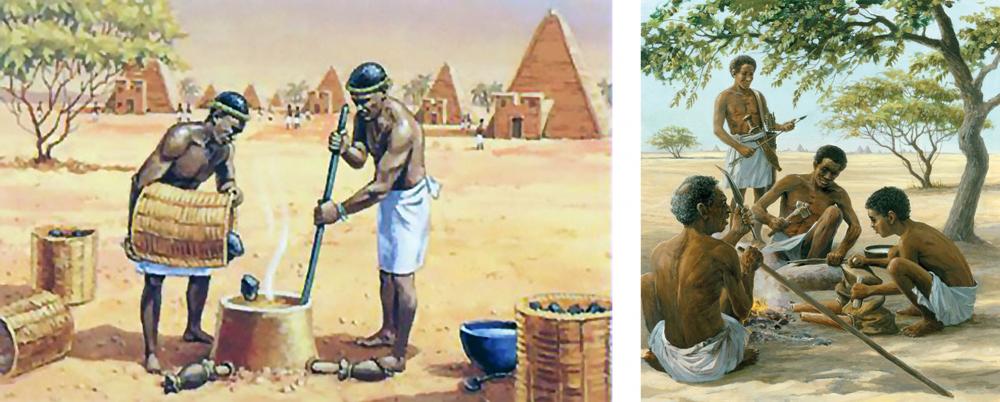
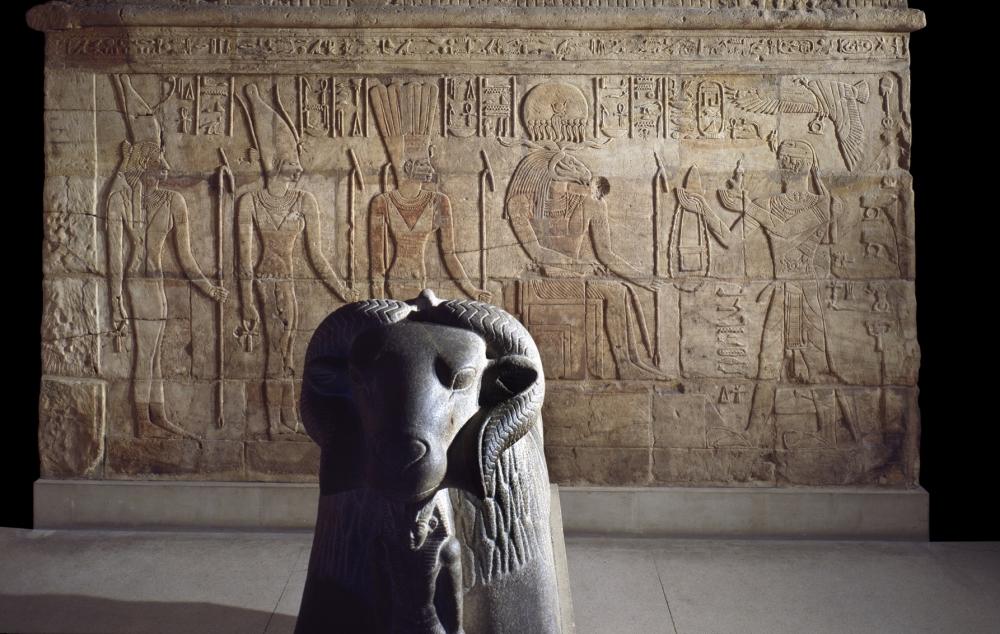


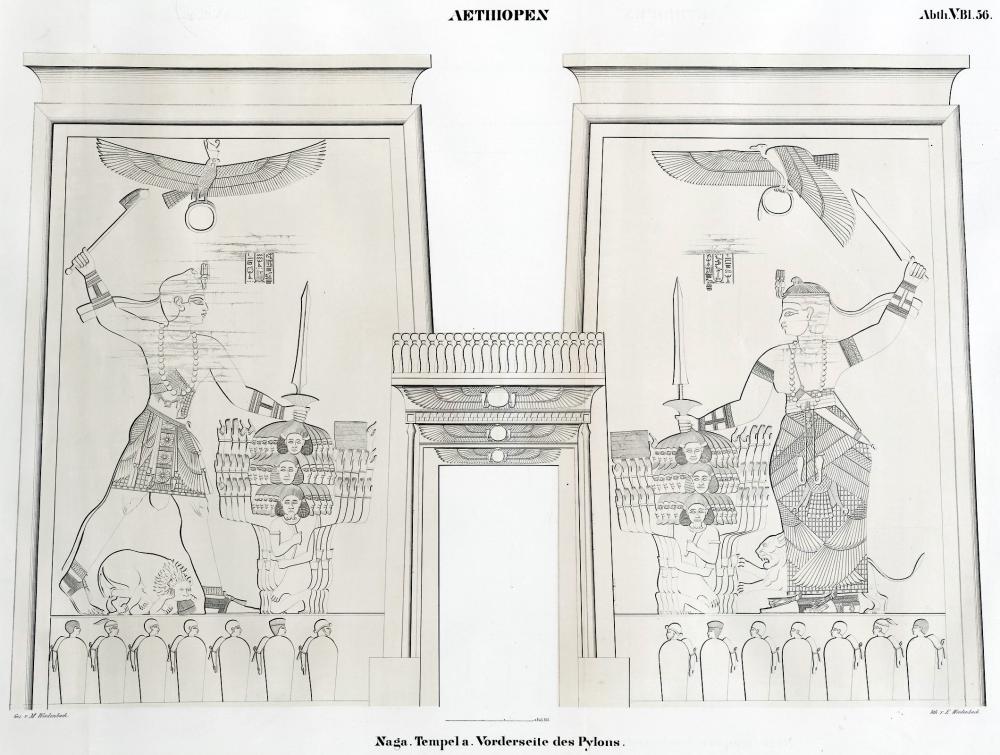
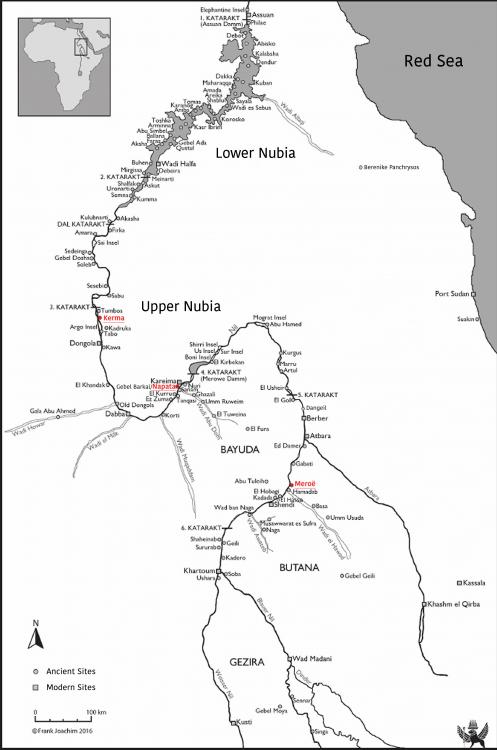
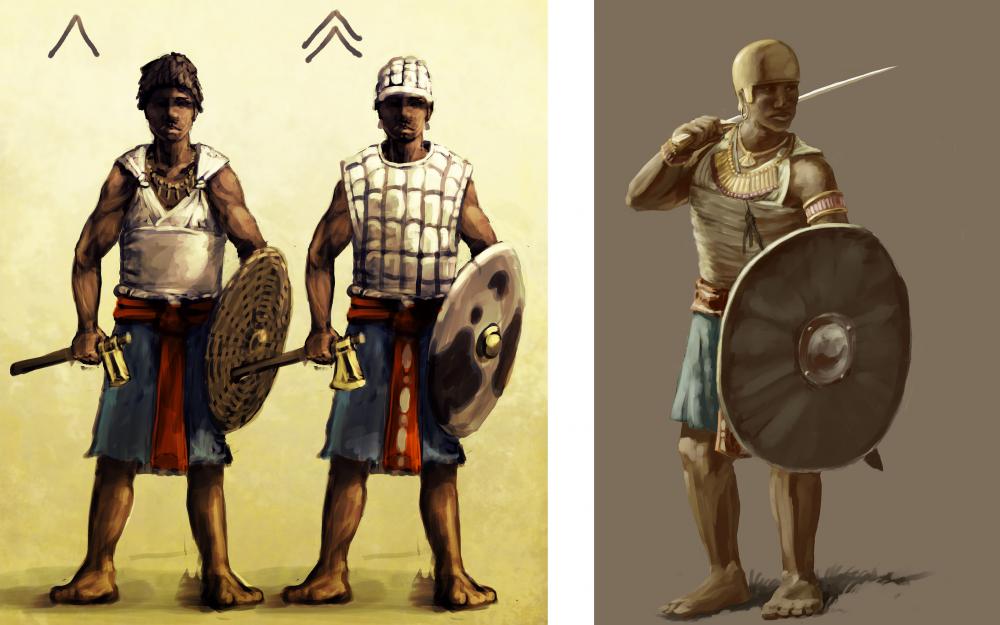
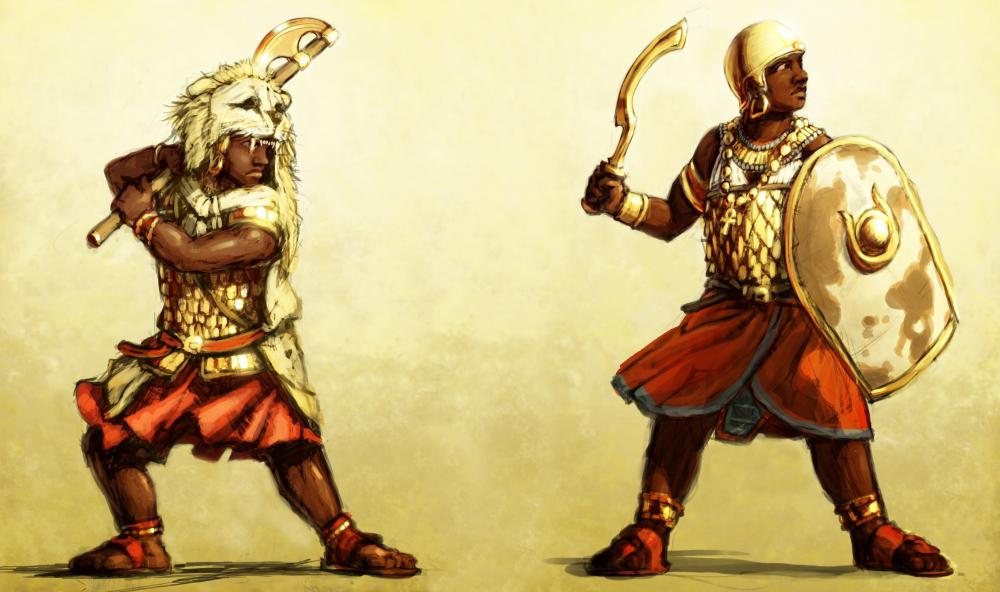
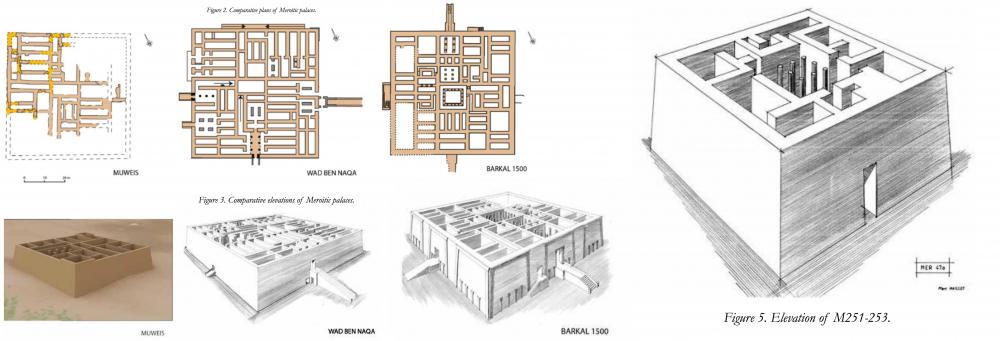
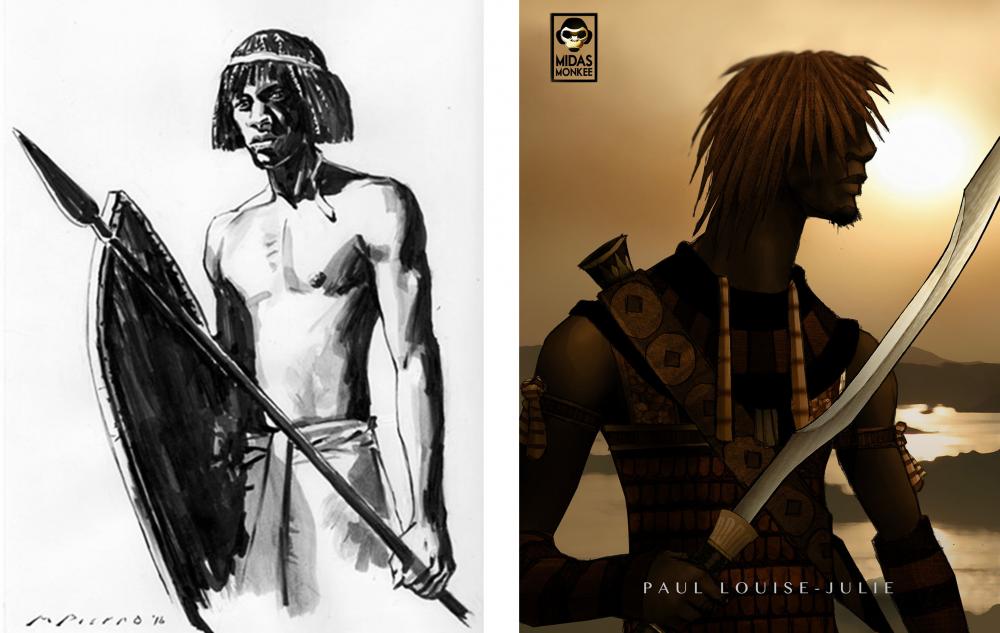
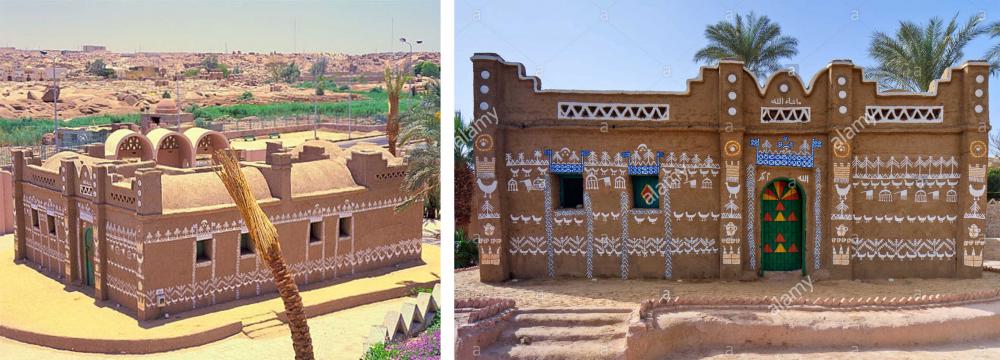
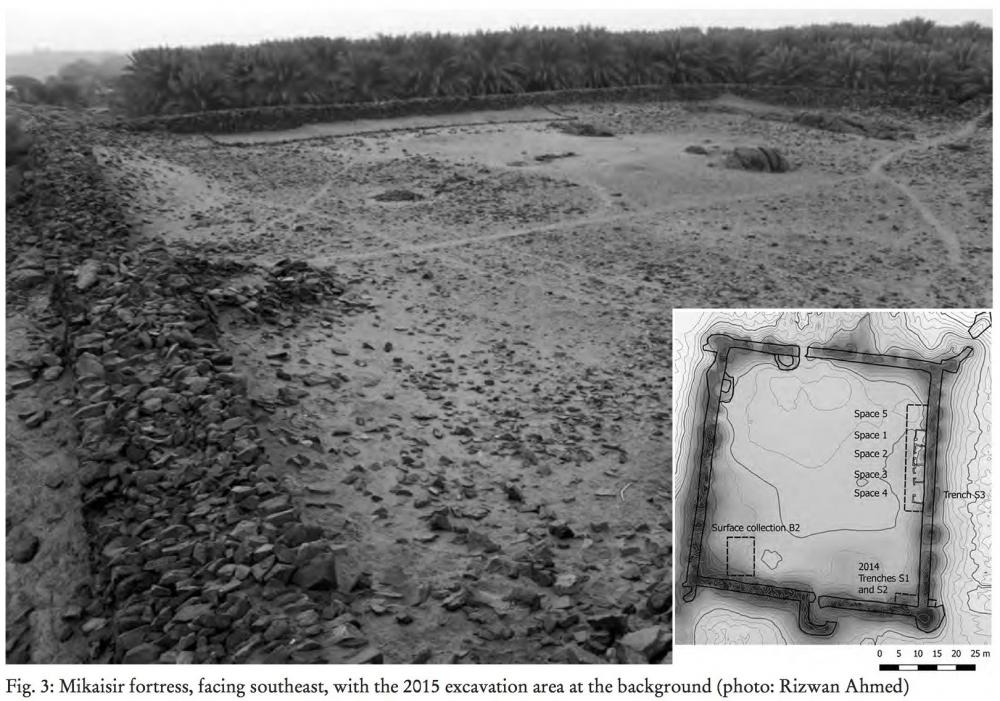
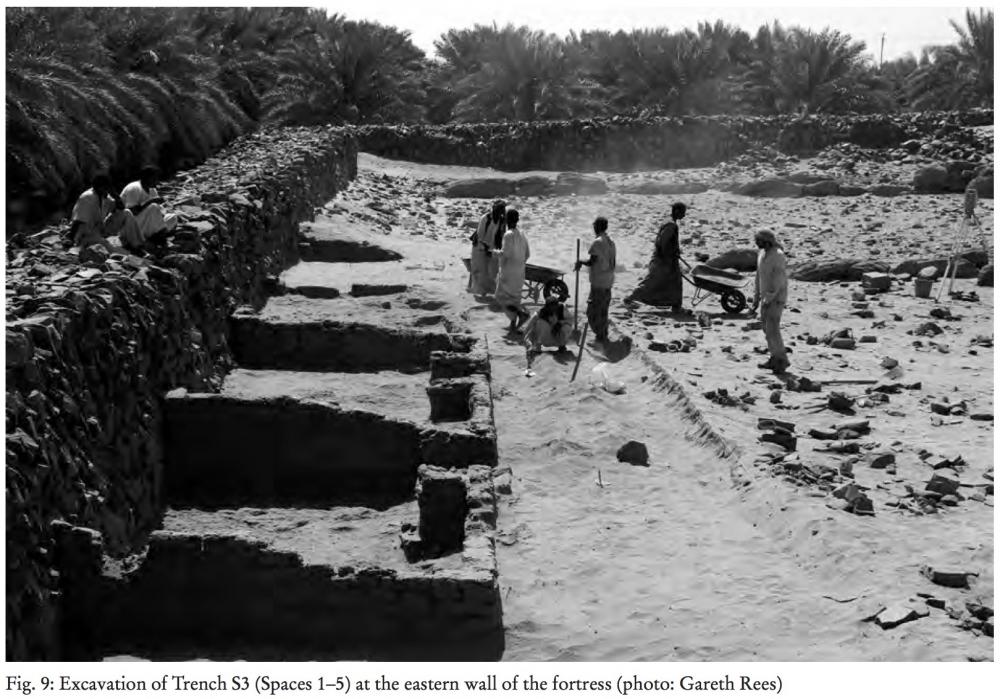
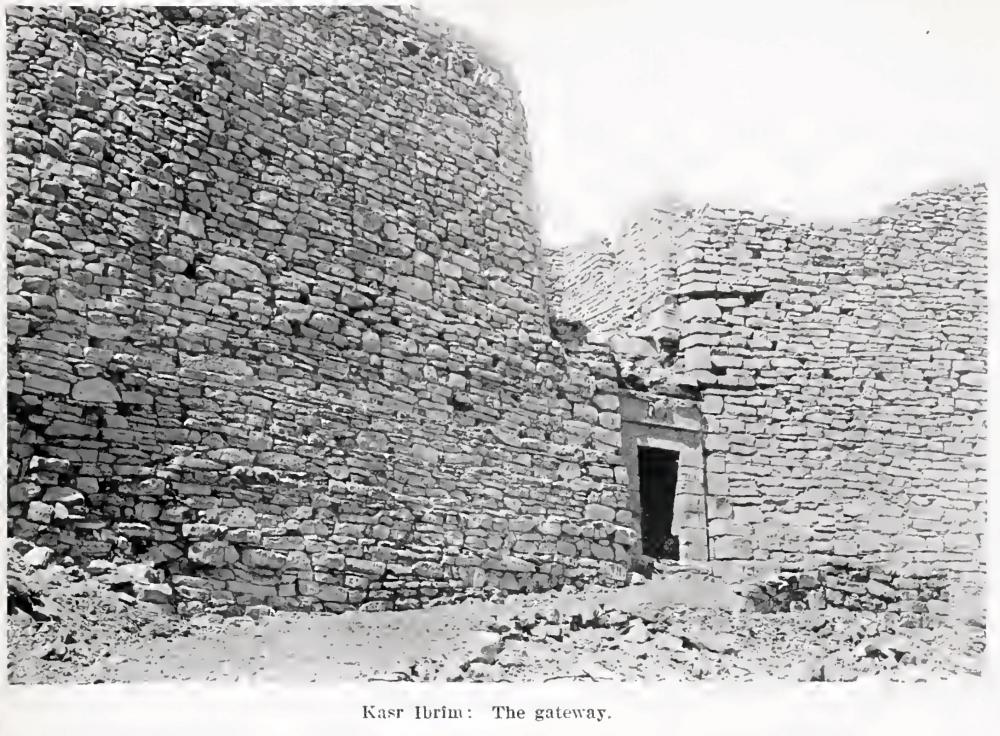
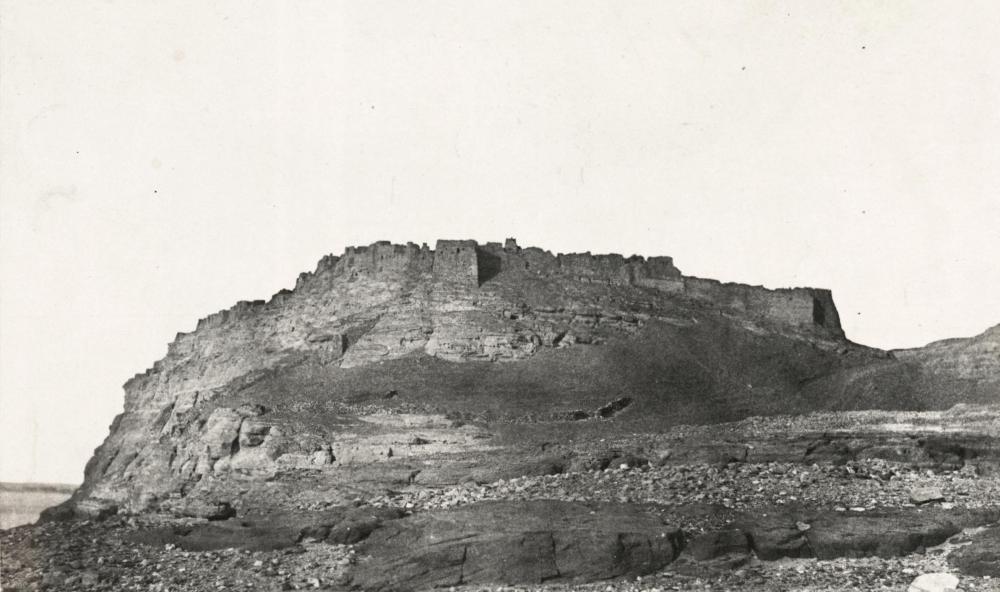
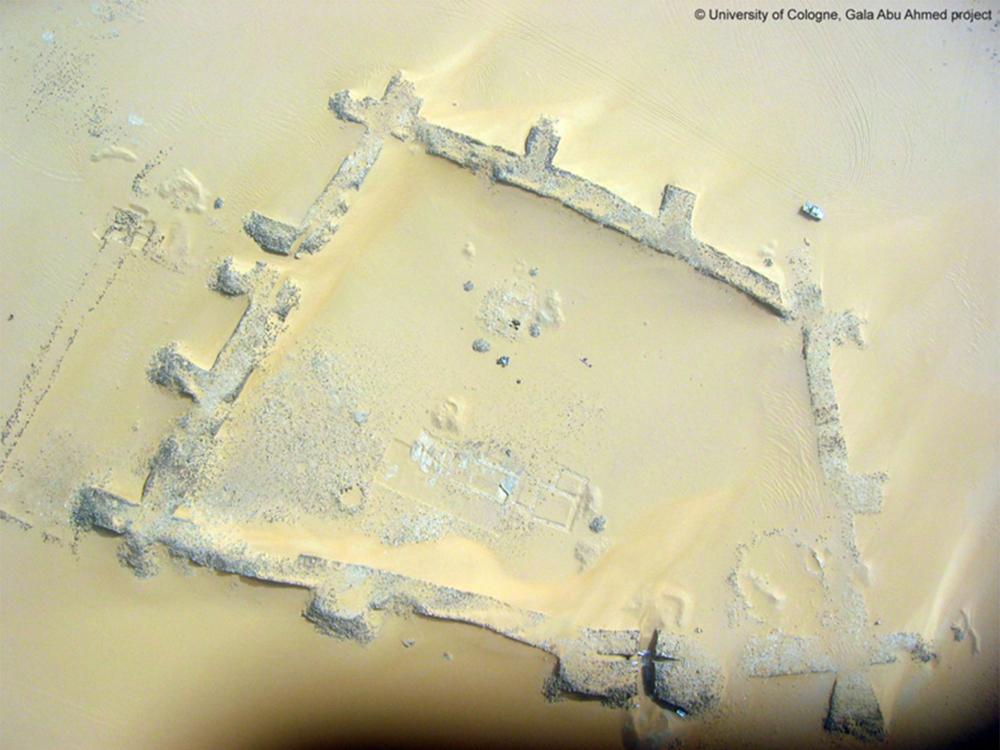
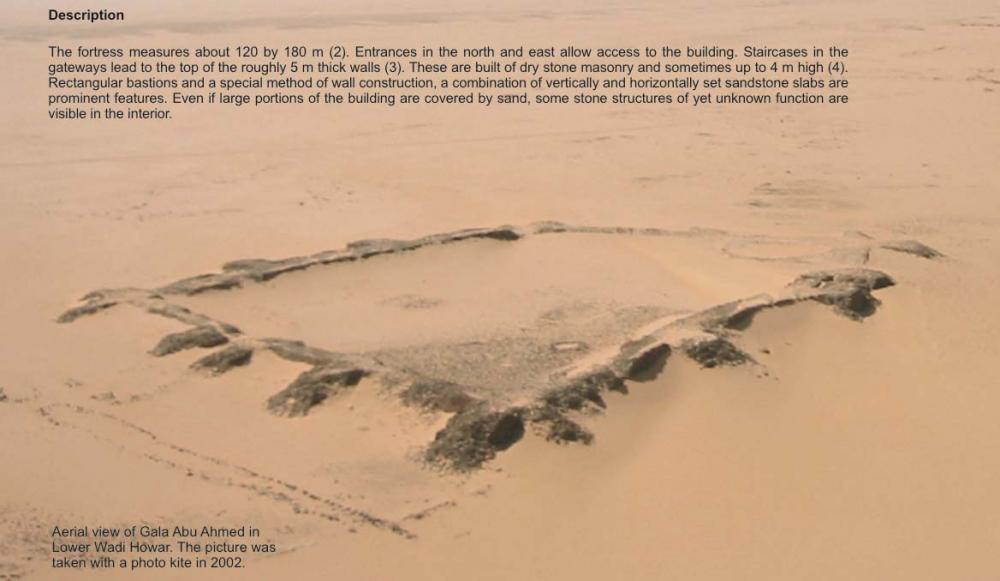
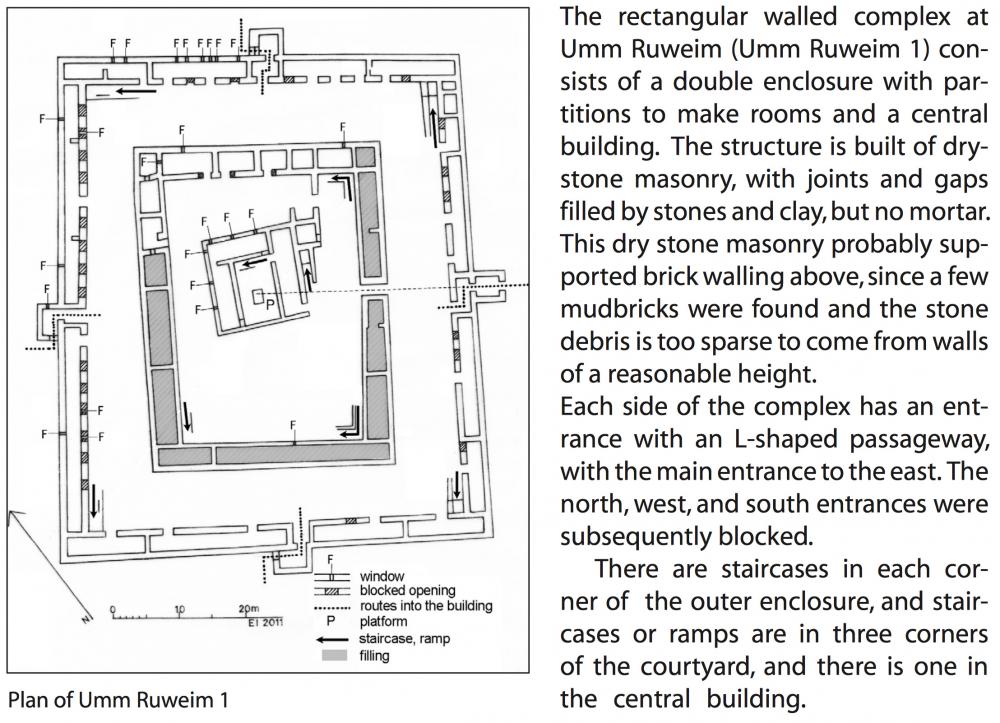
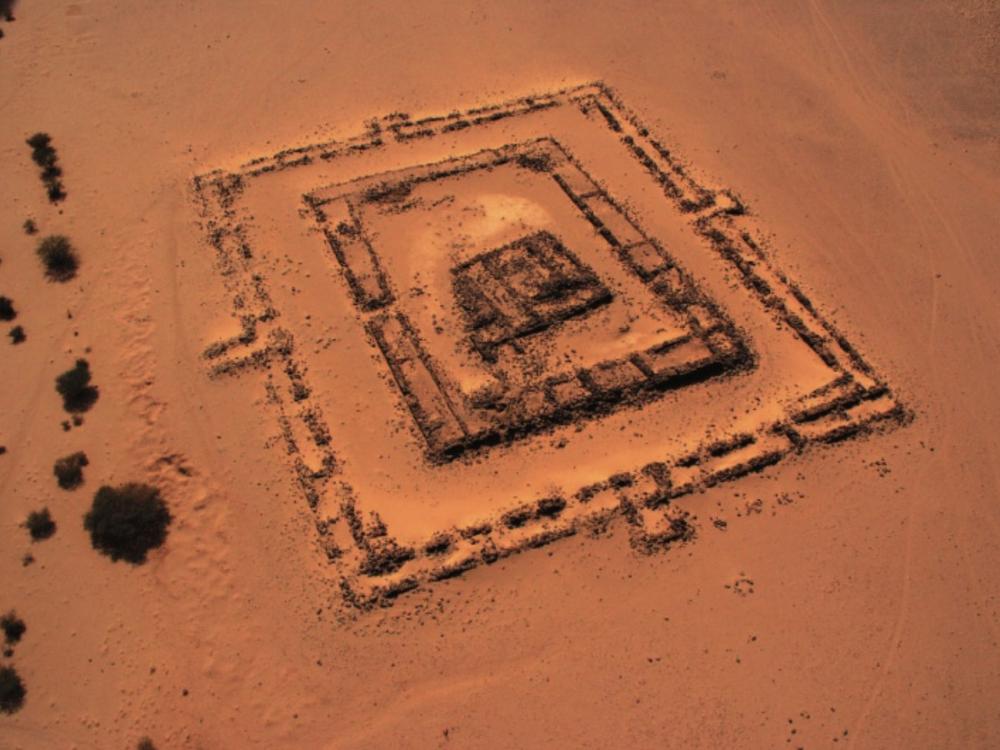
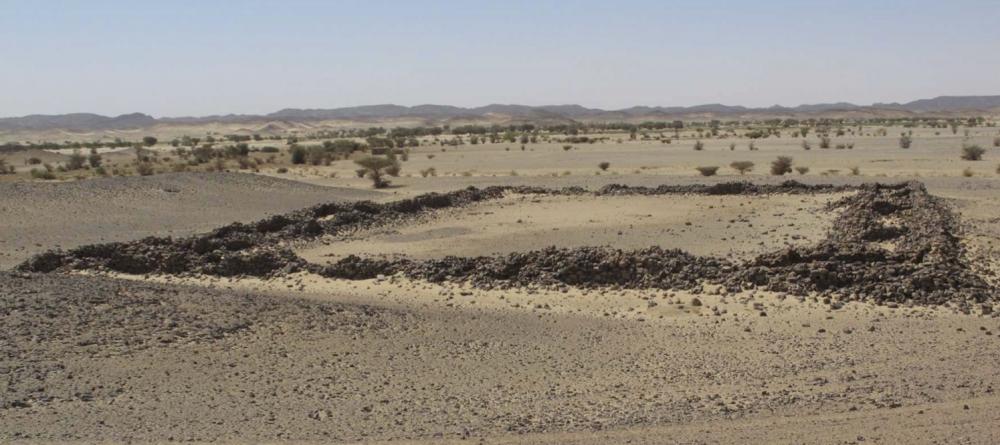
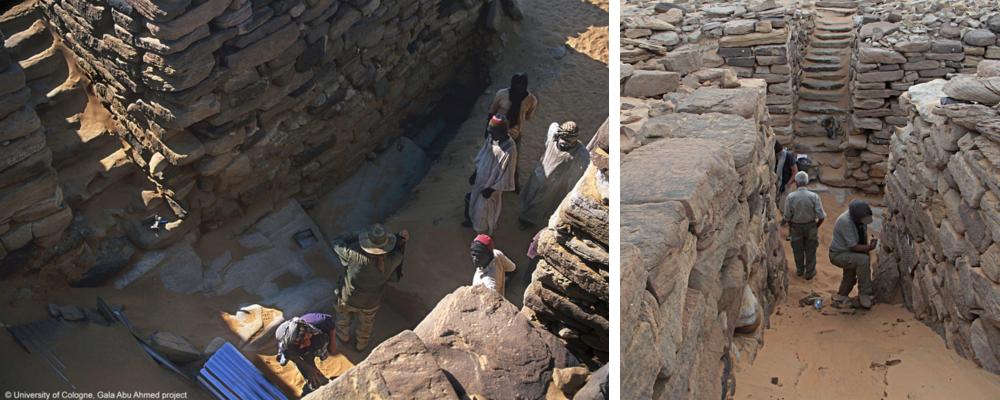

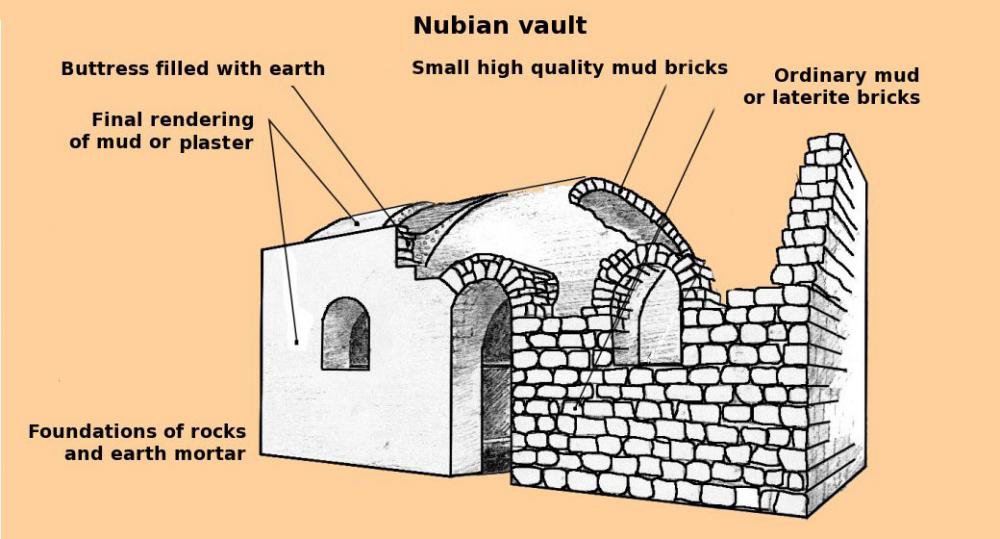
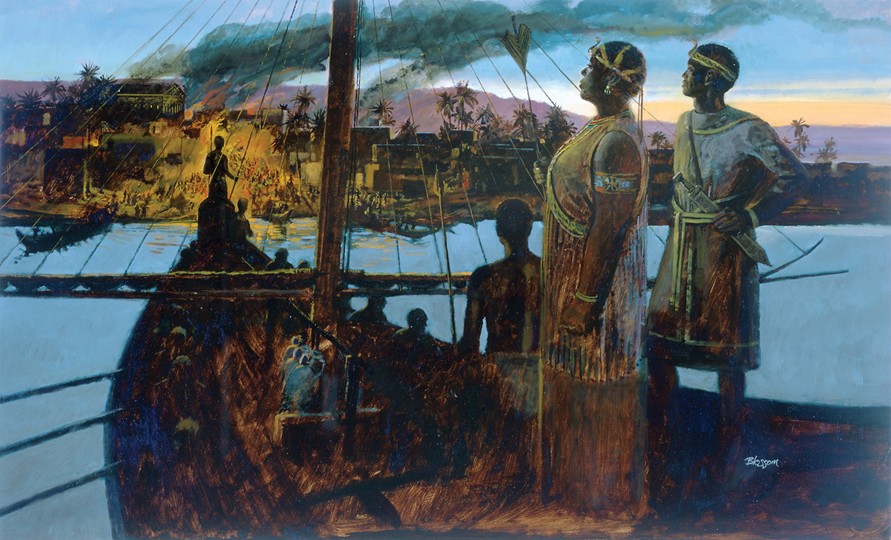
.thumb.jpg.8cf719fa9afd4397a9fc9573ac3d2eaf.jpg)
